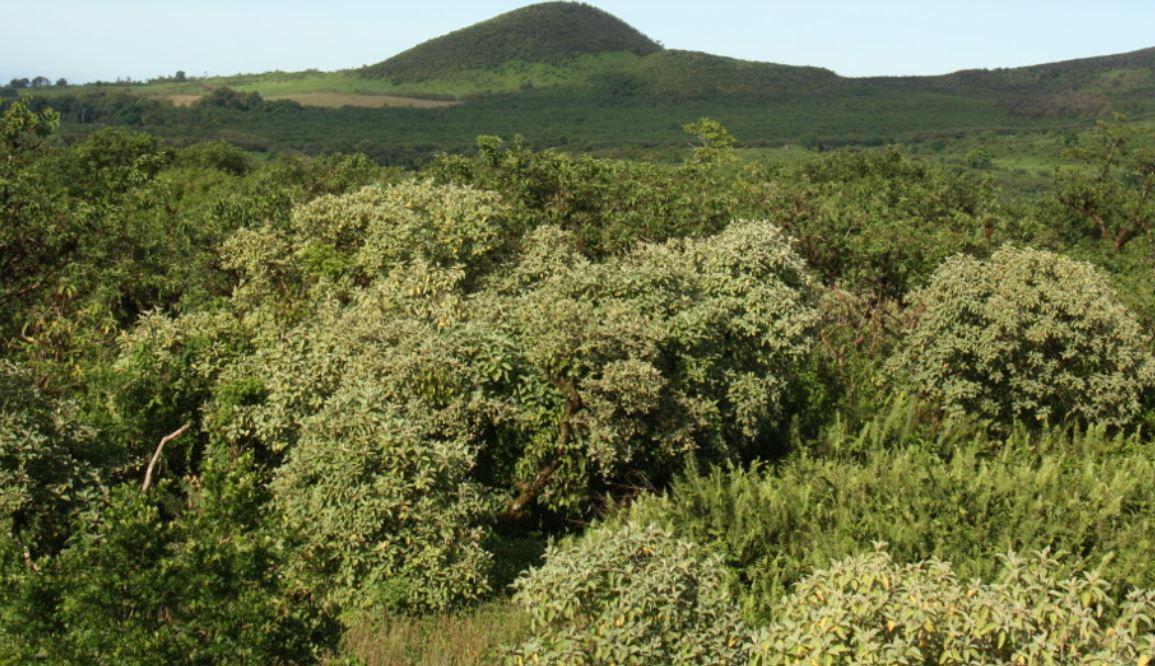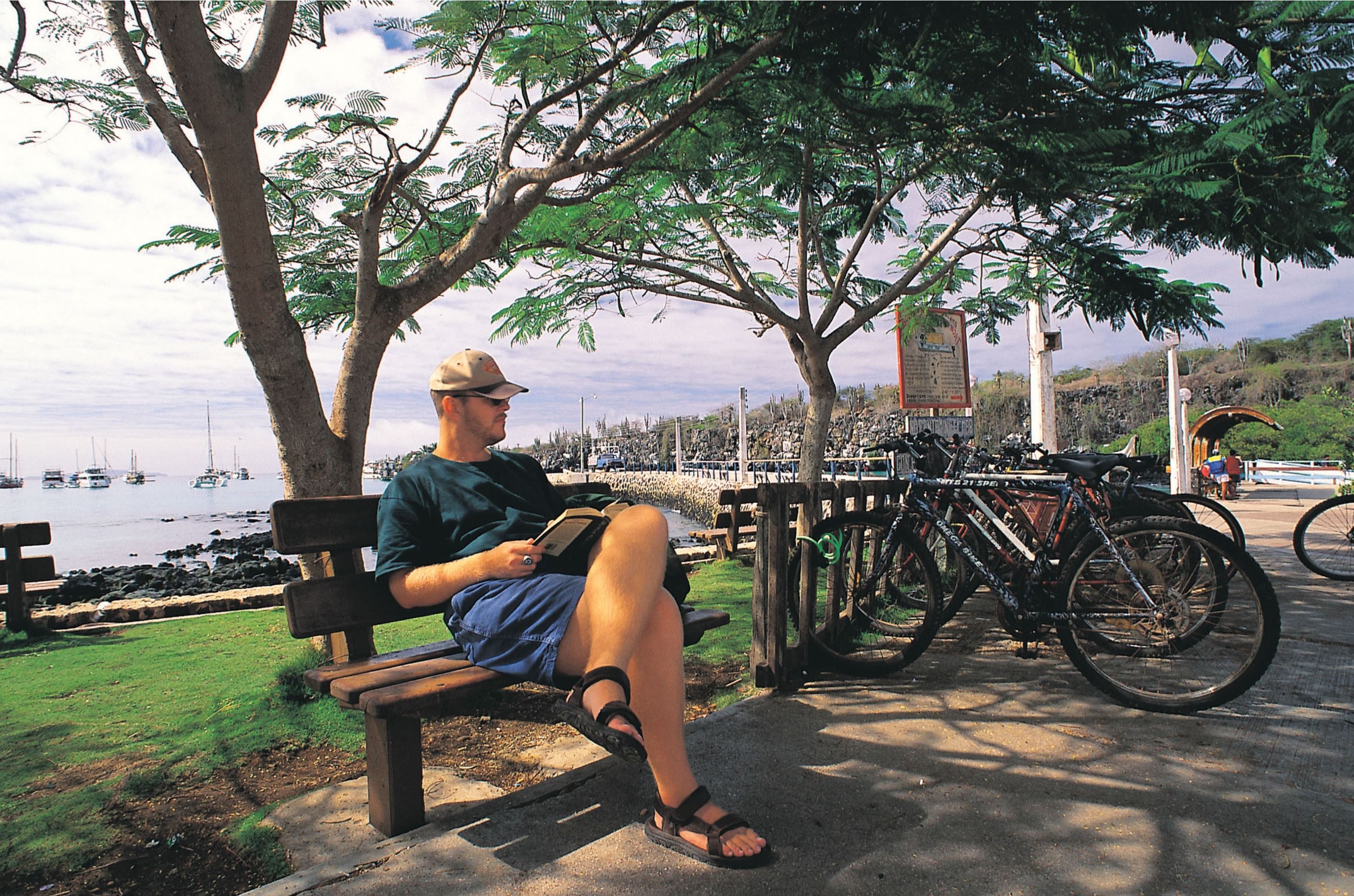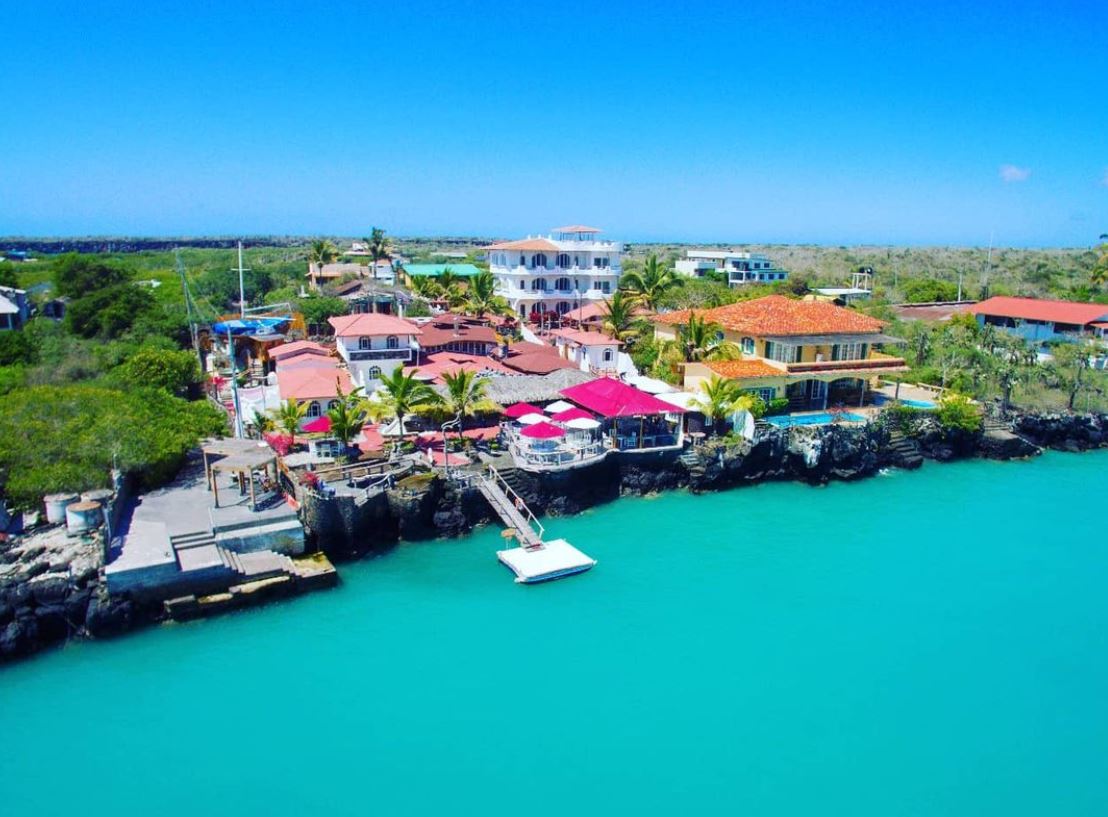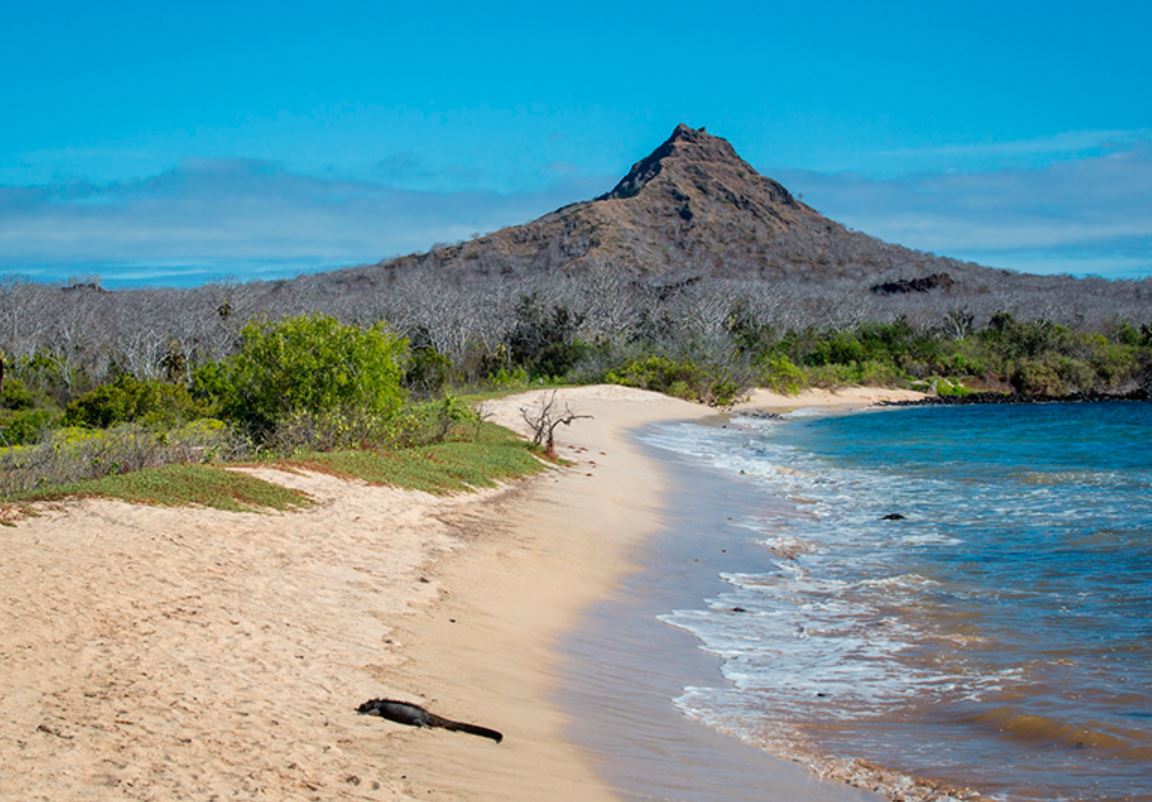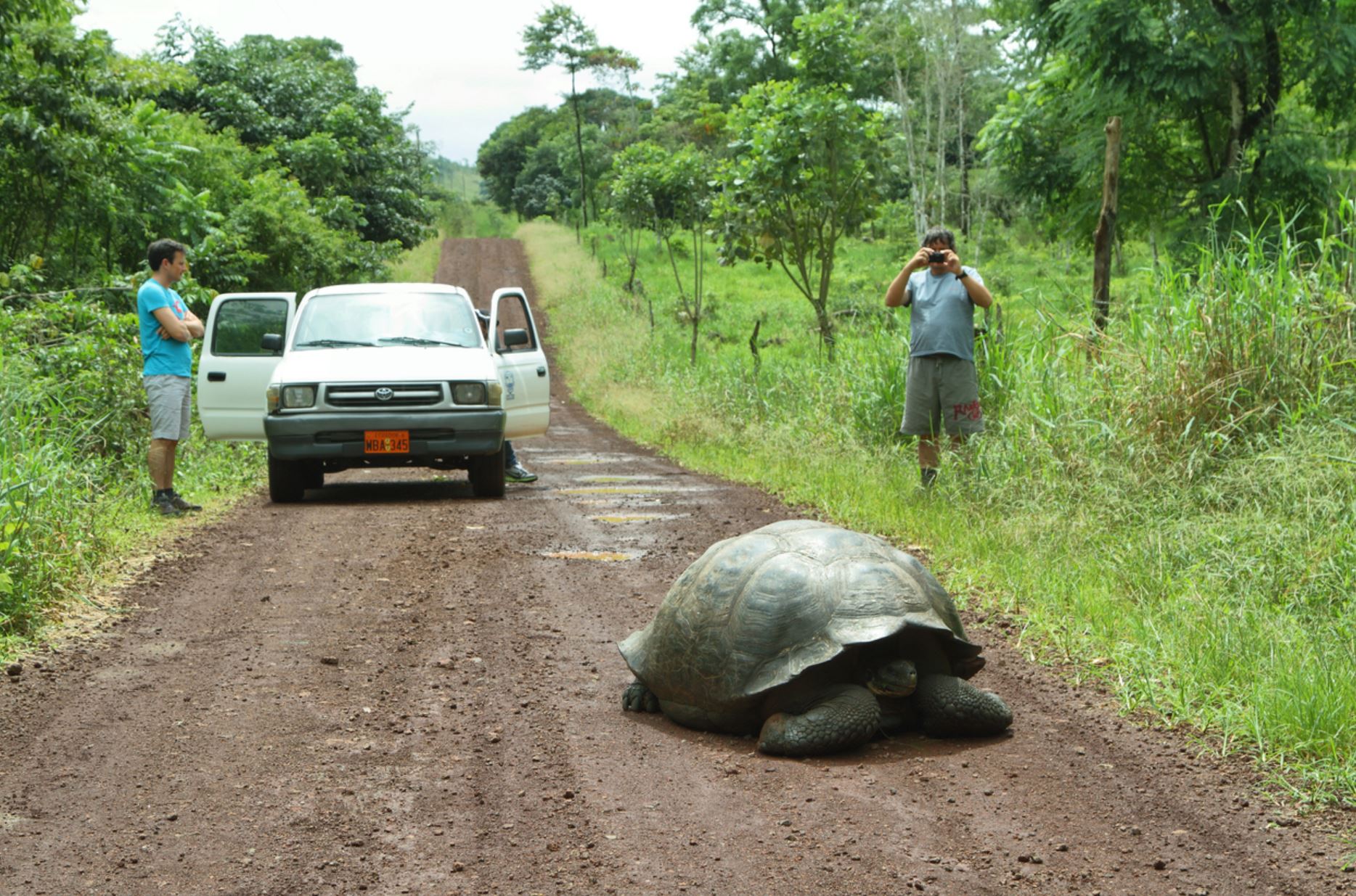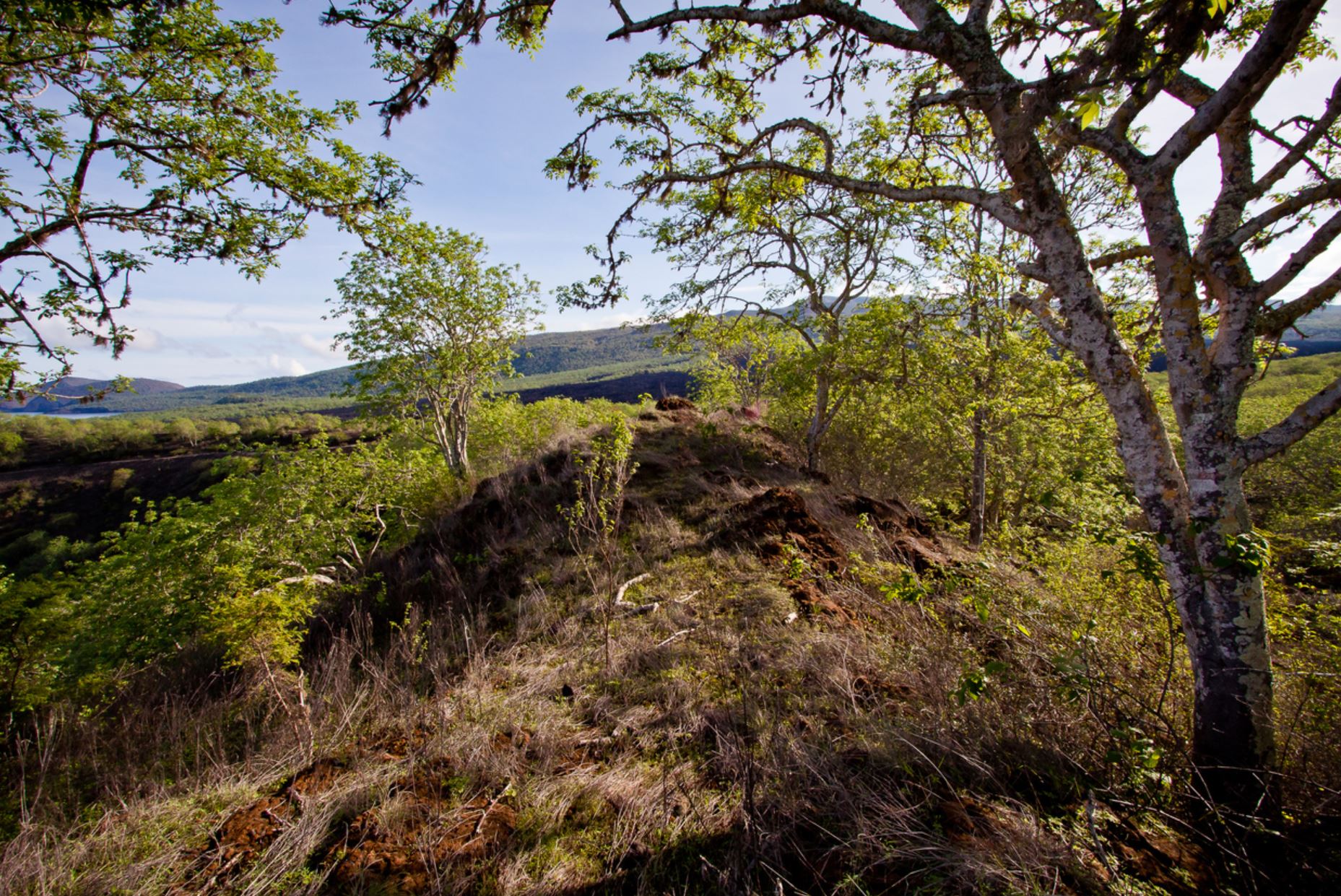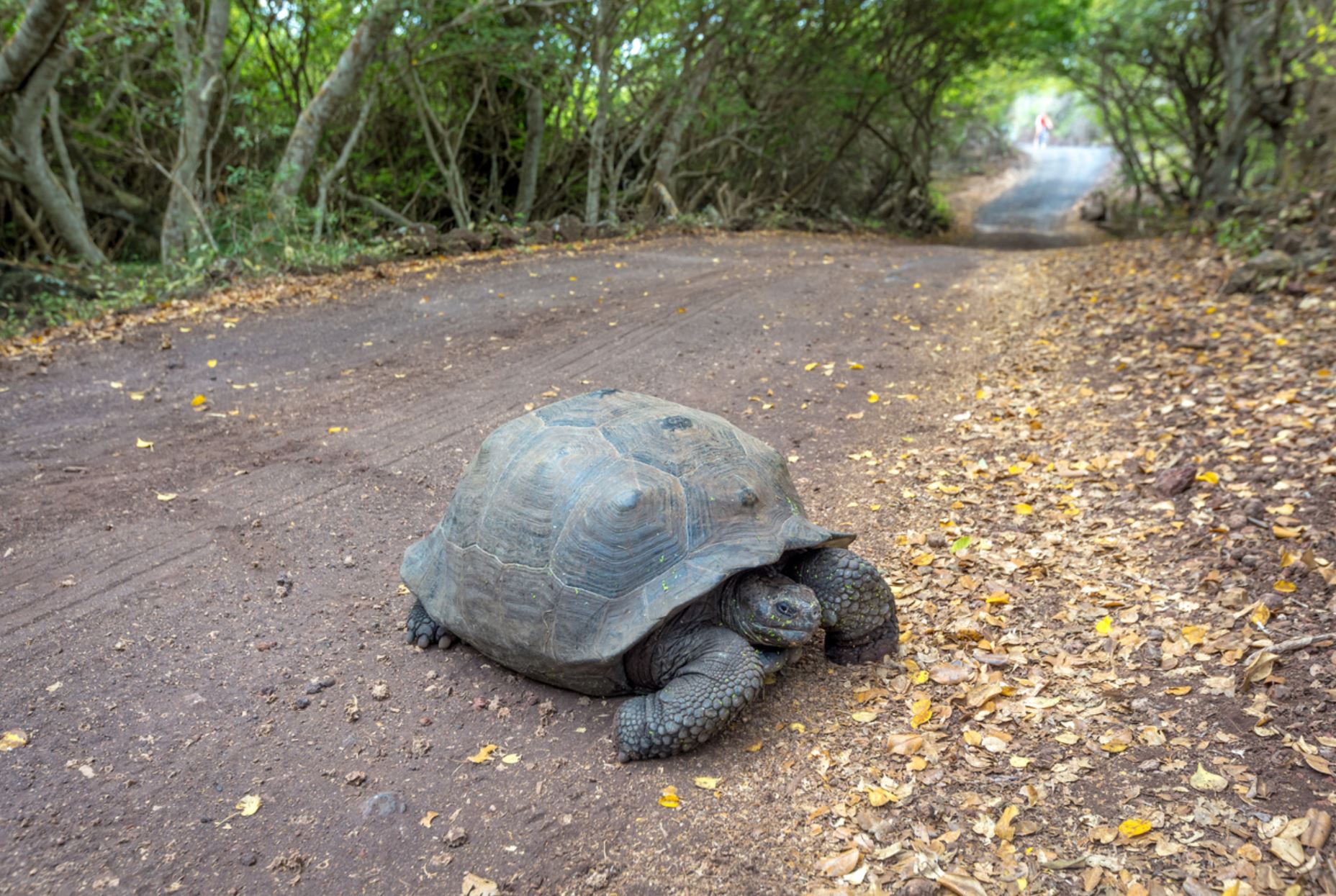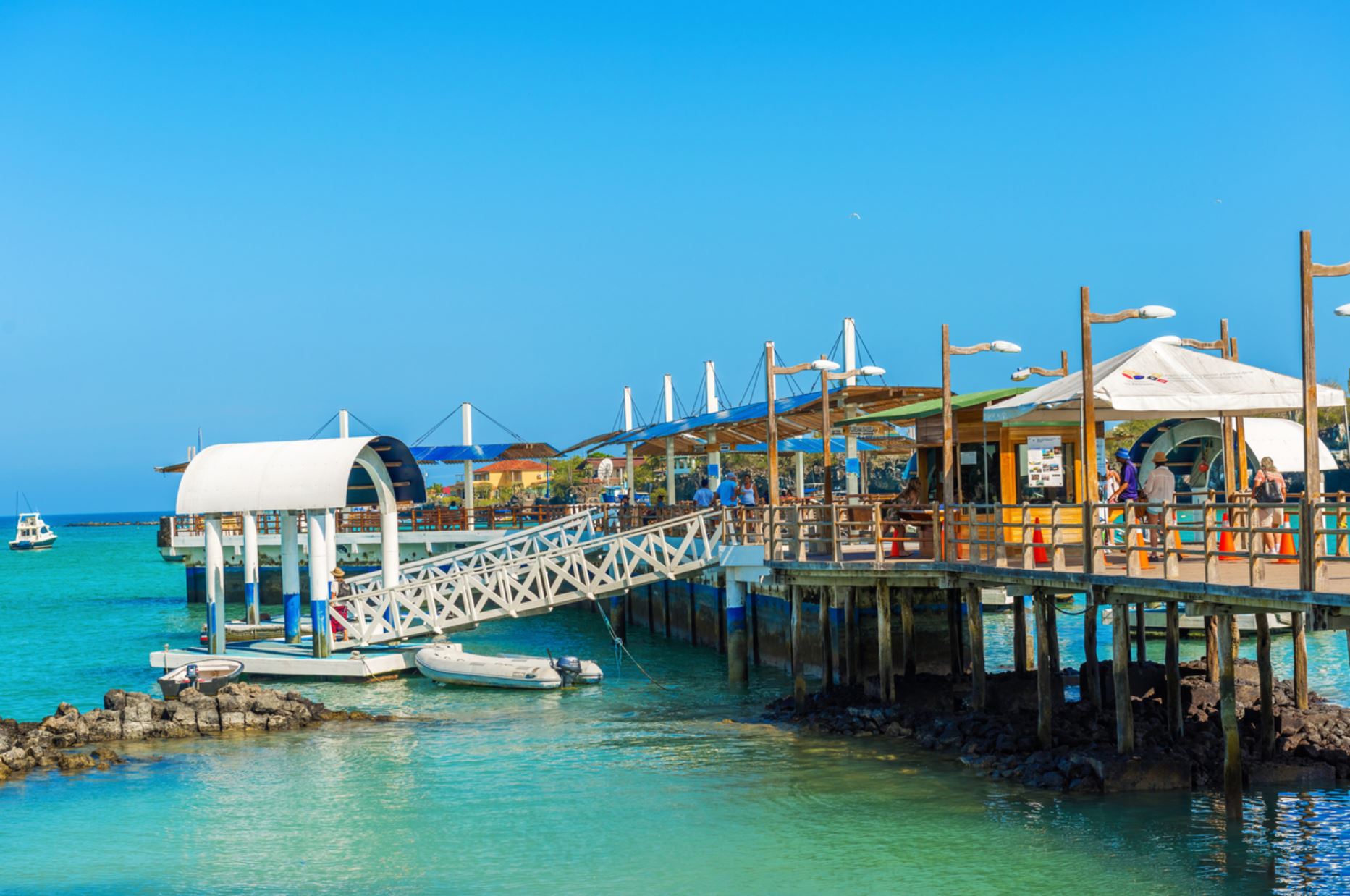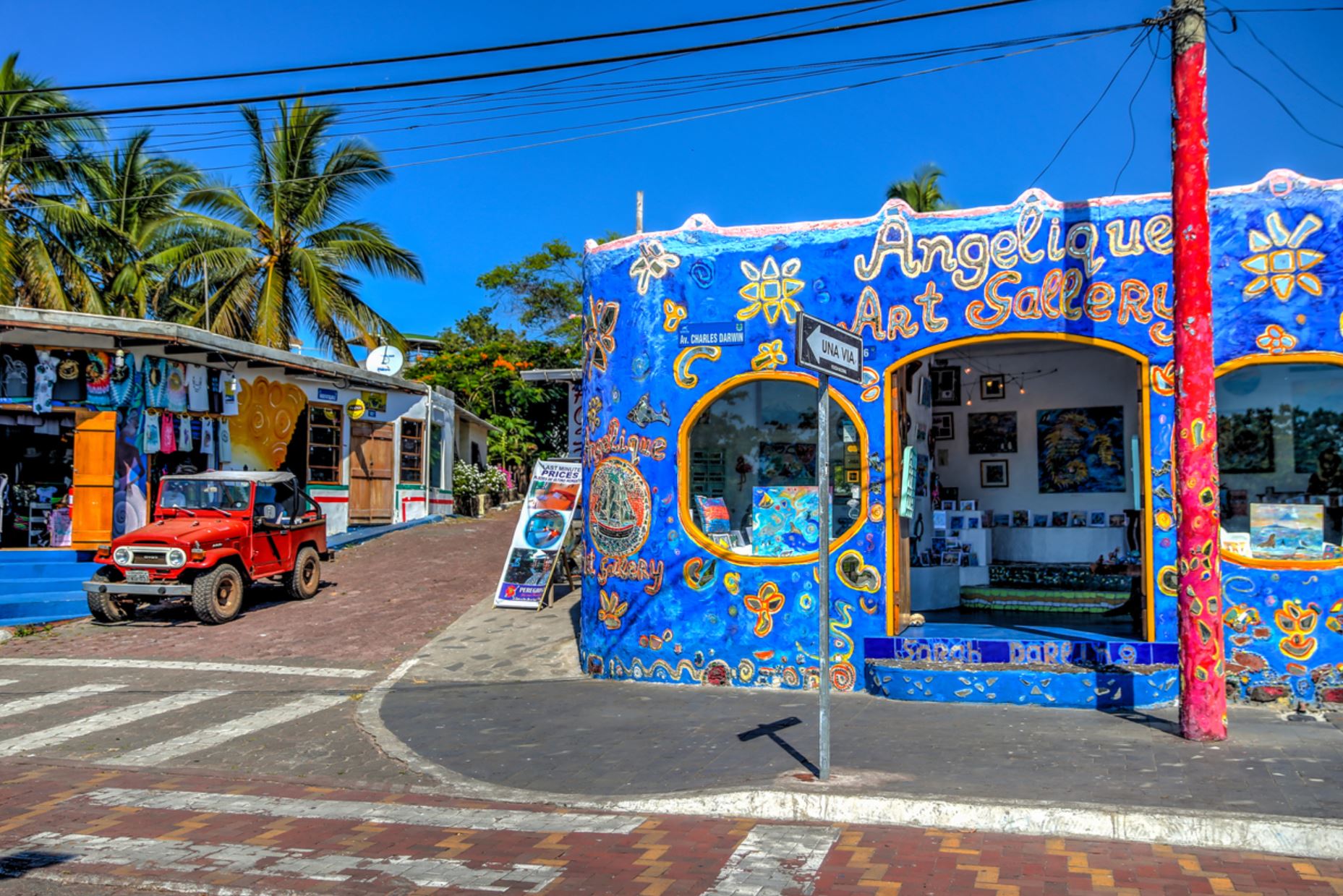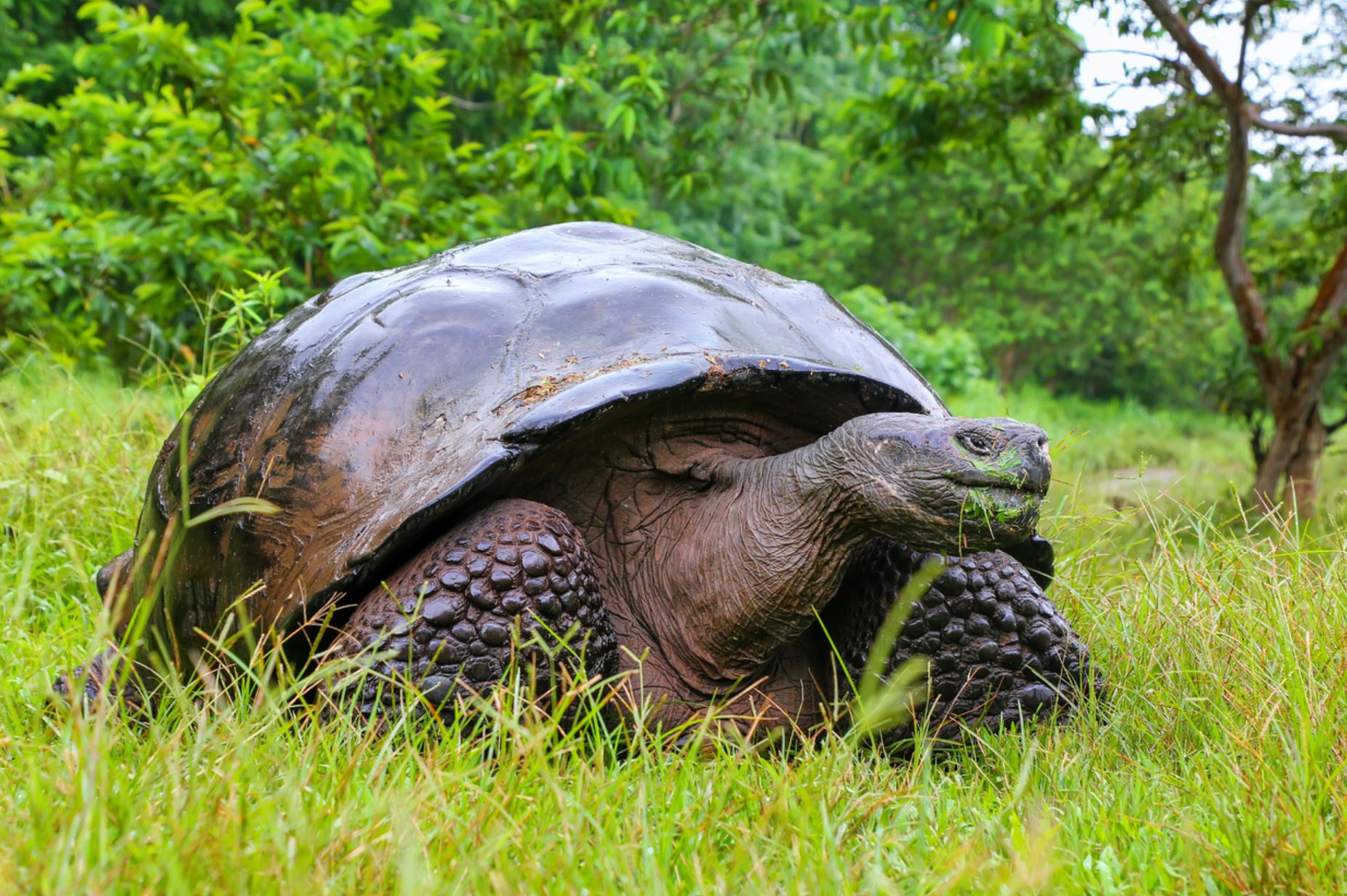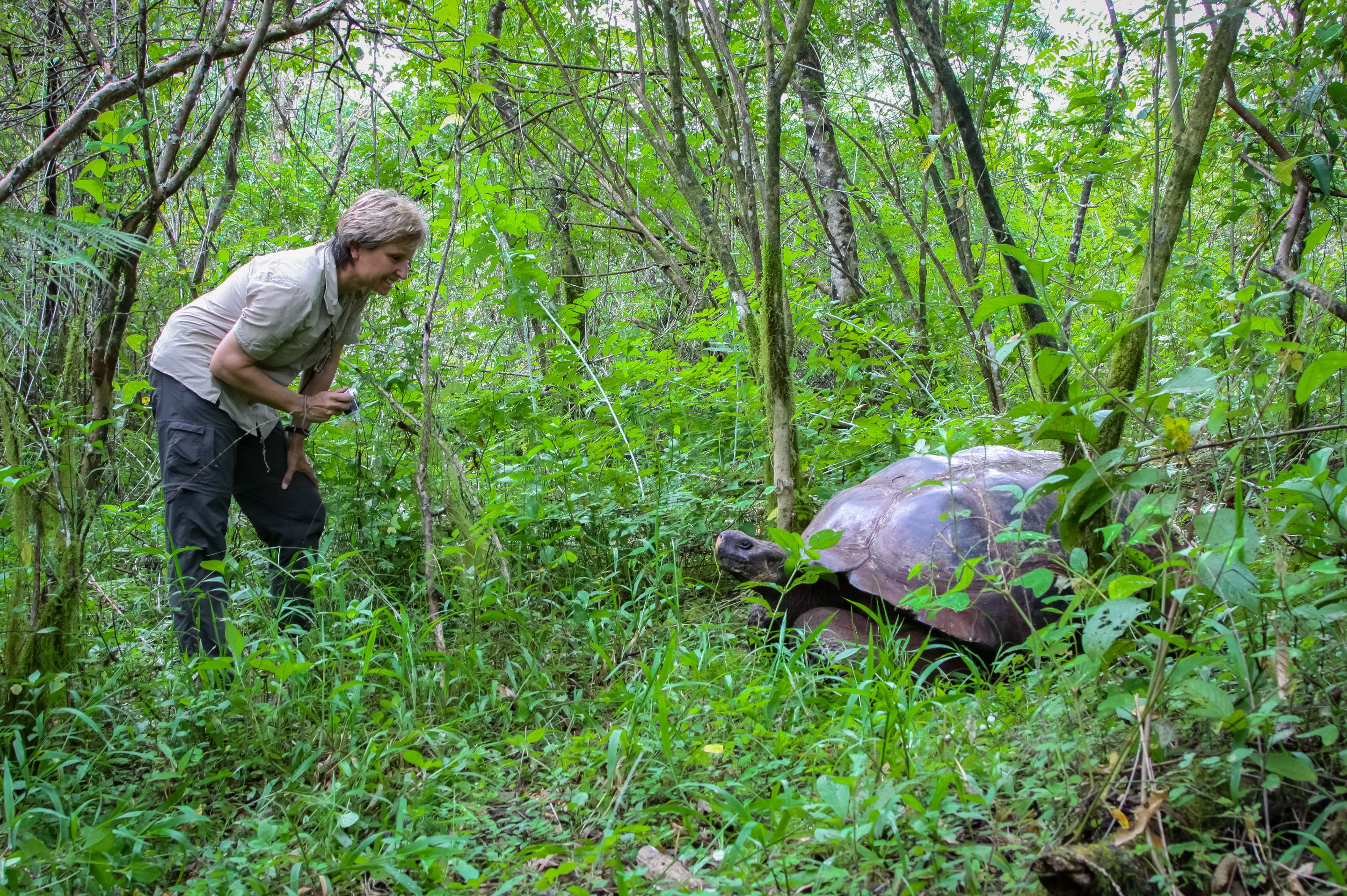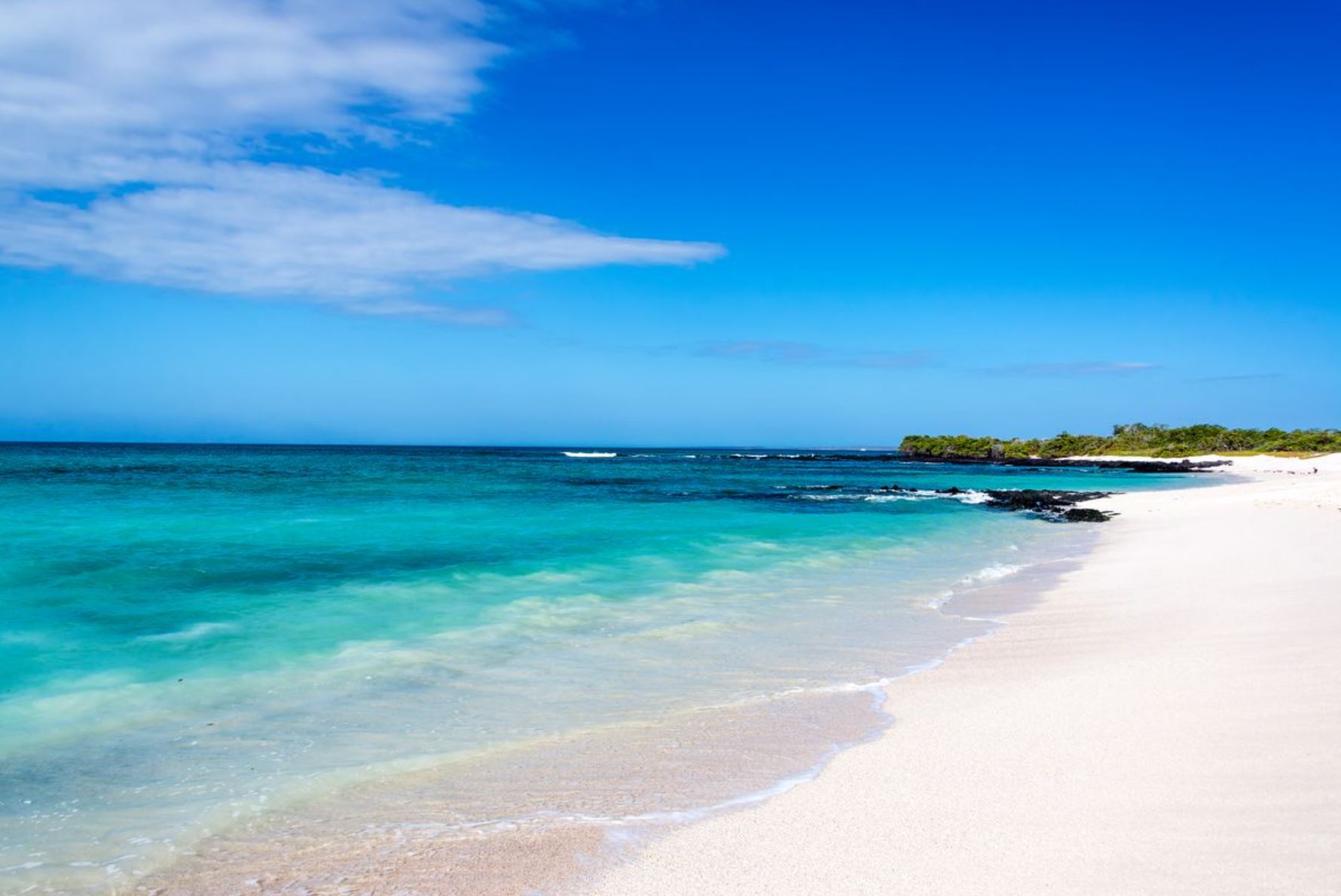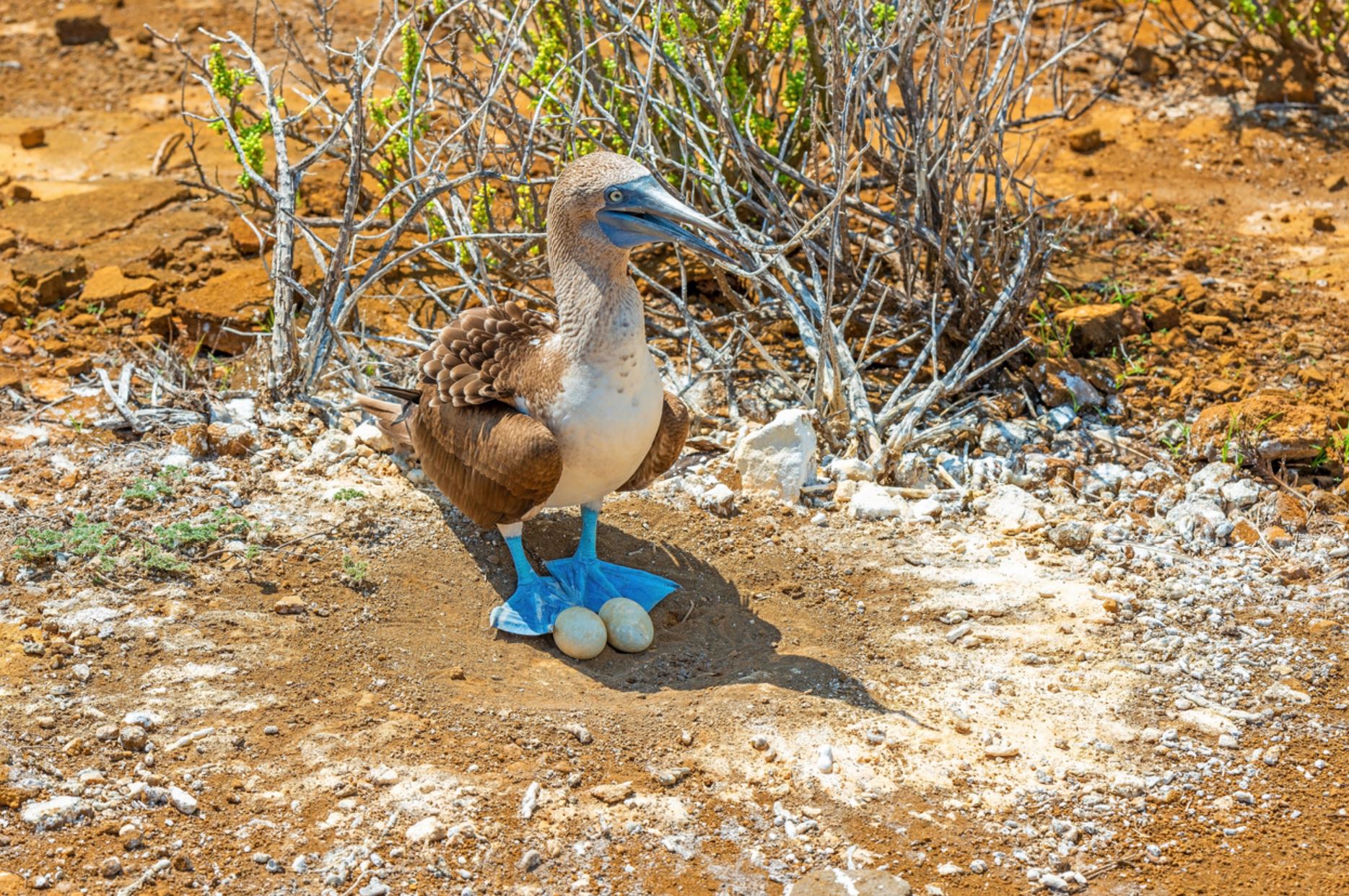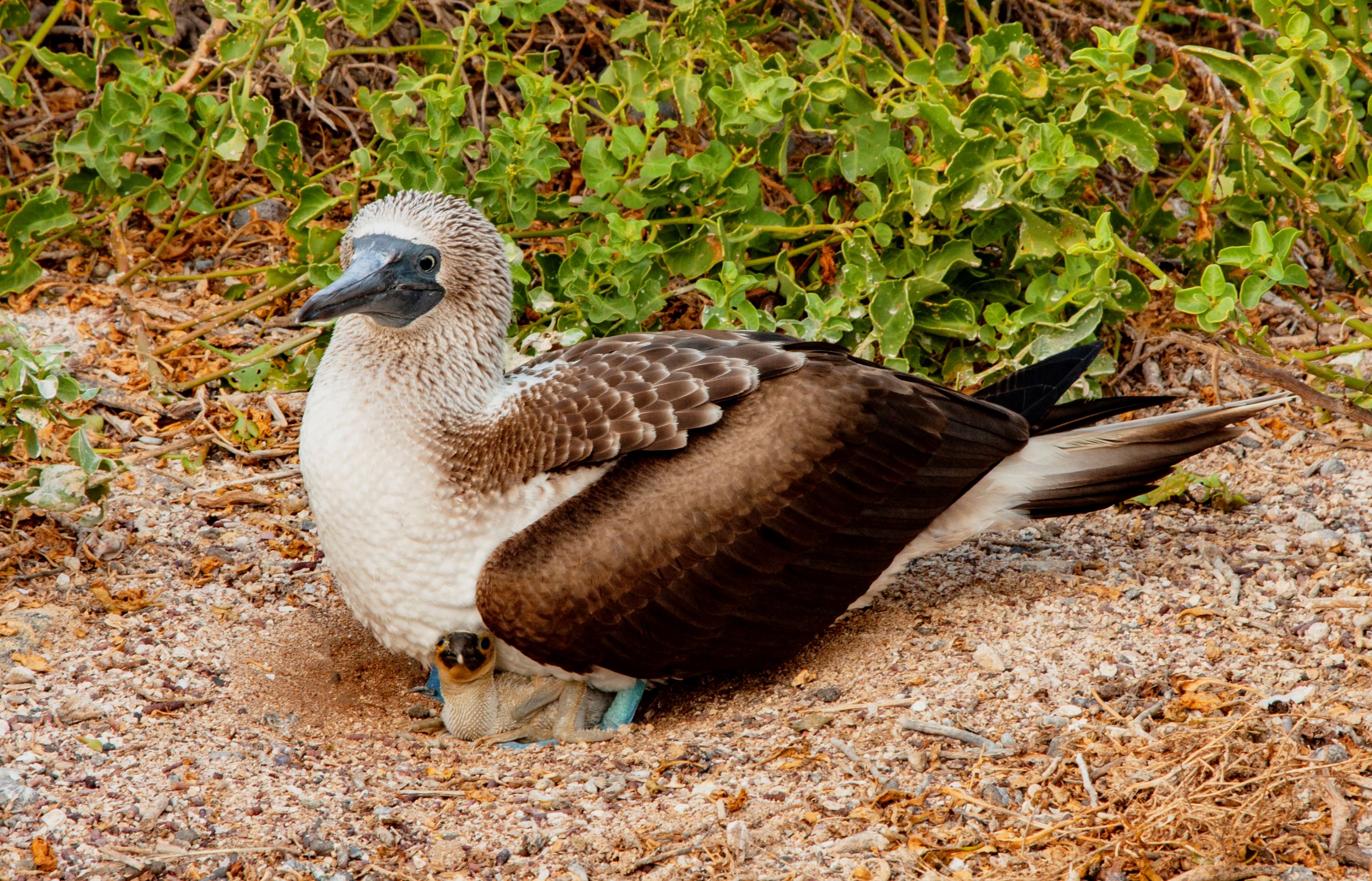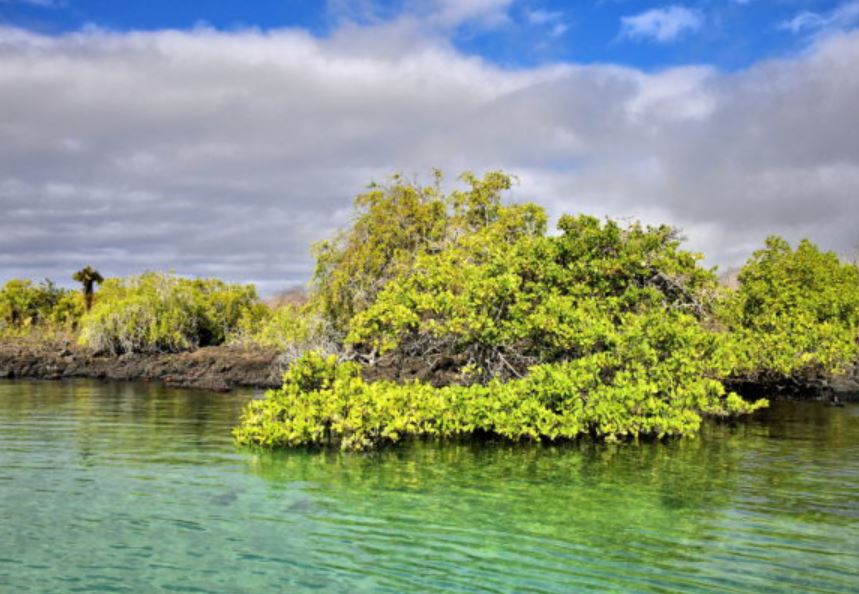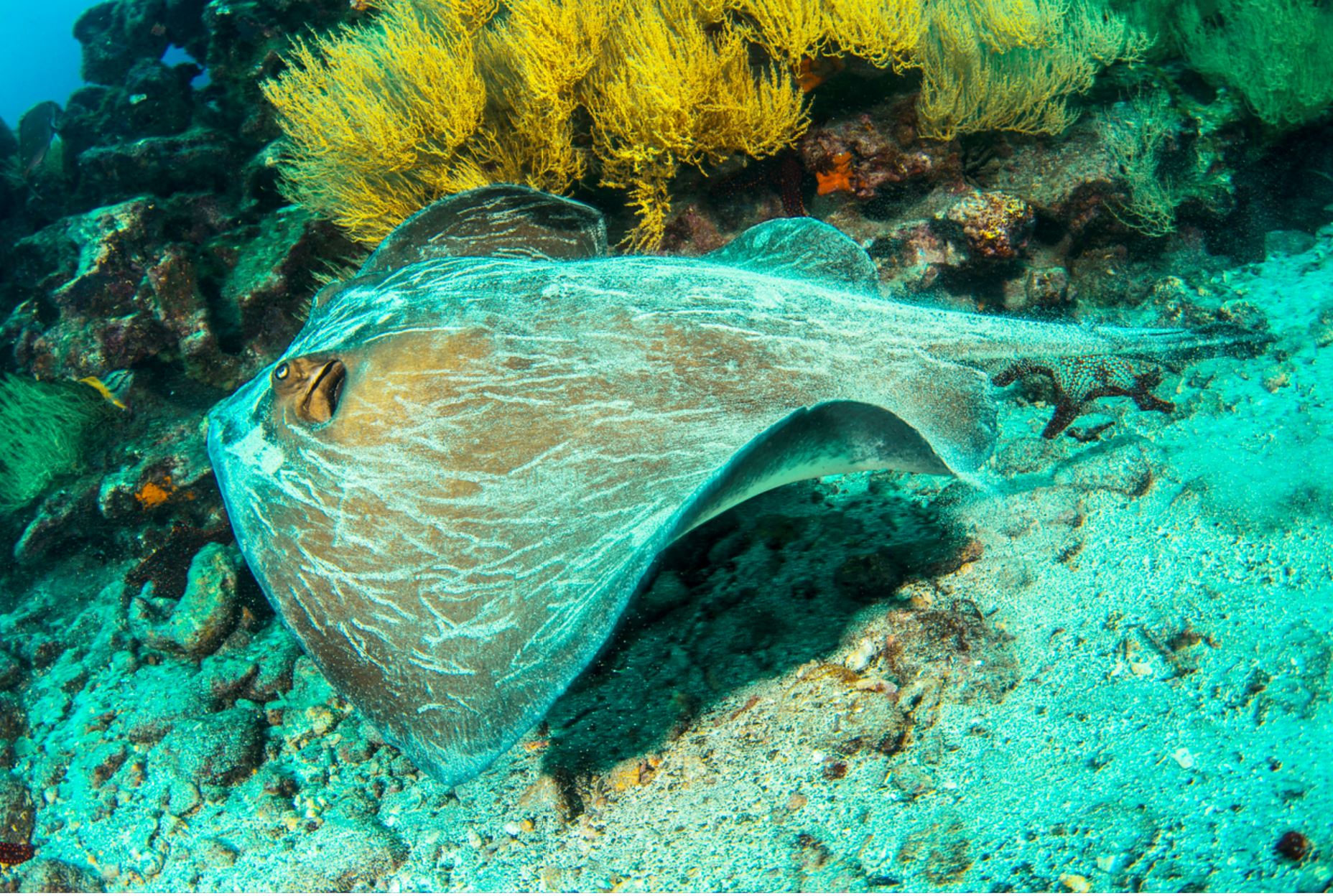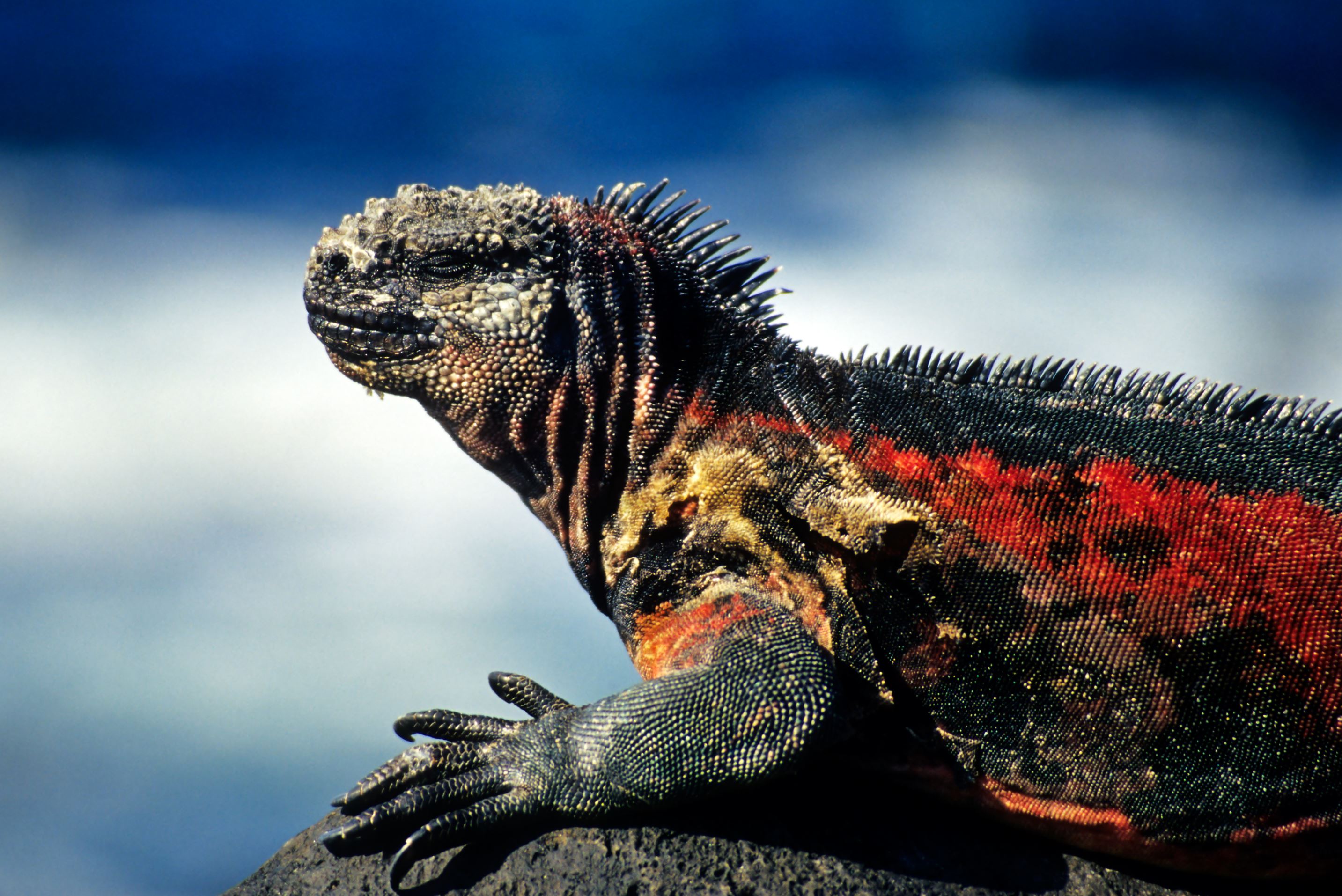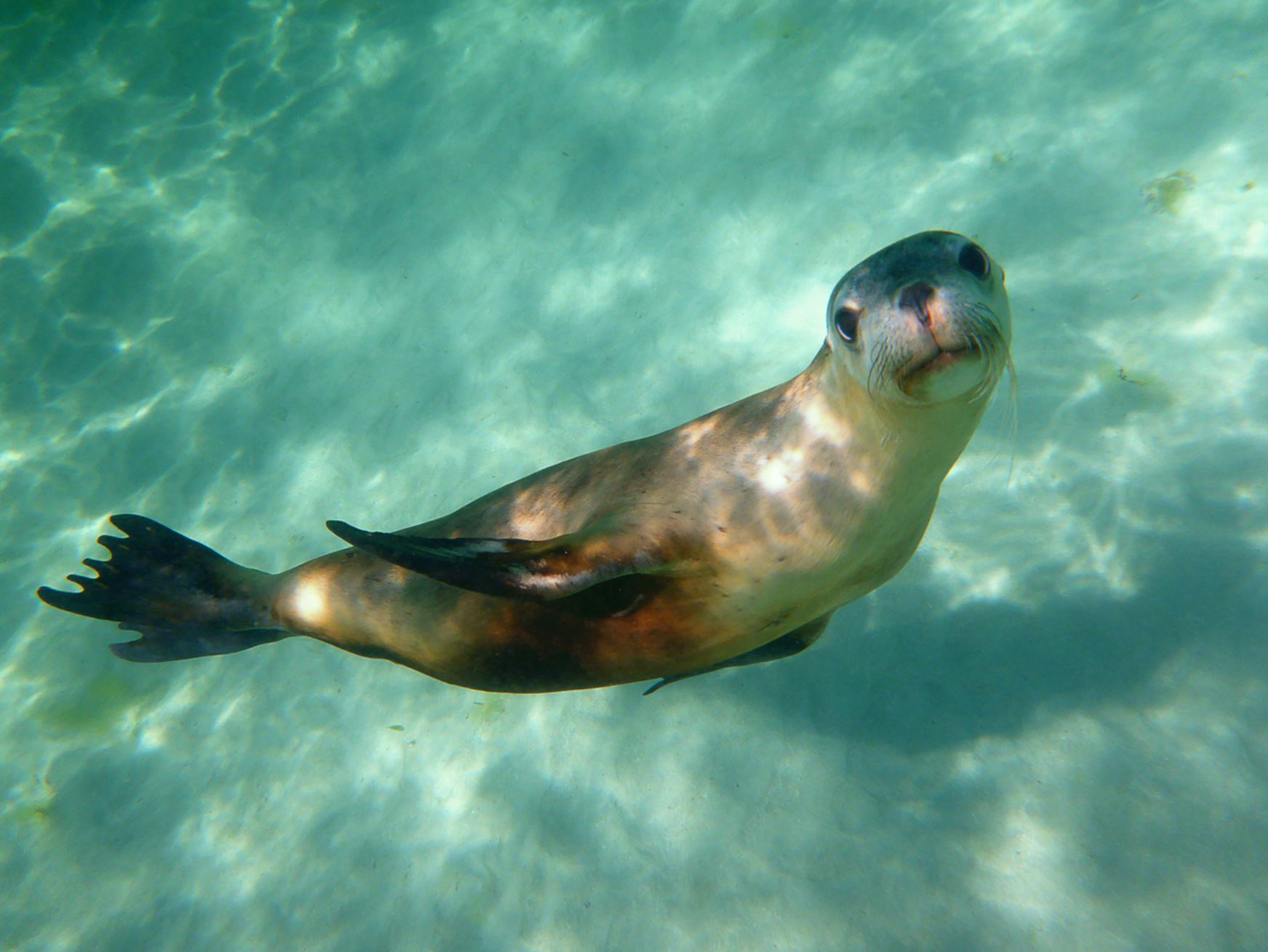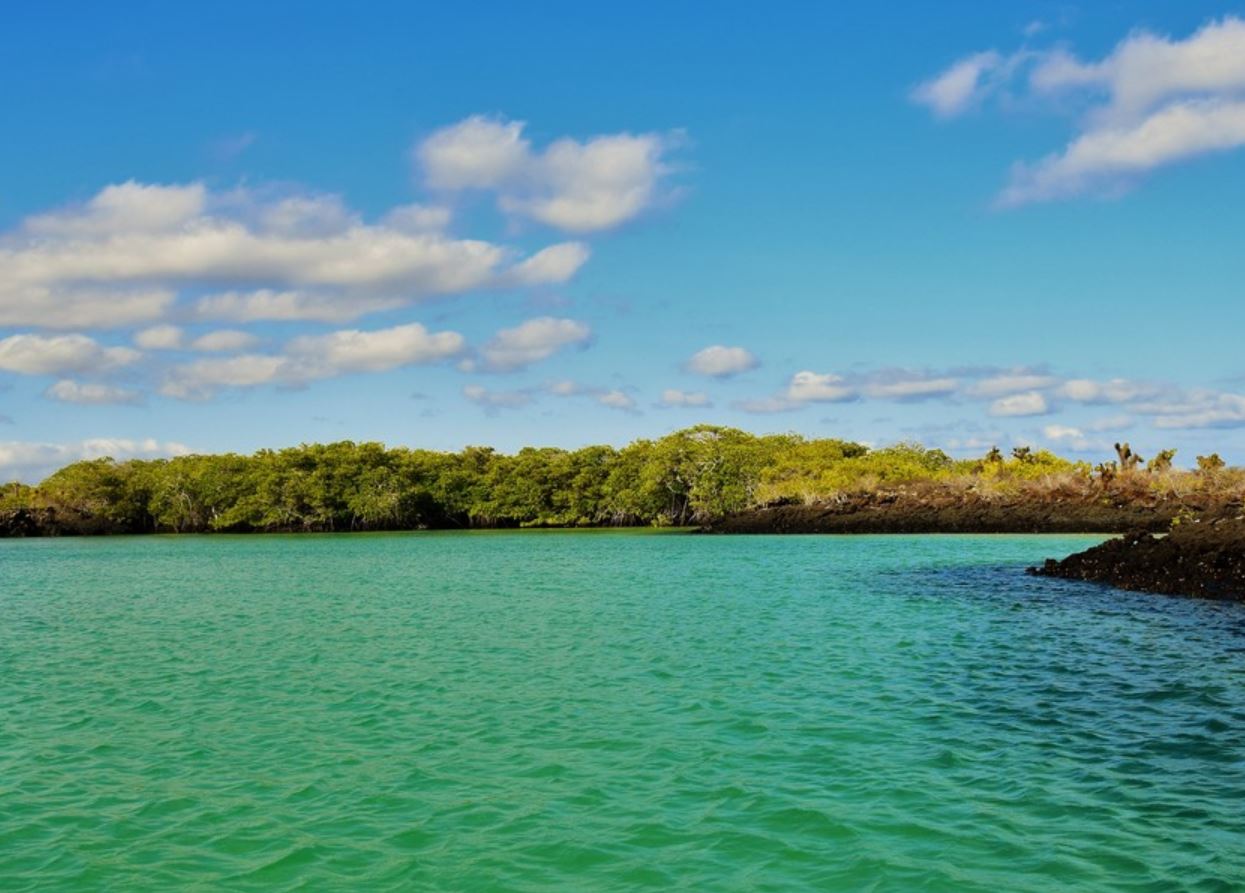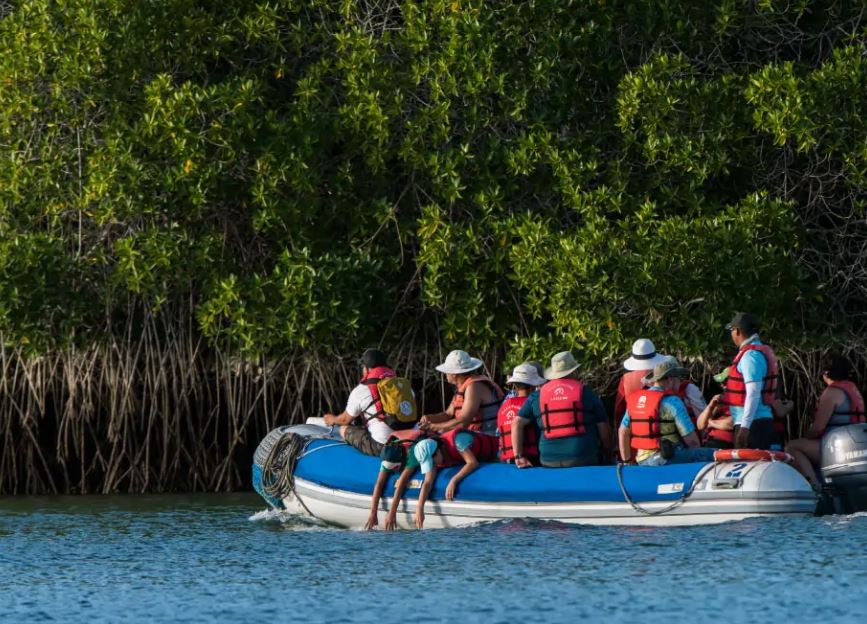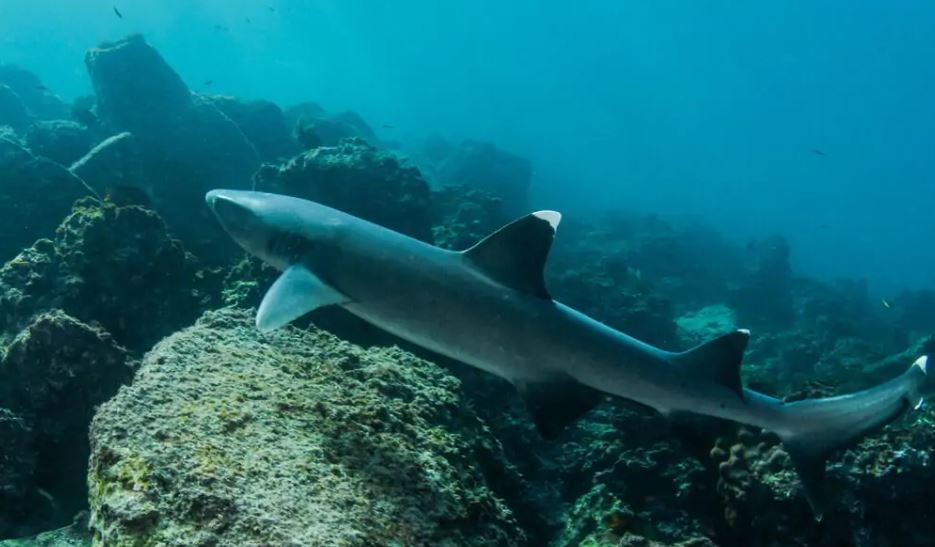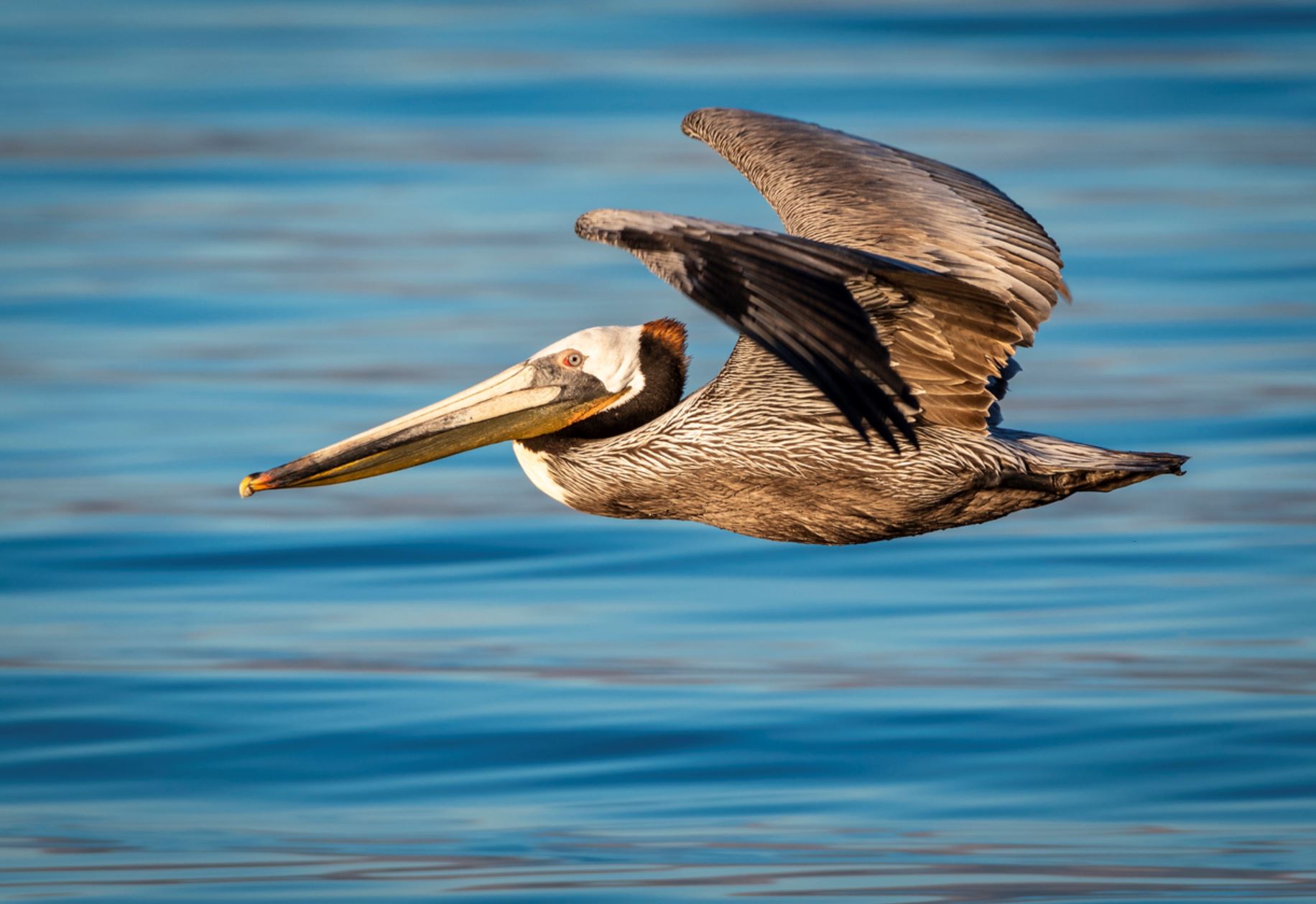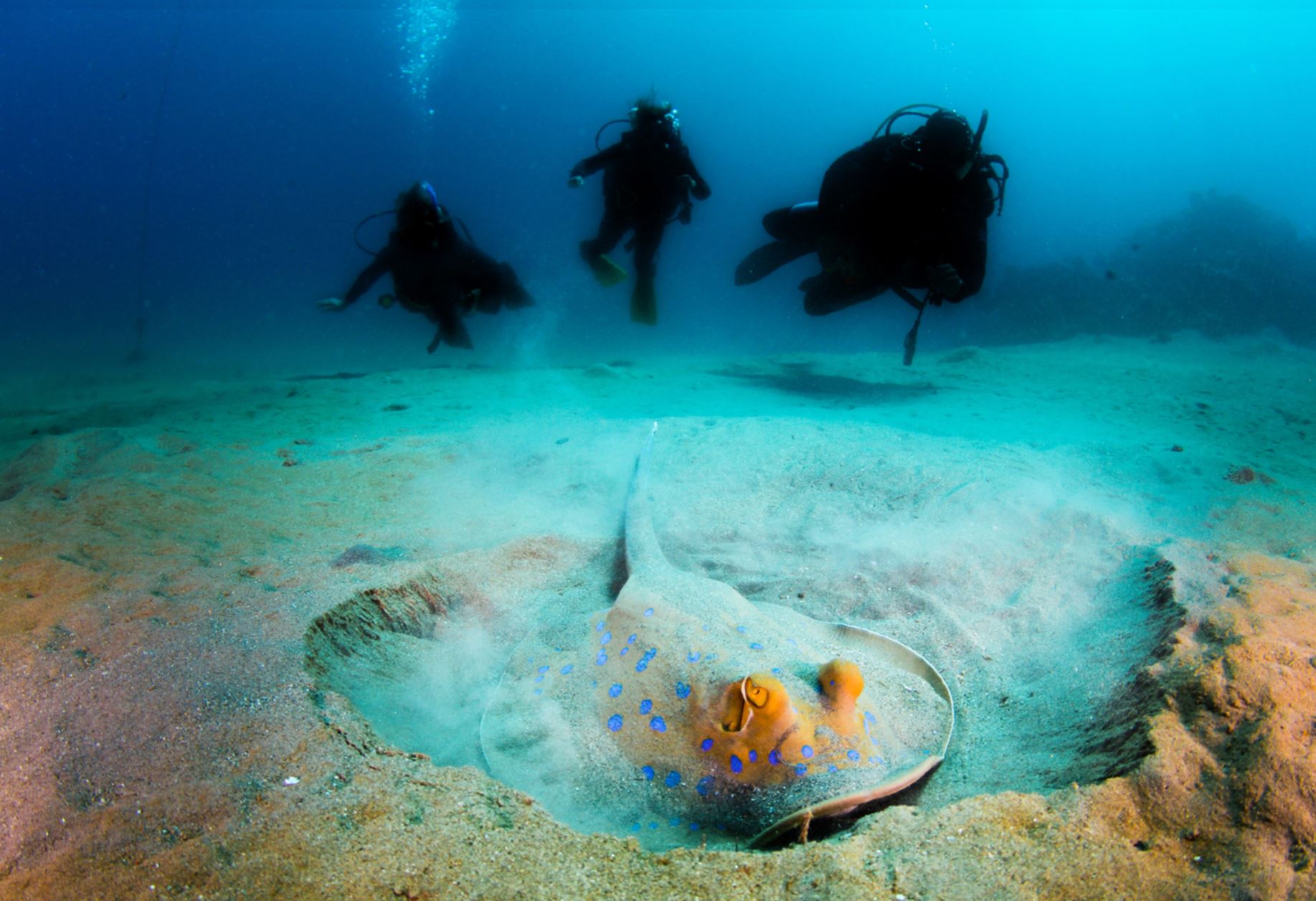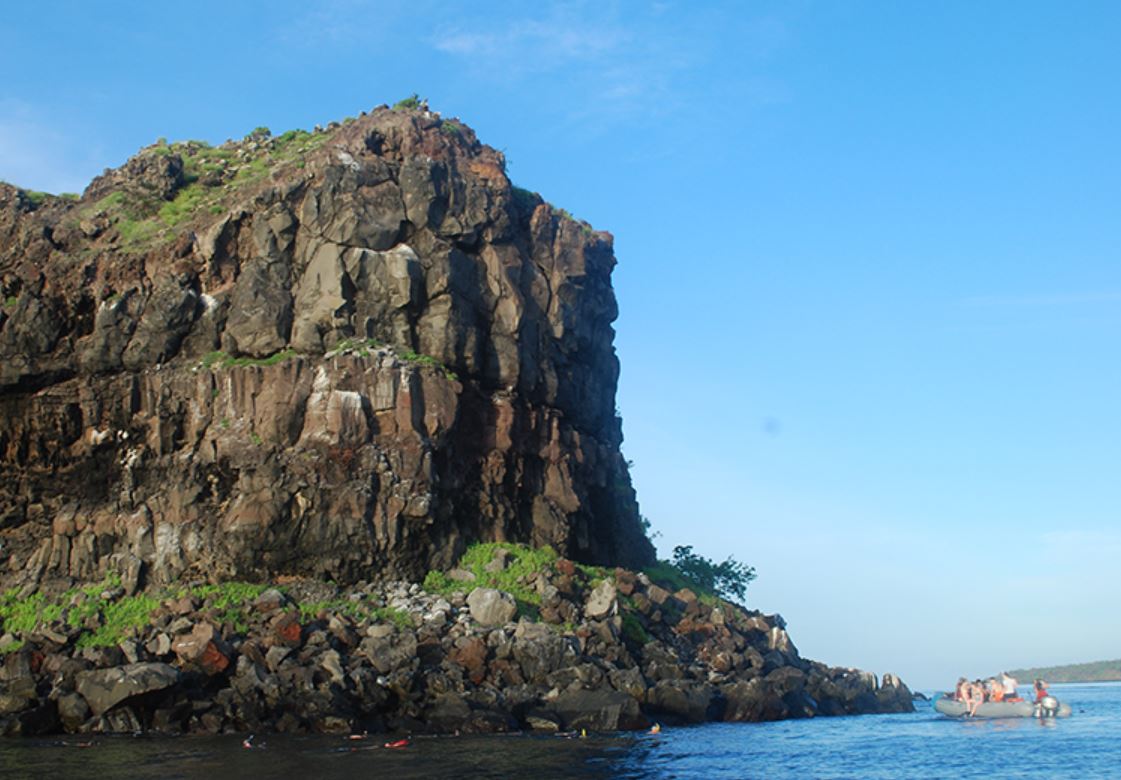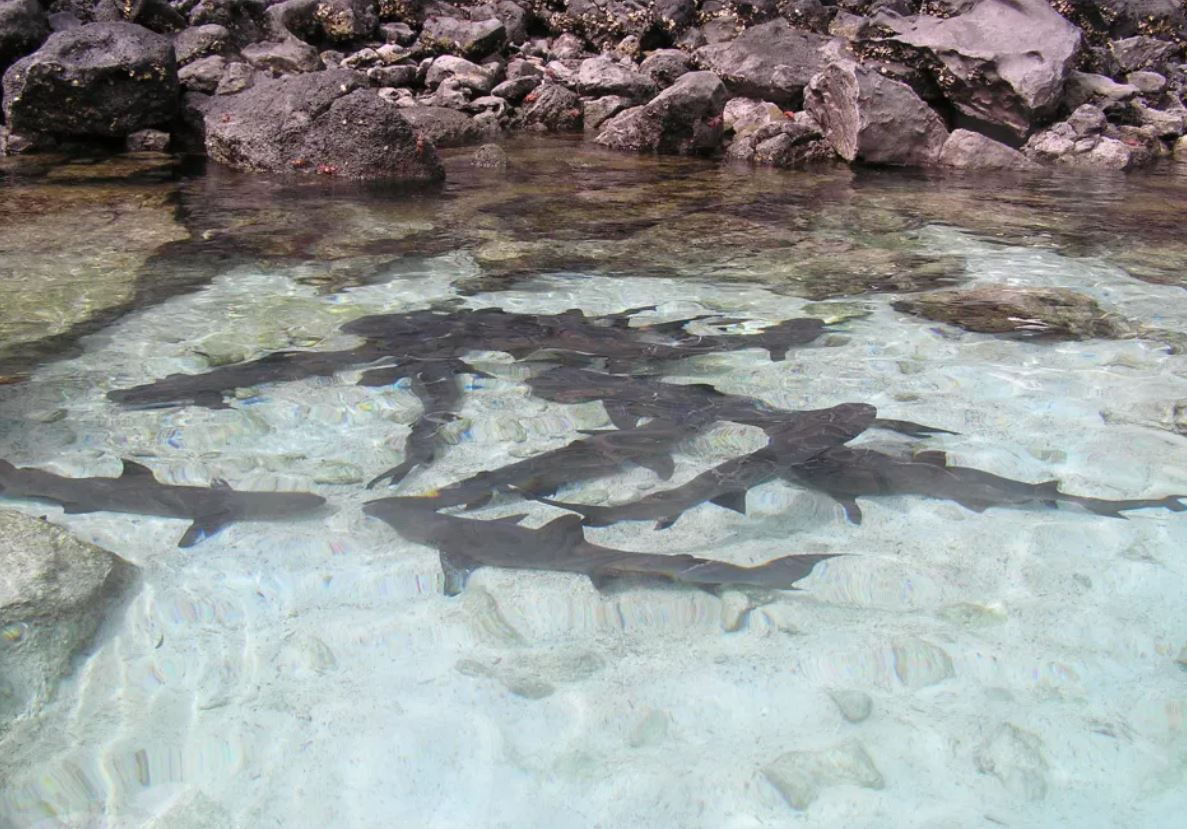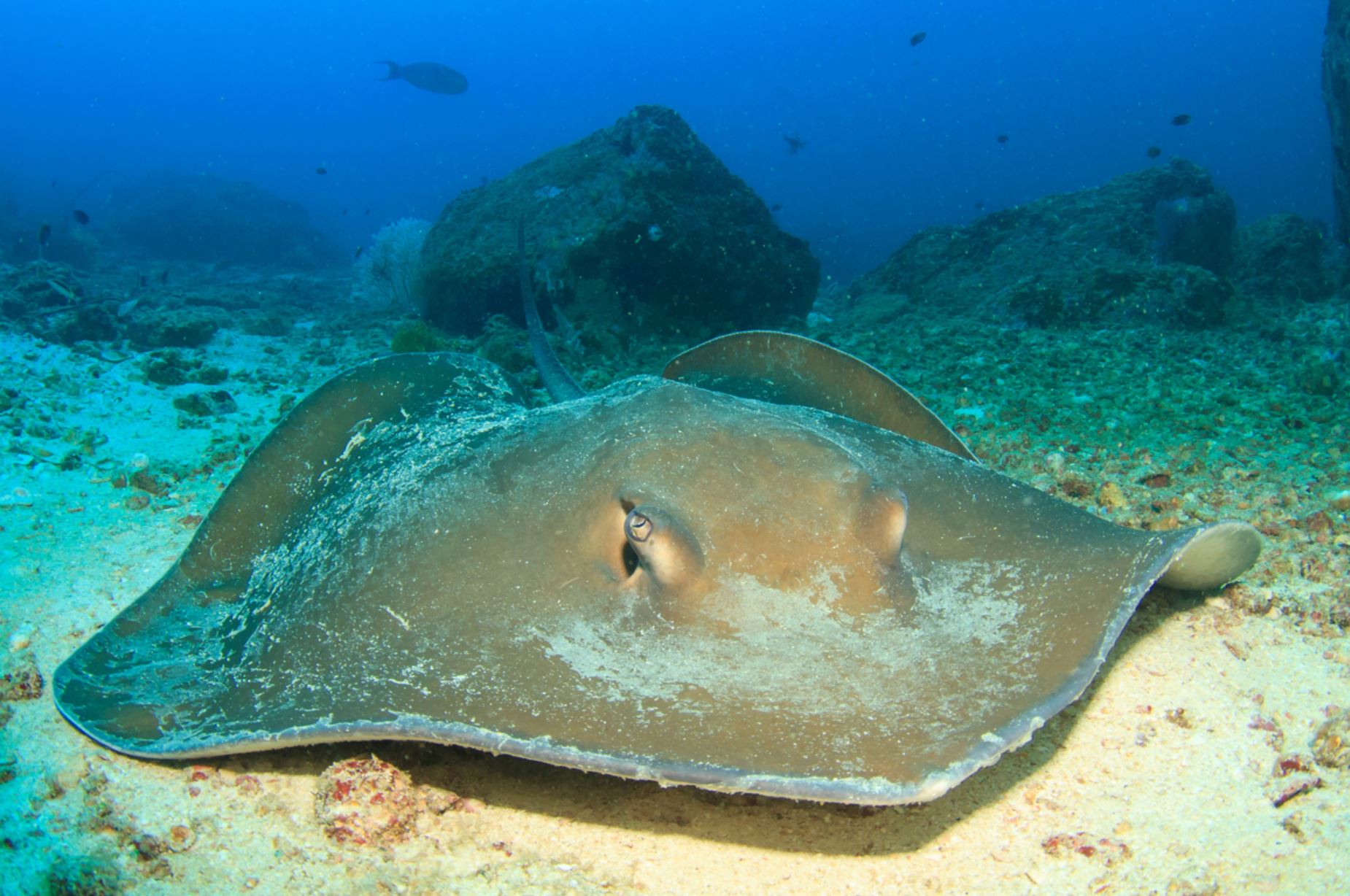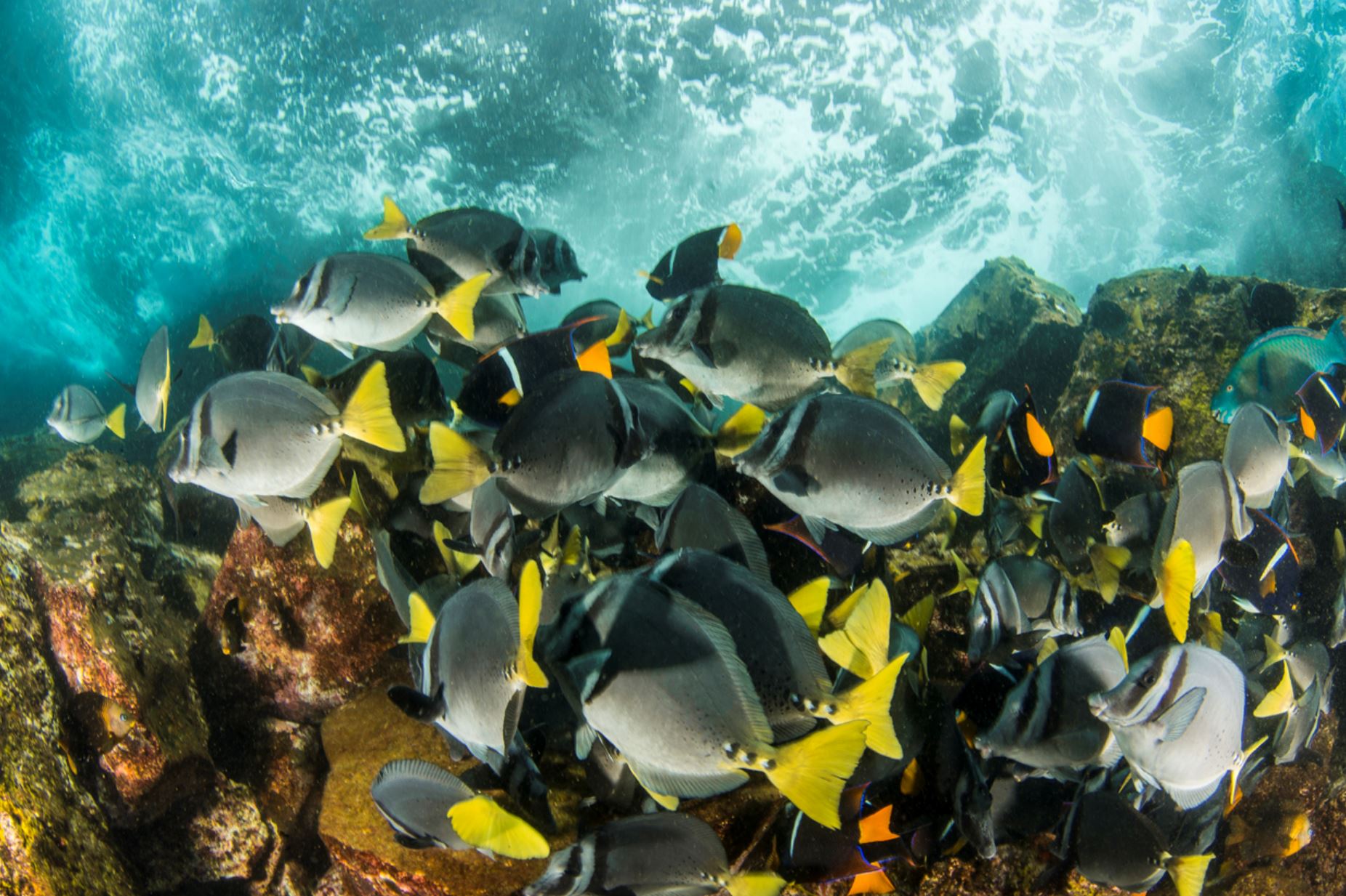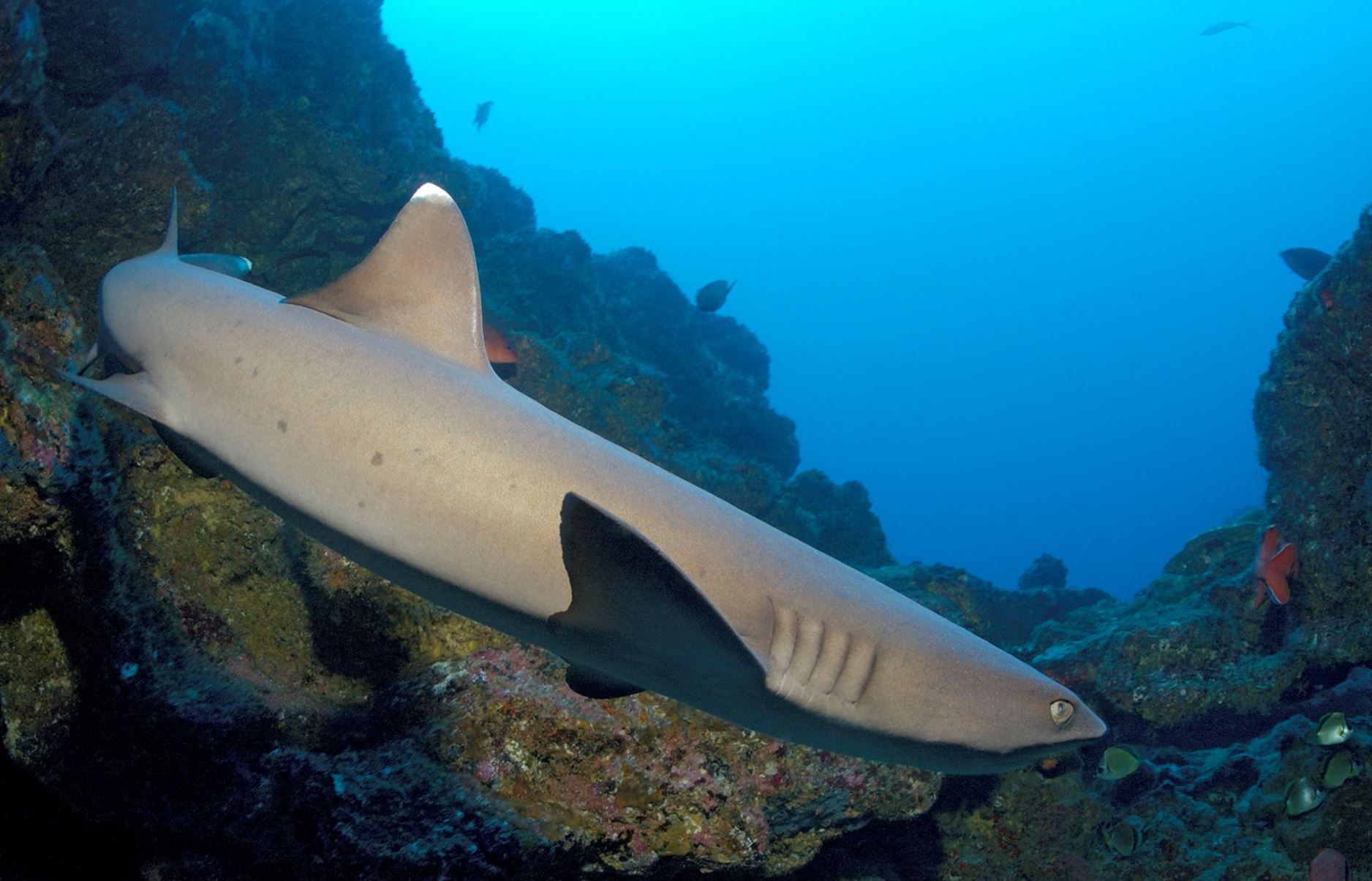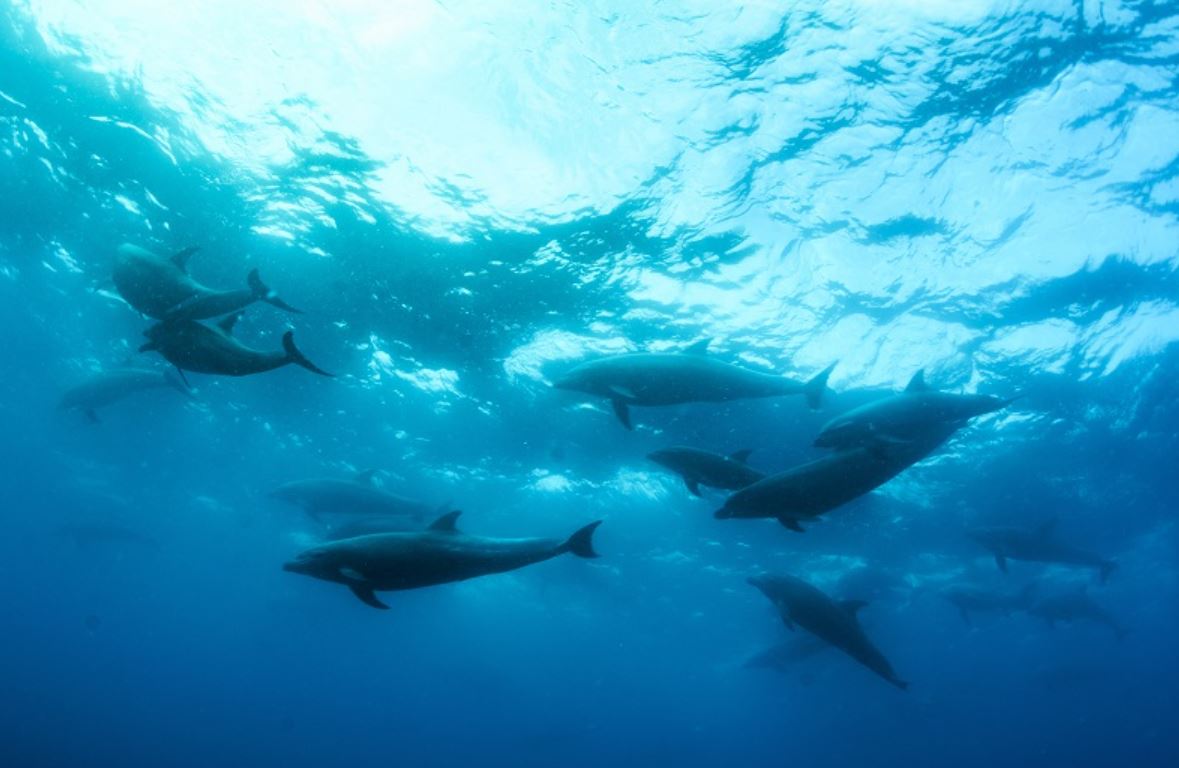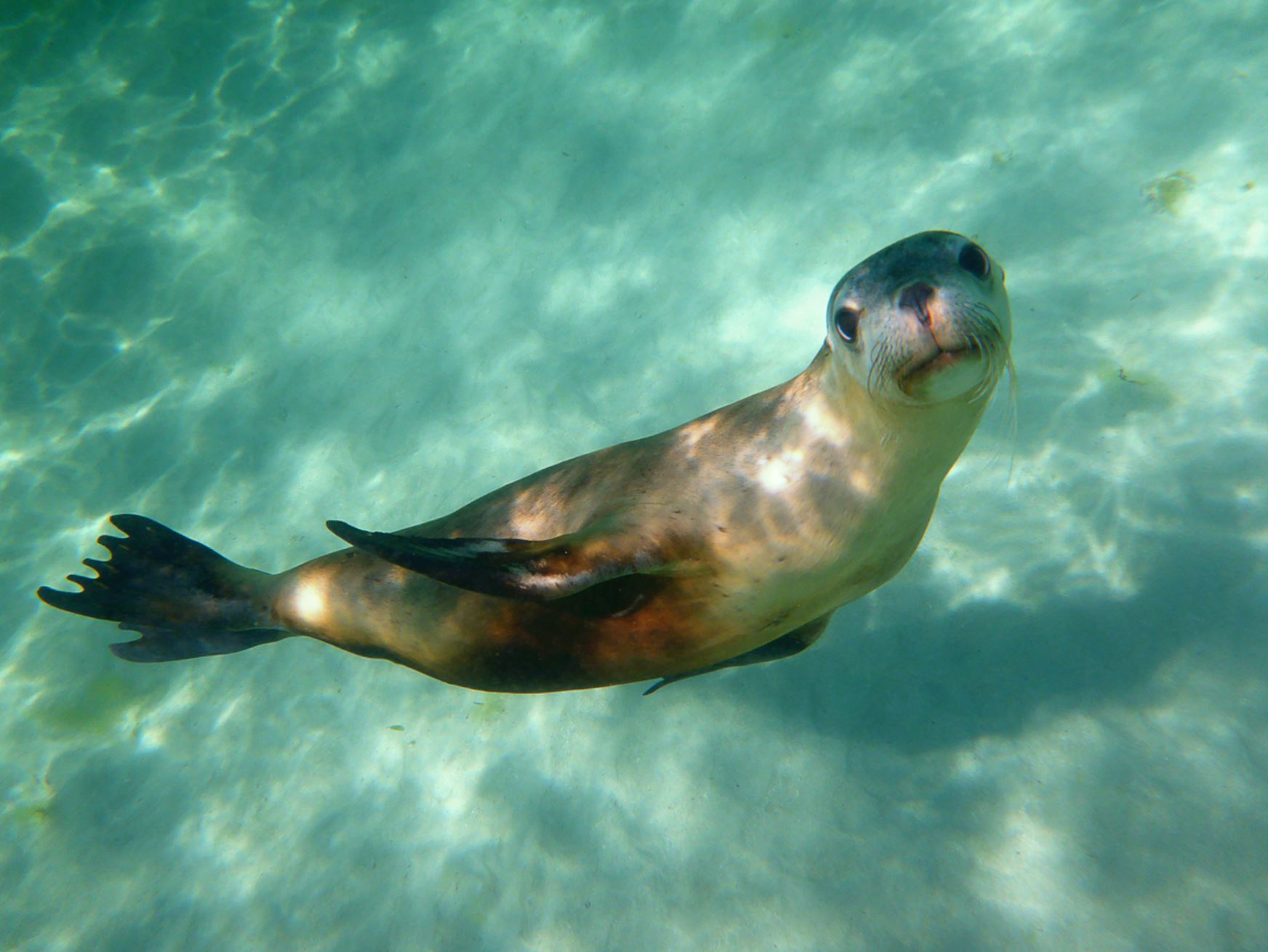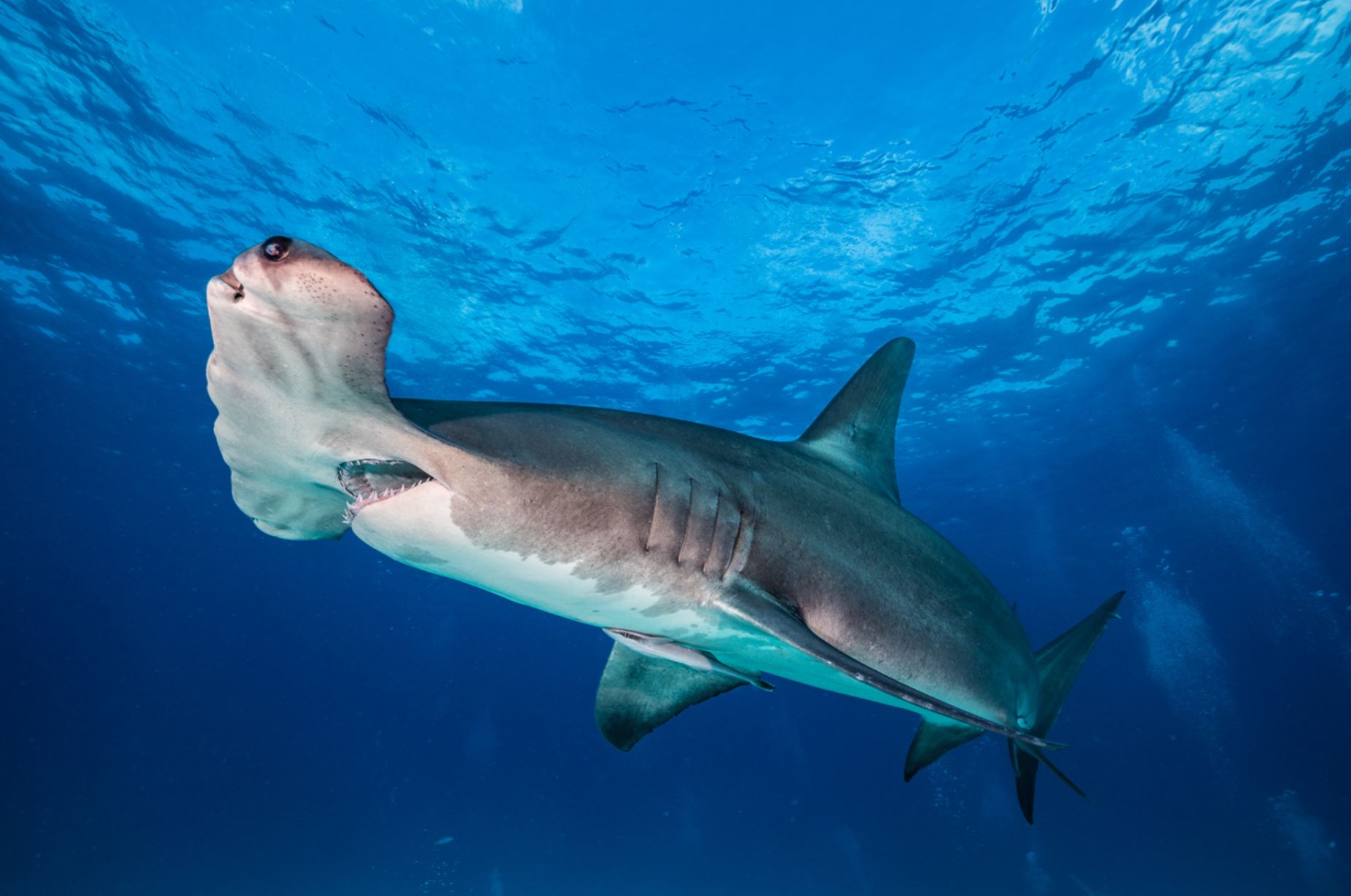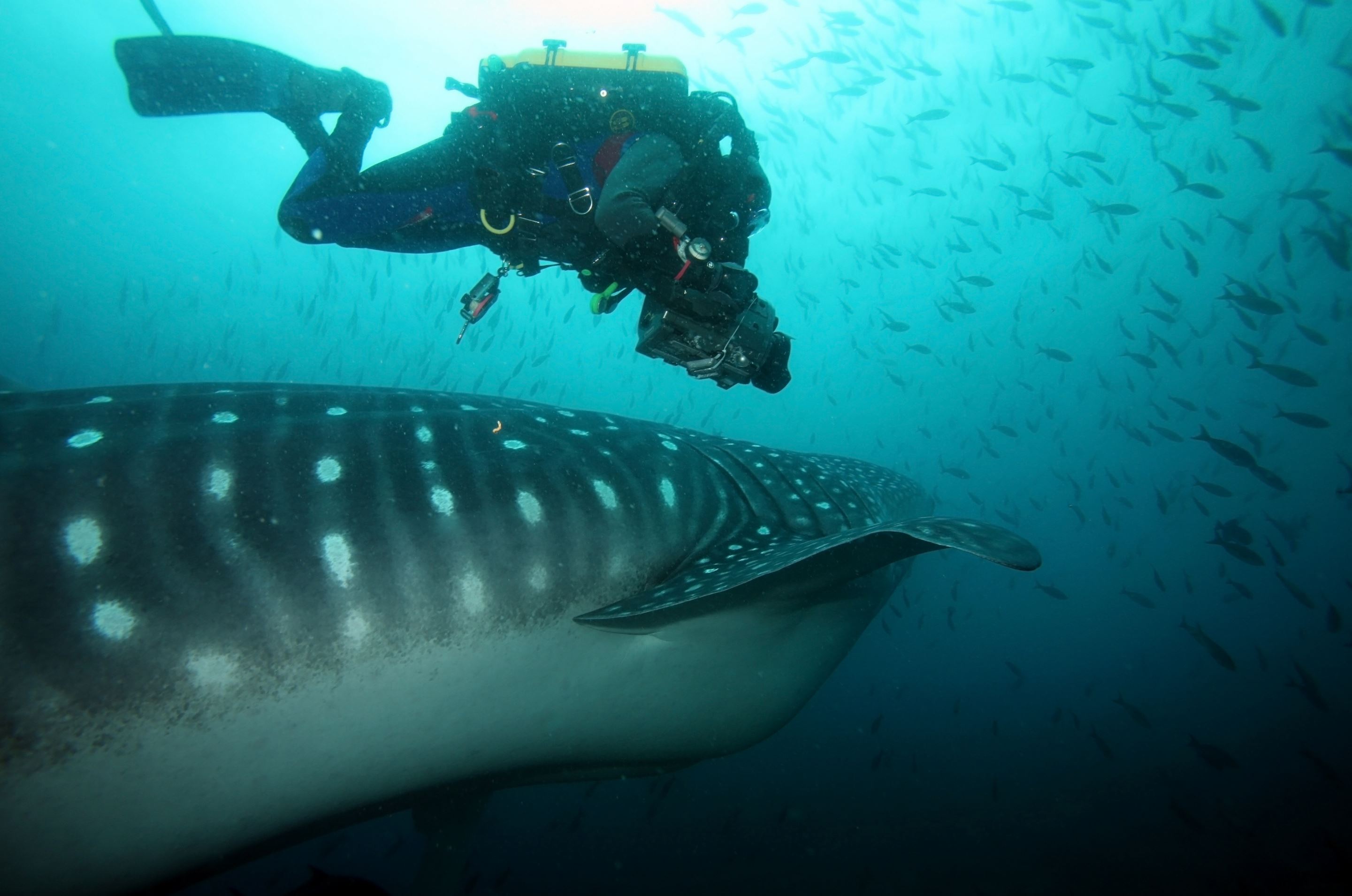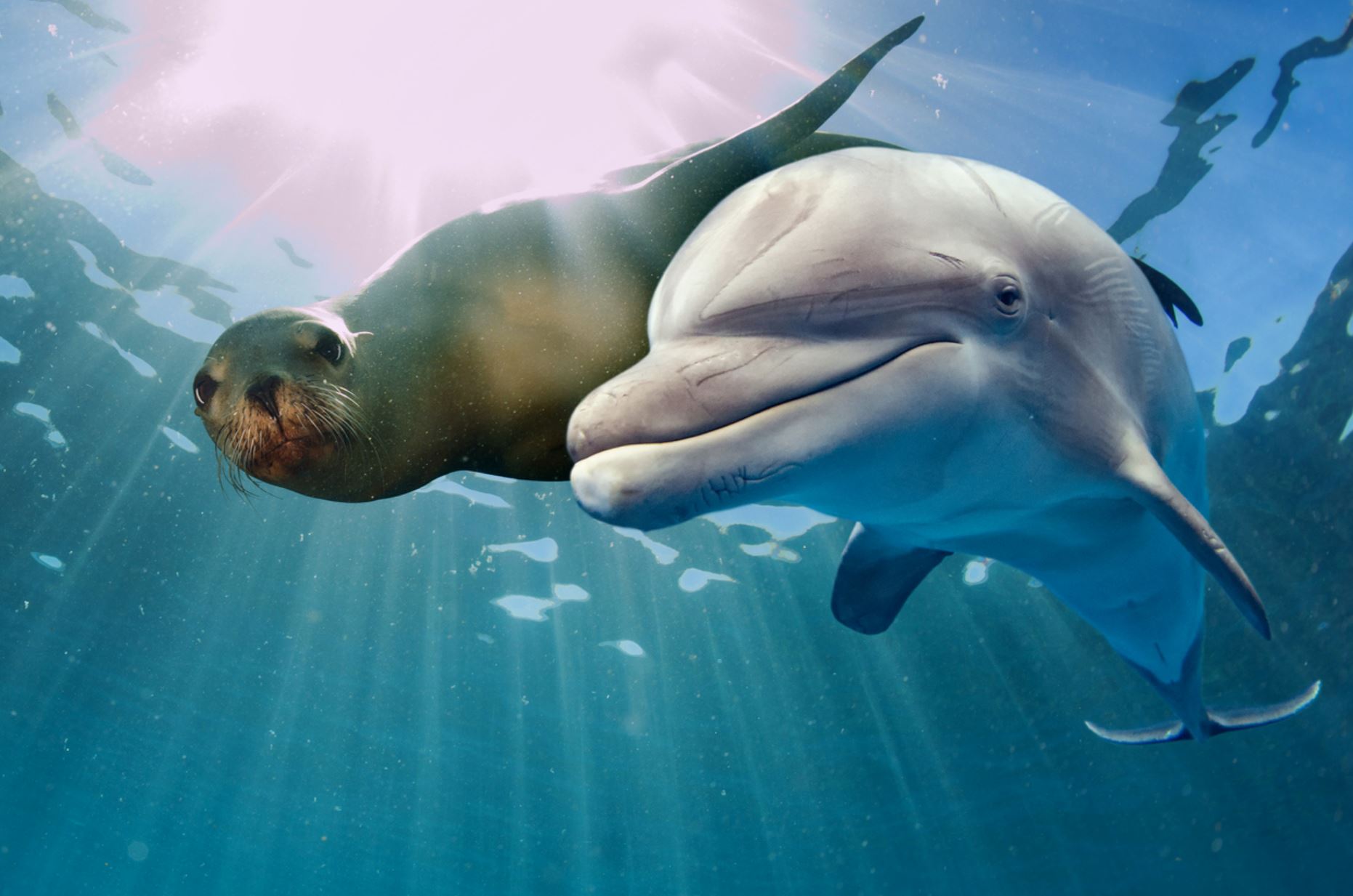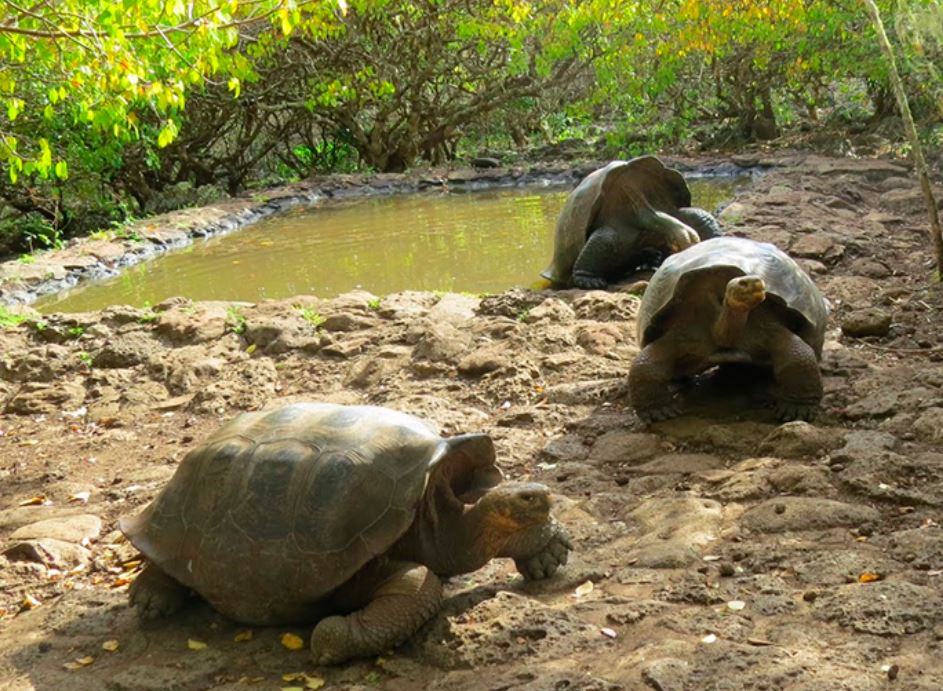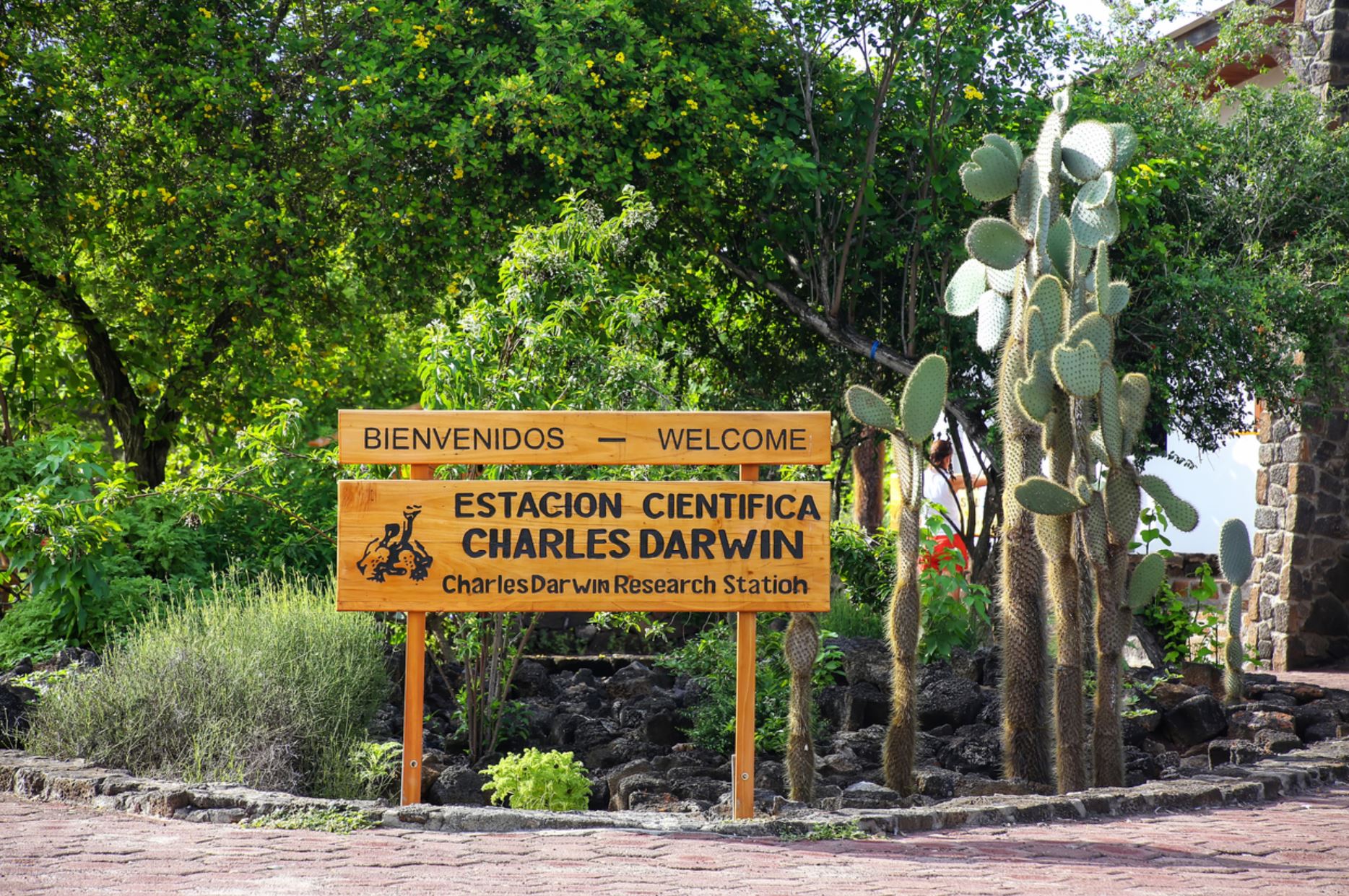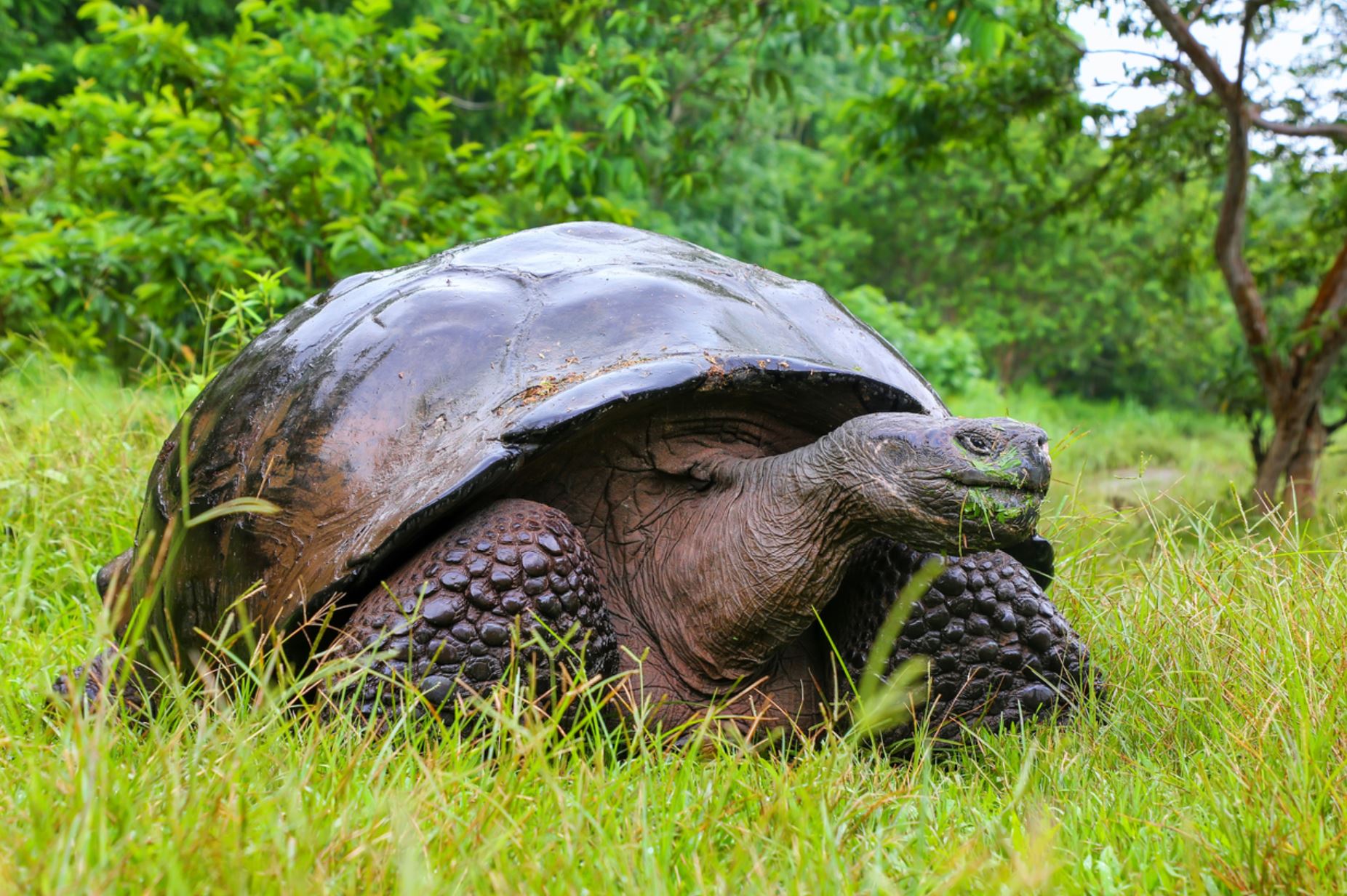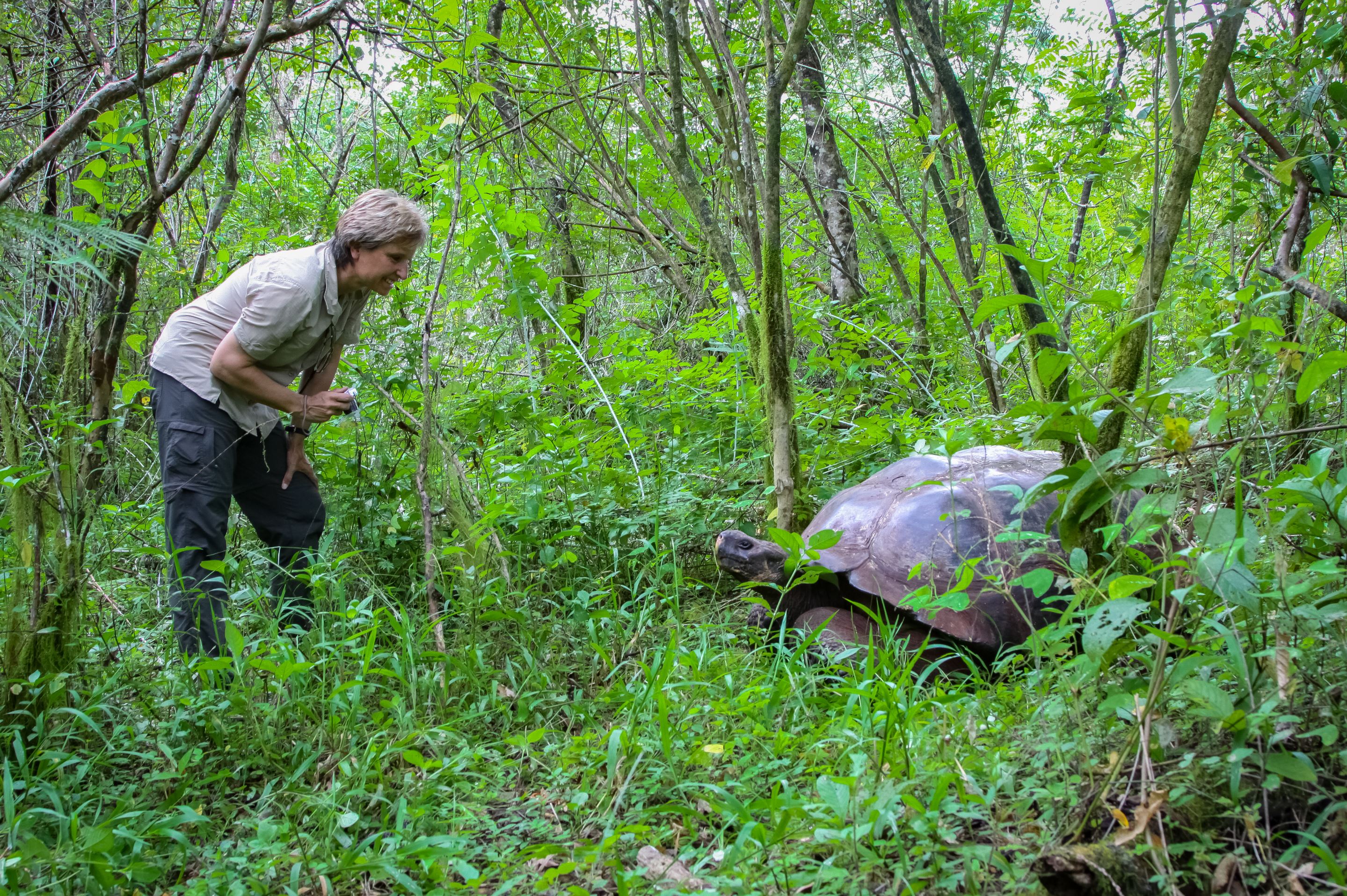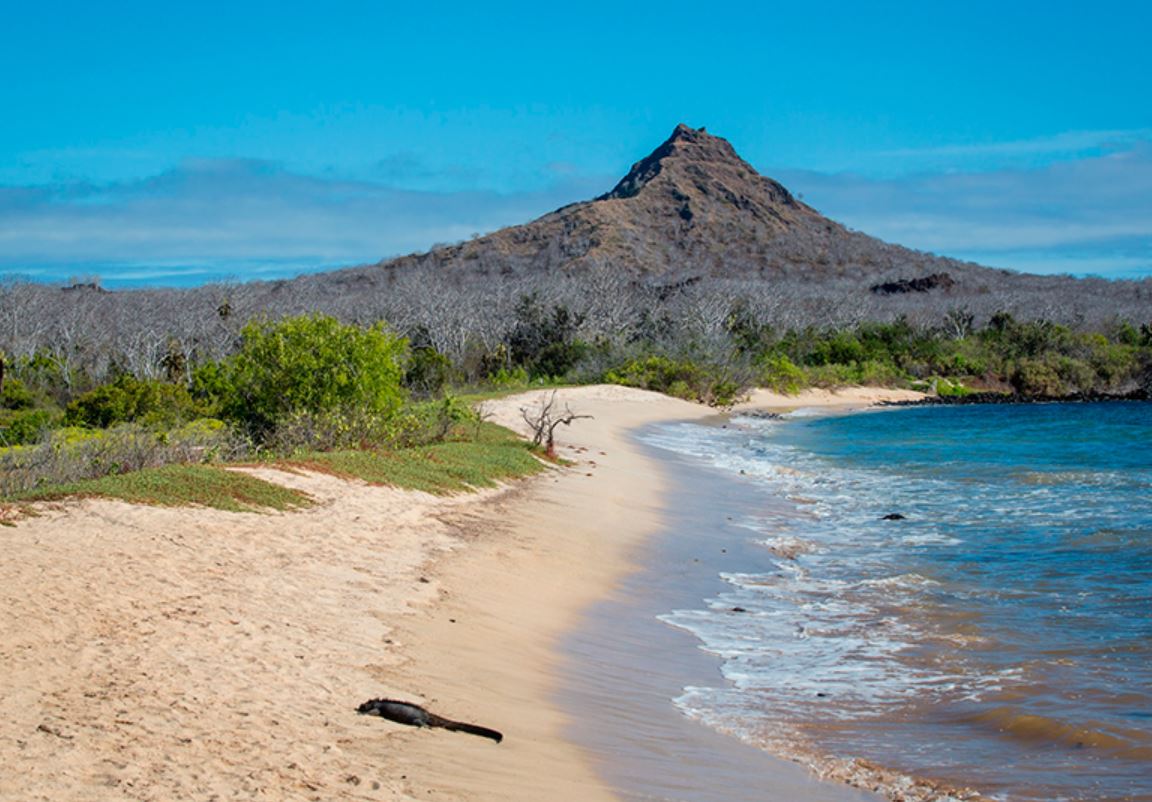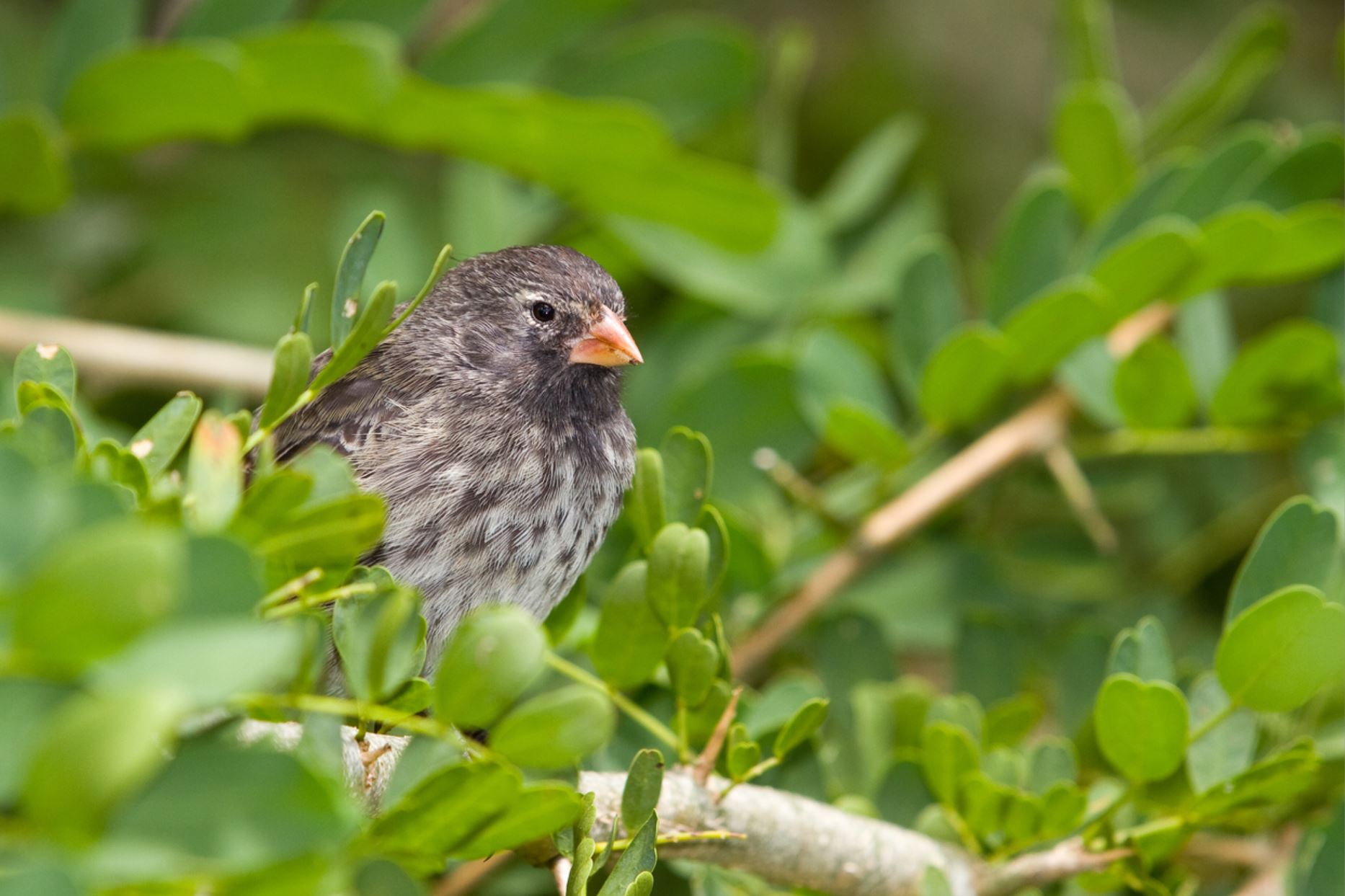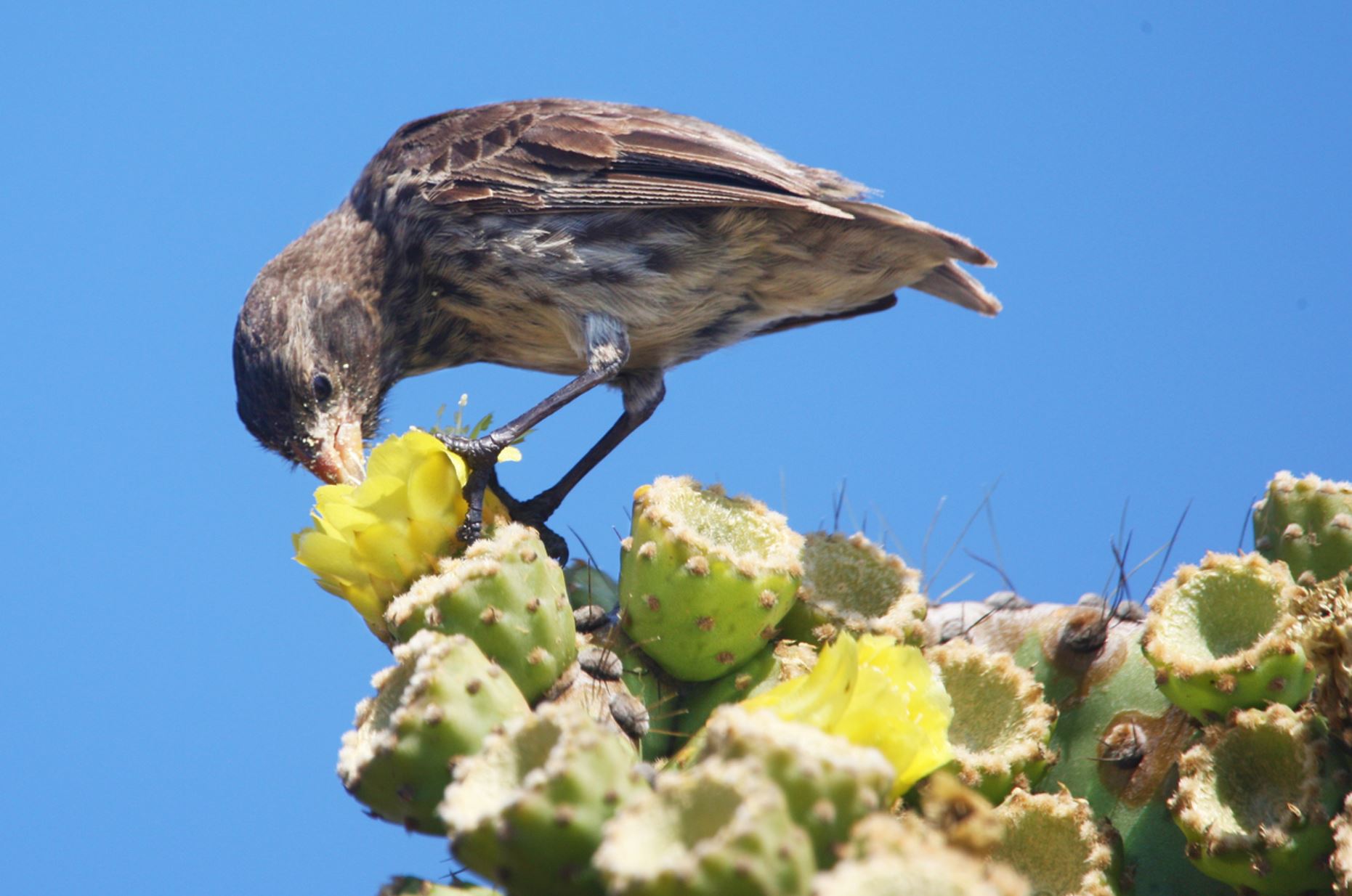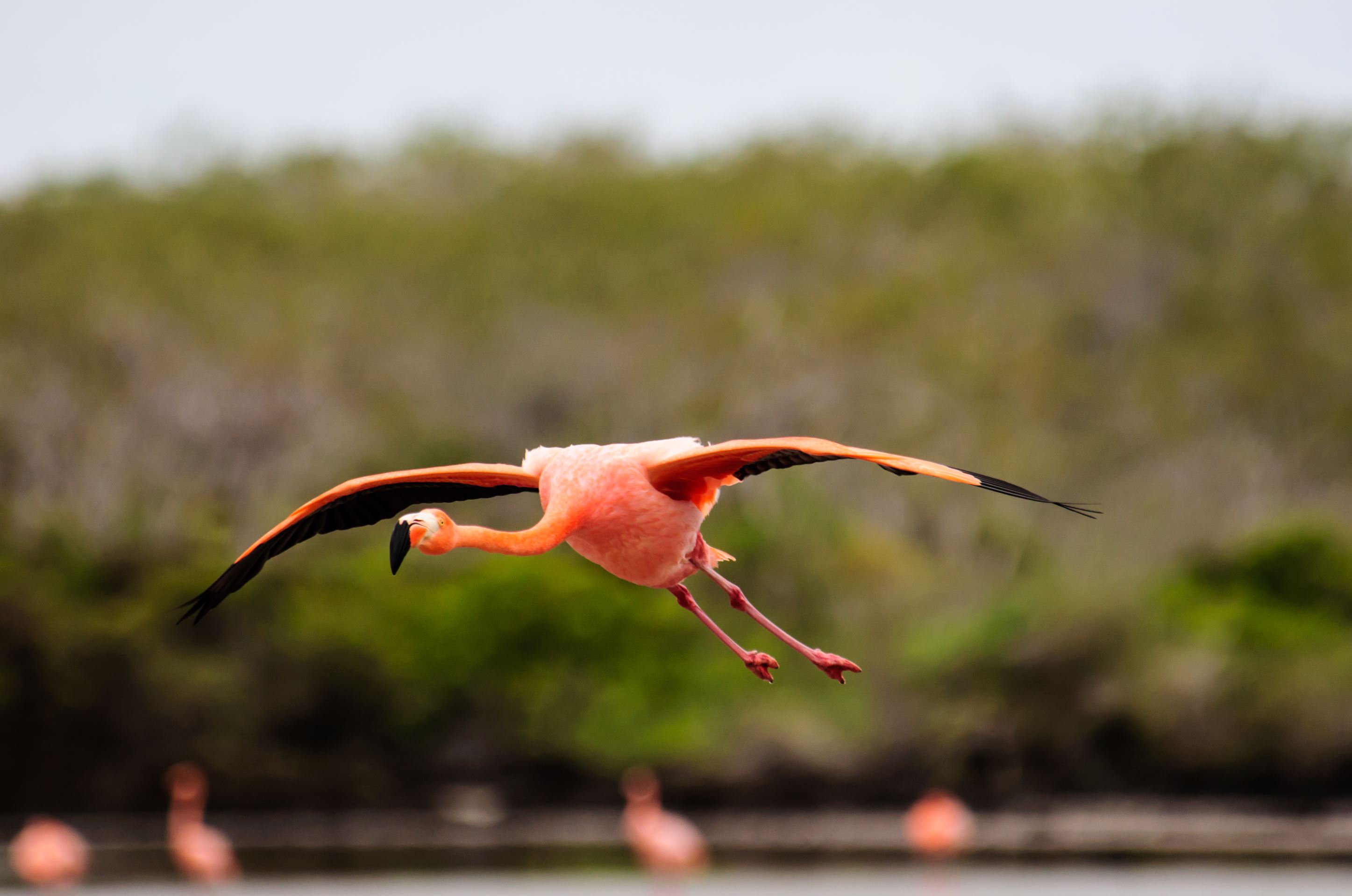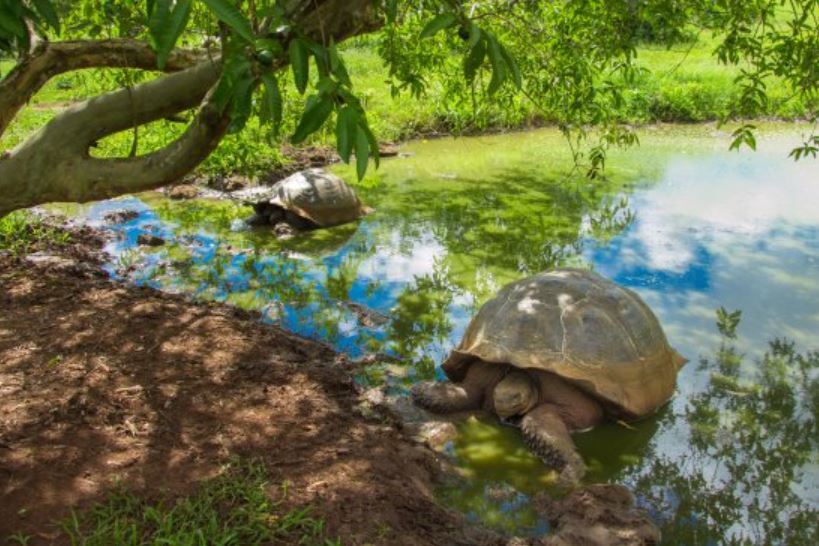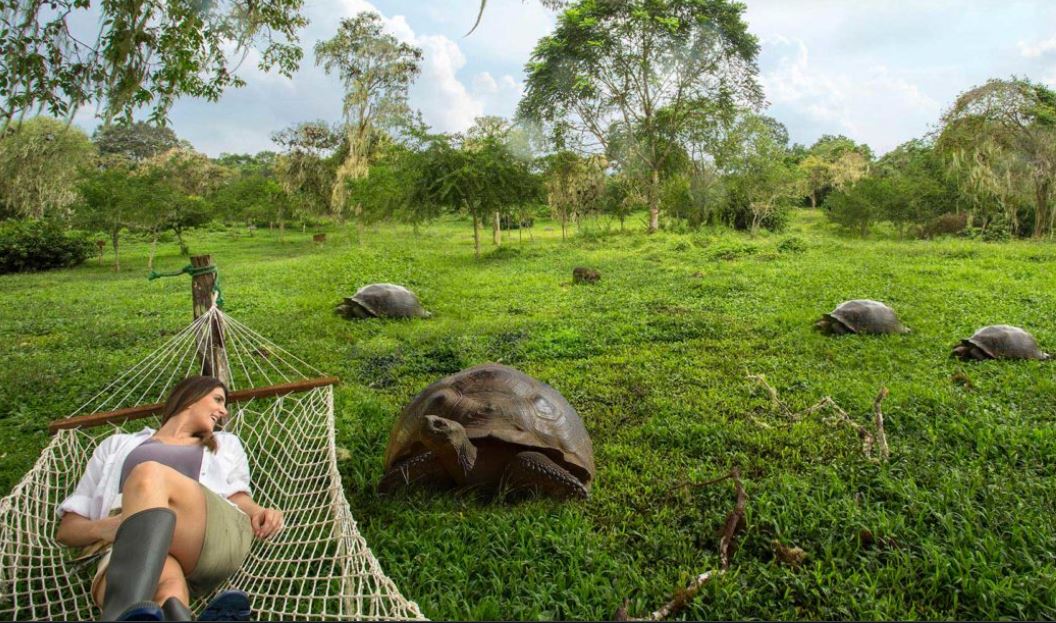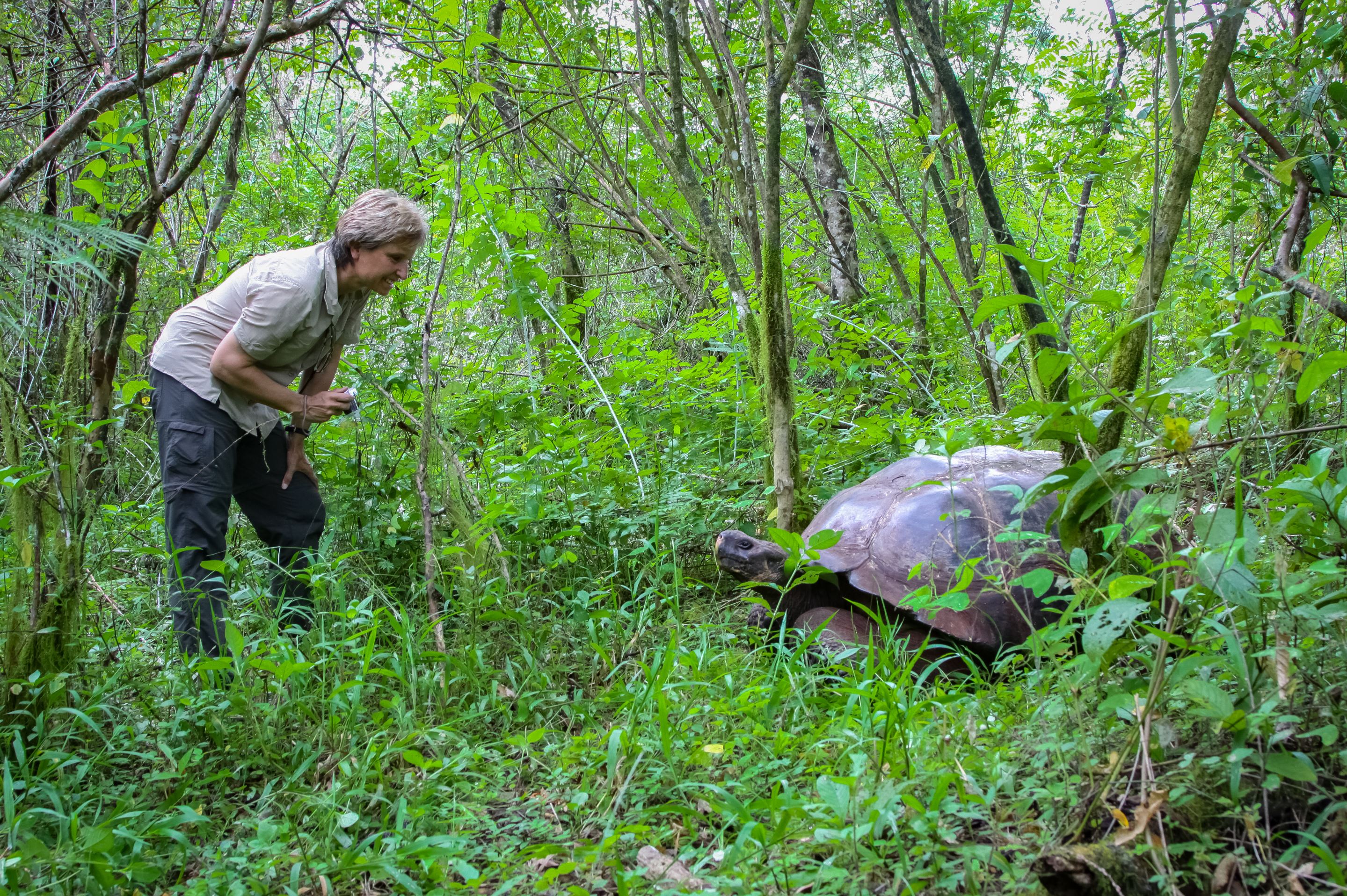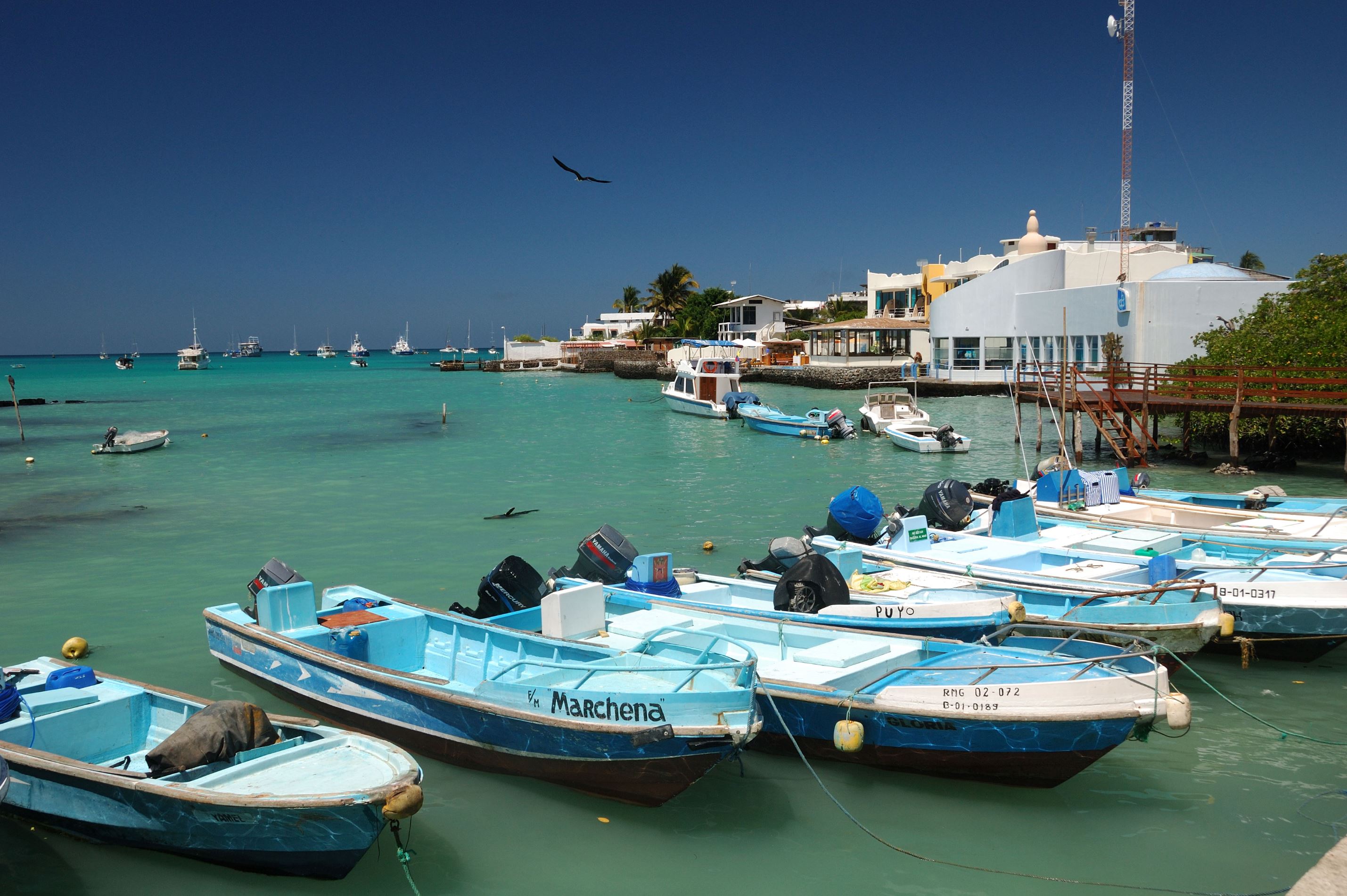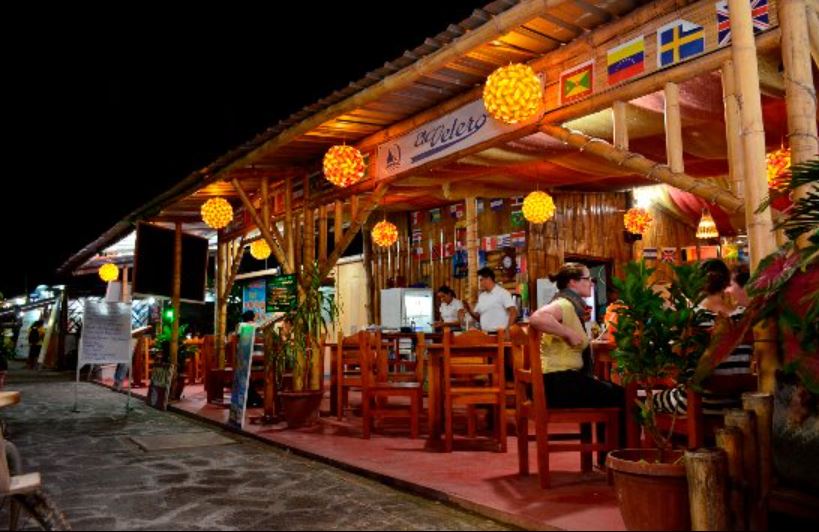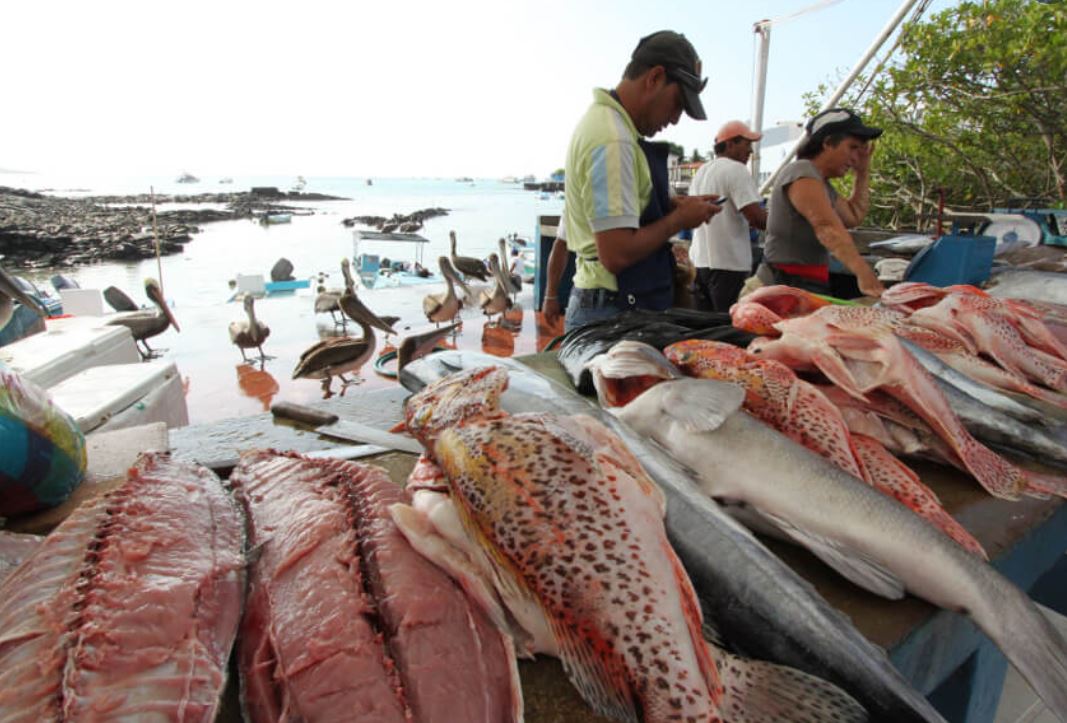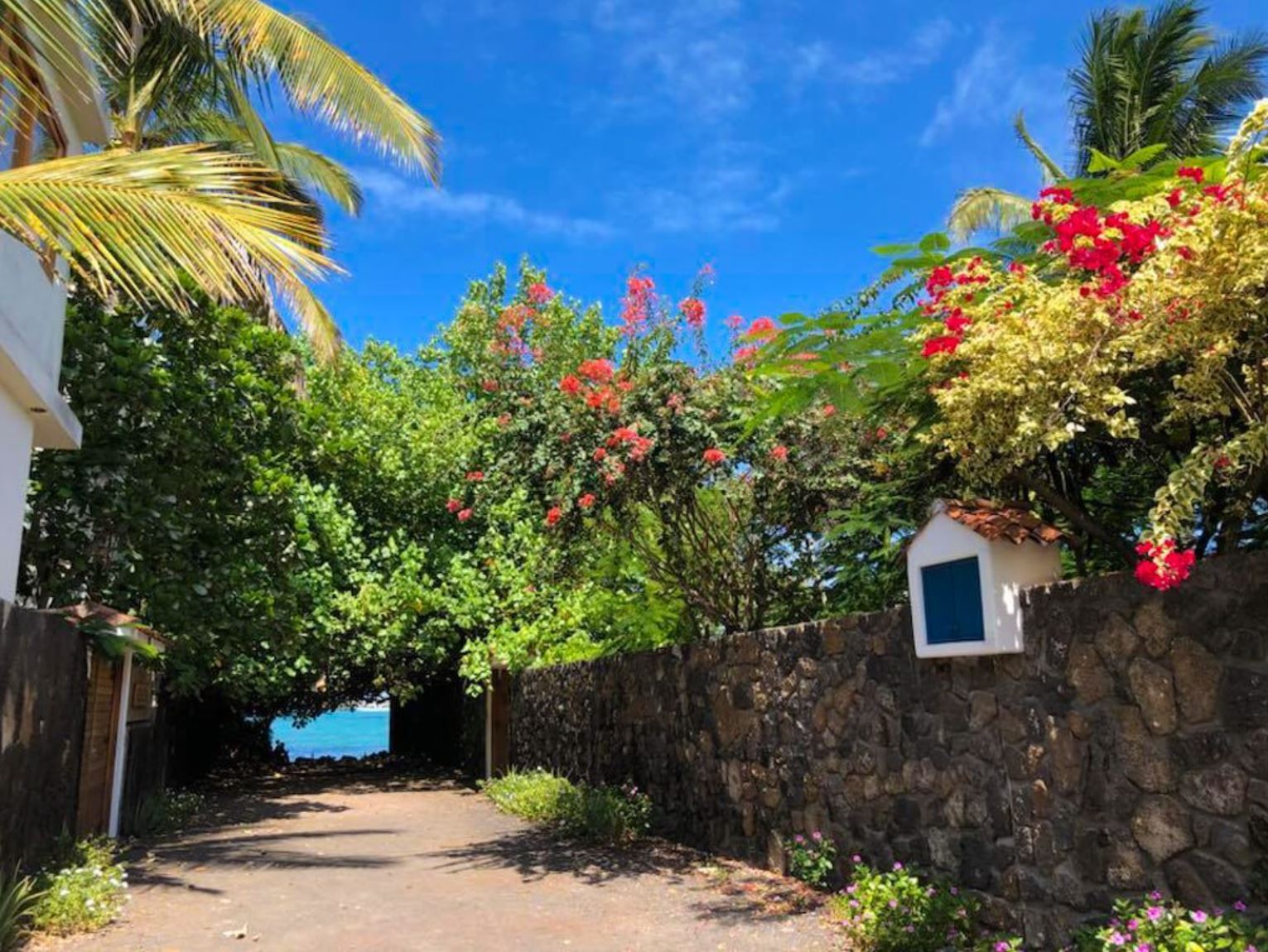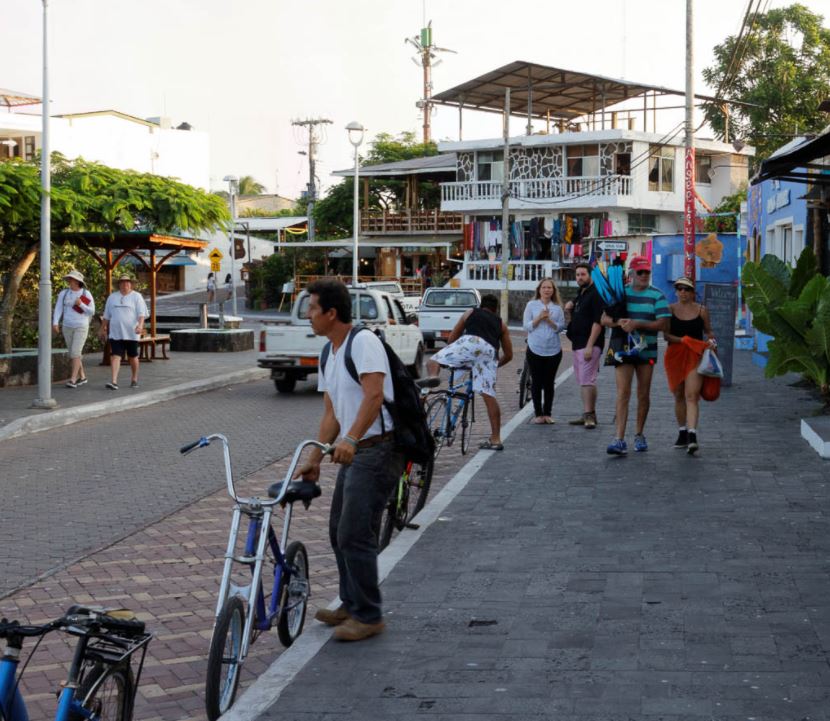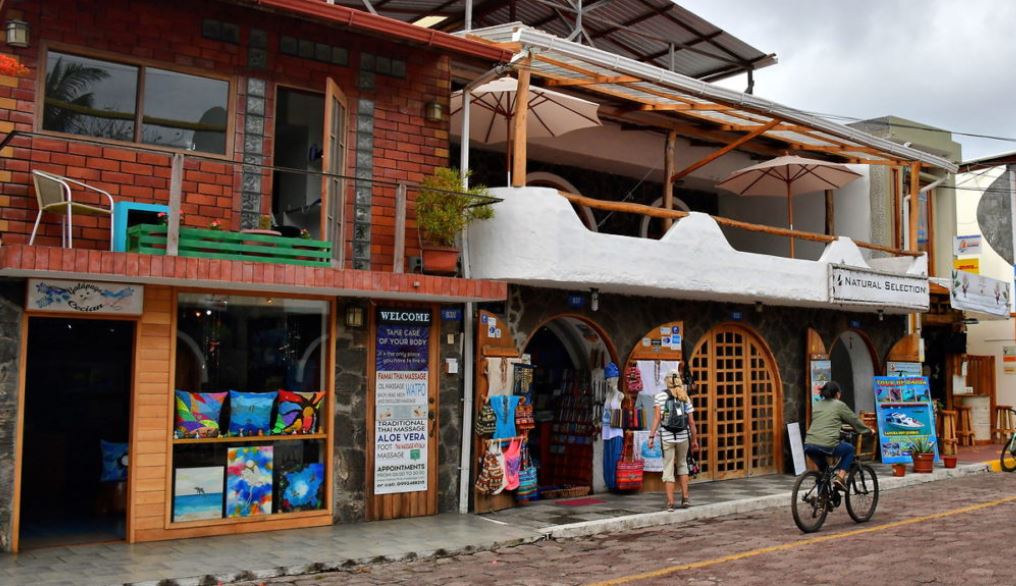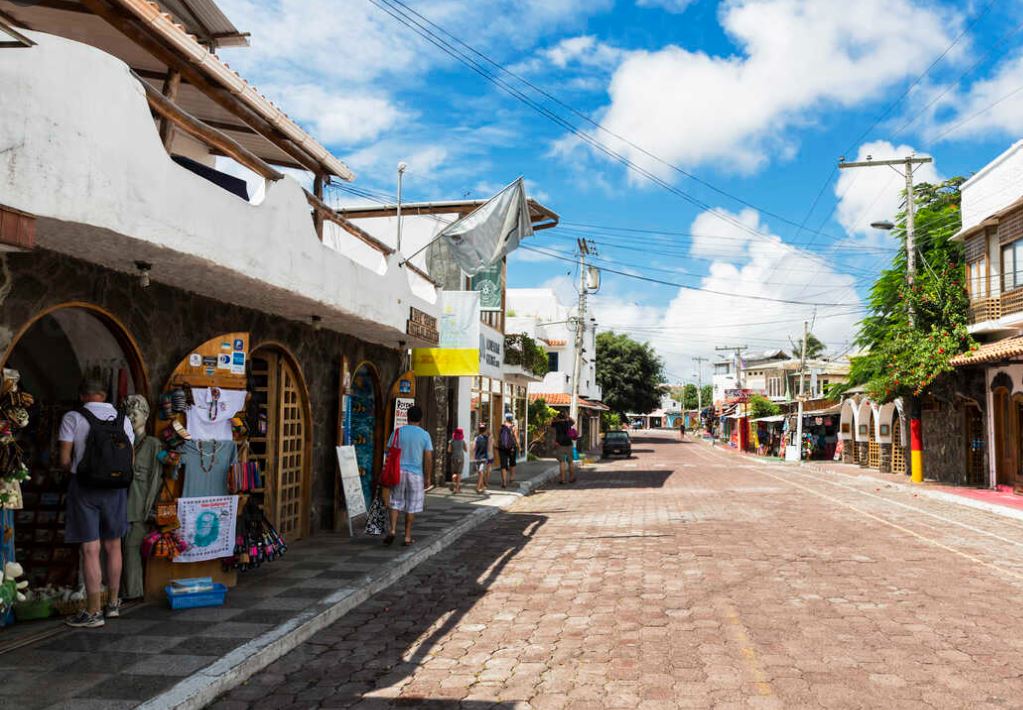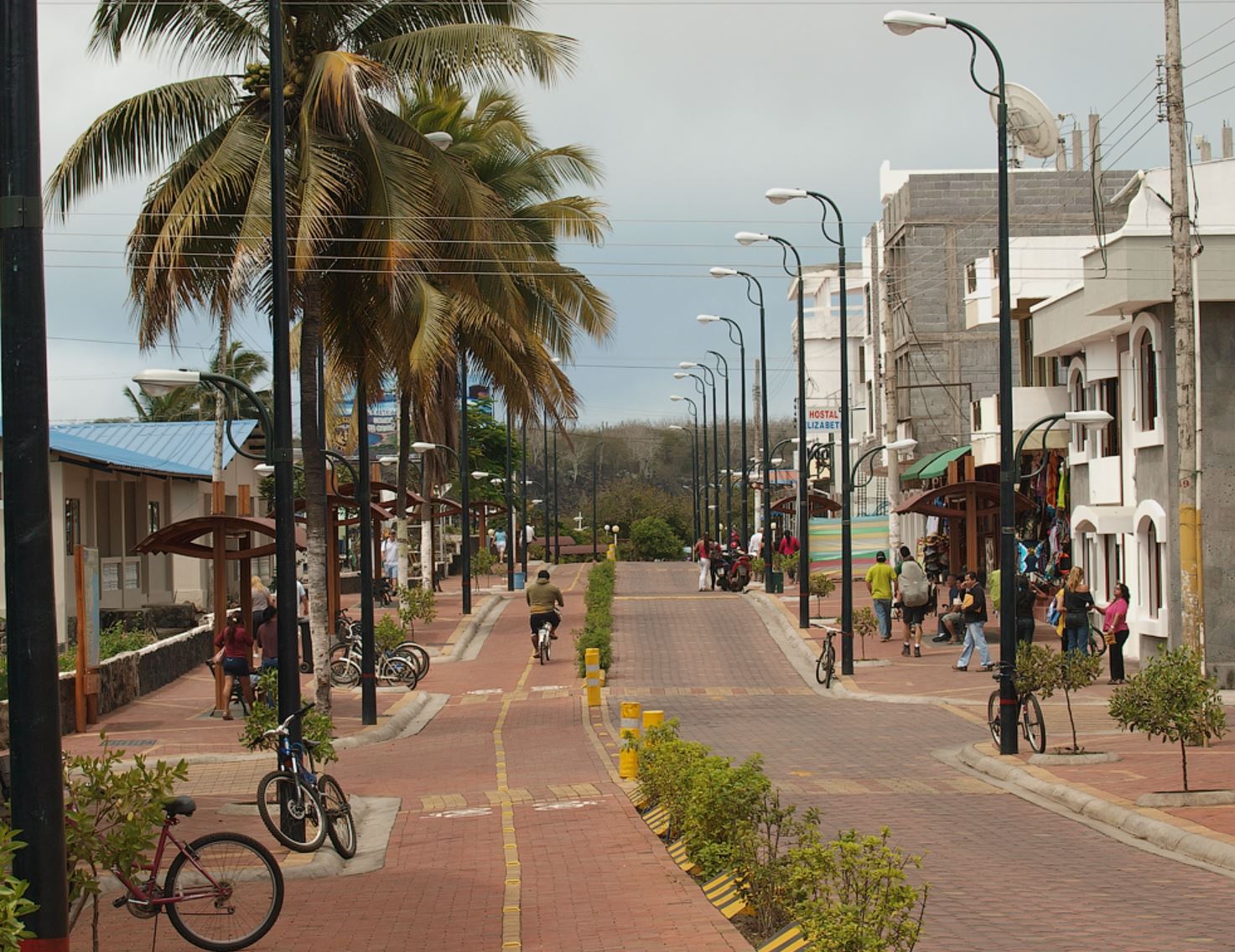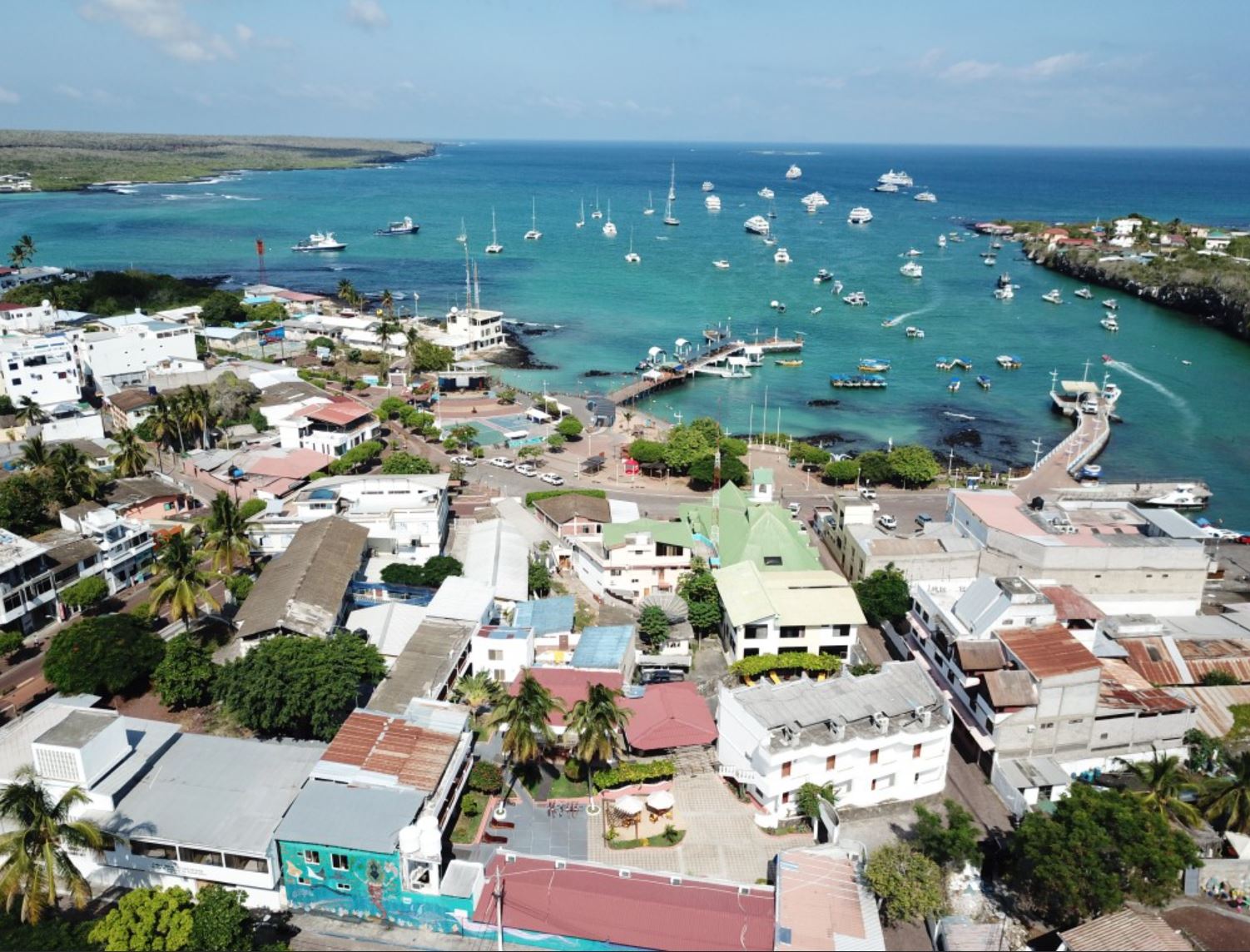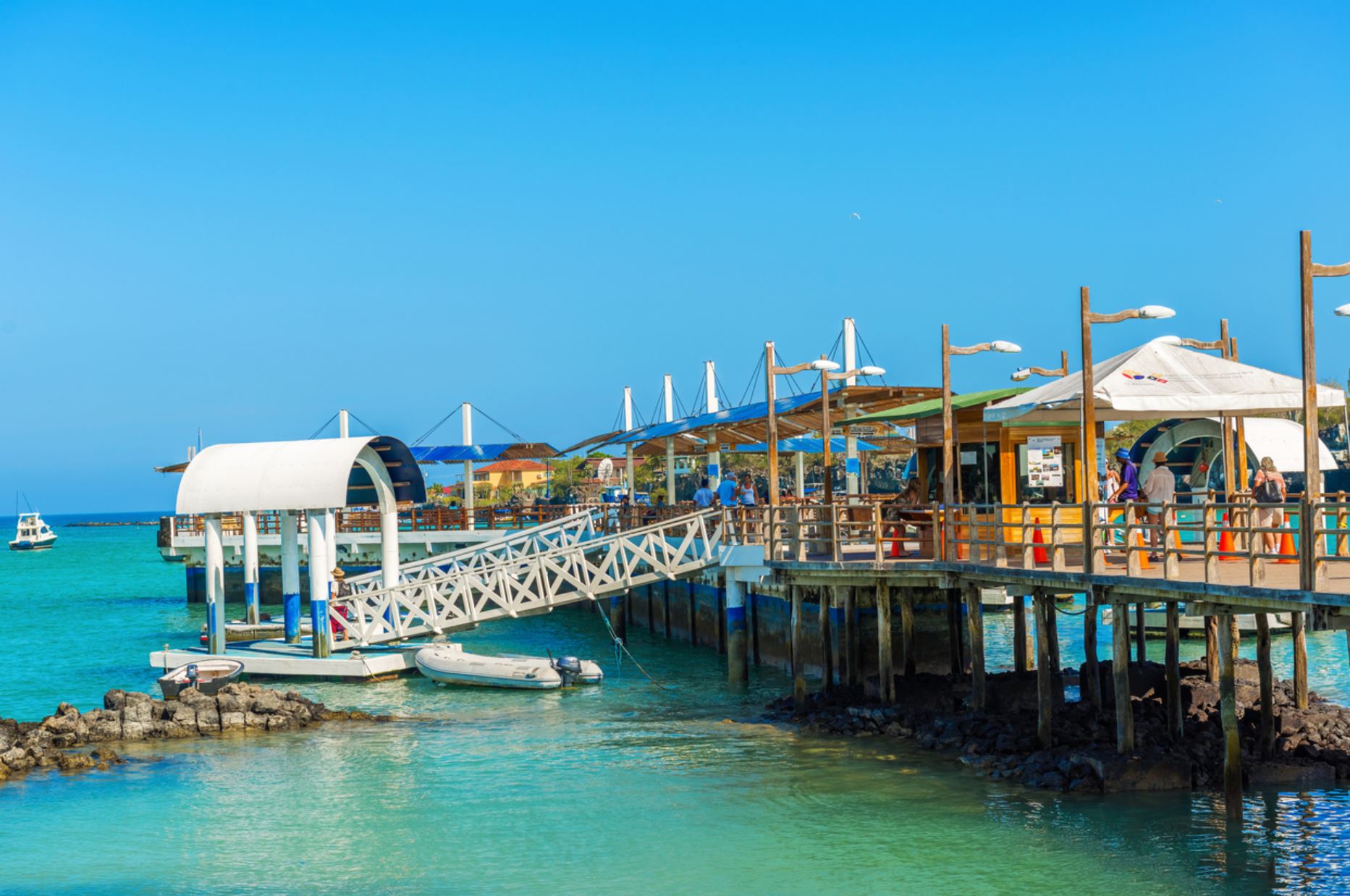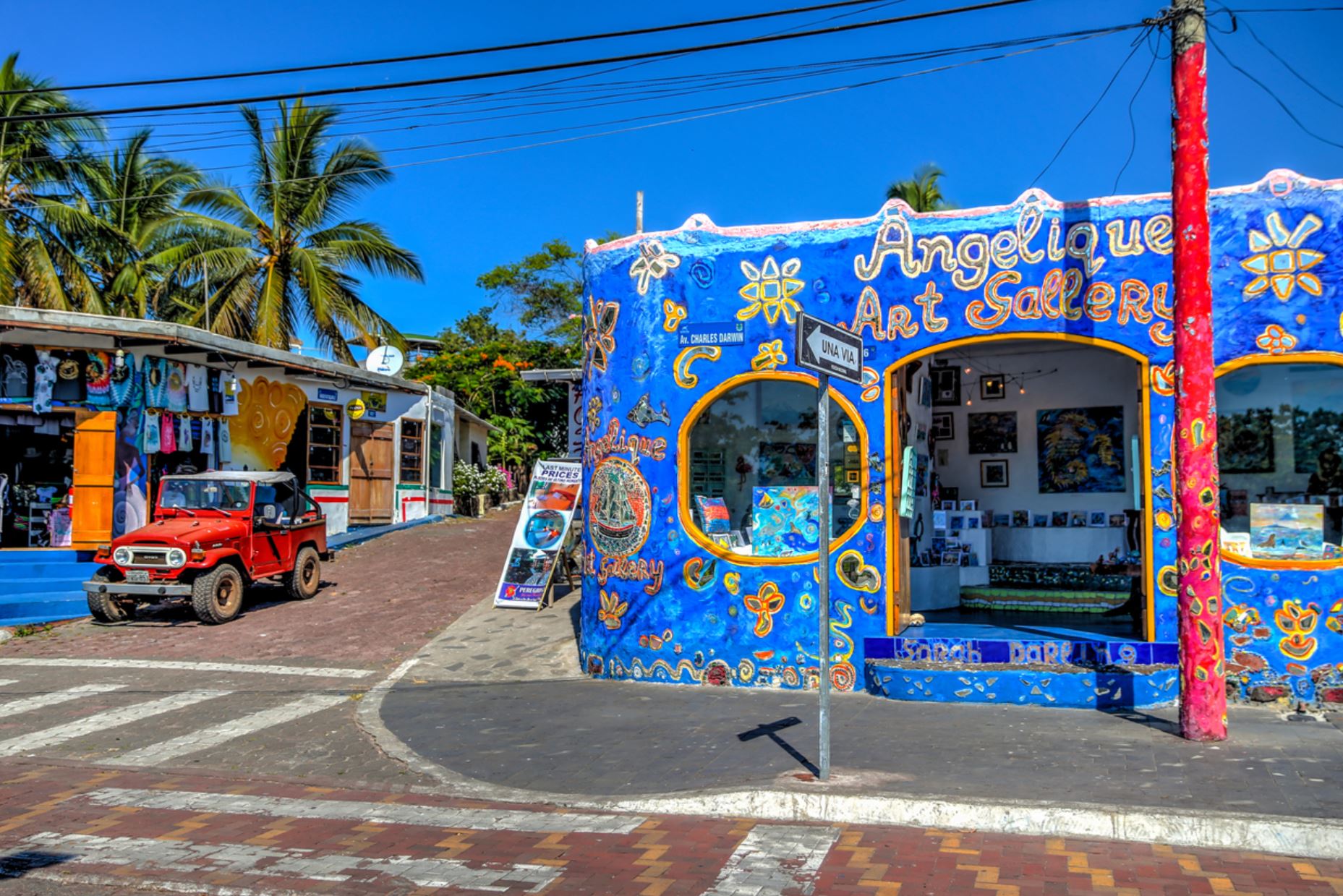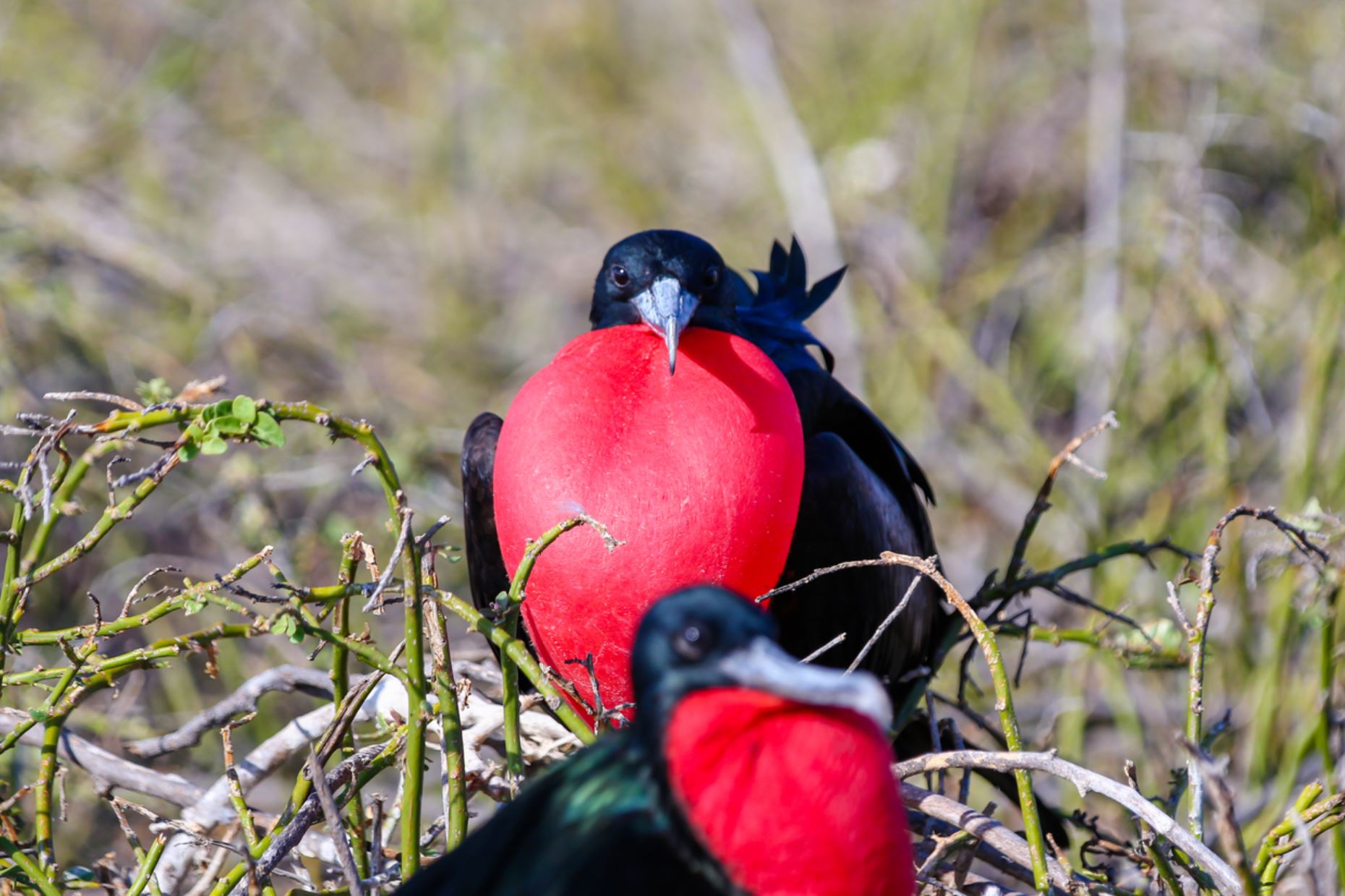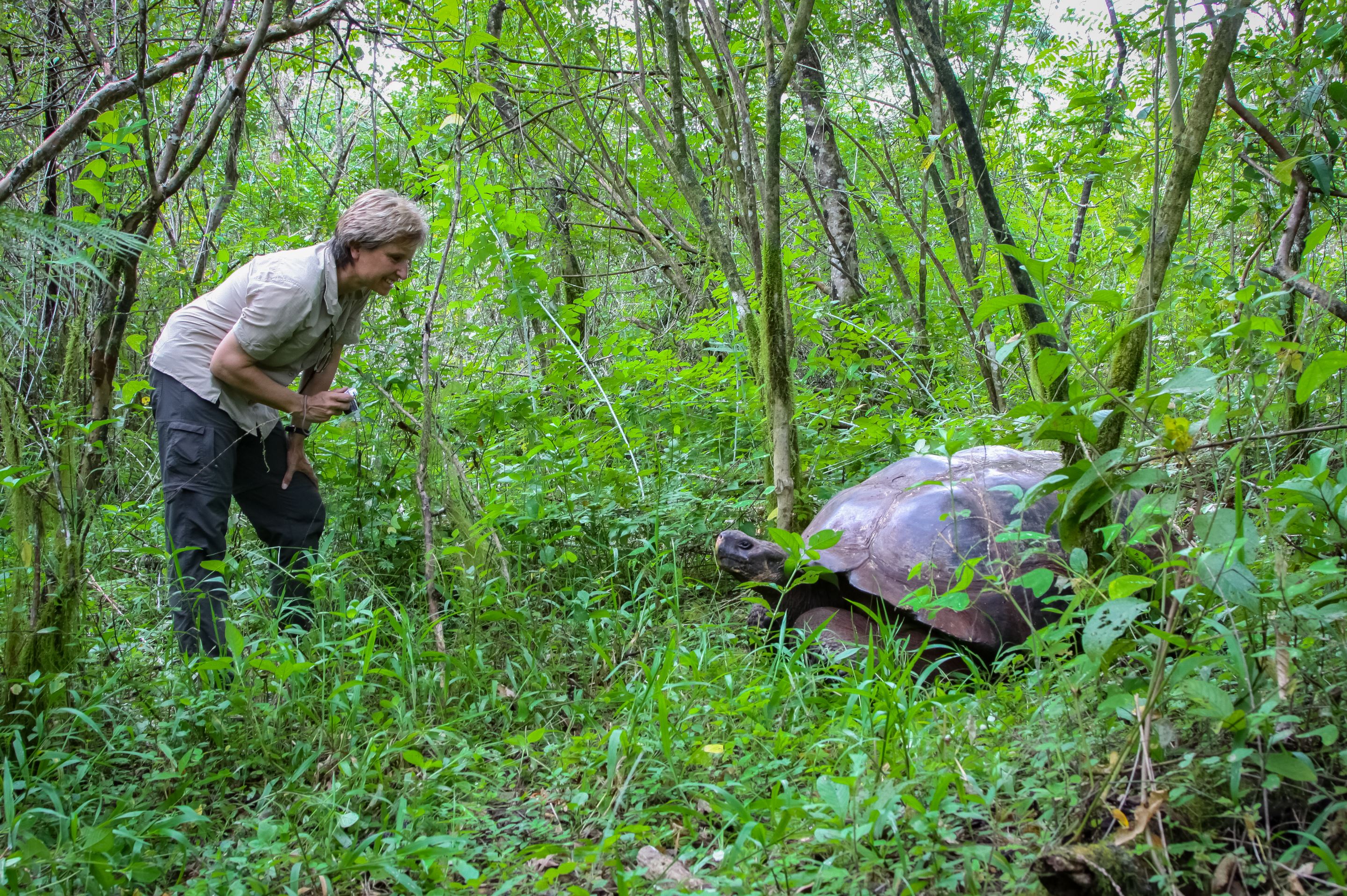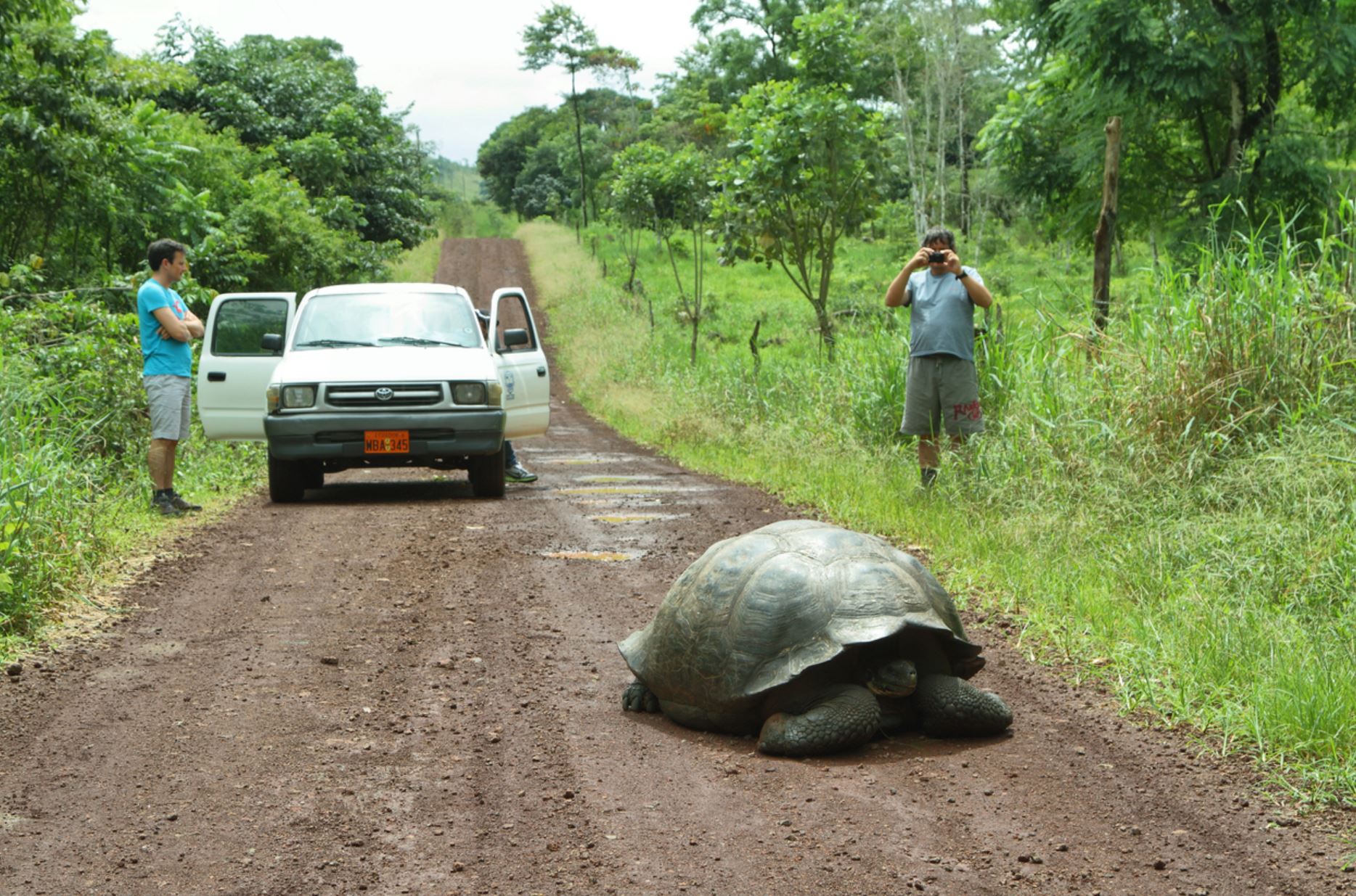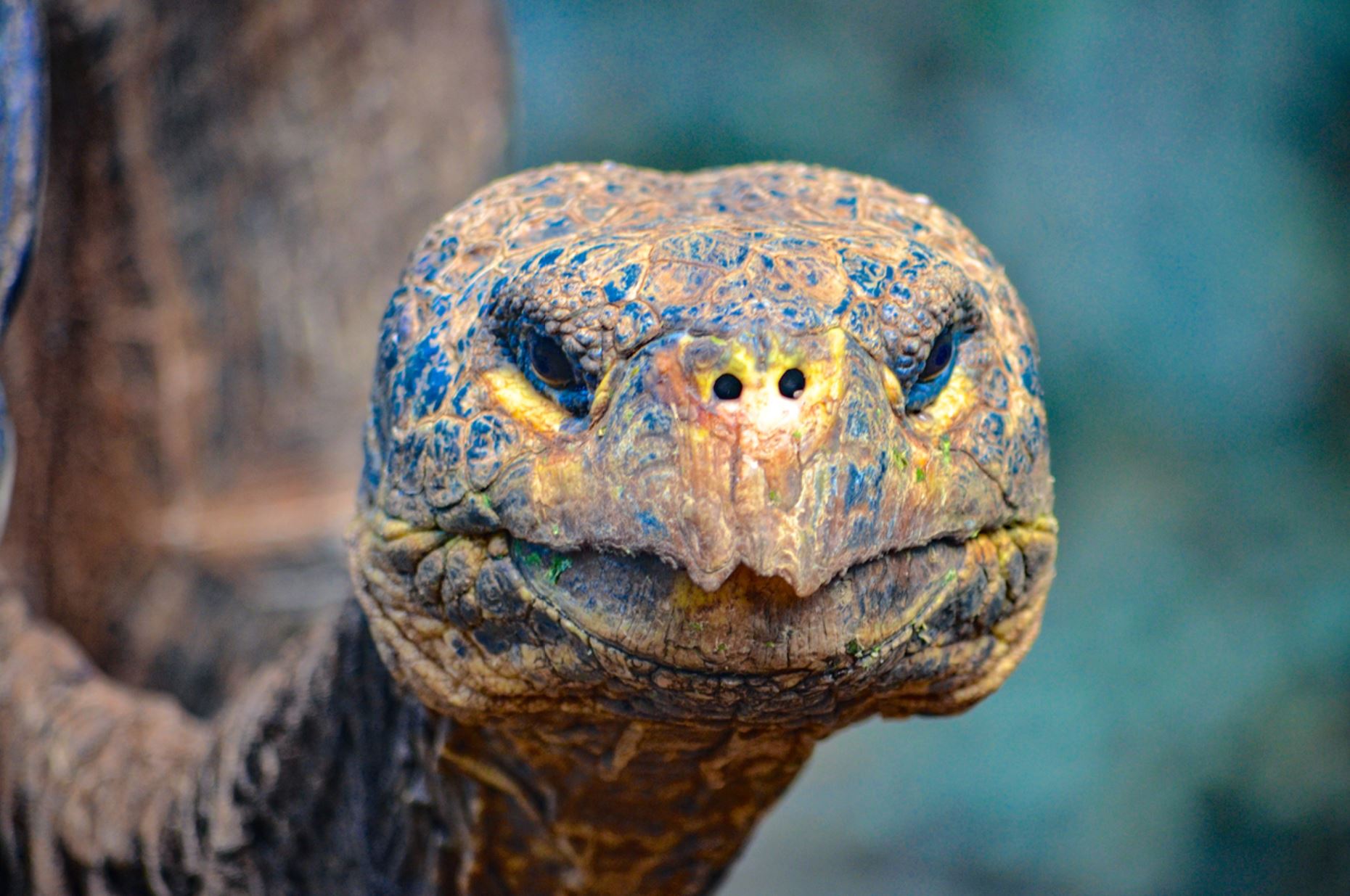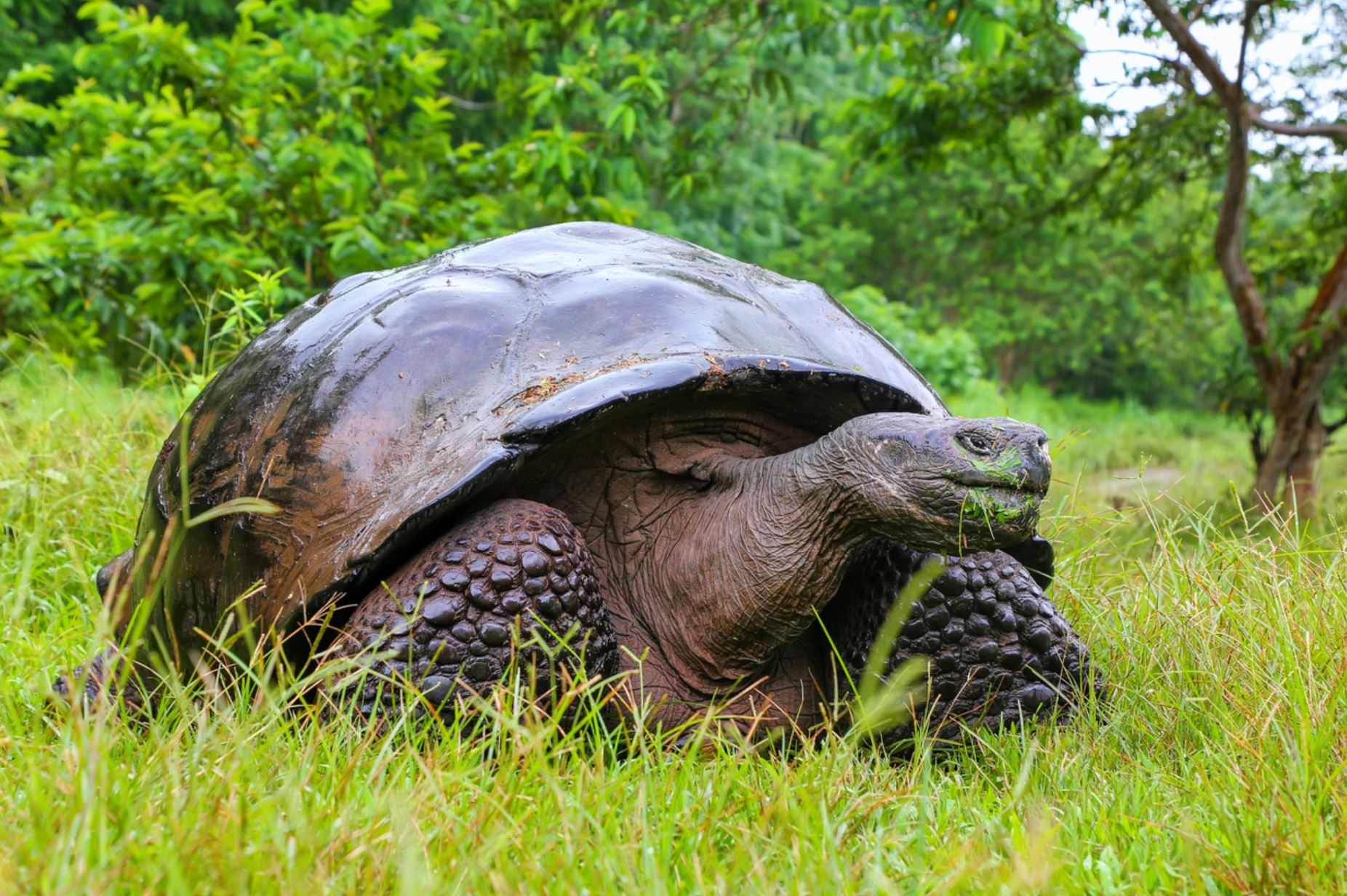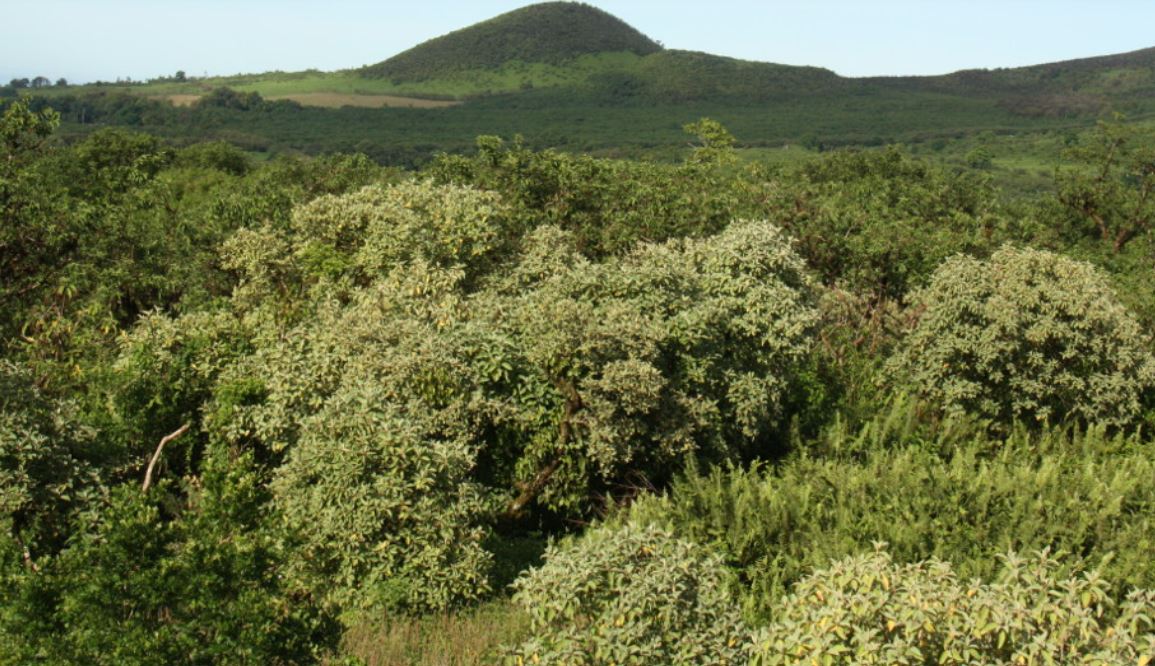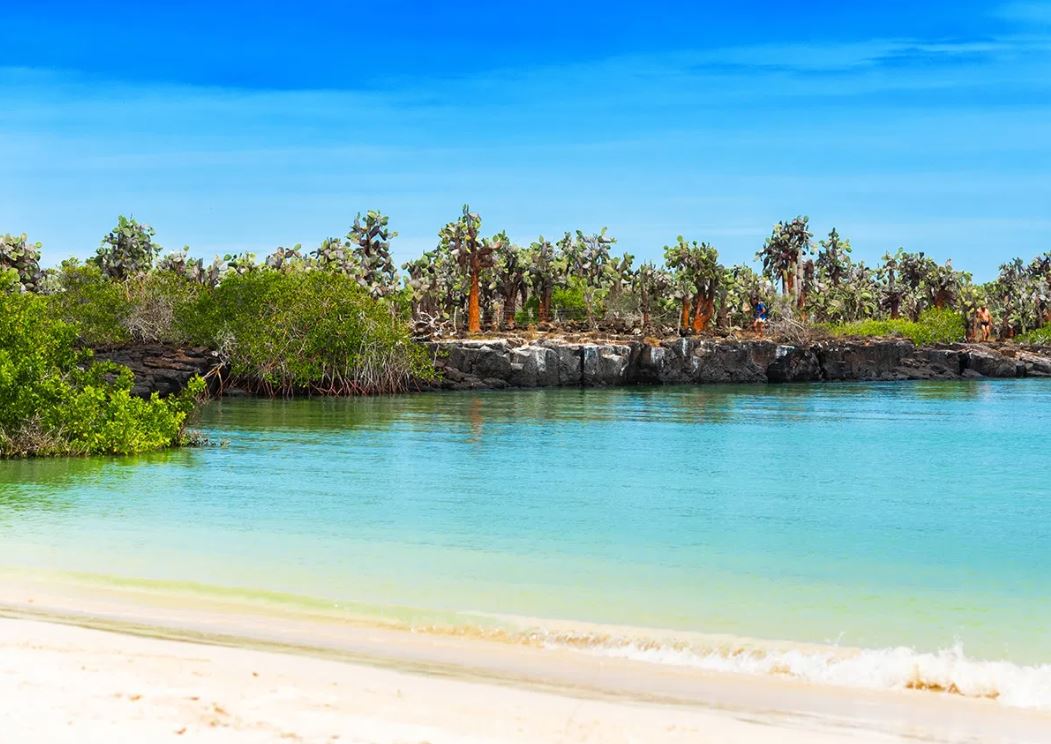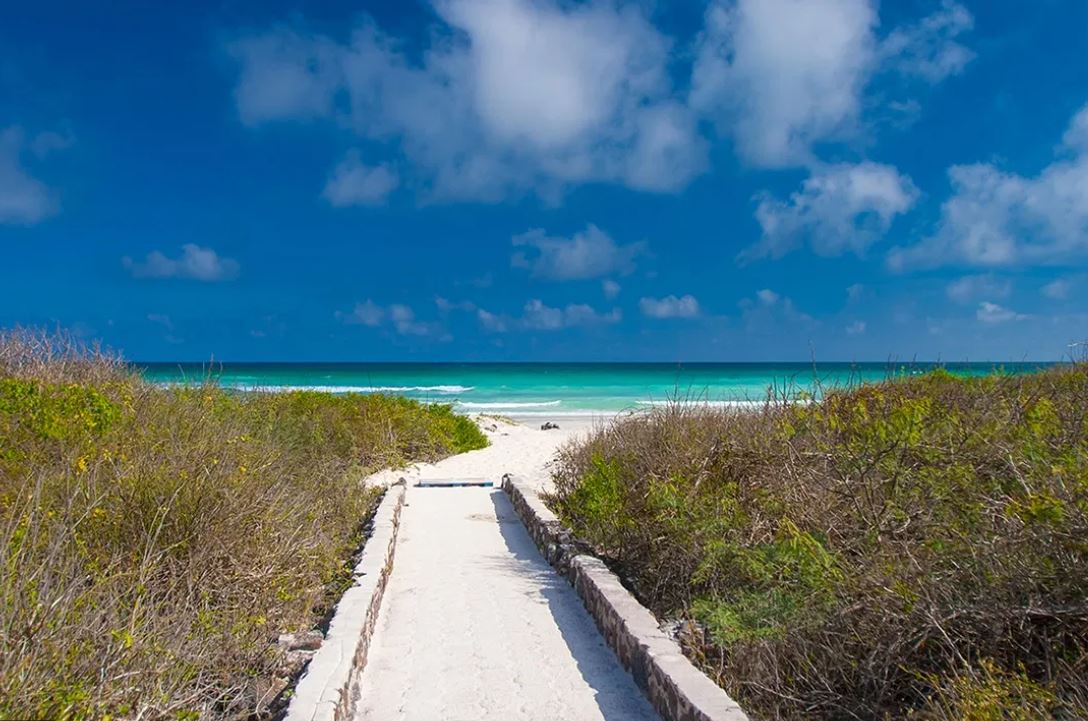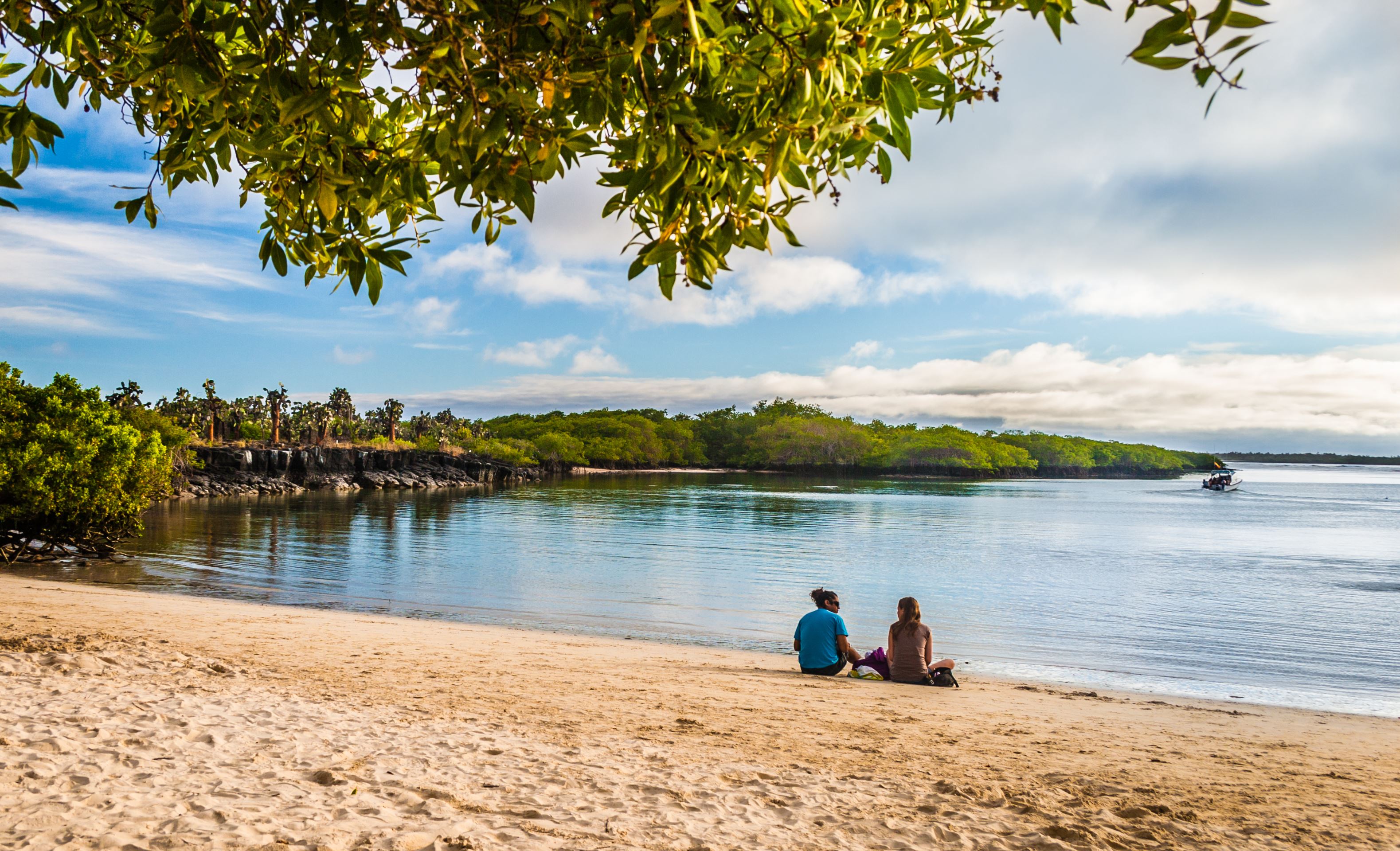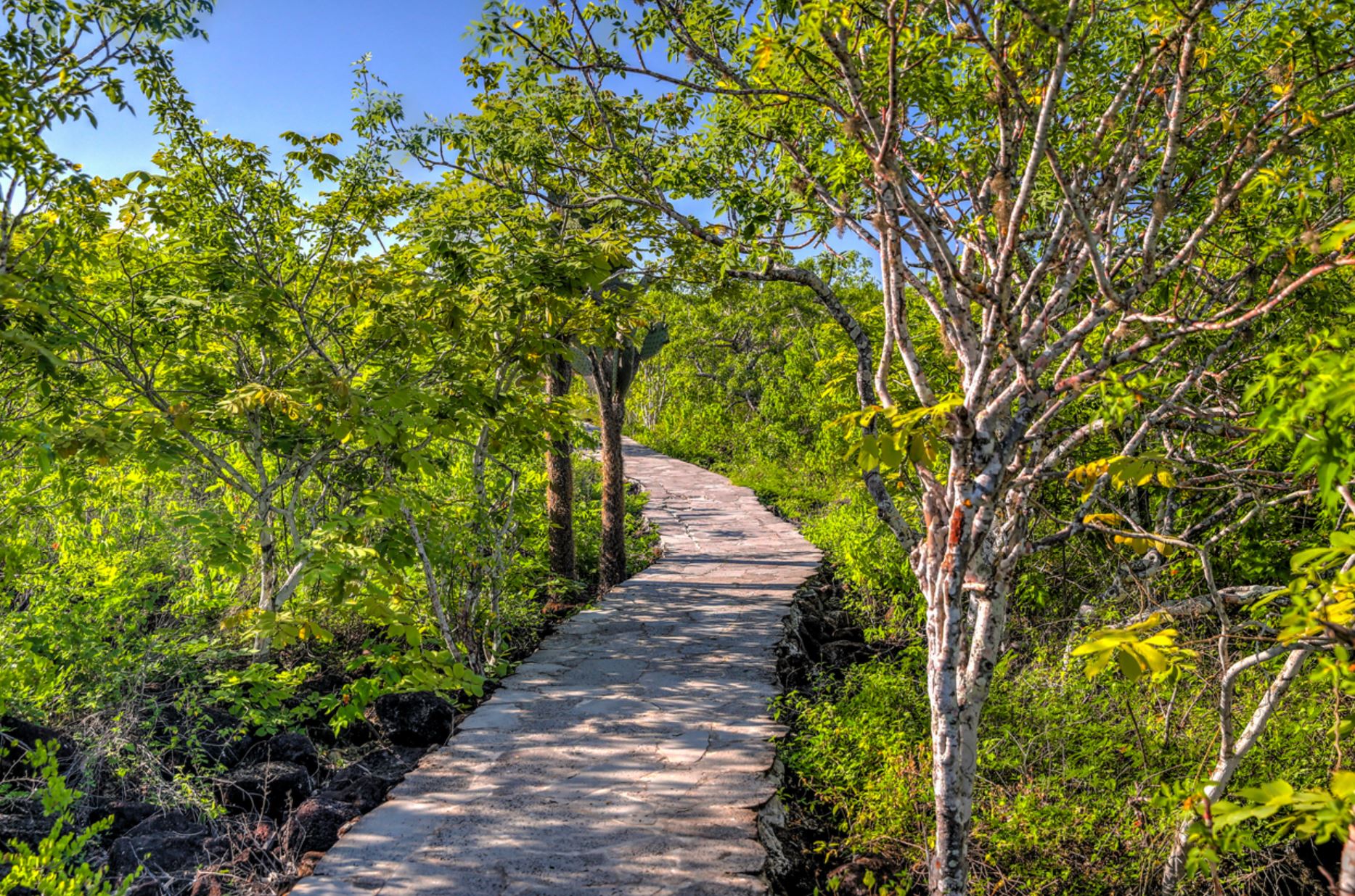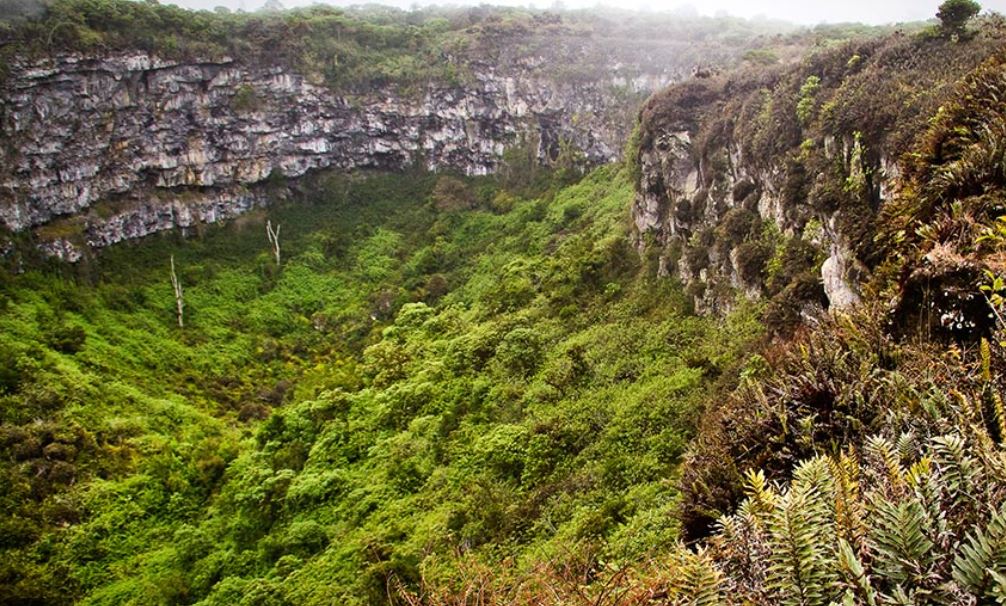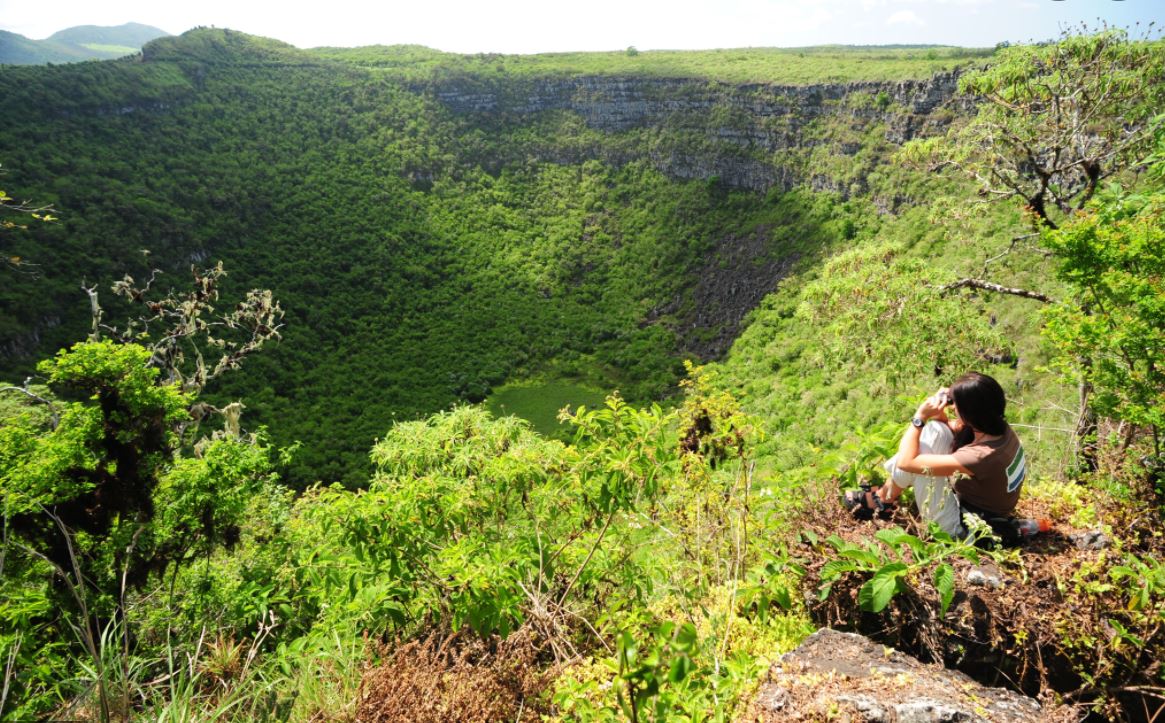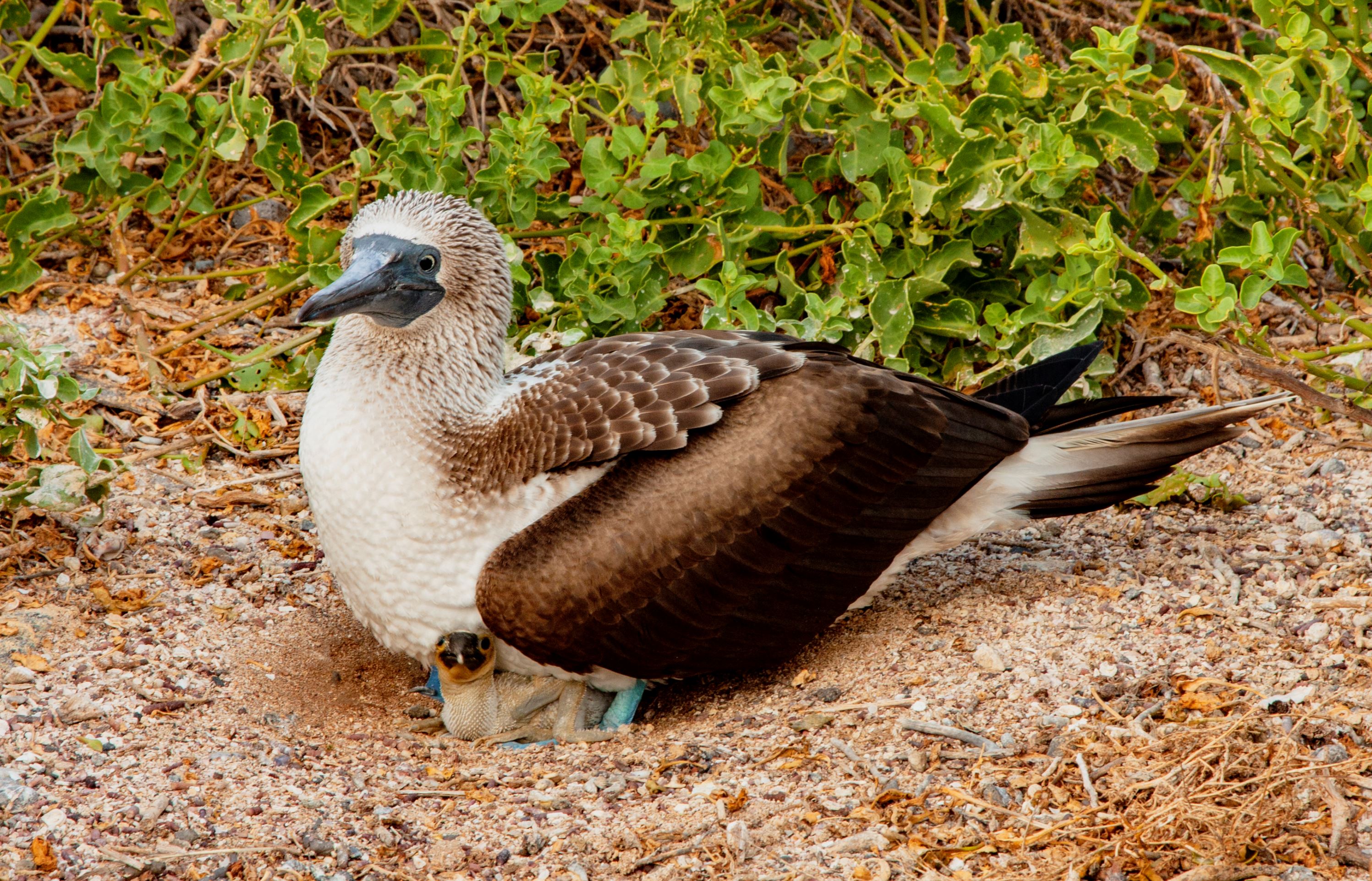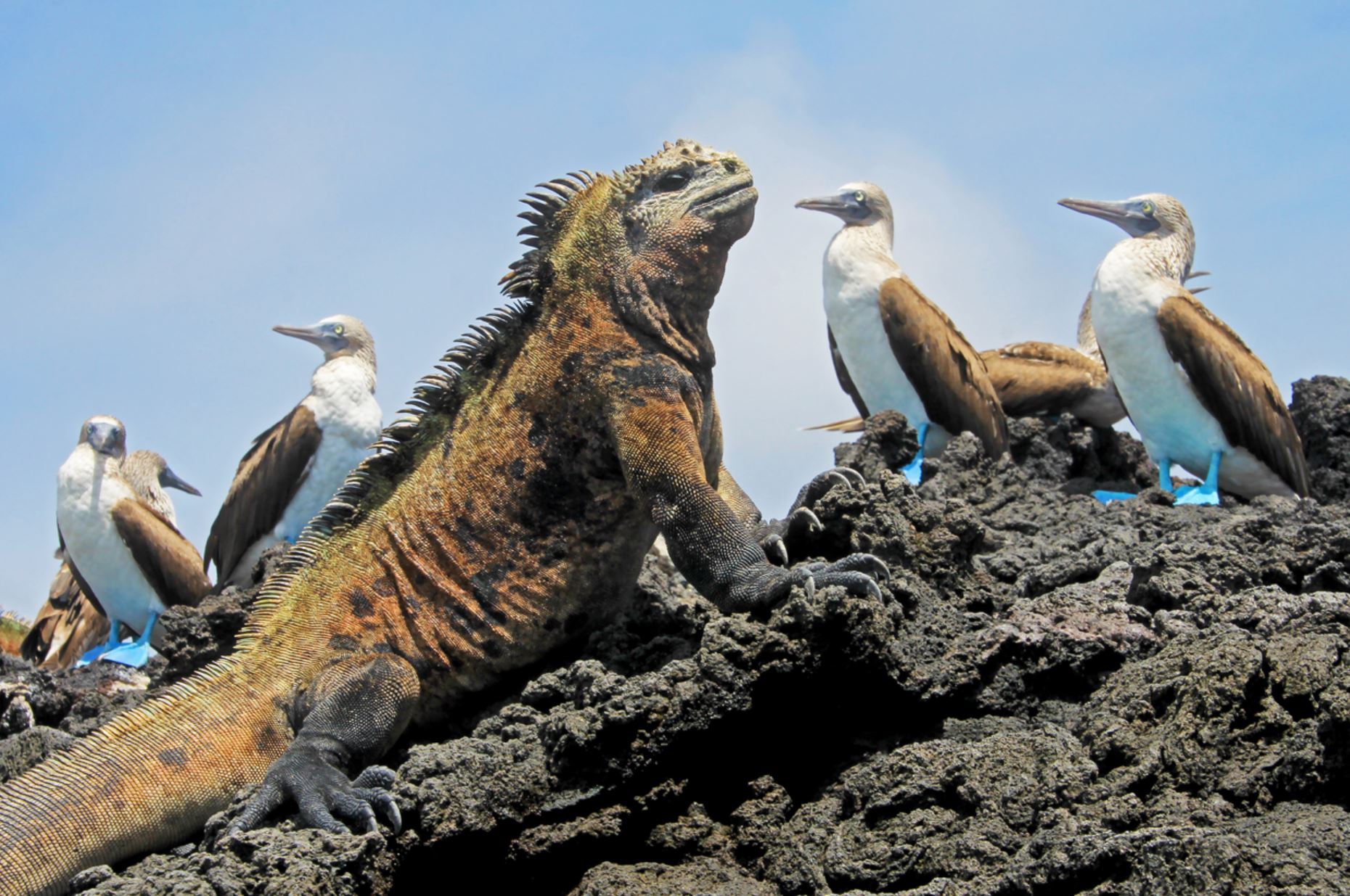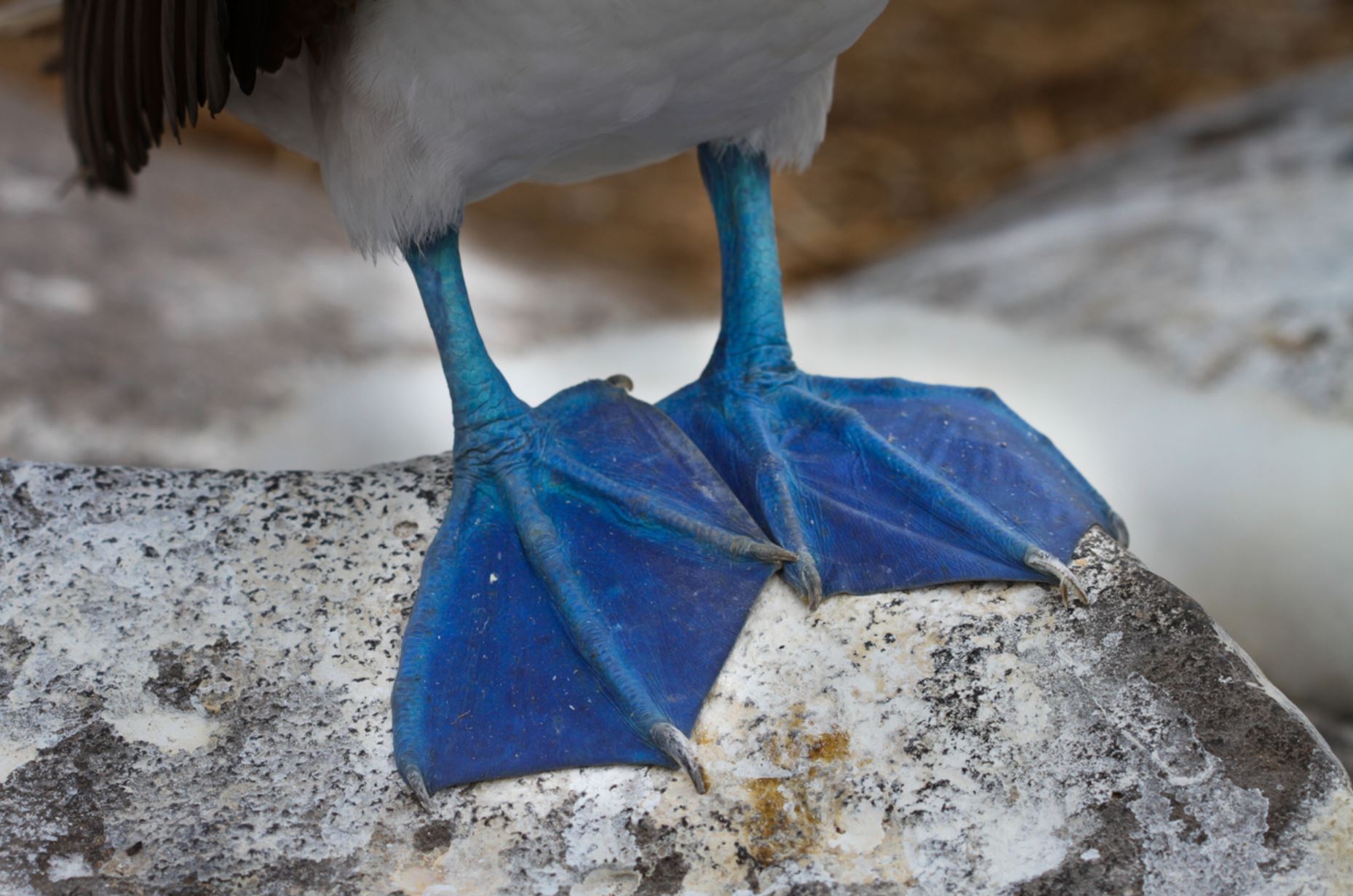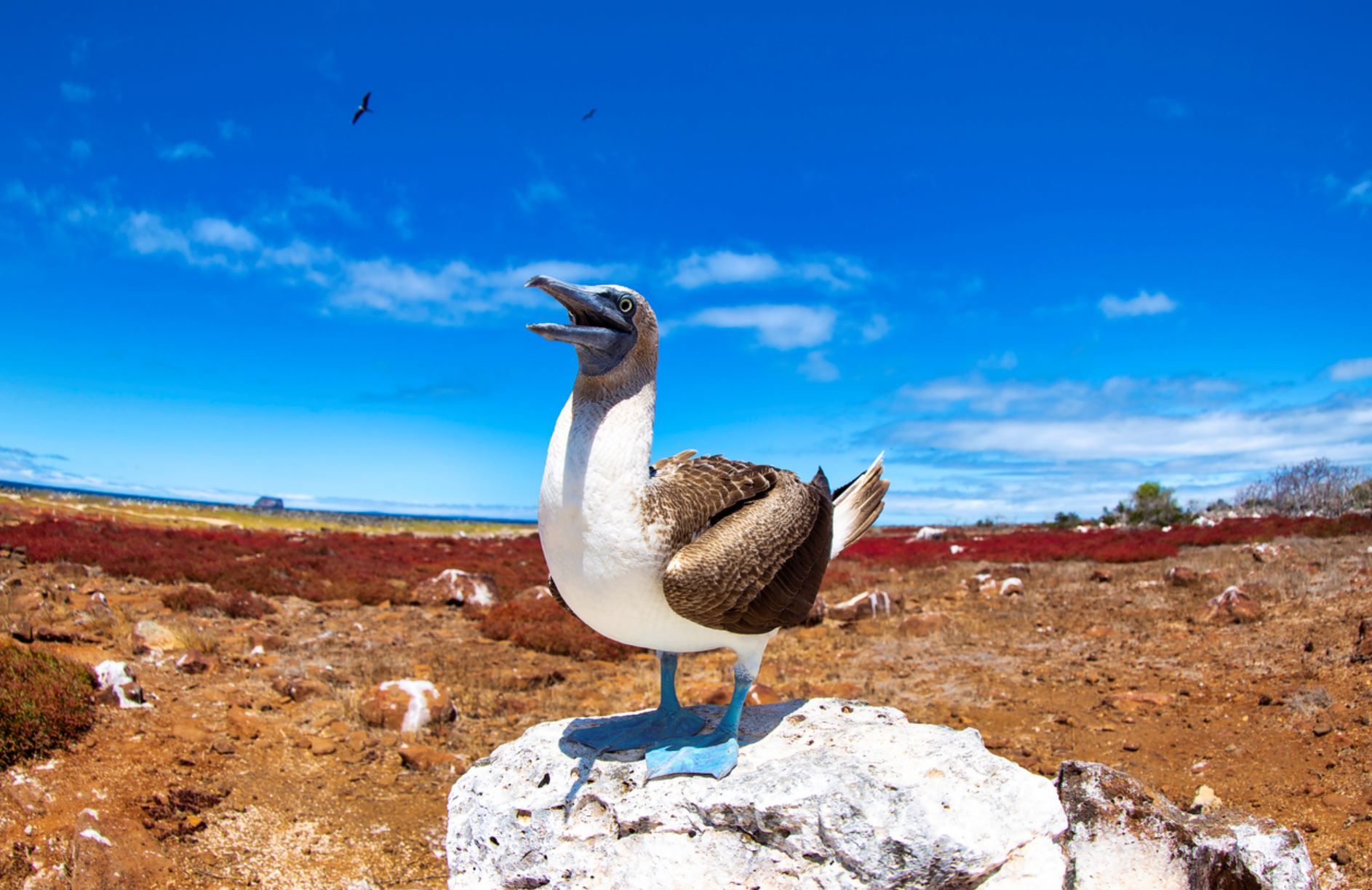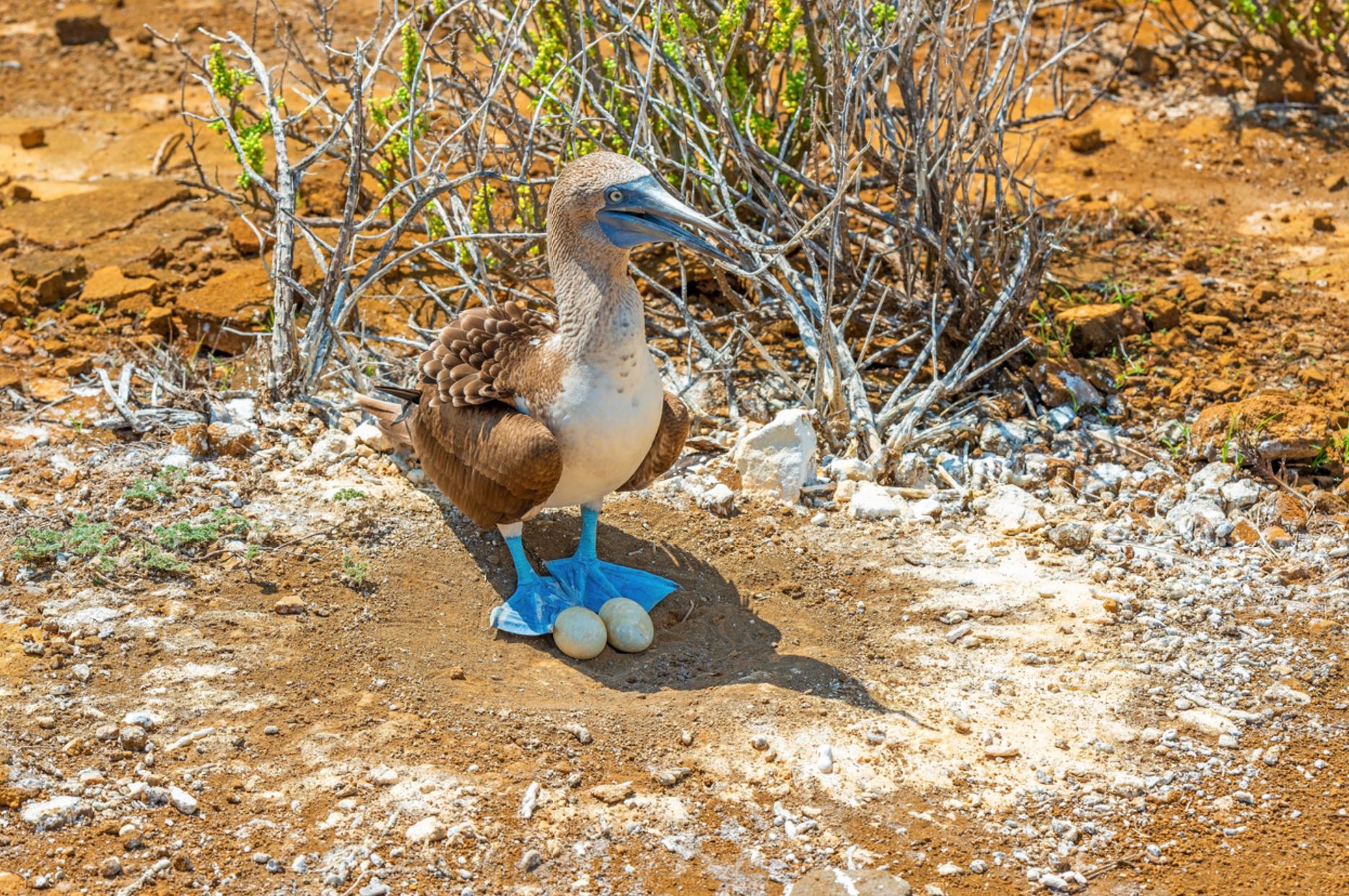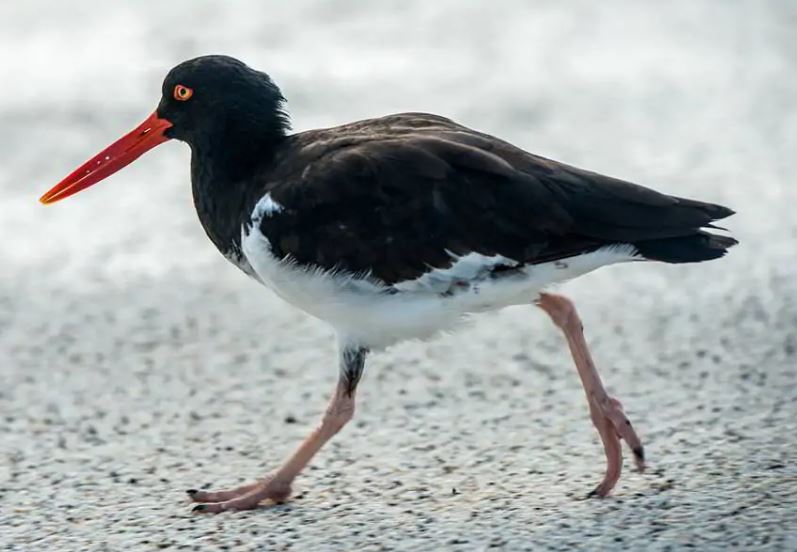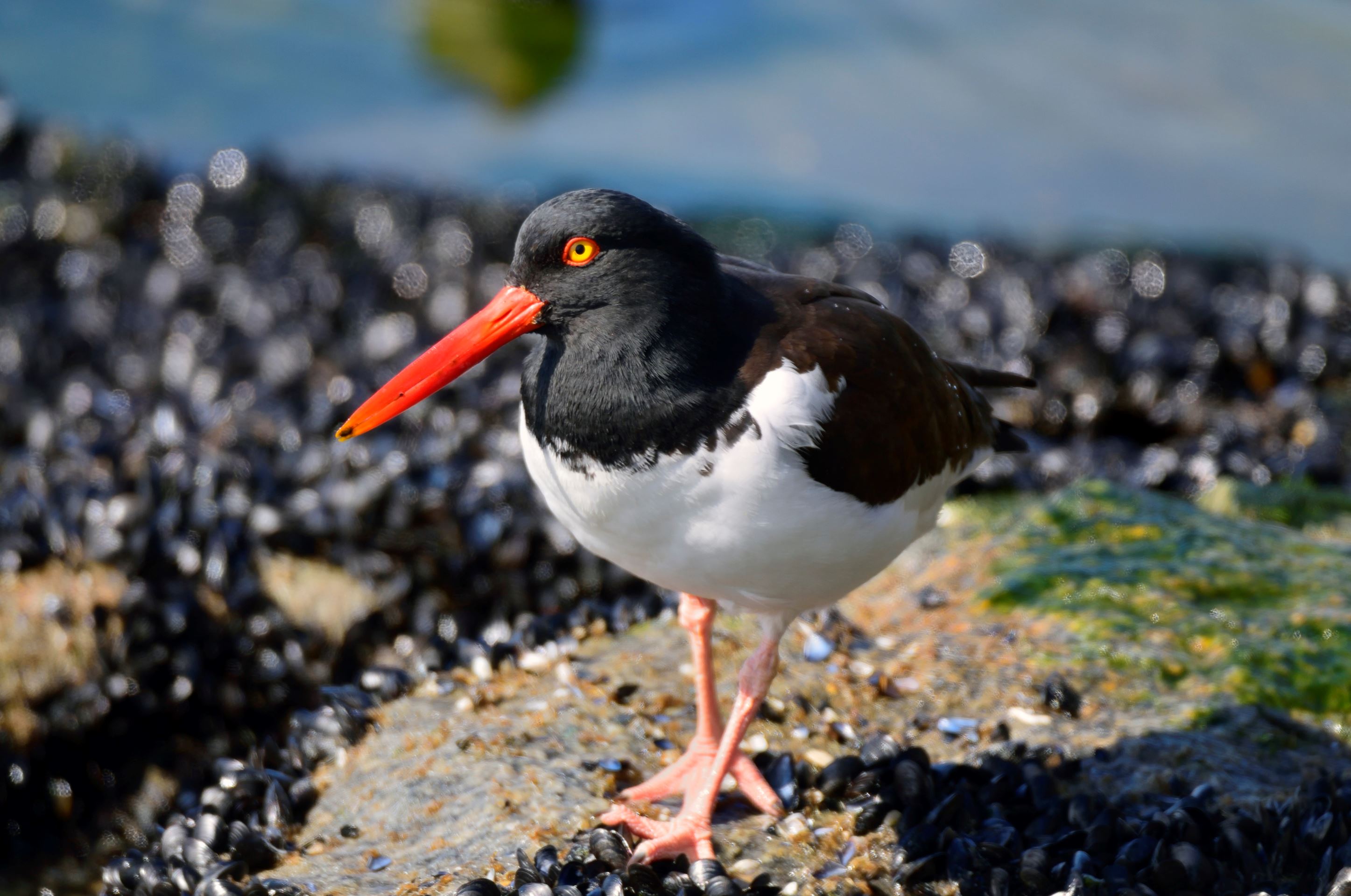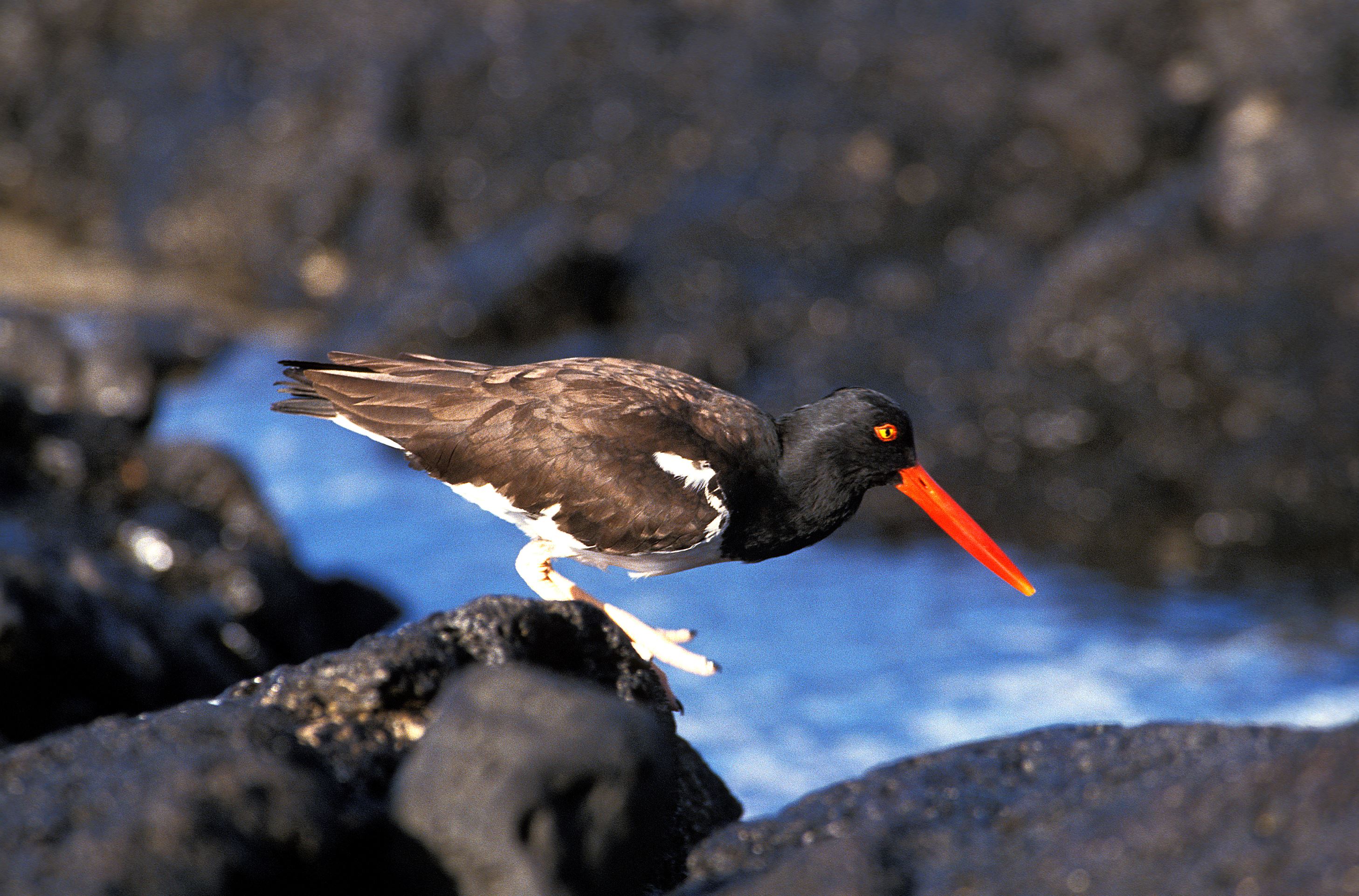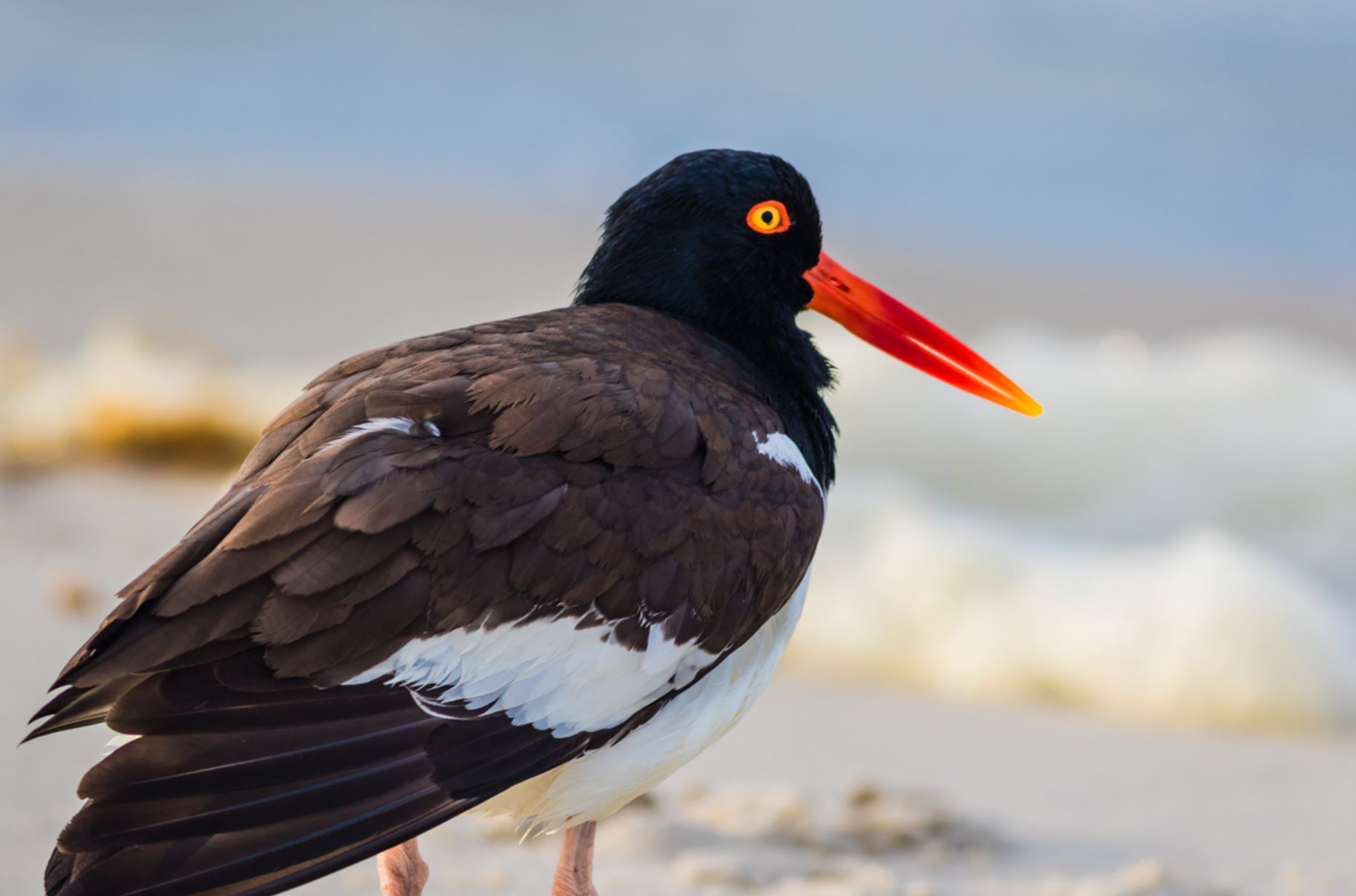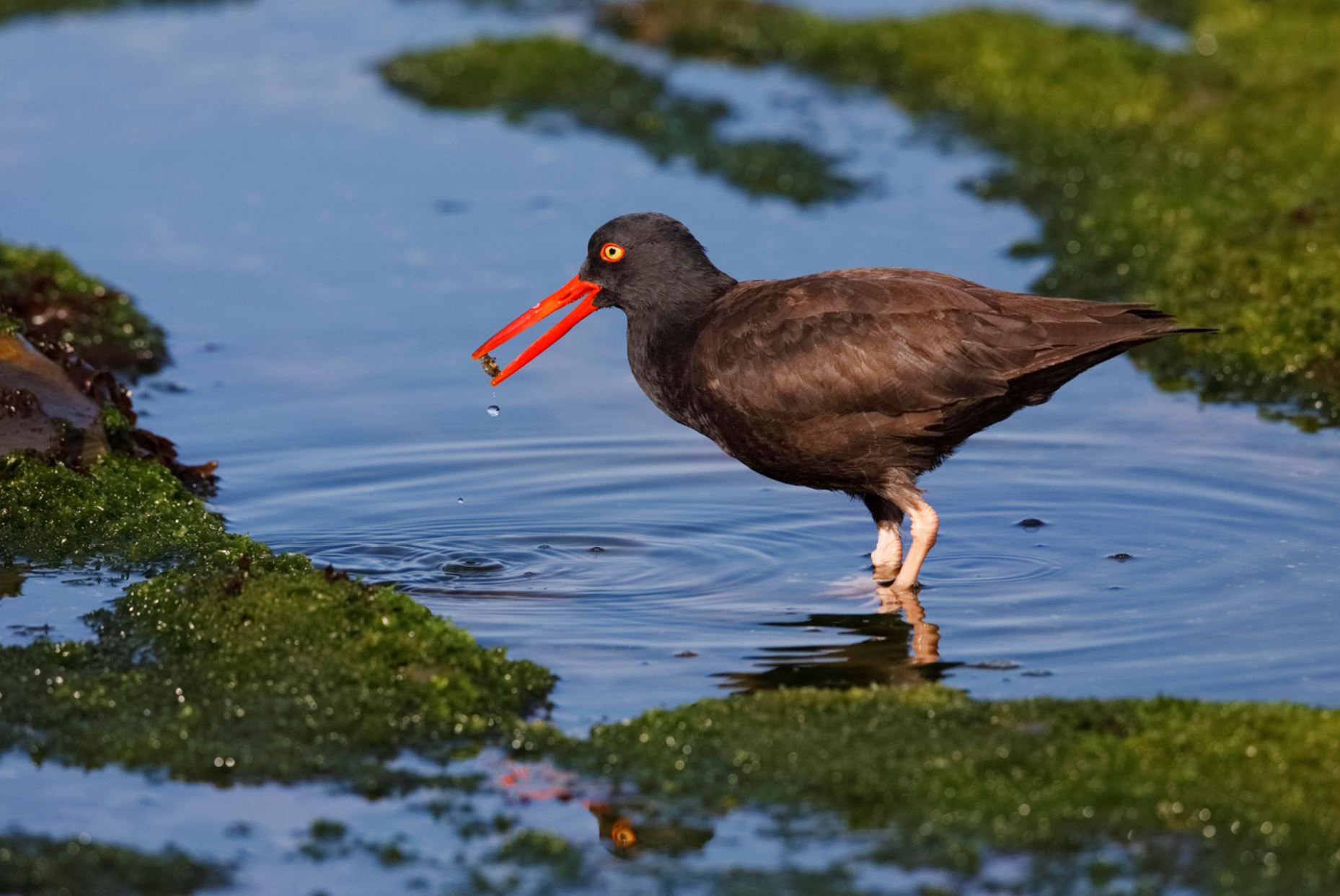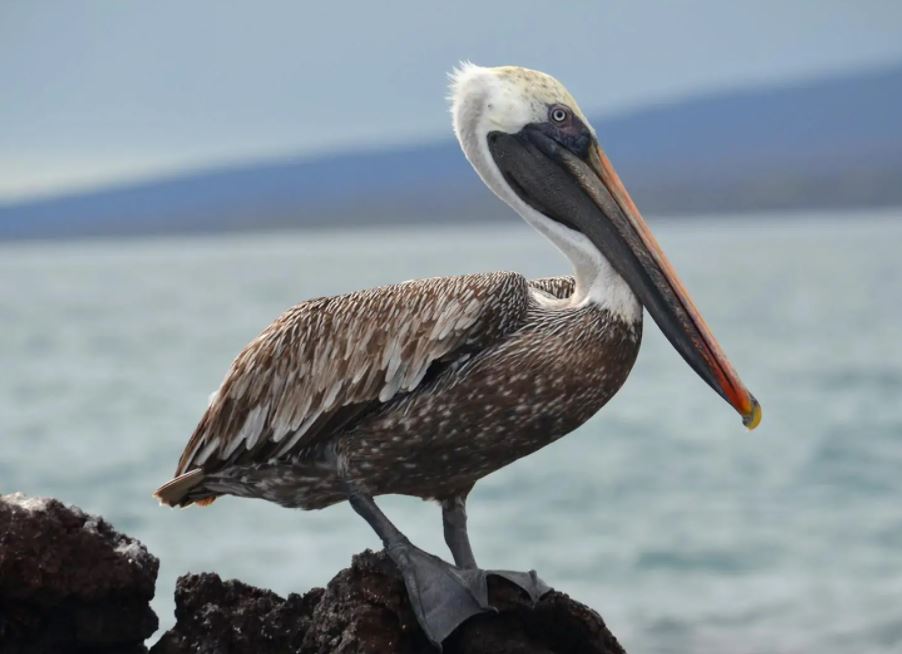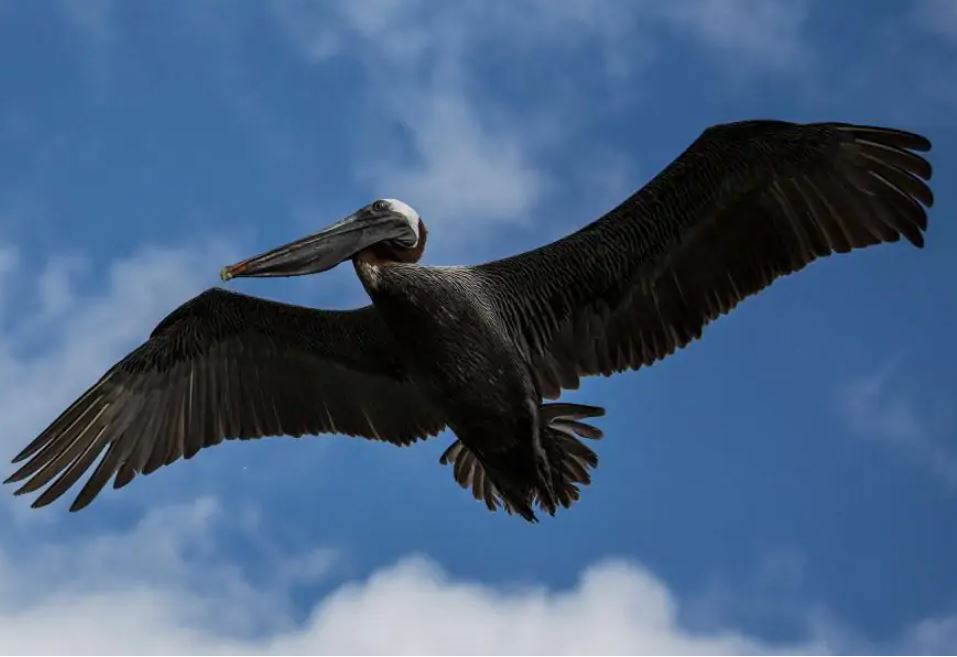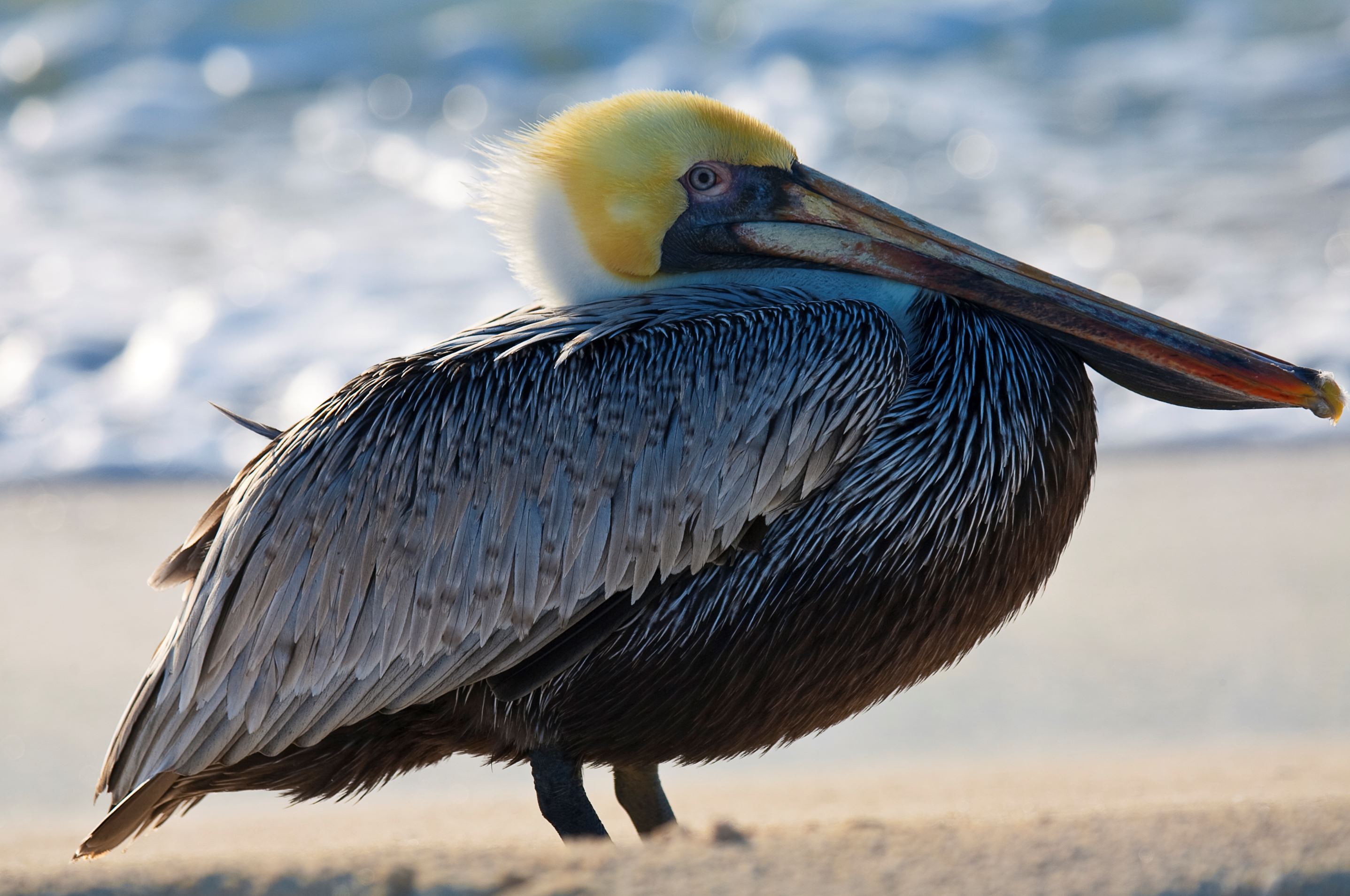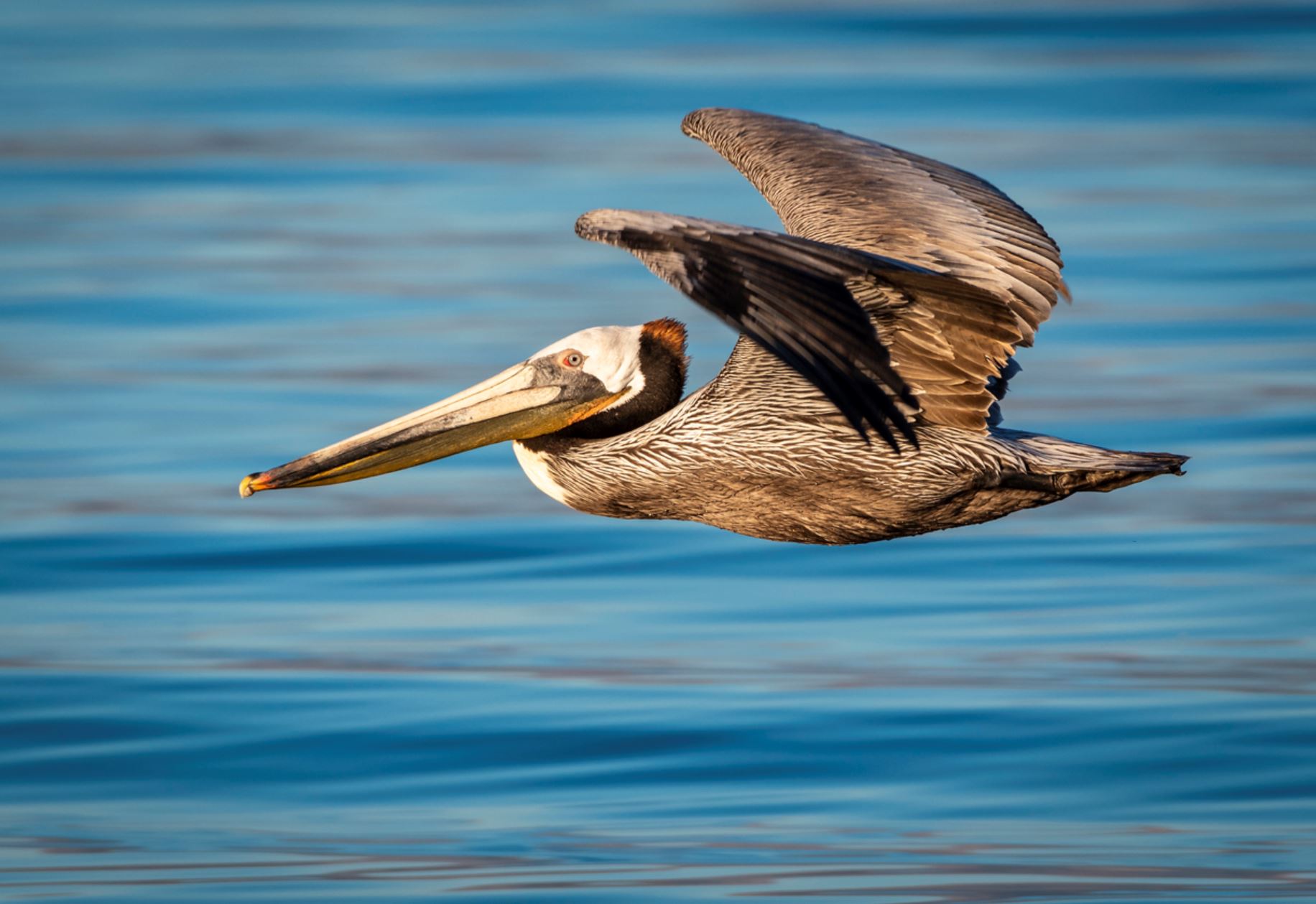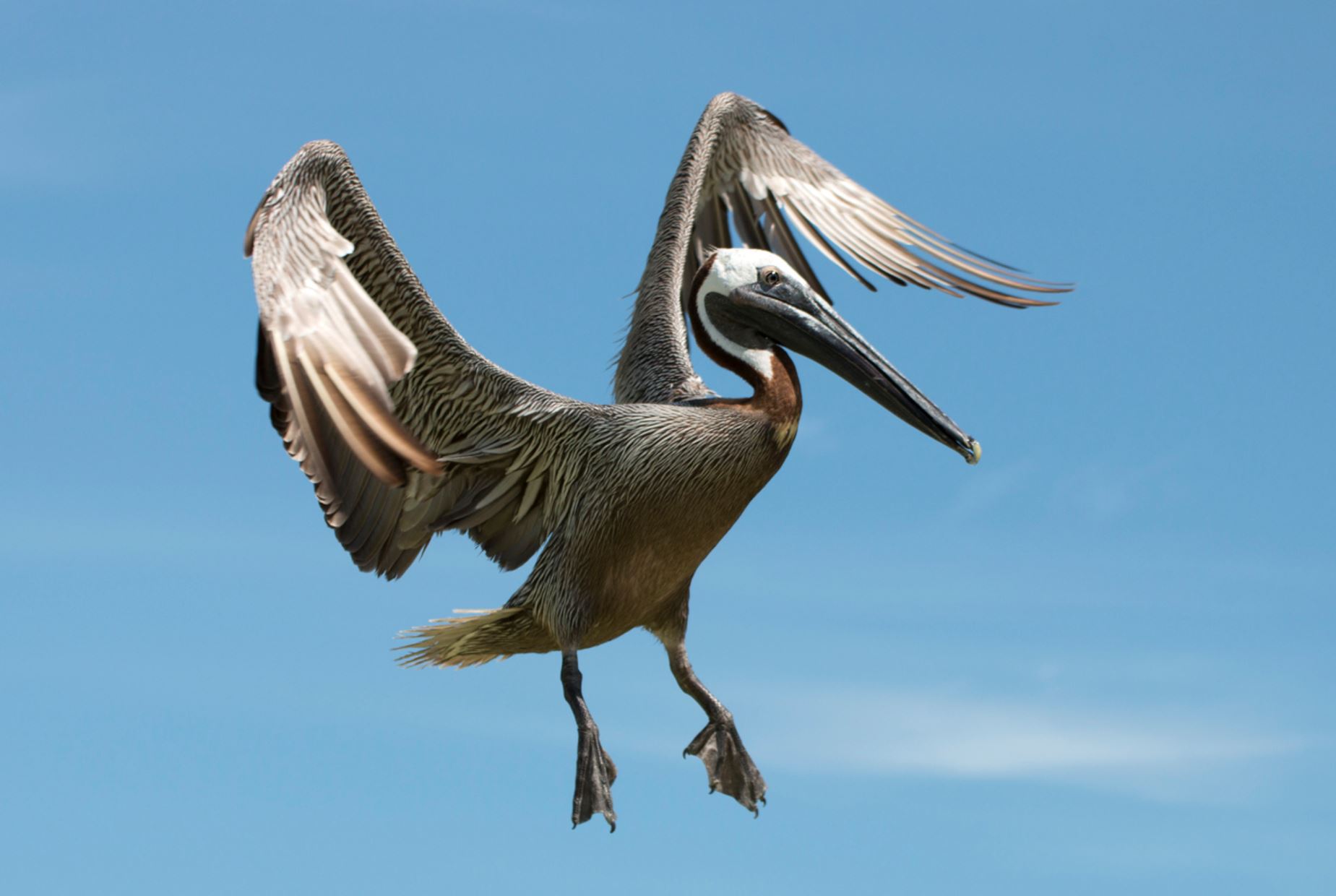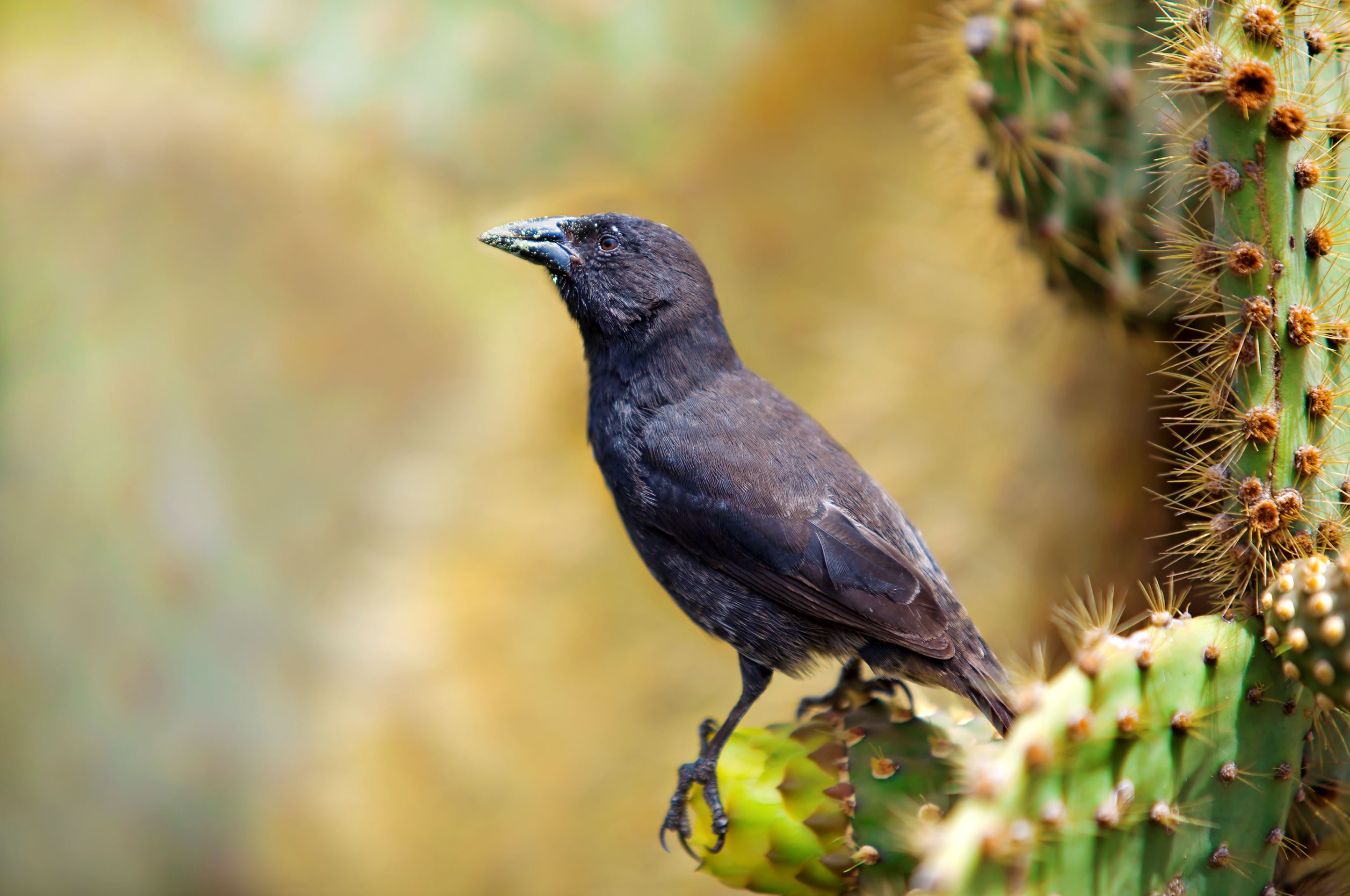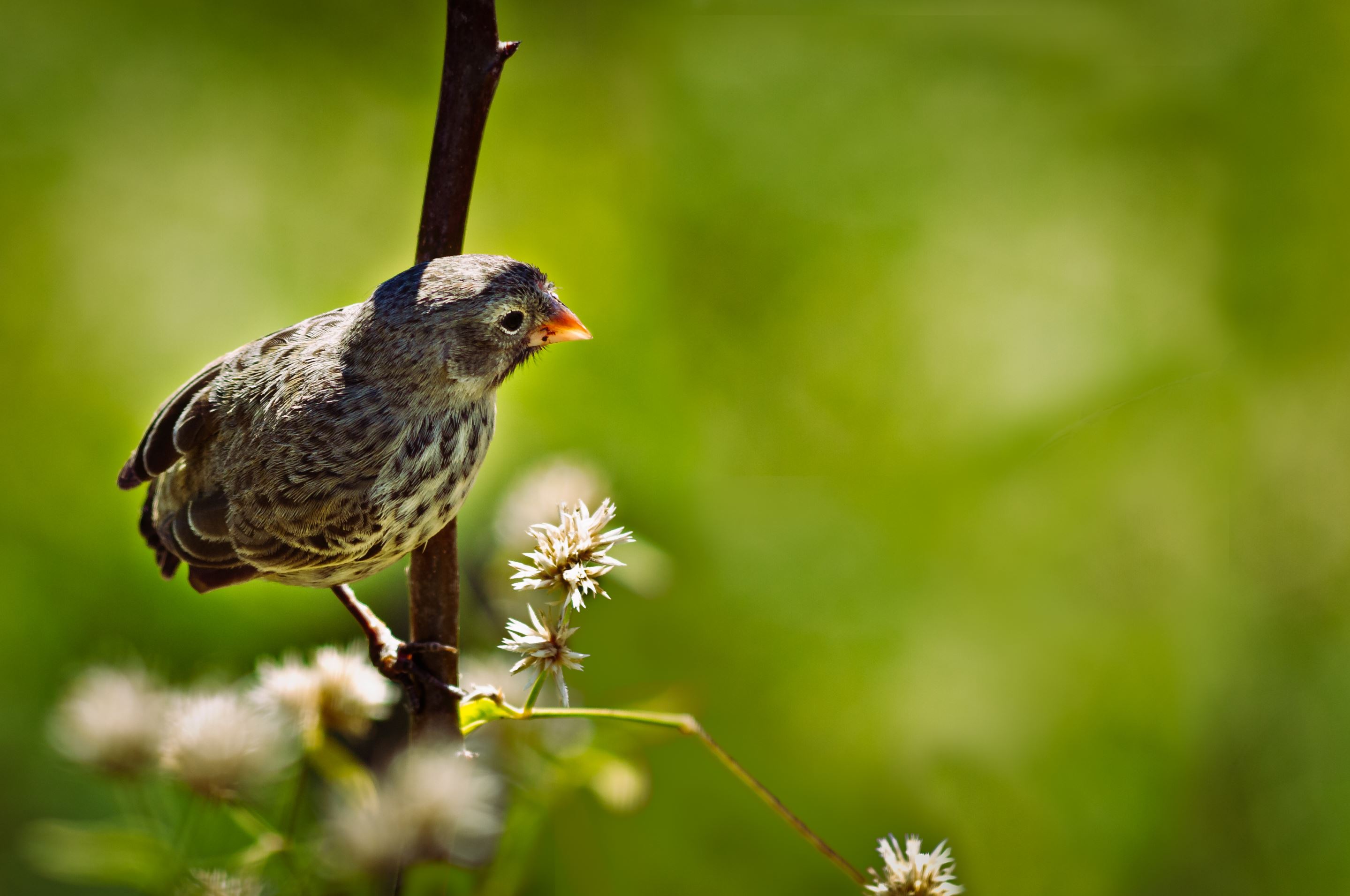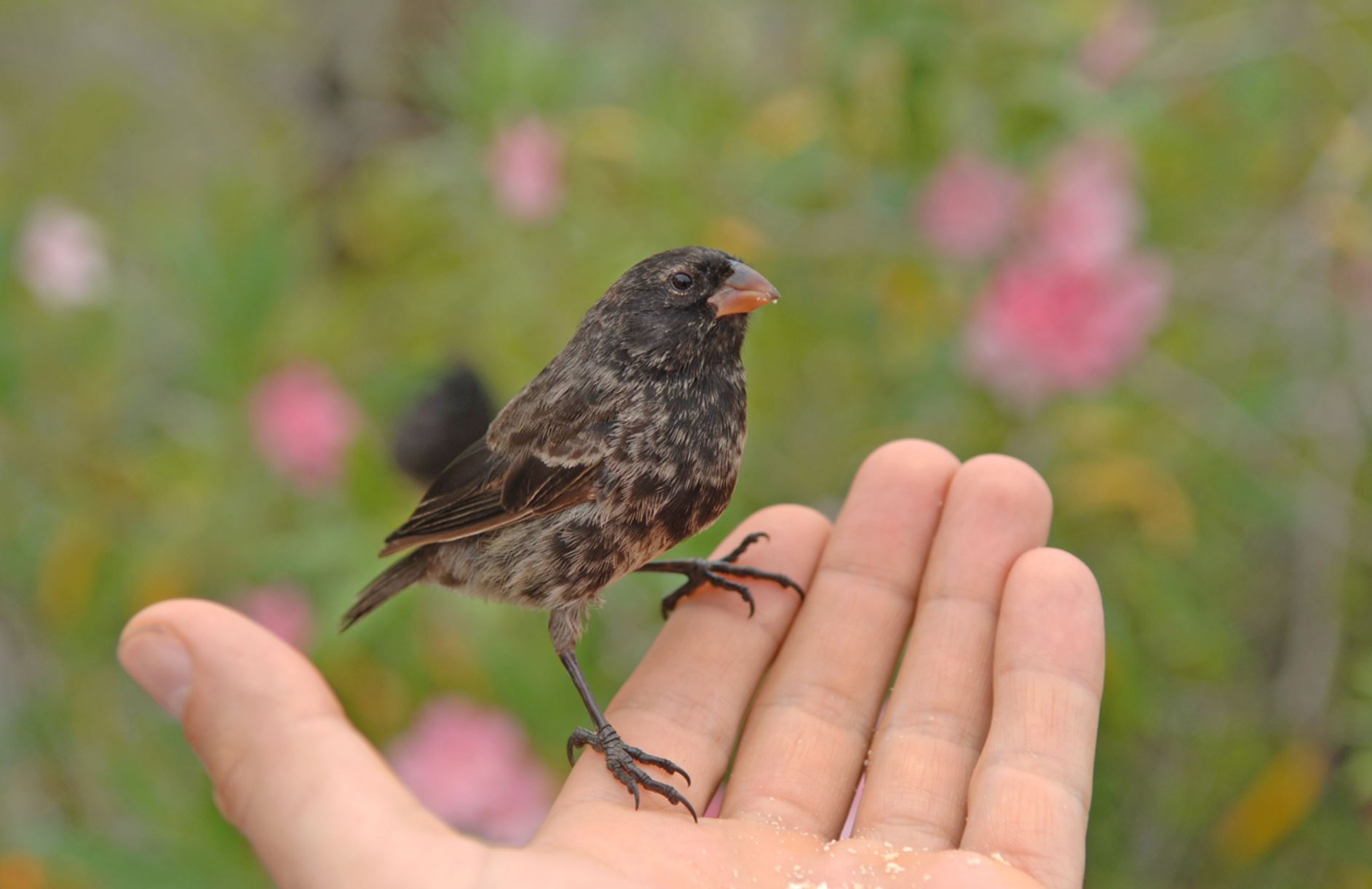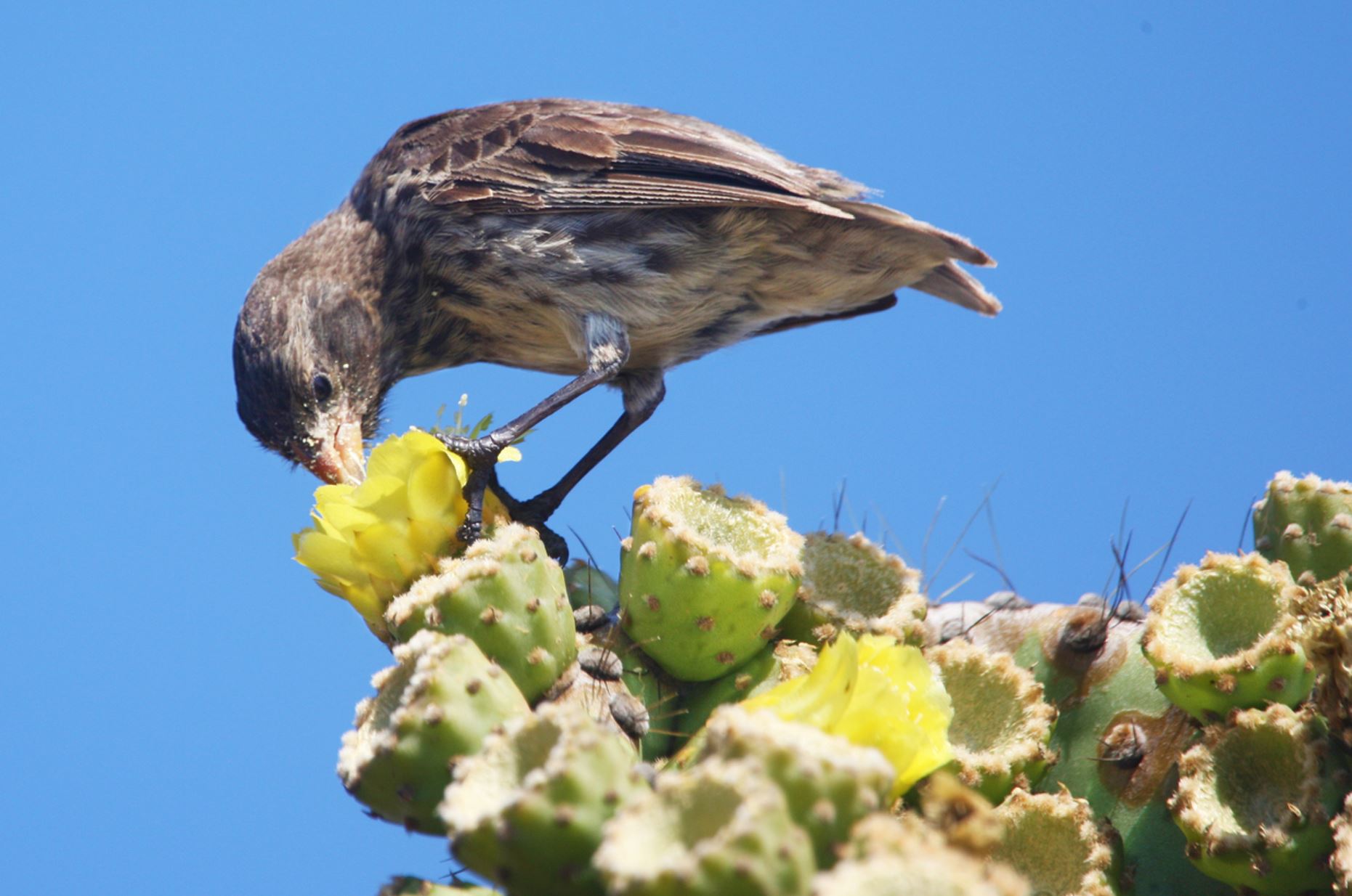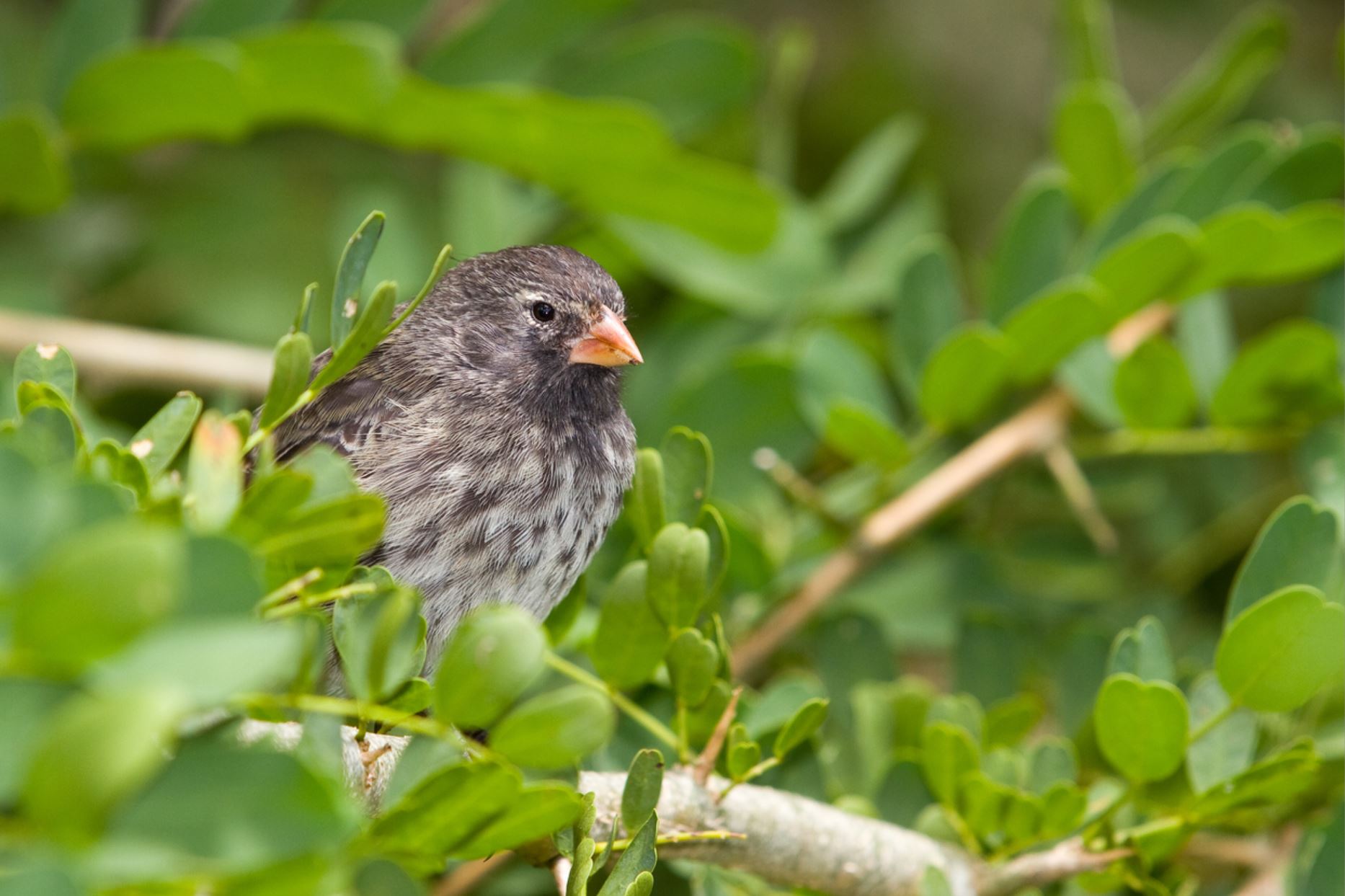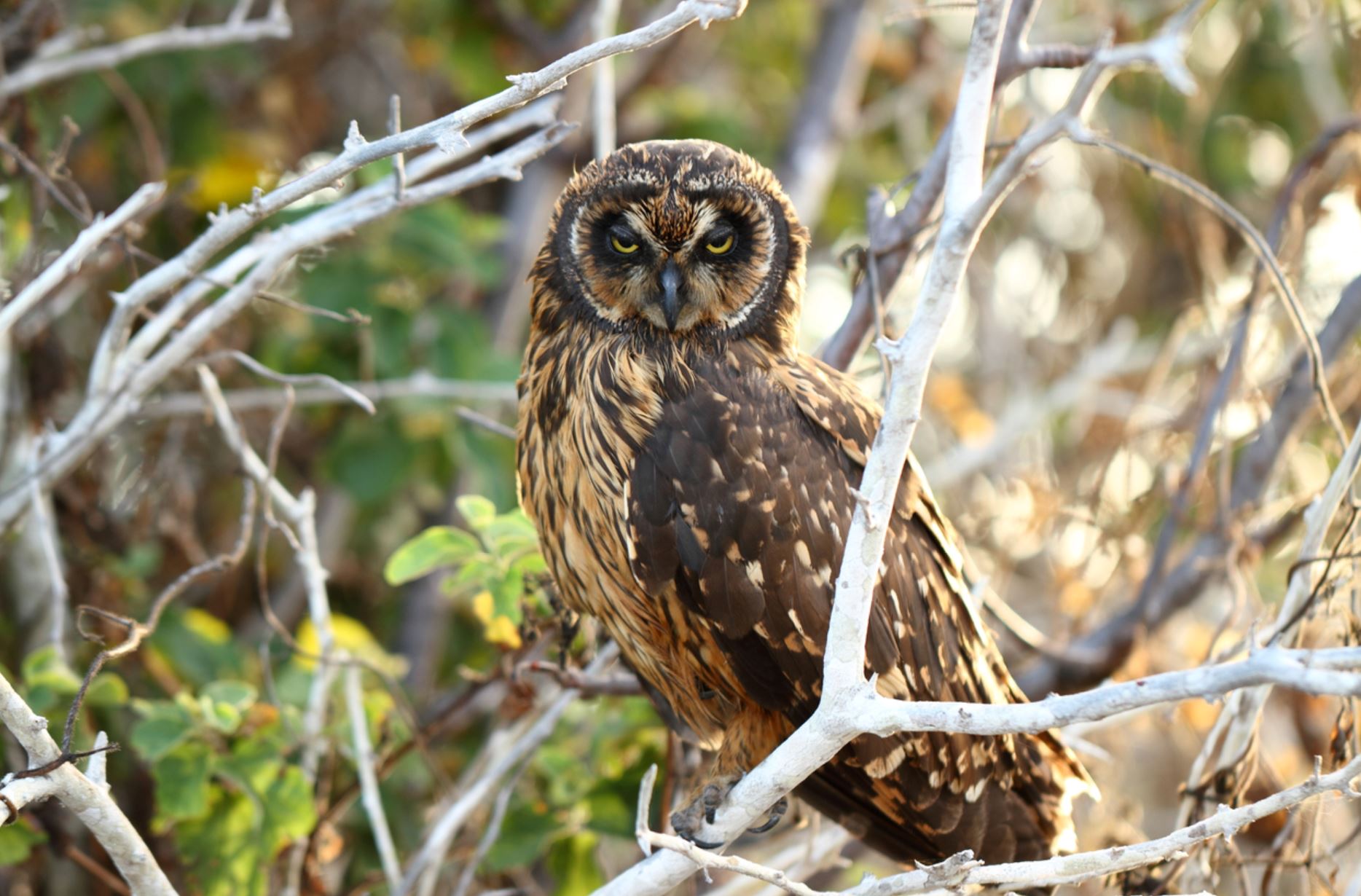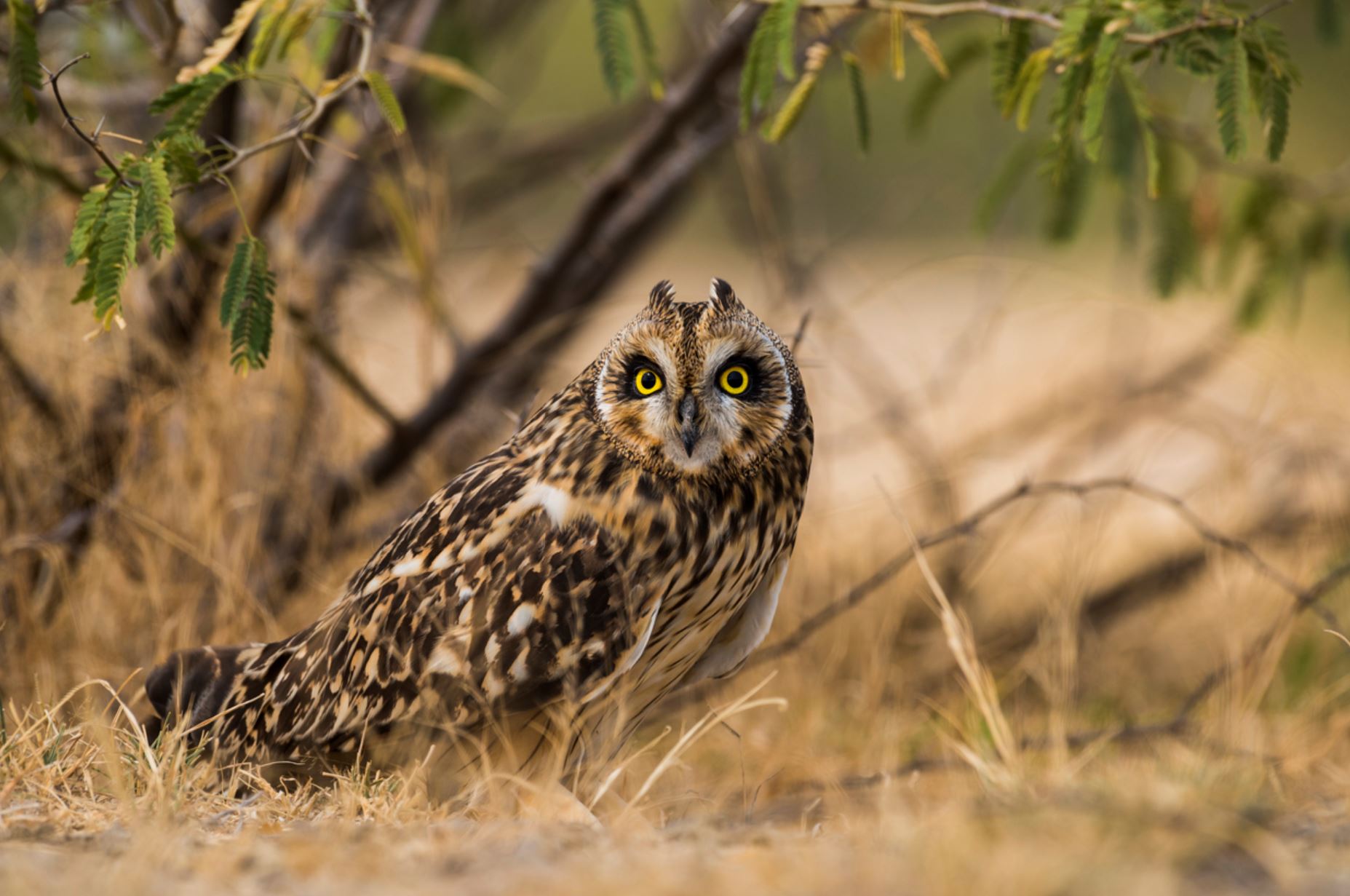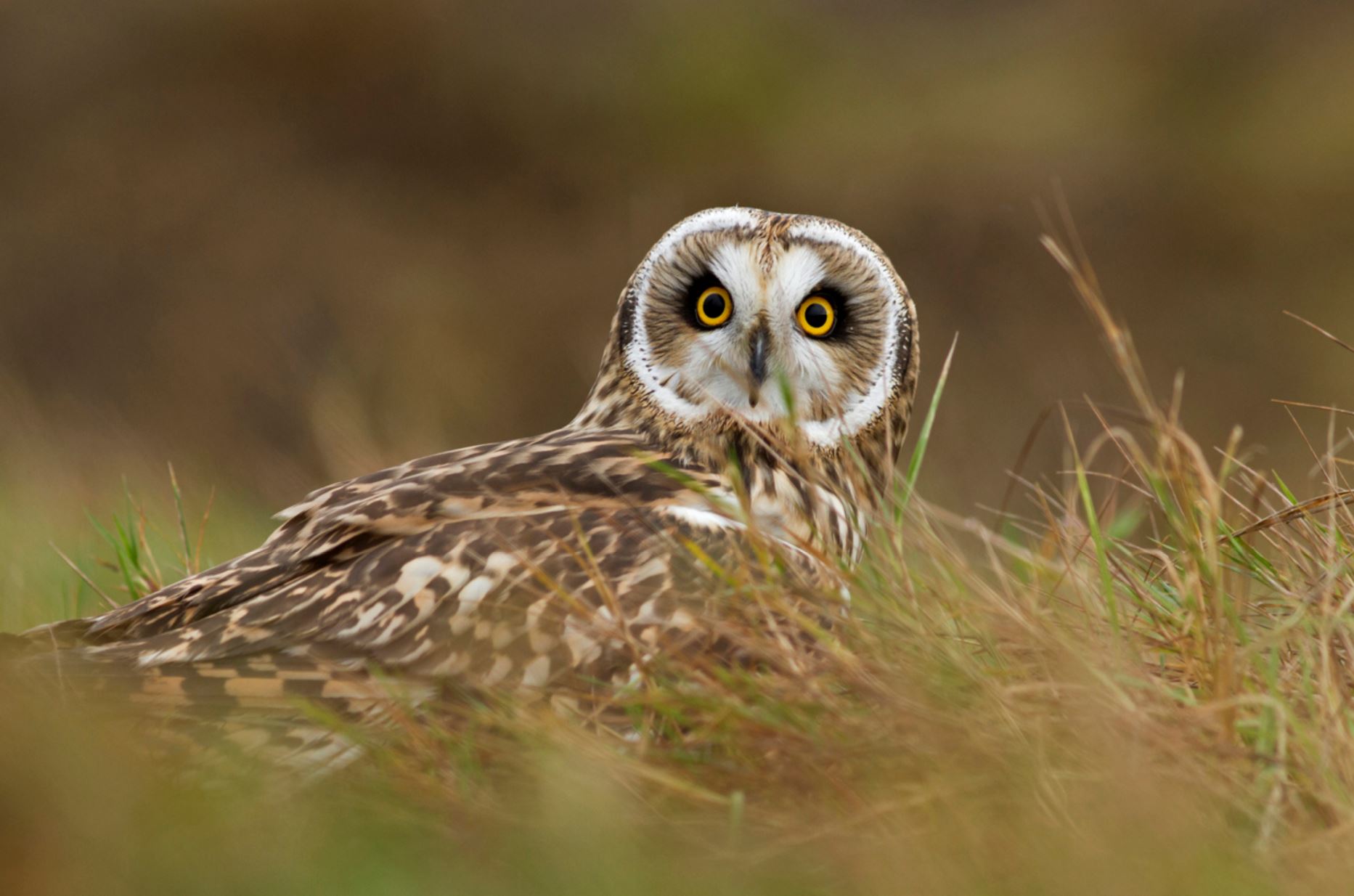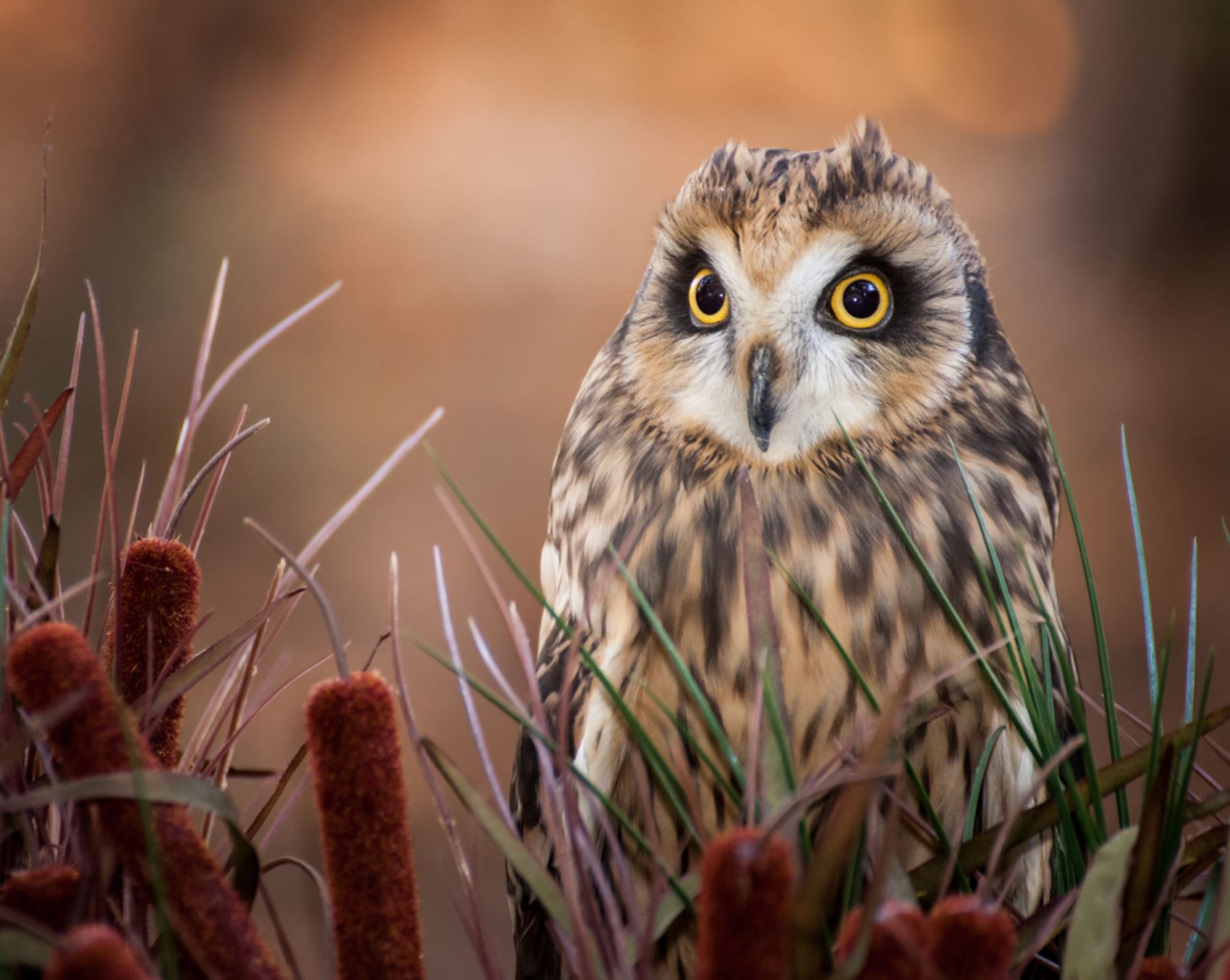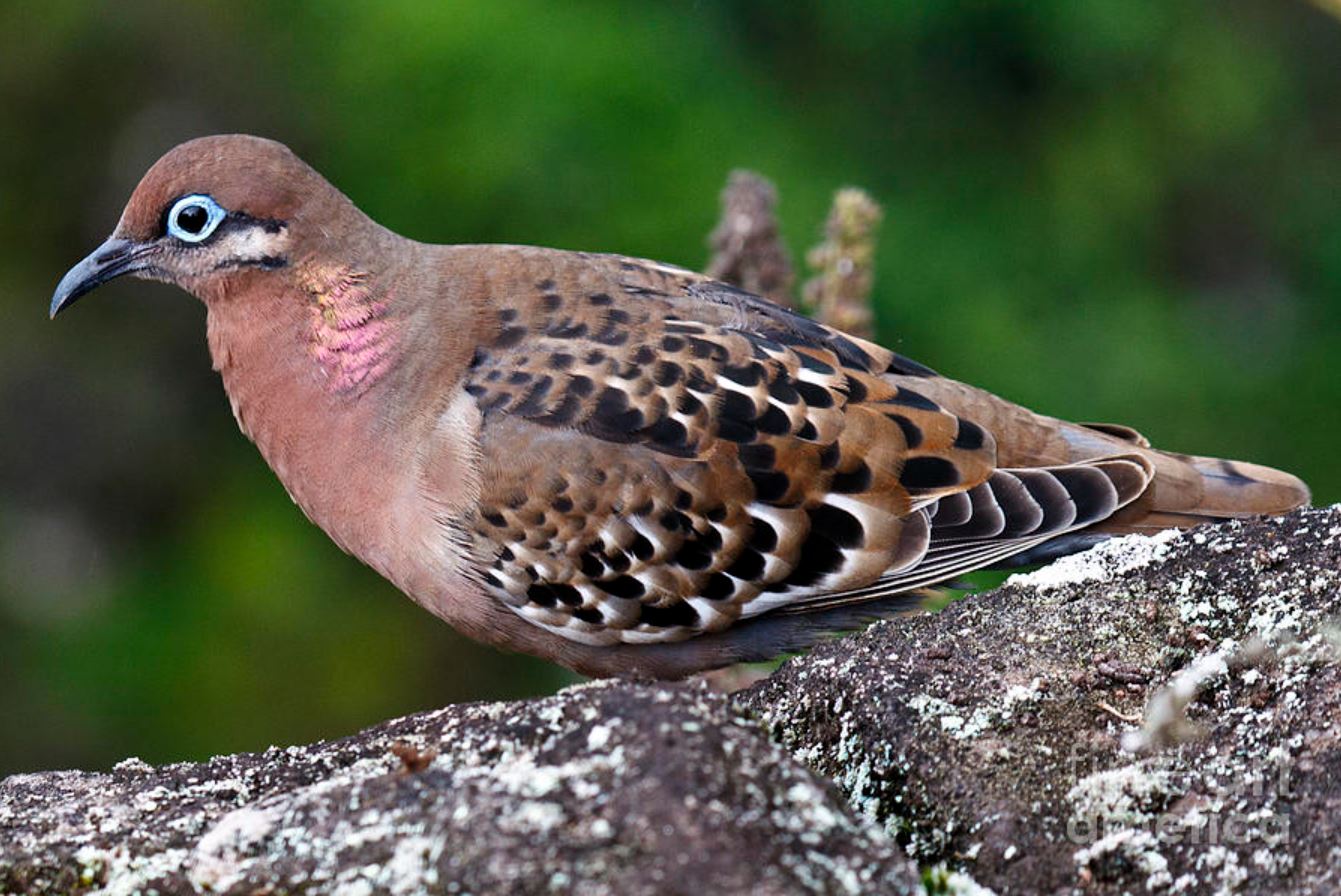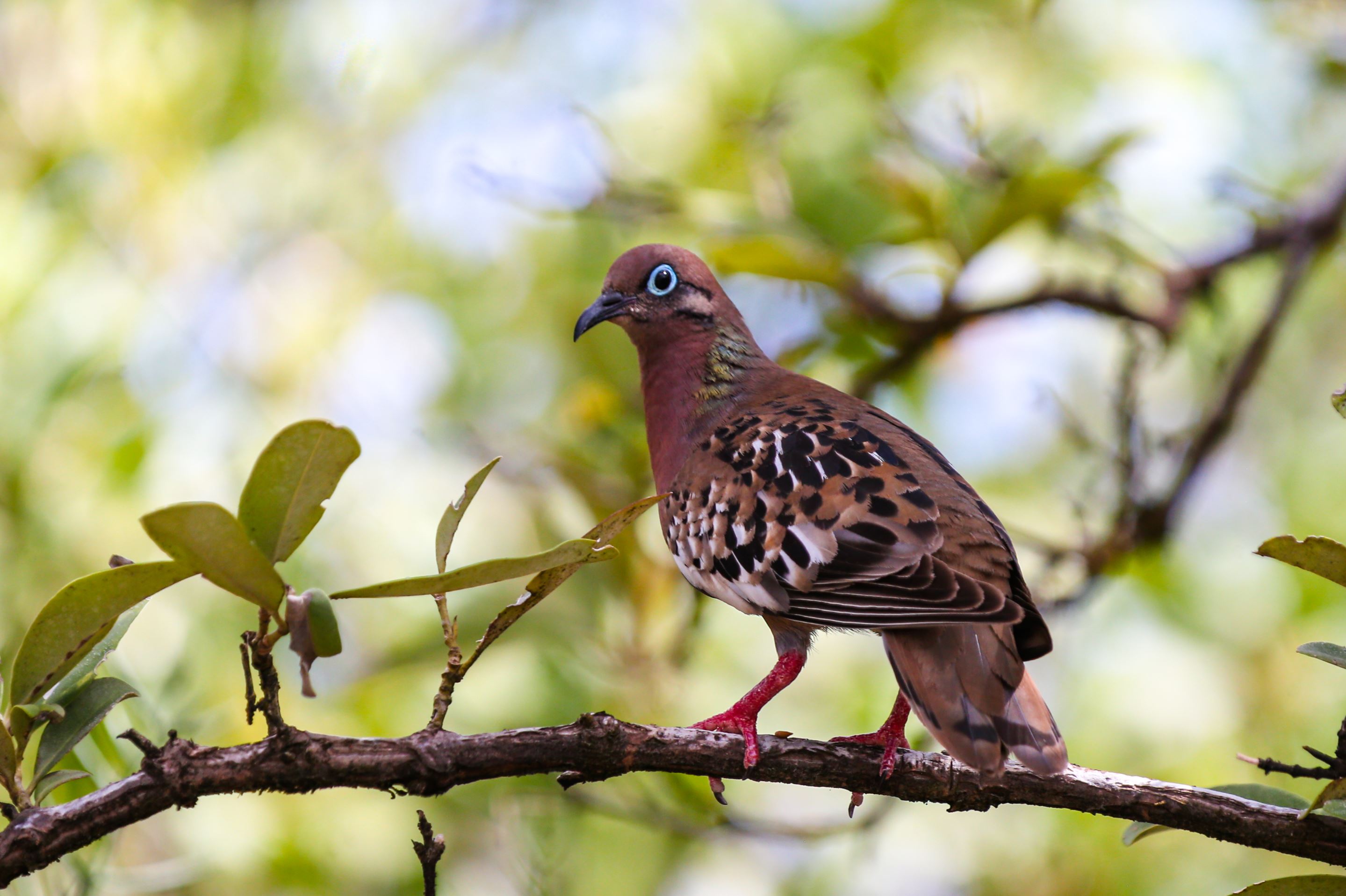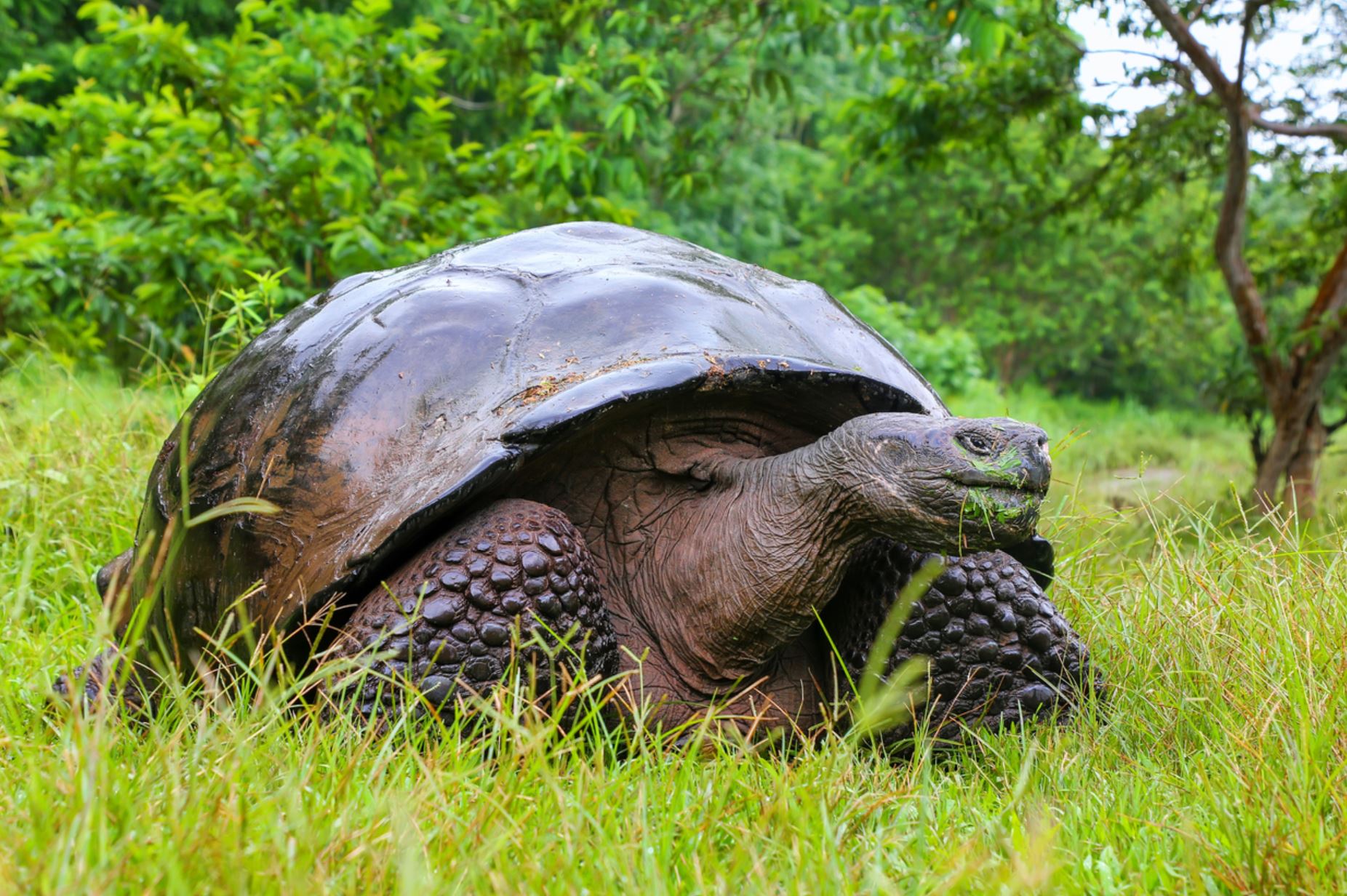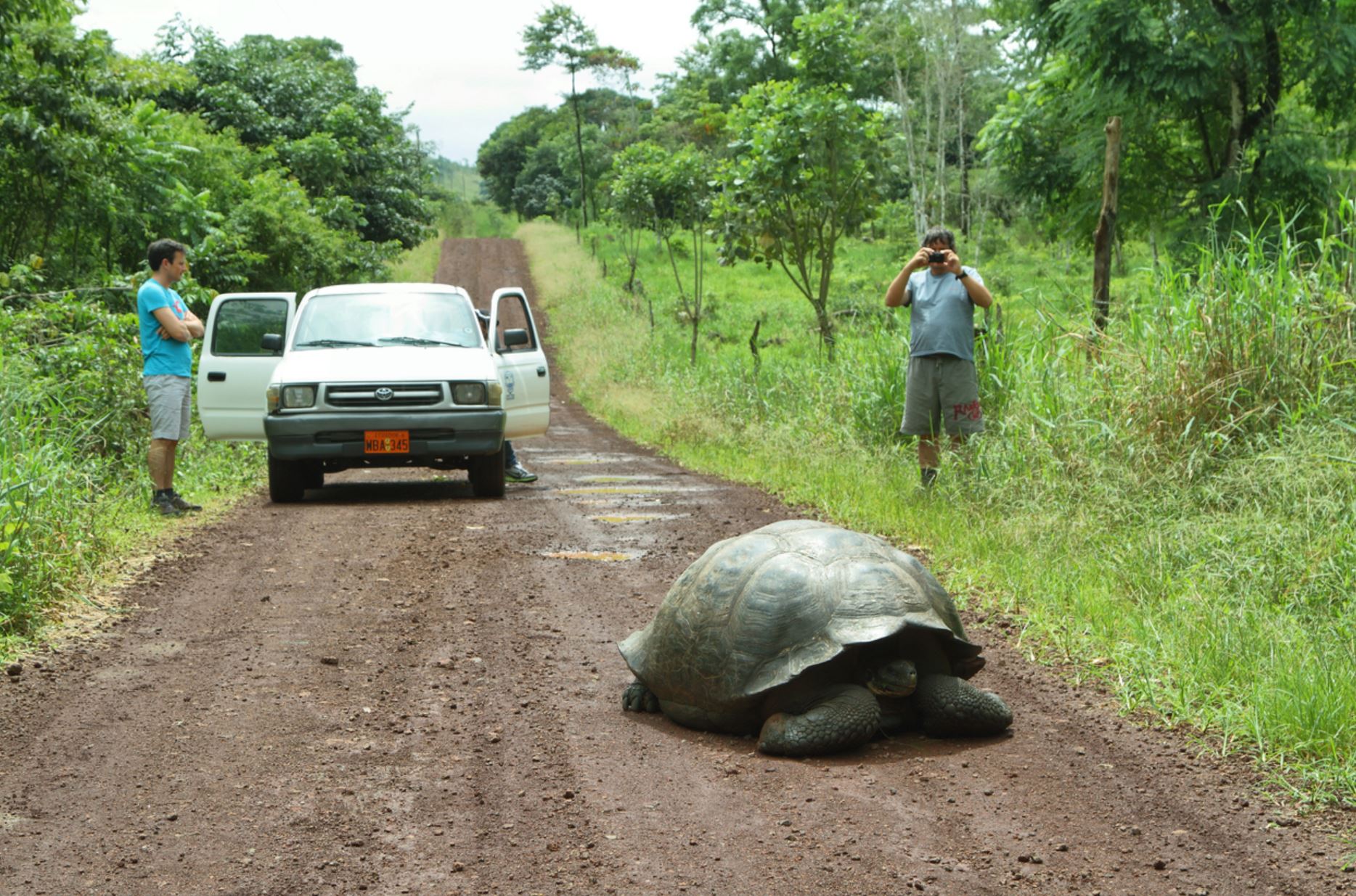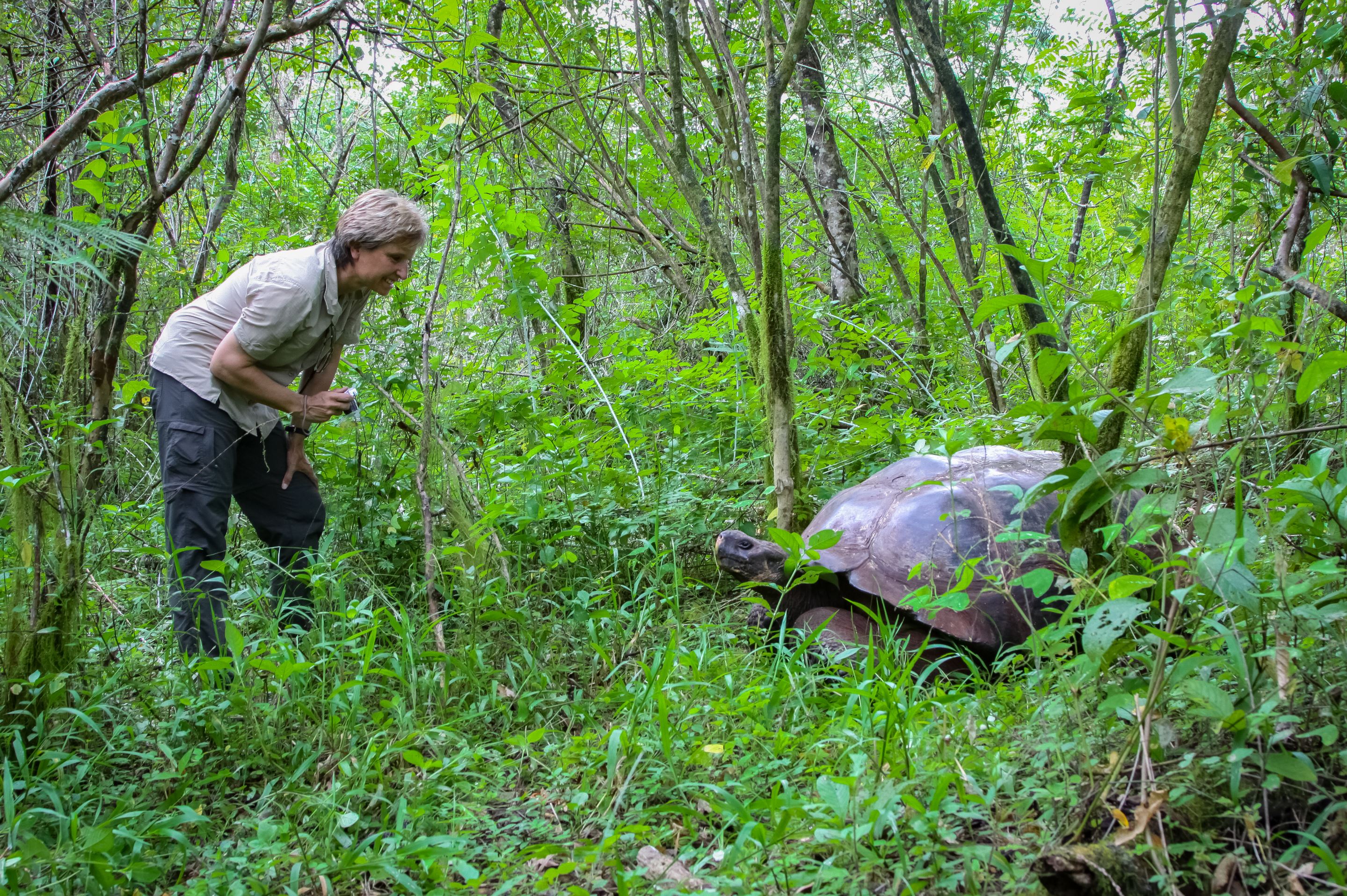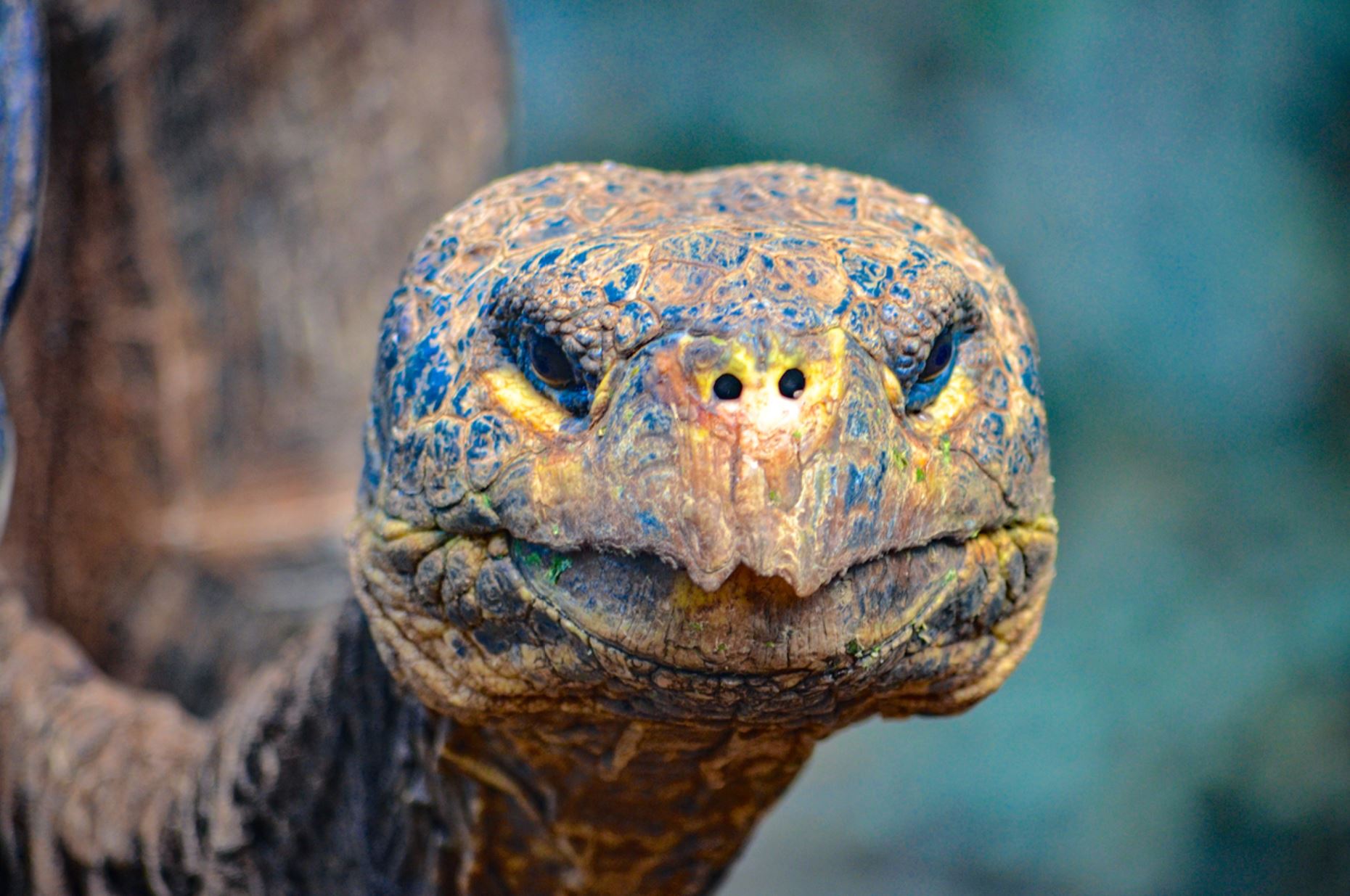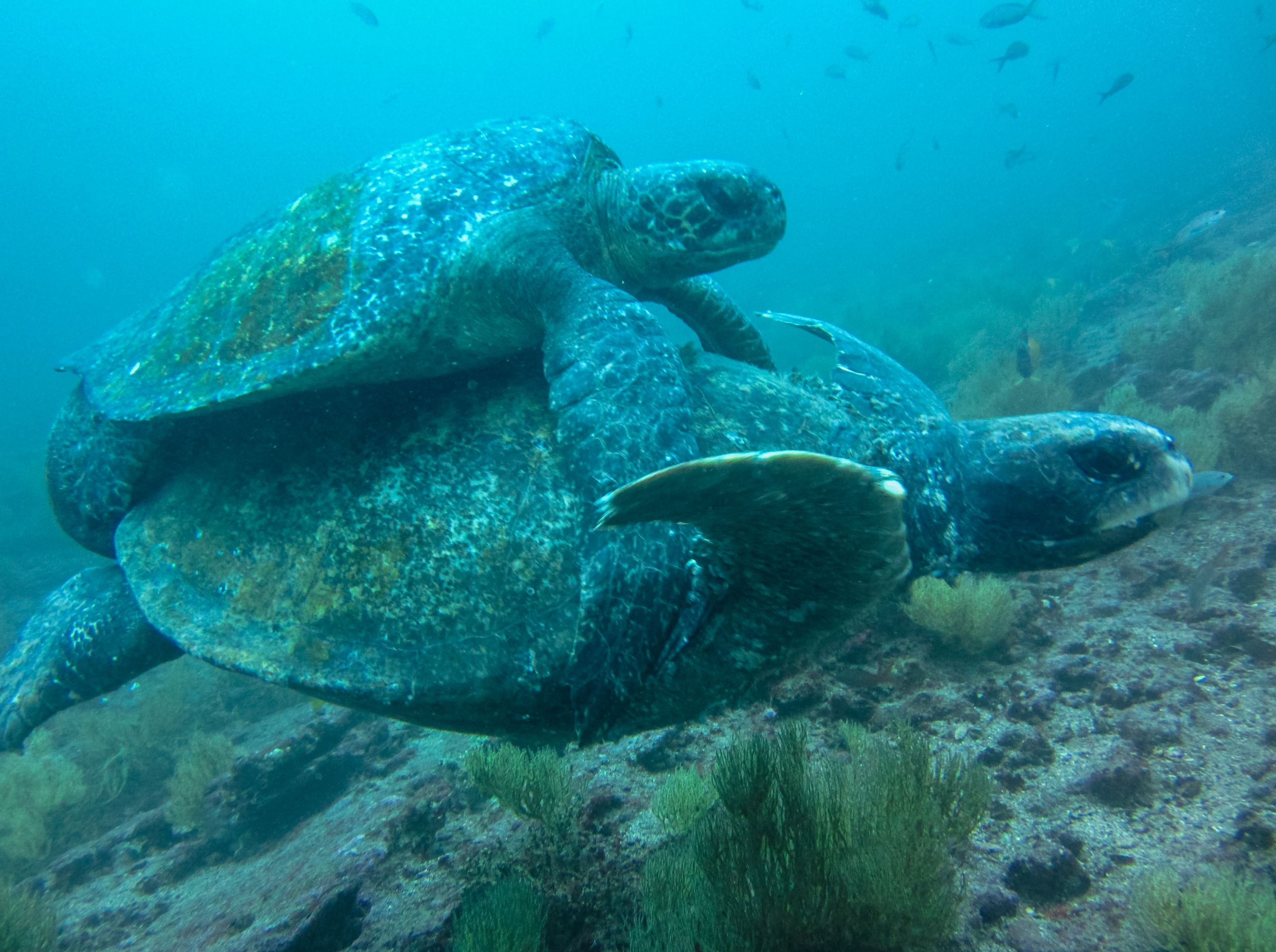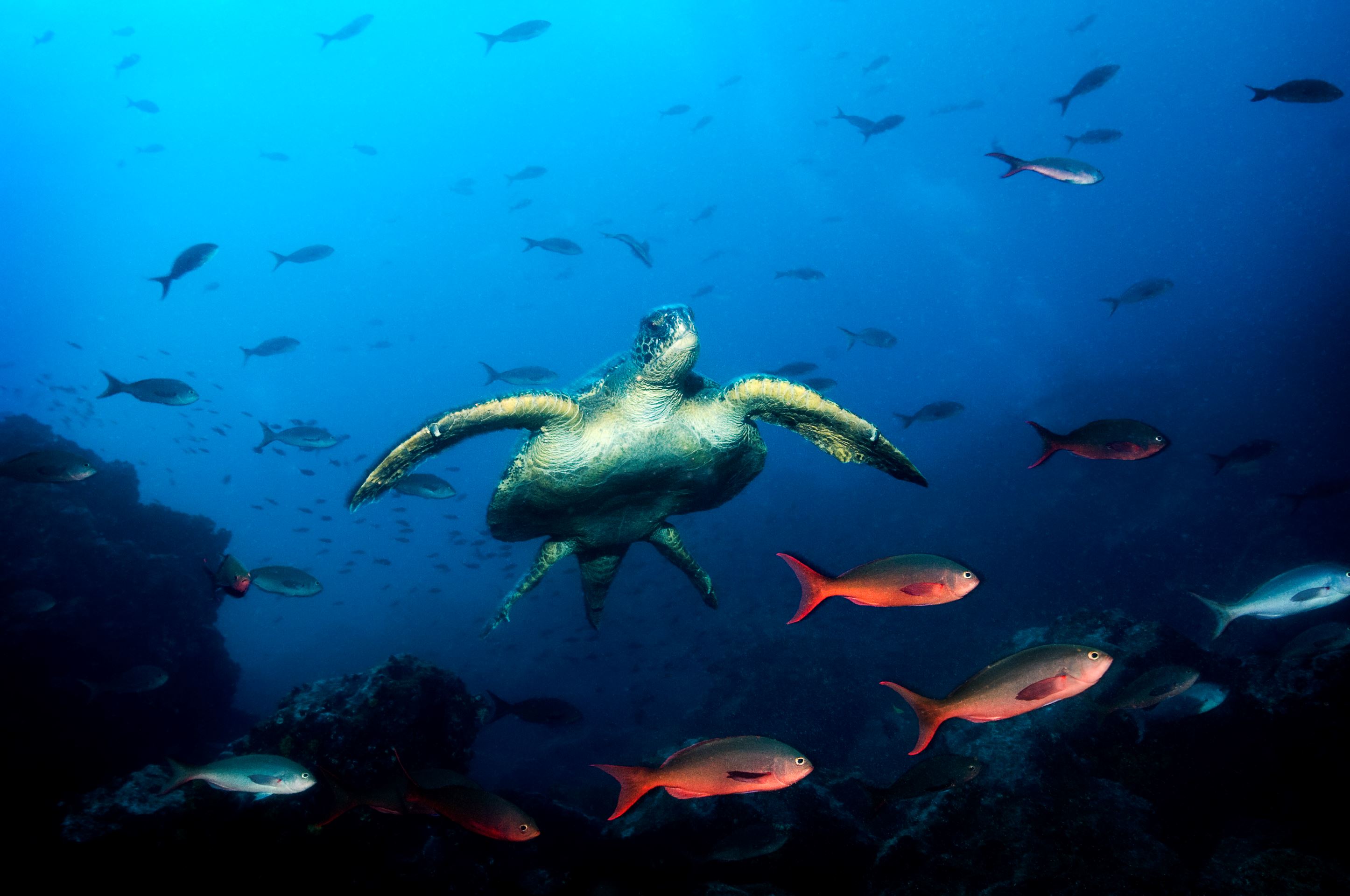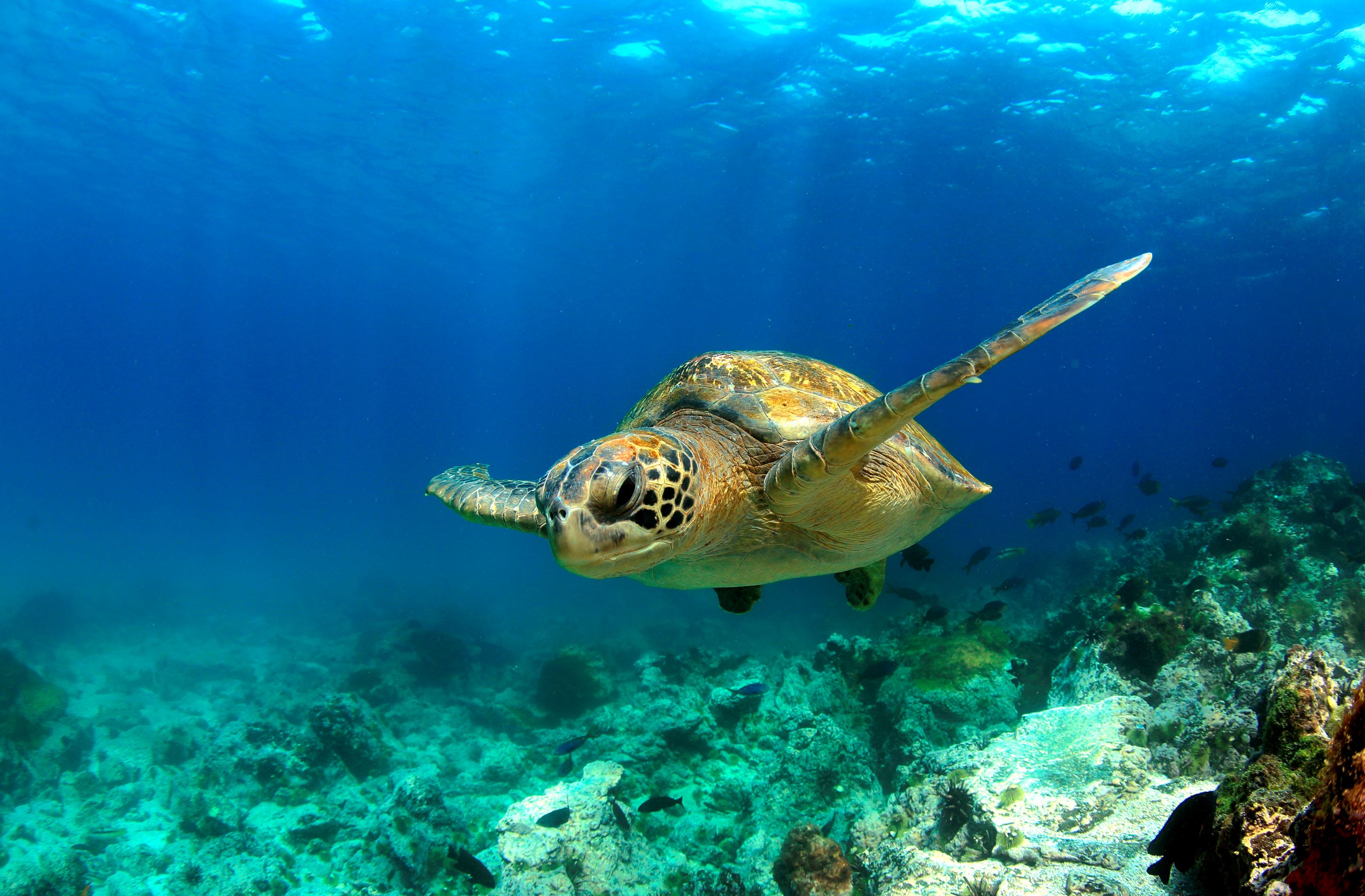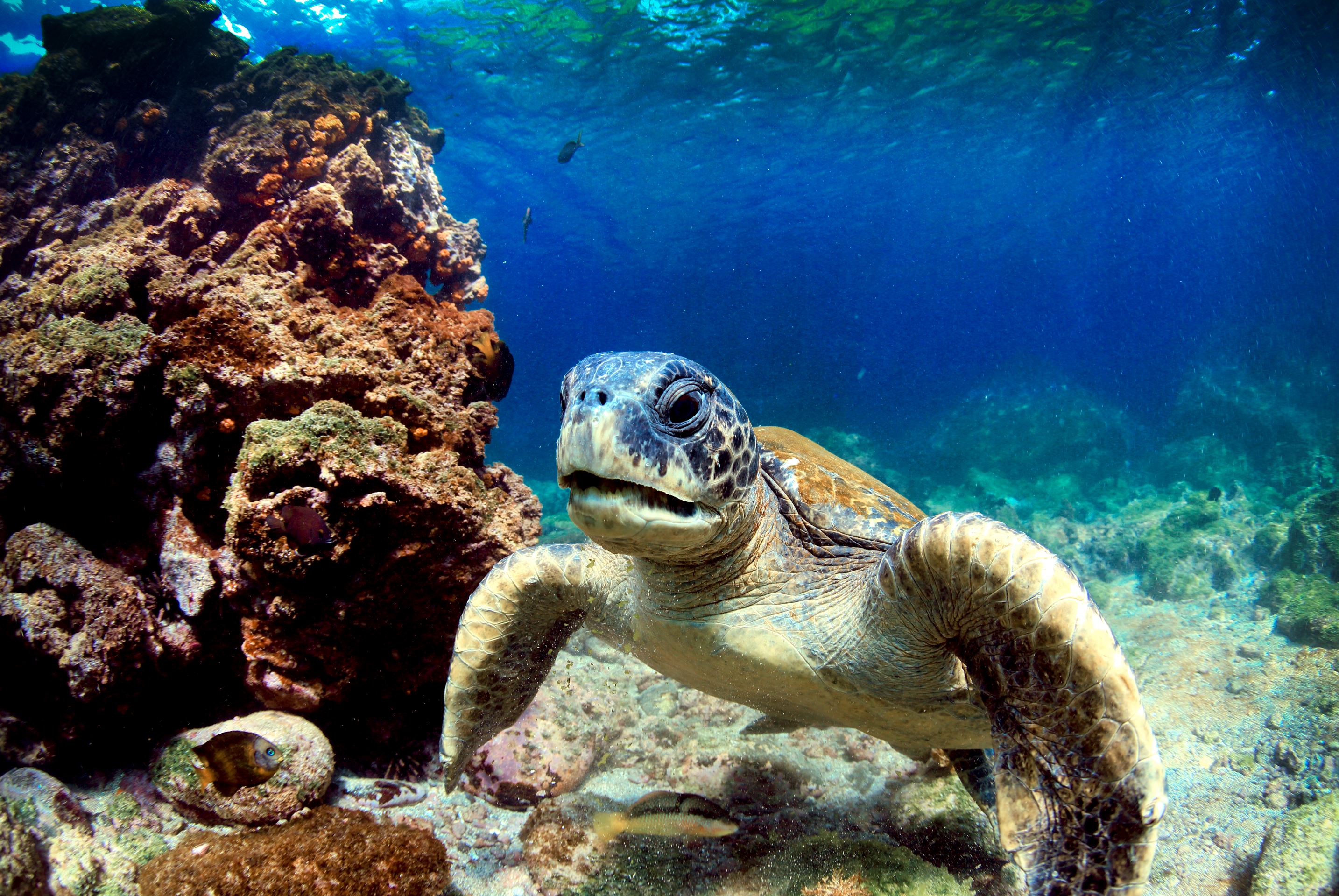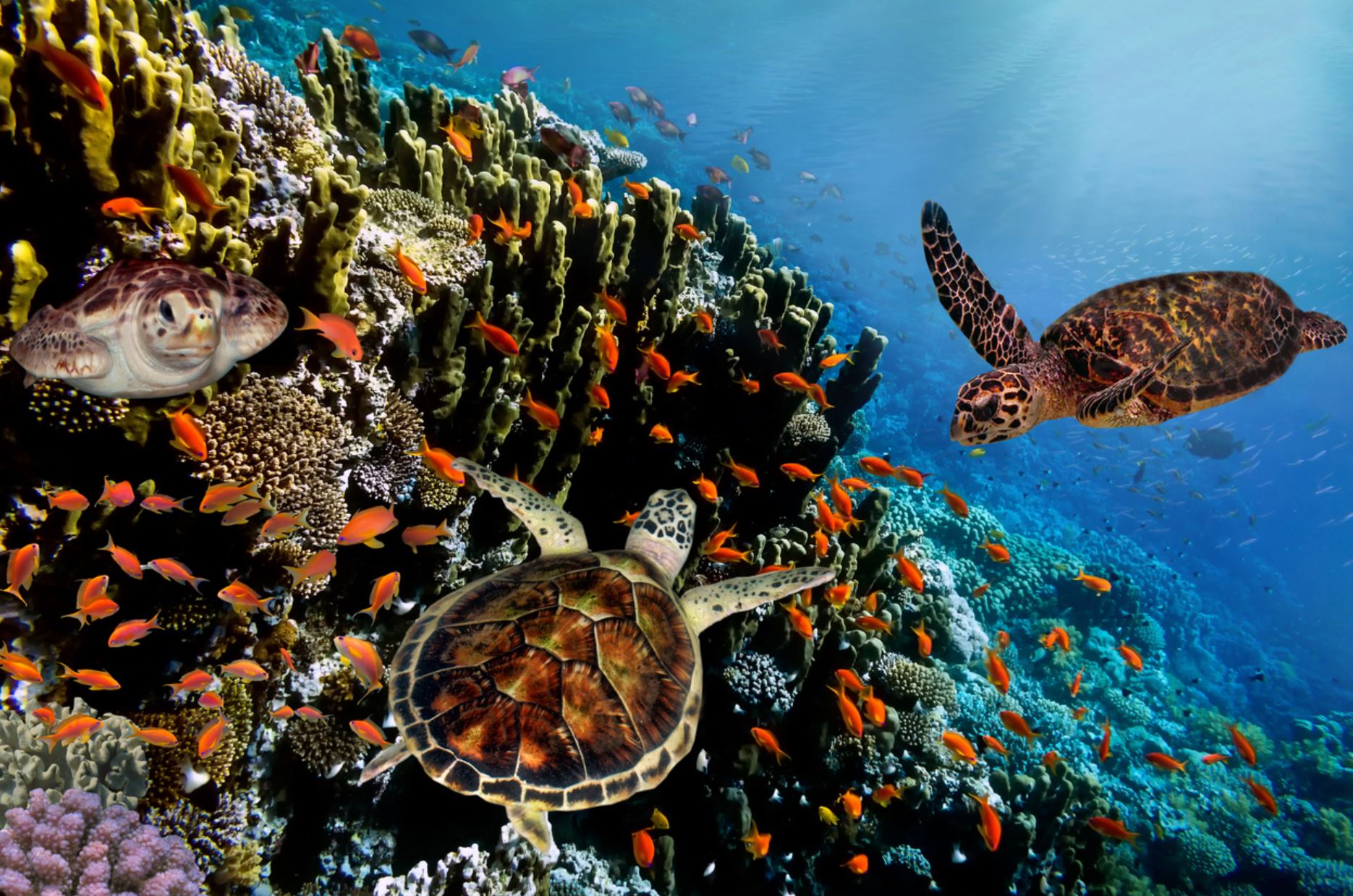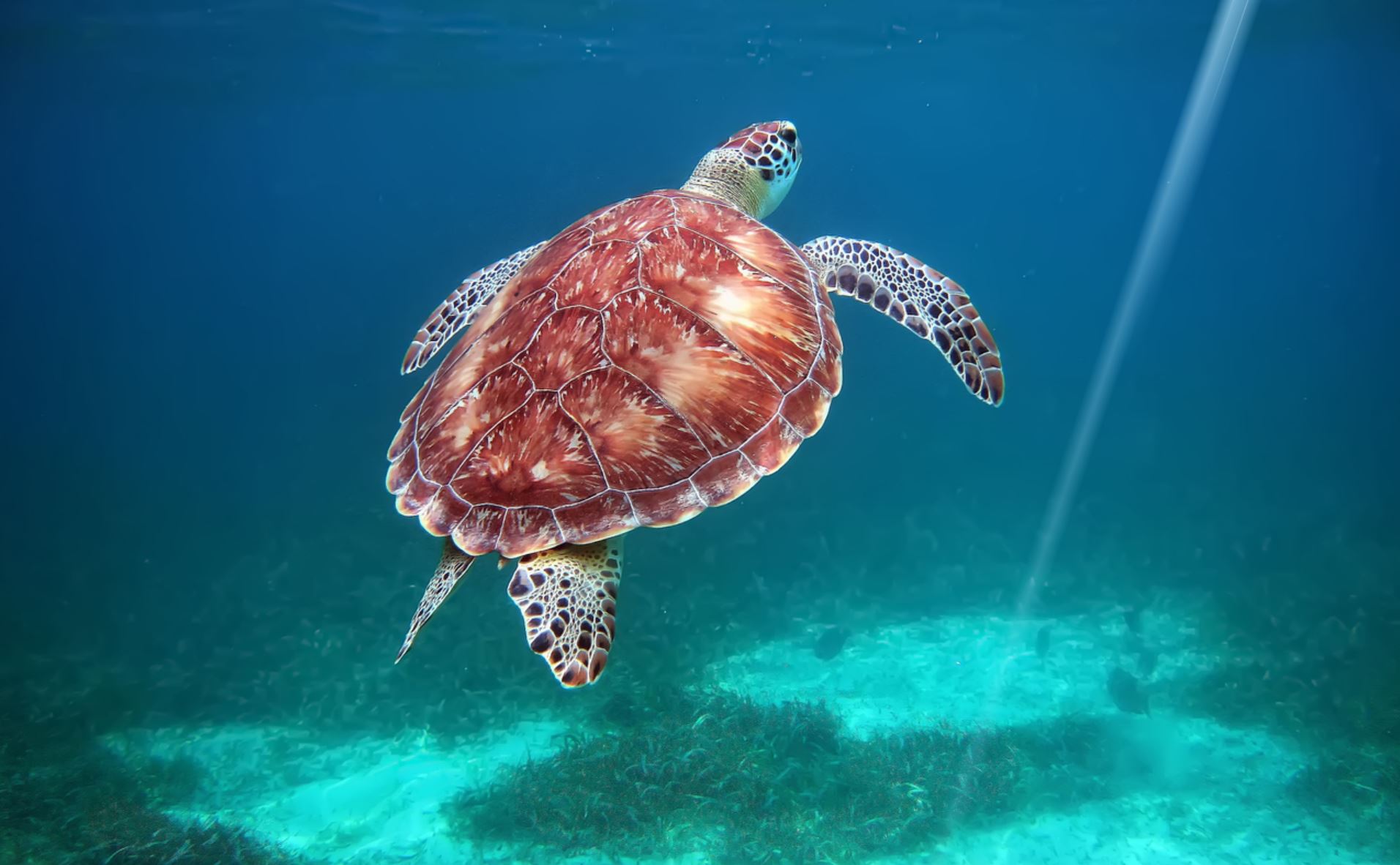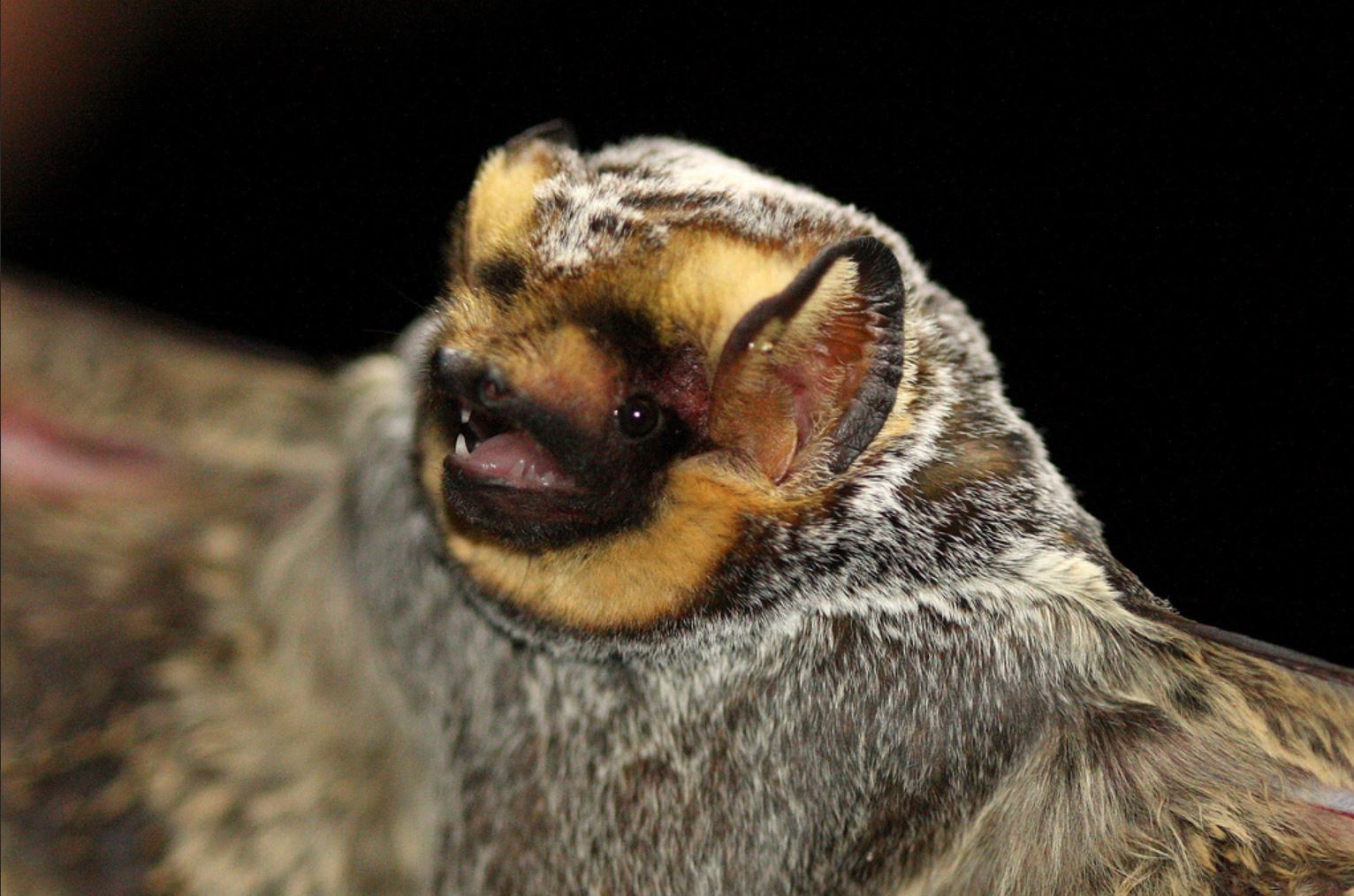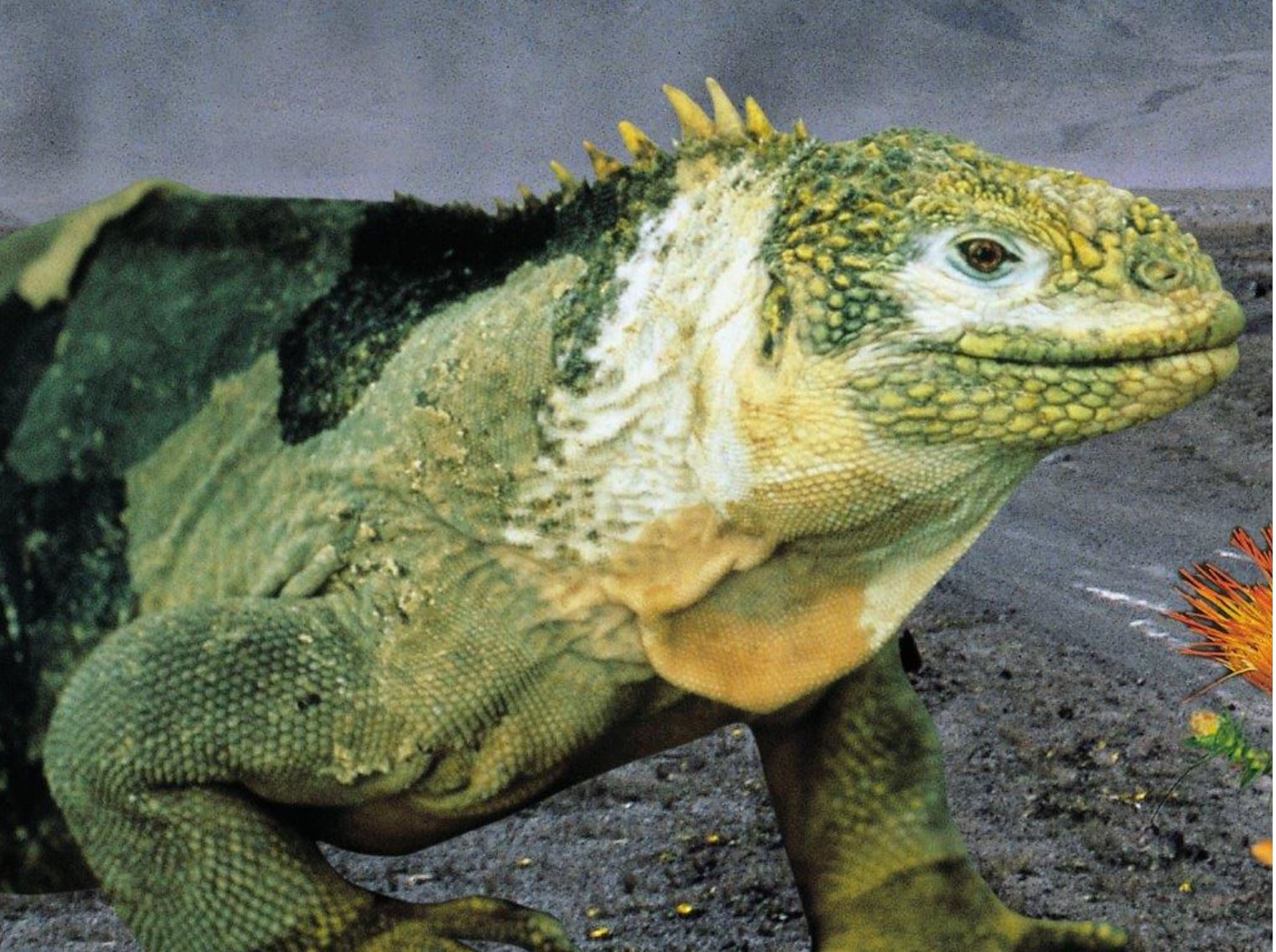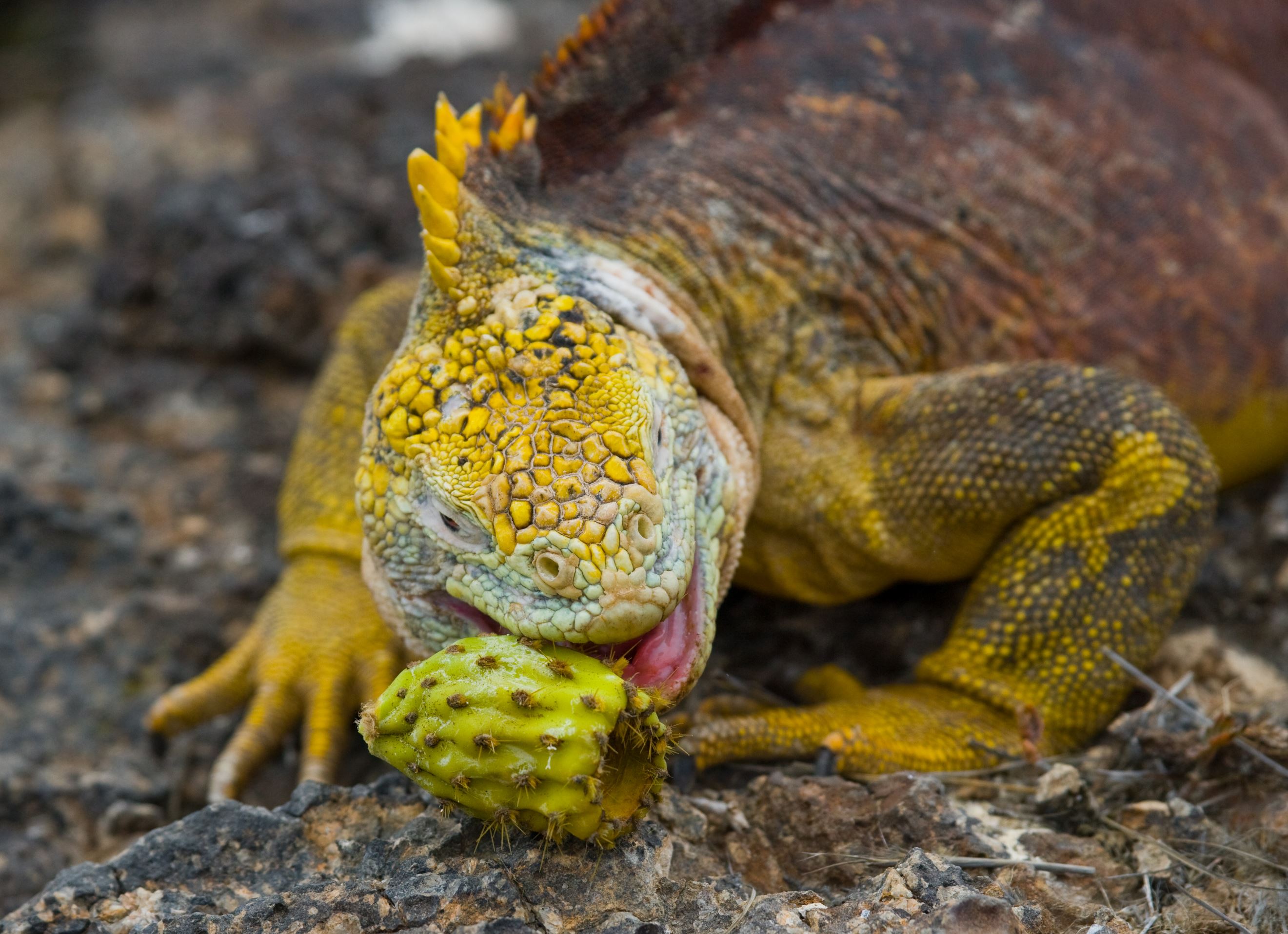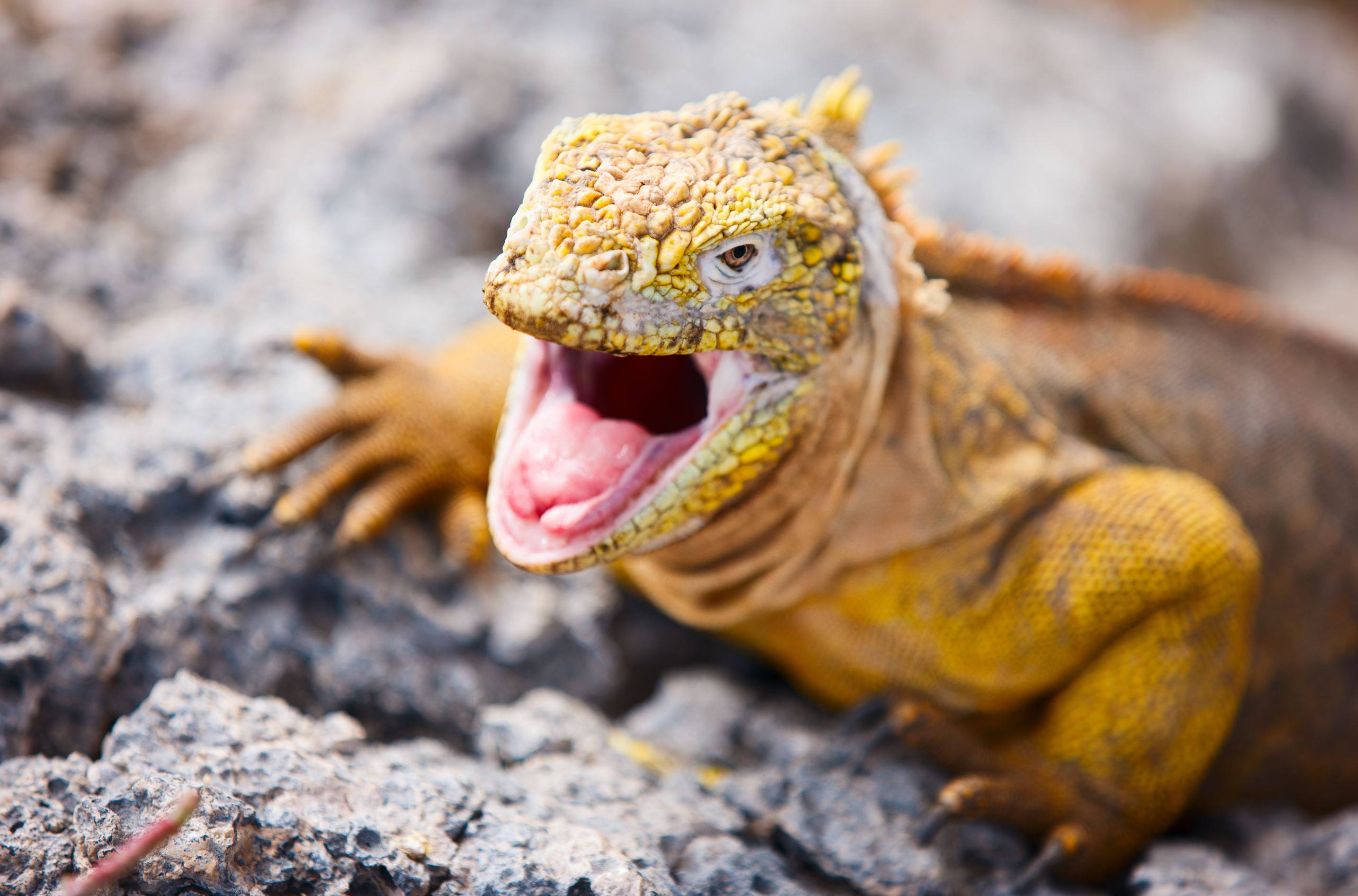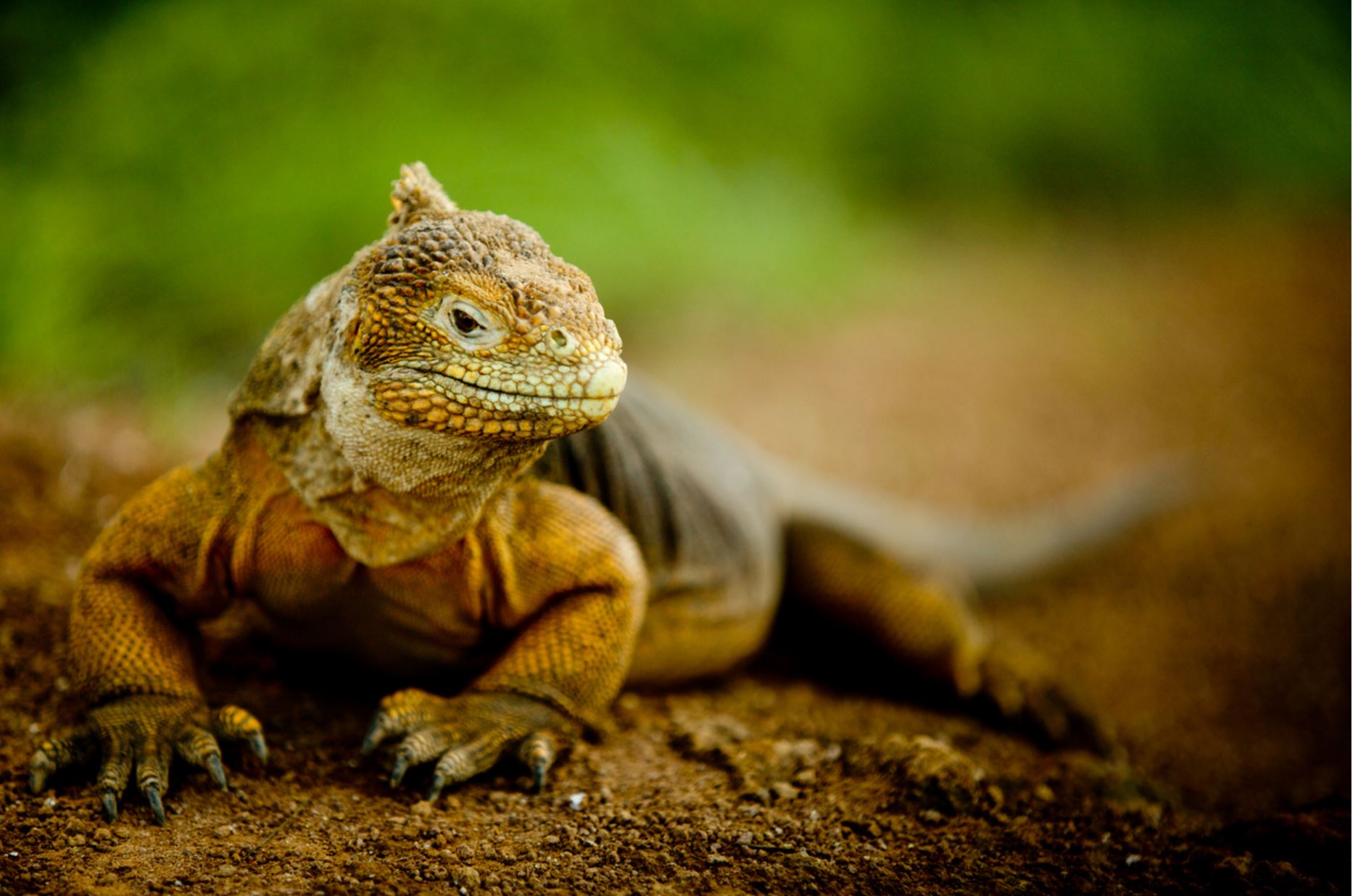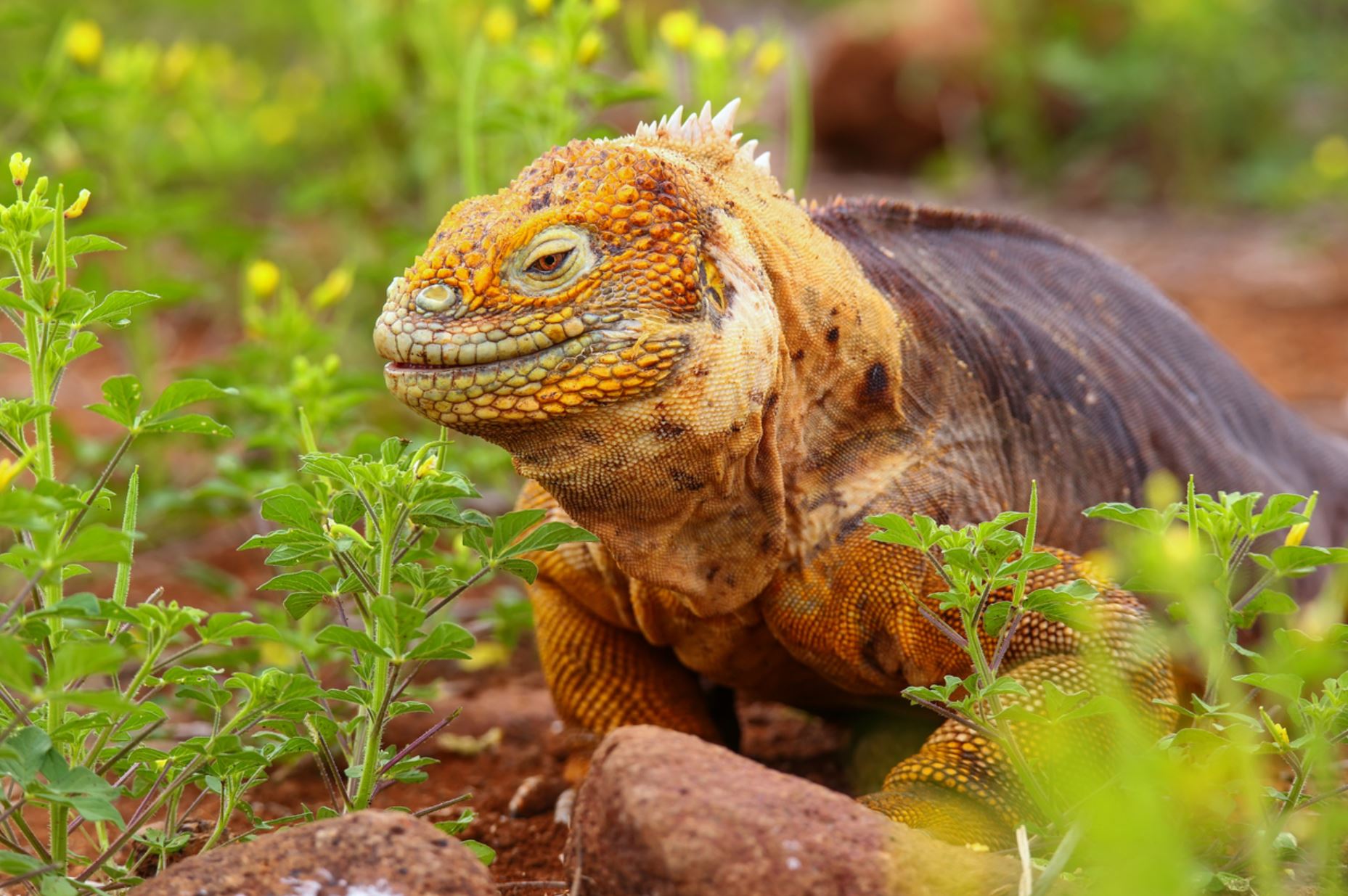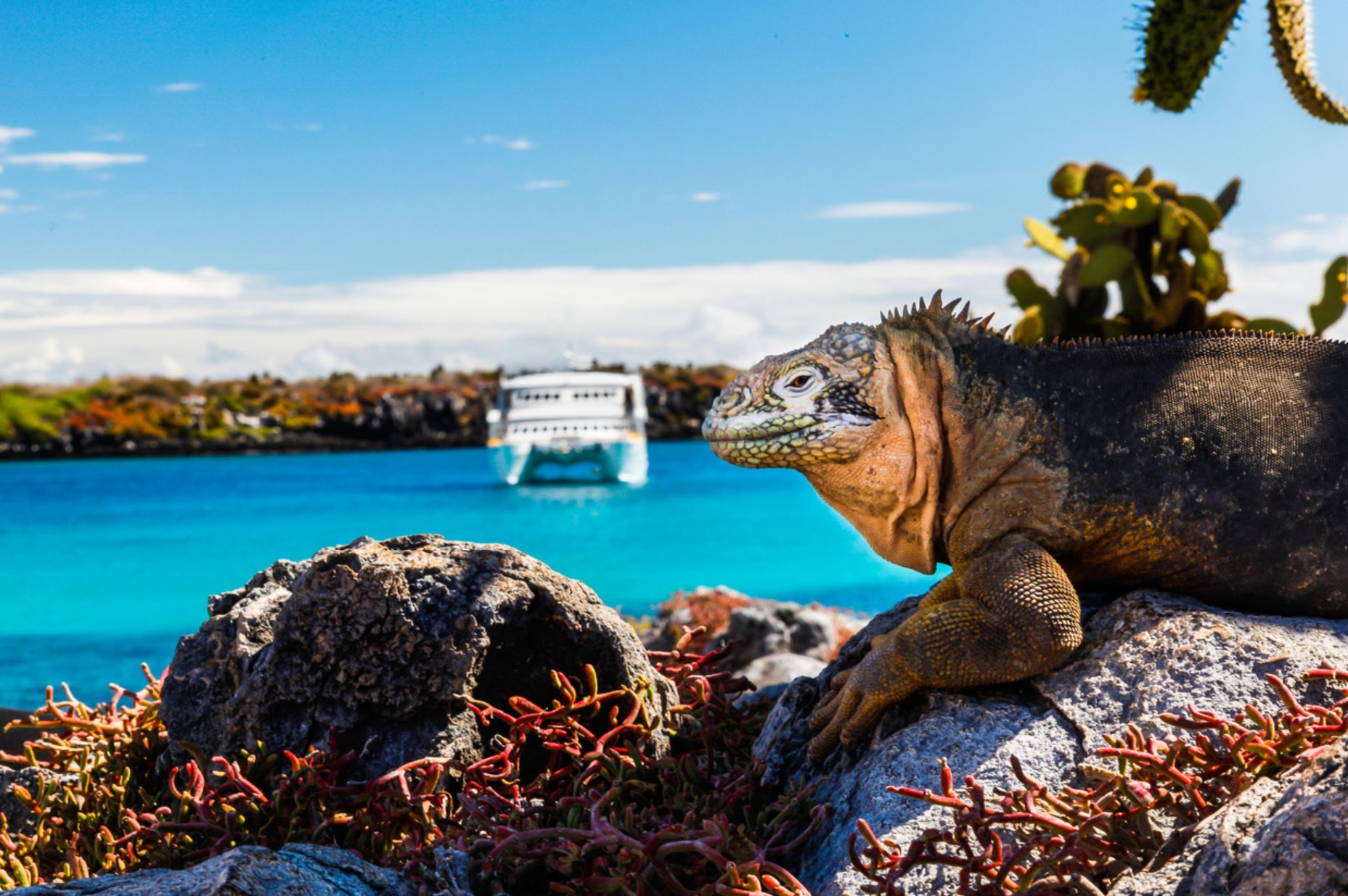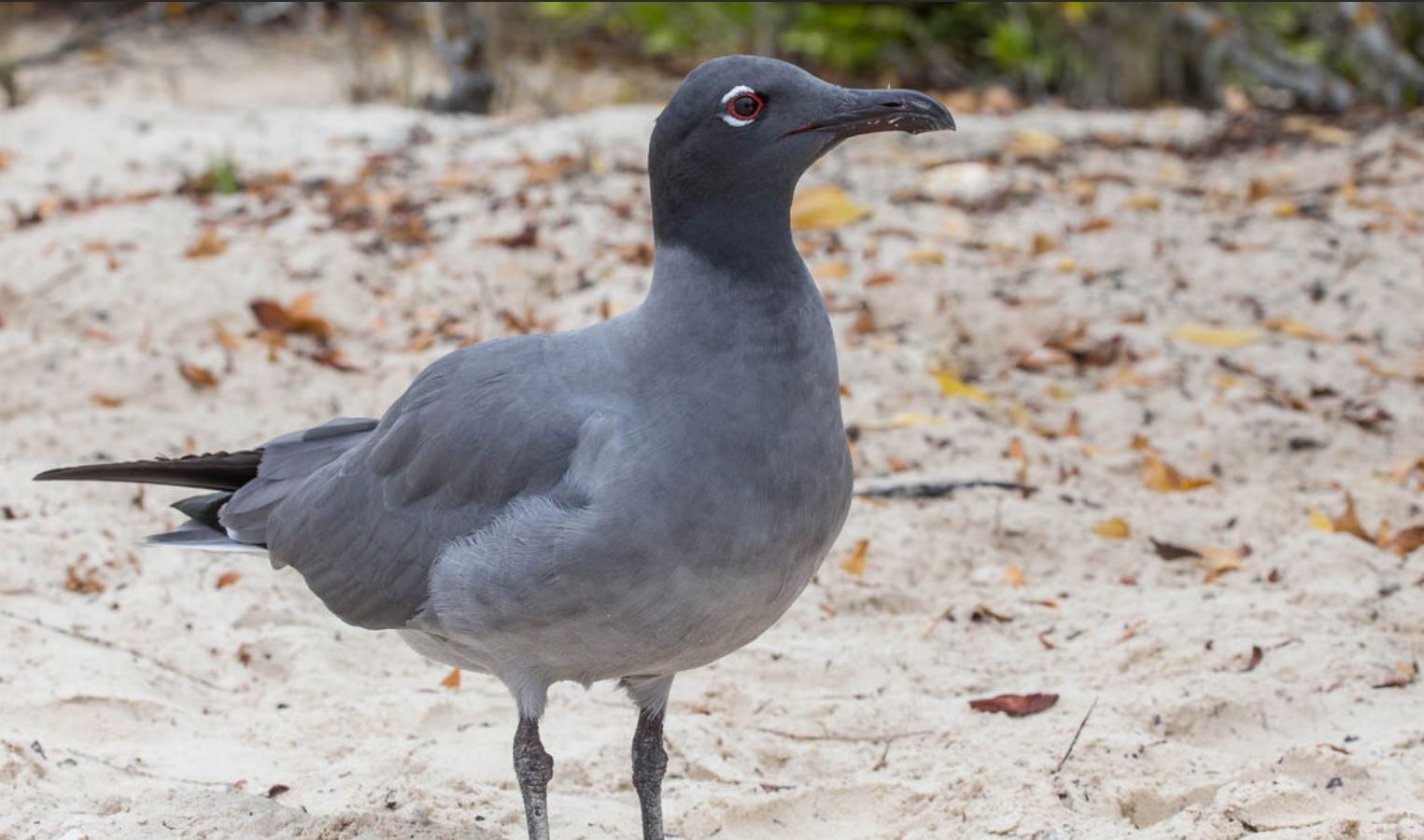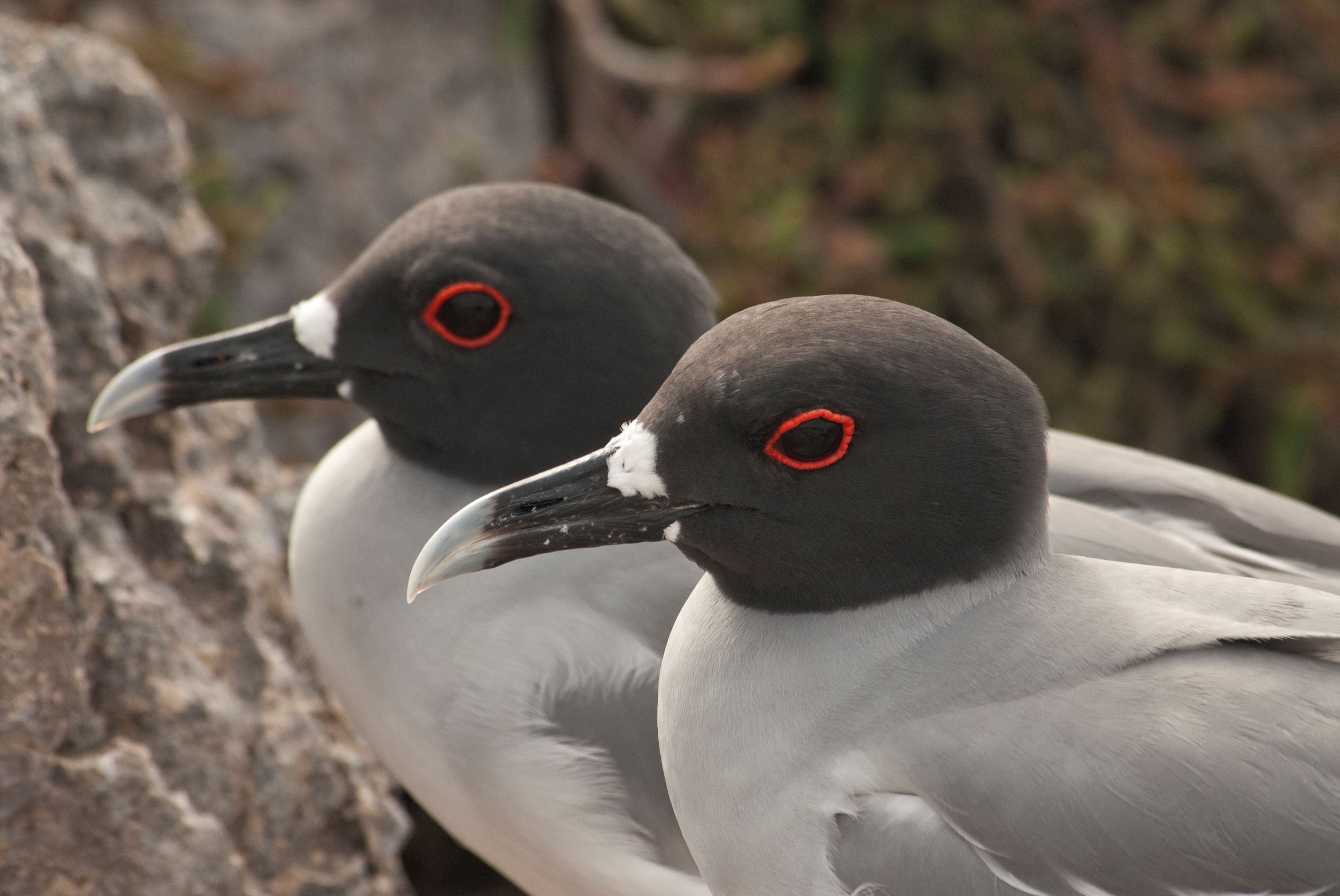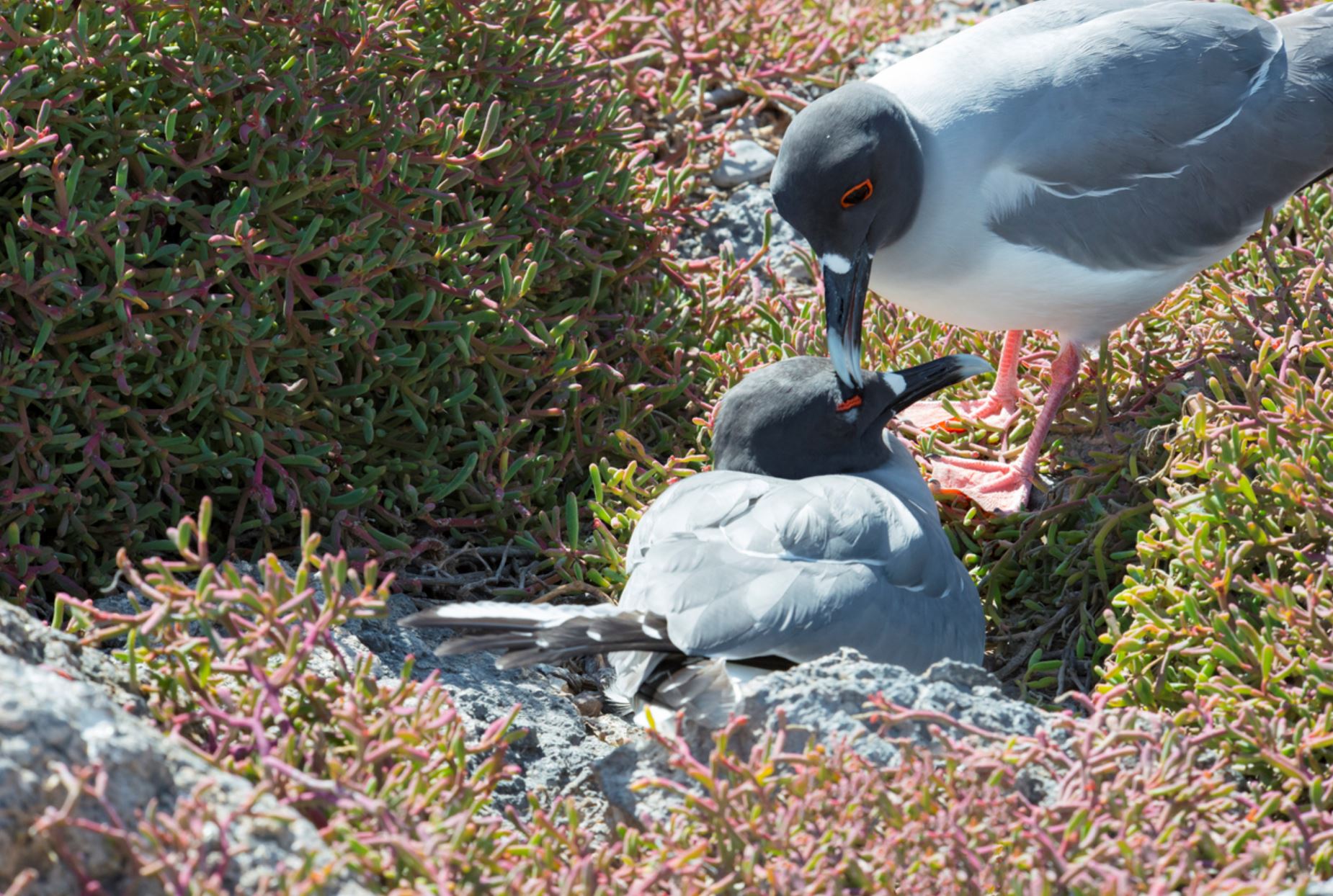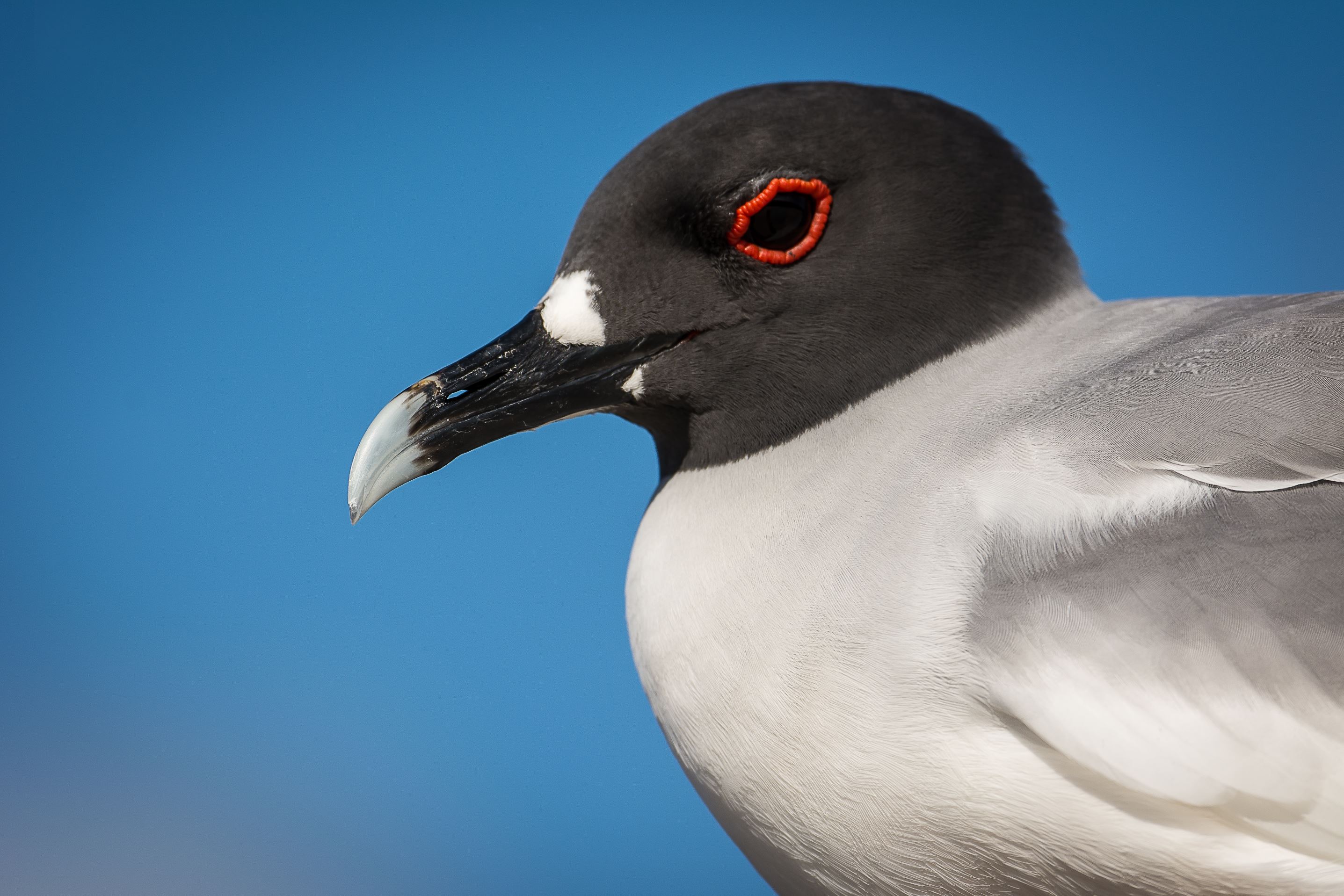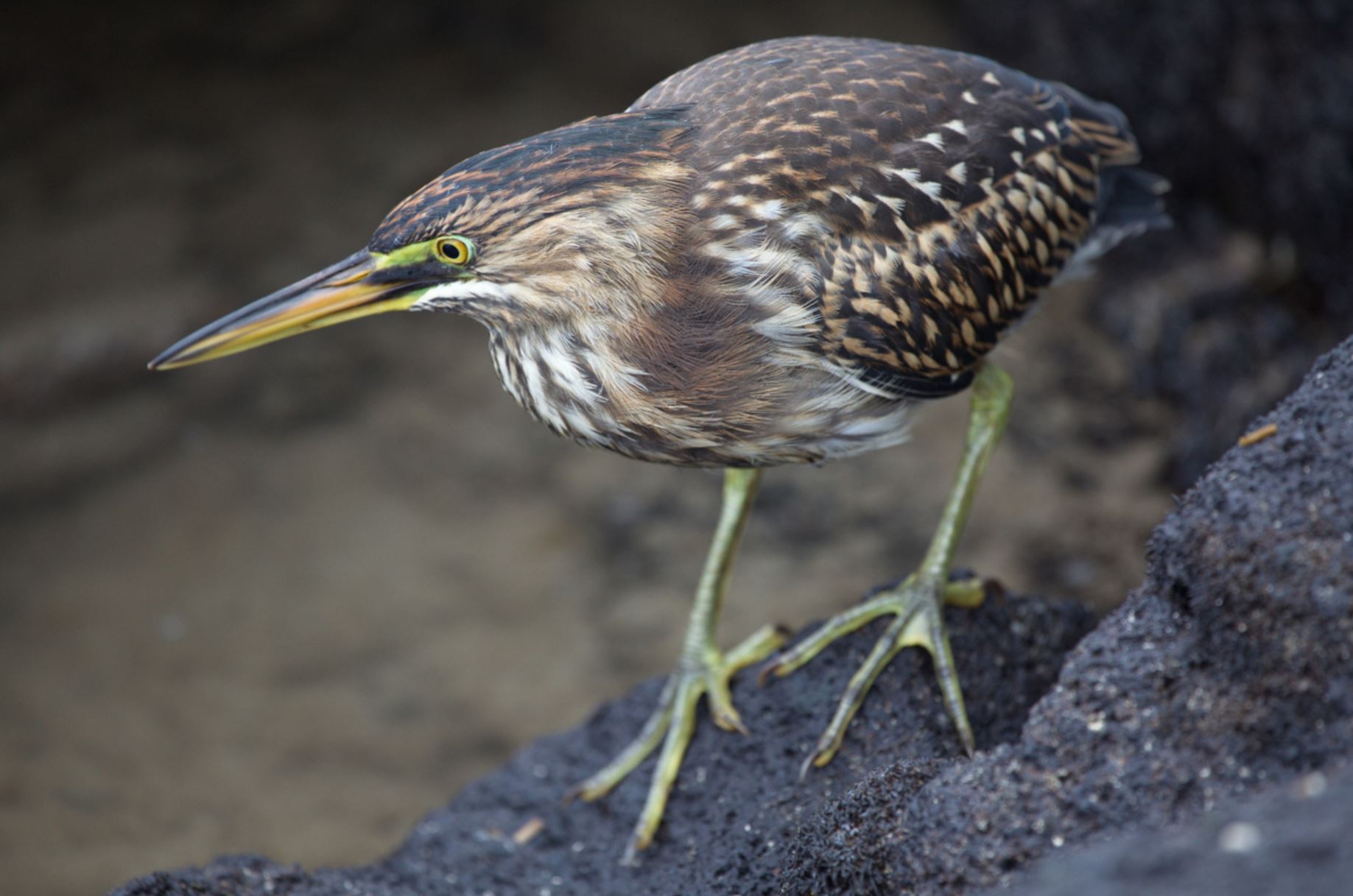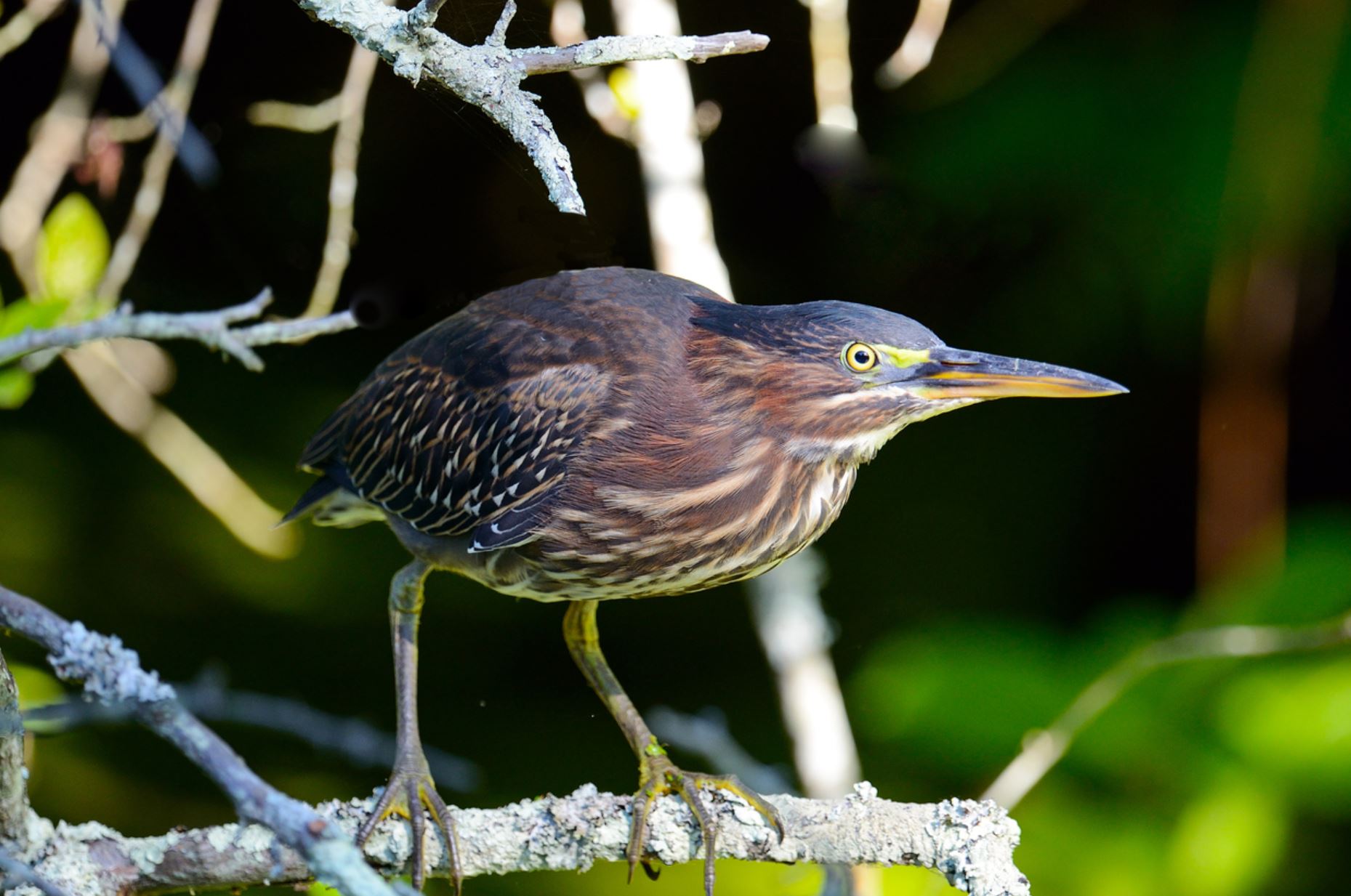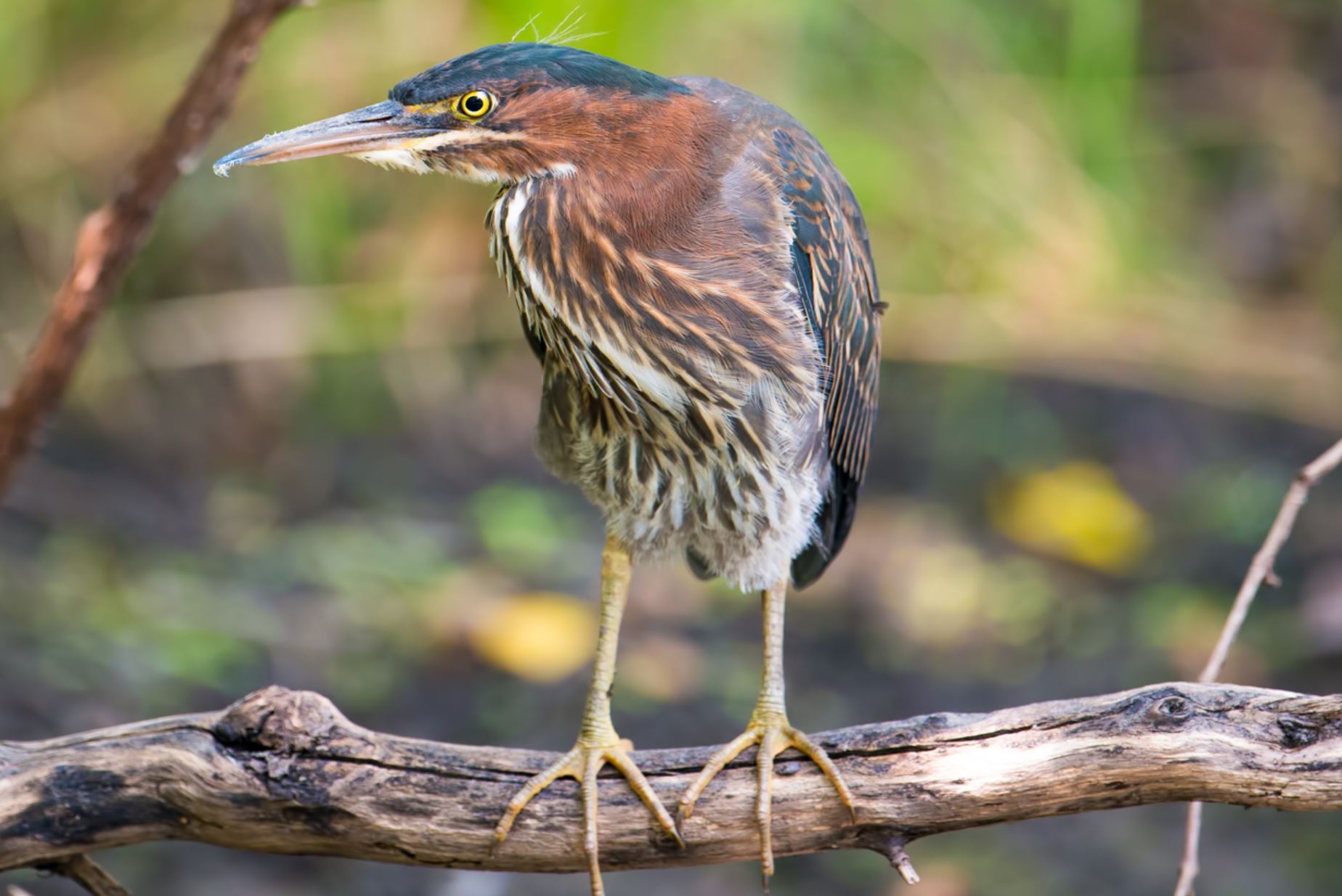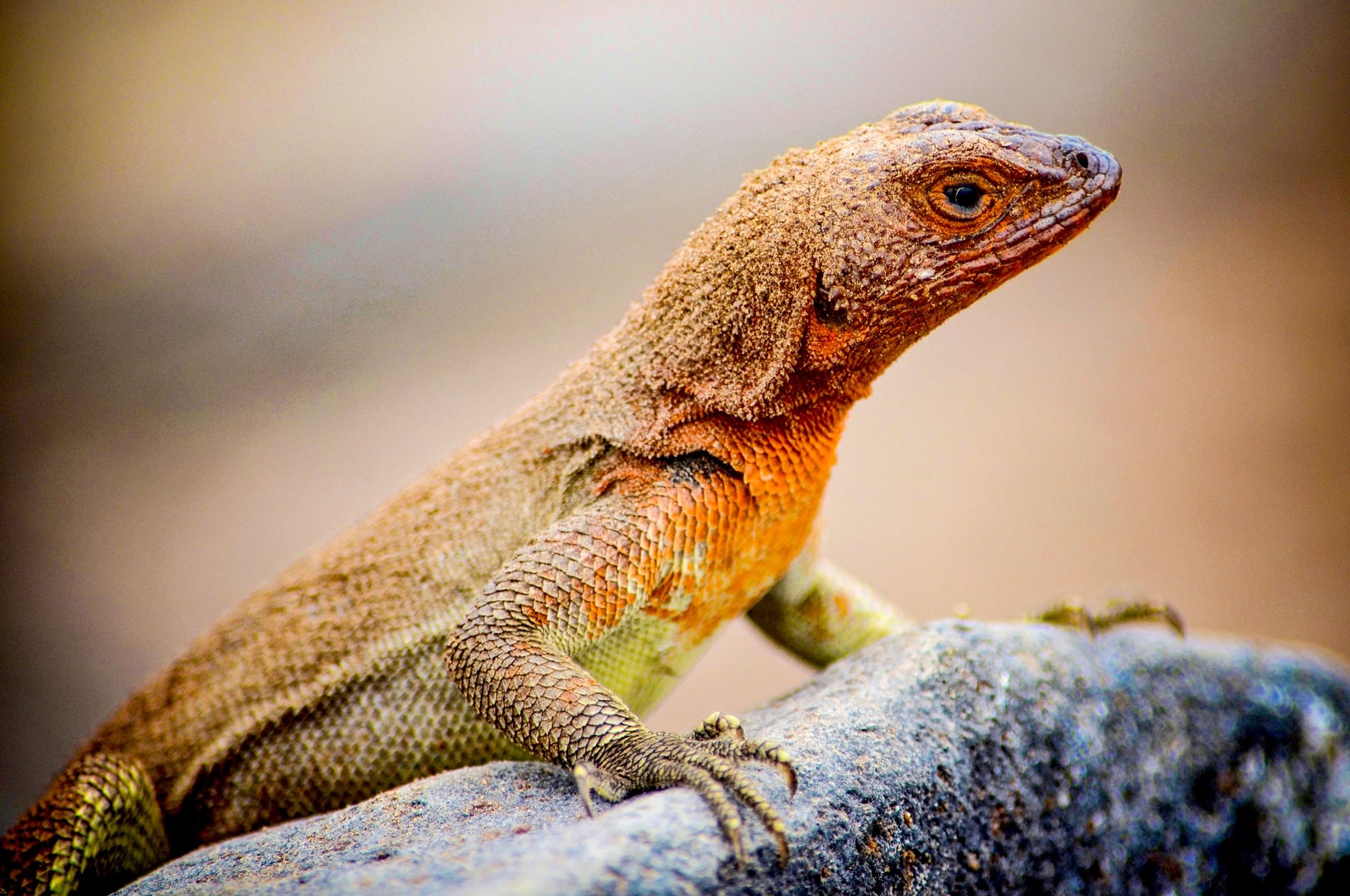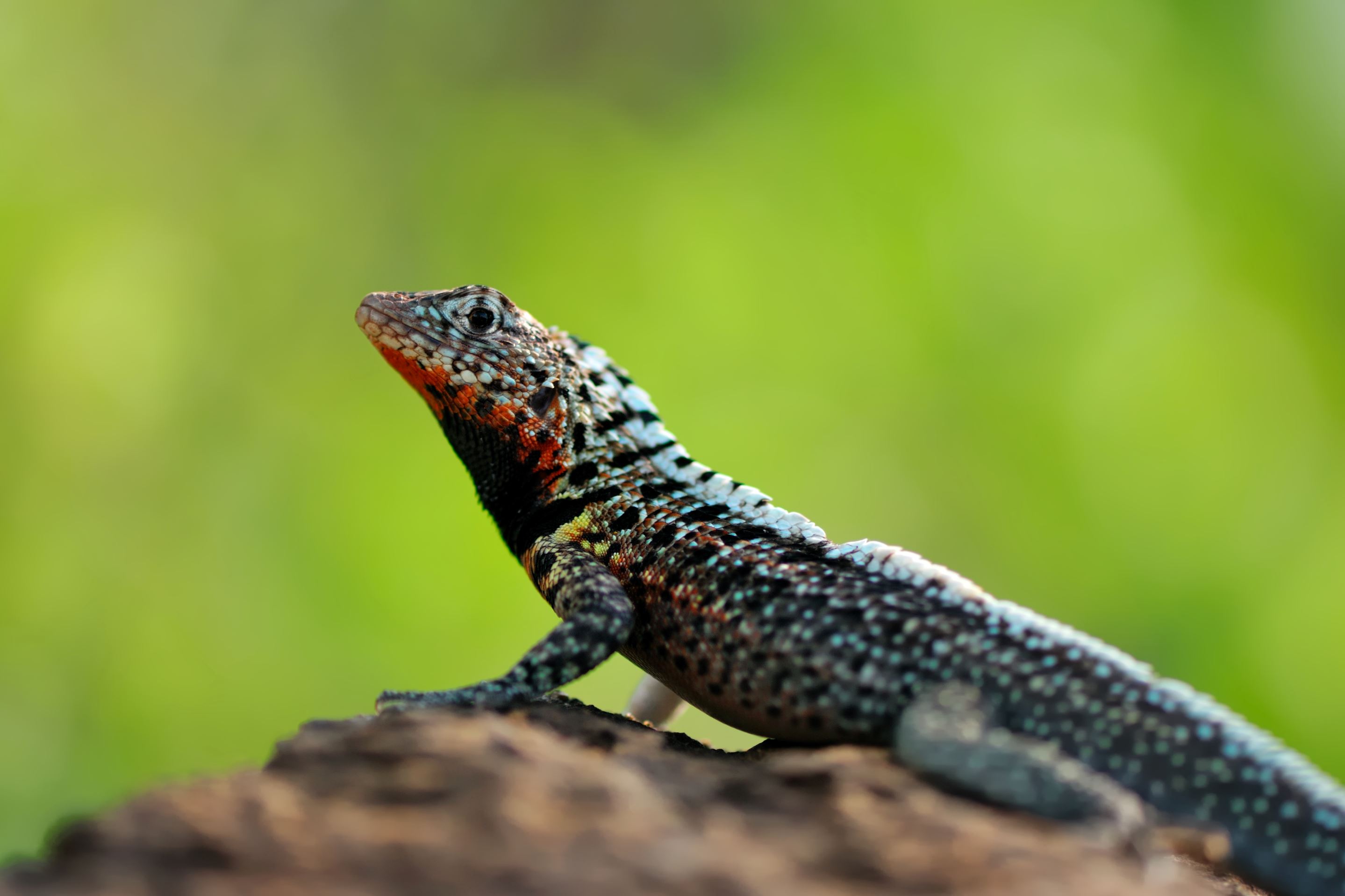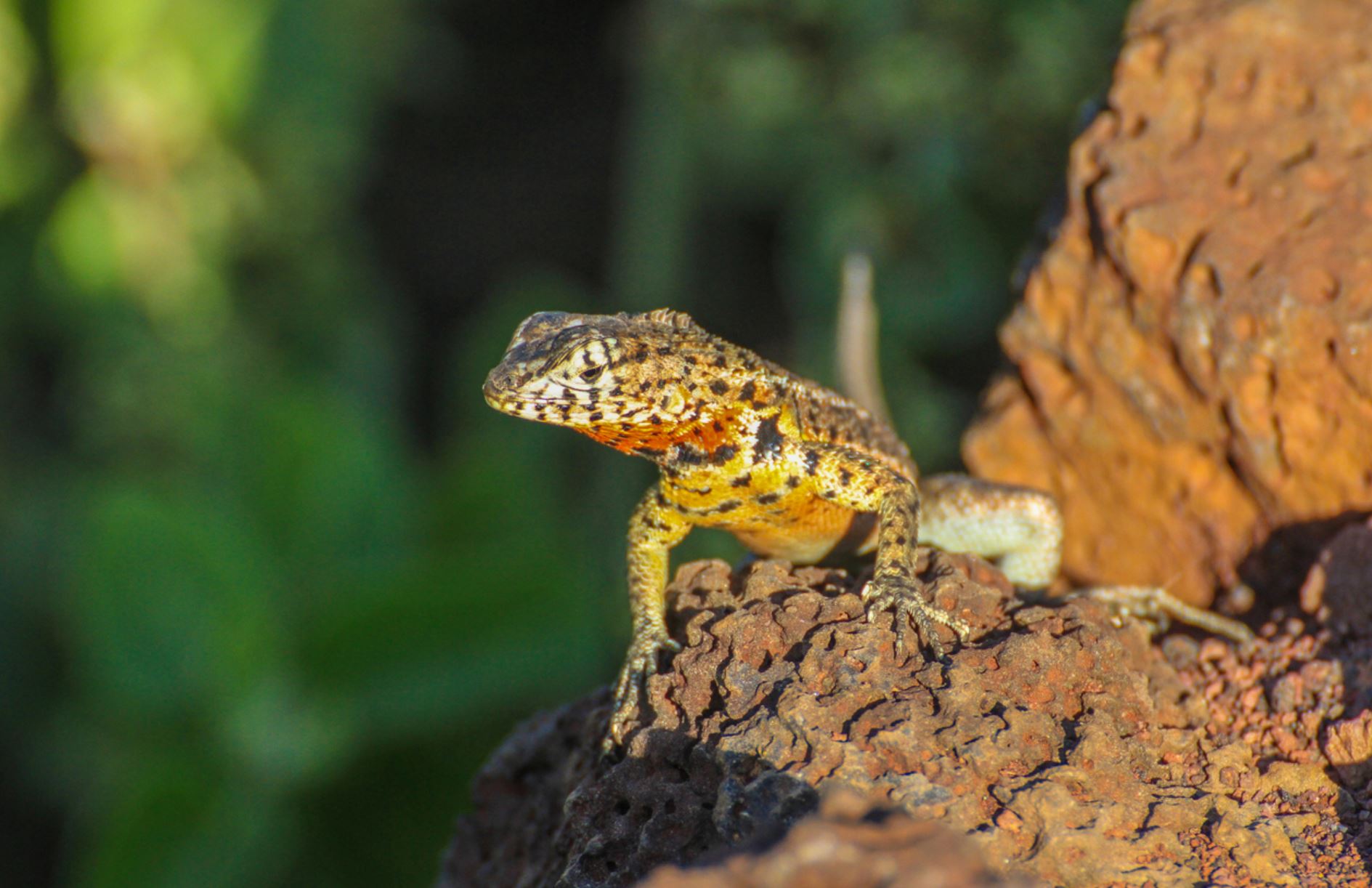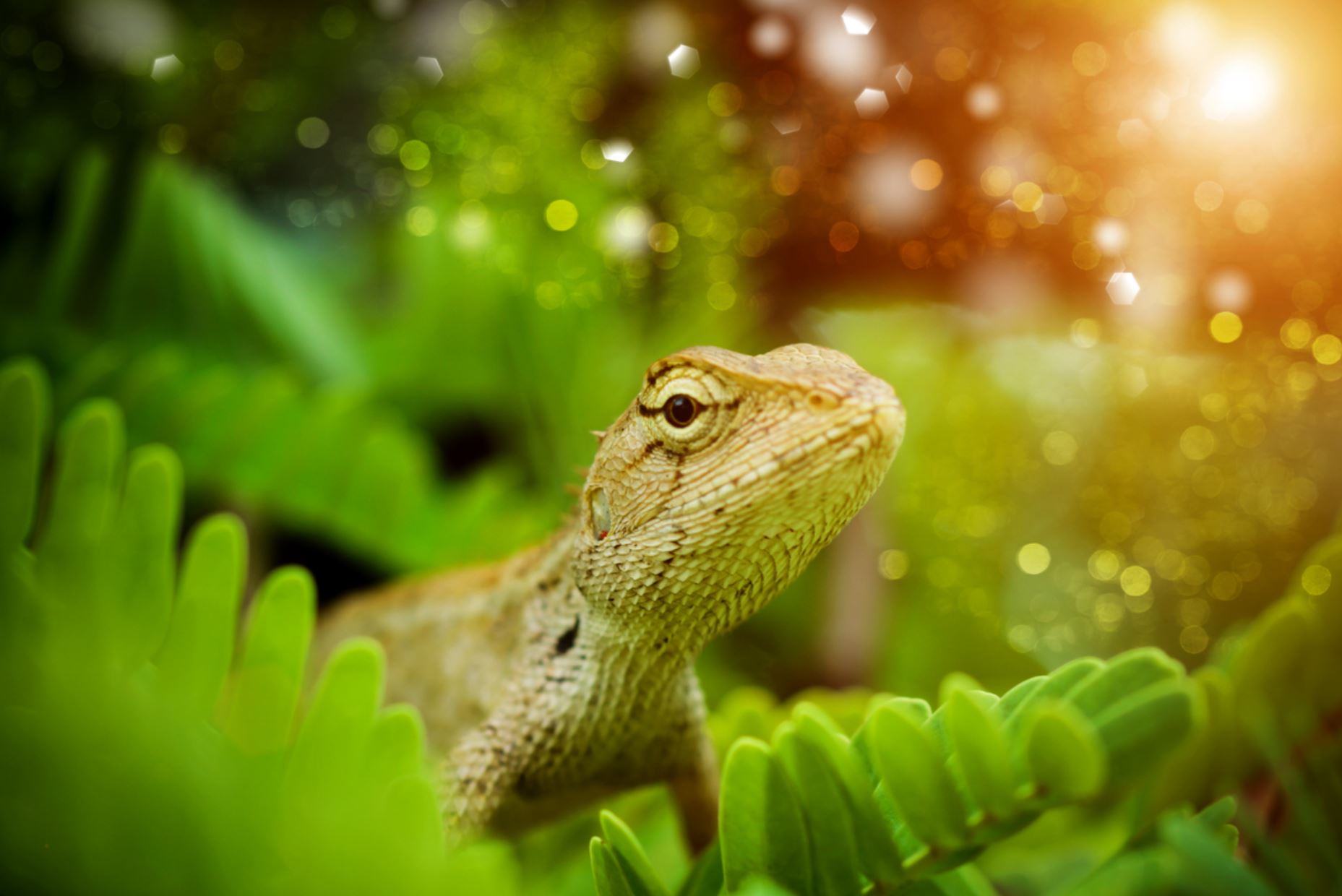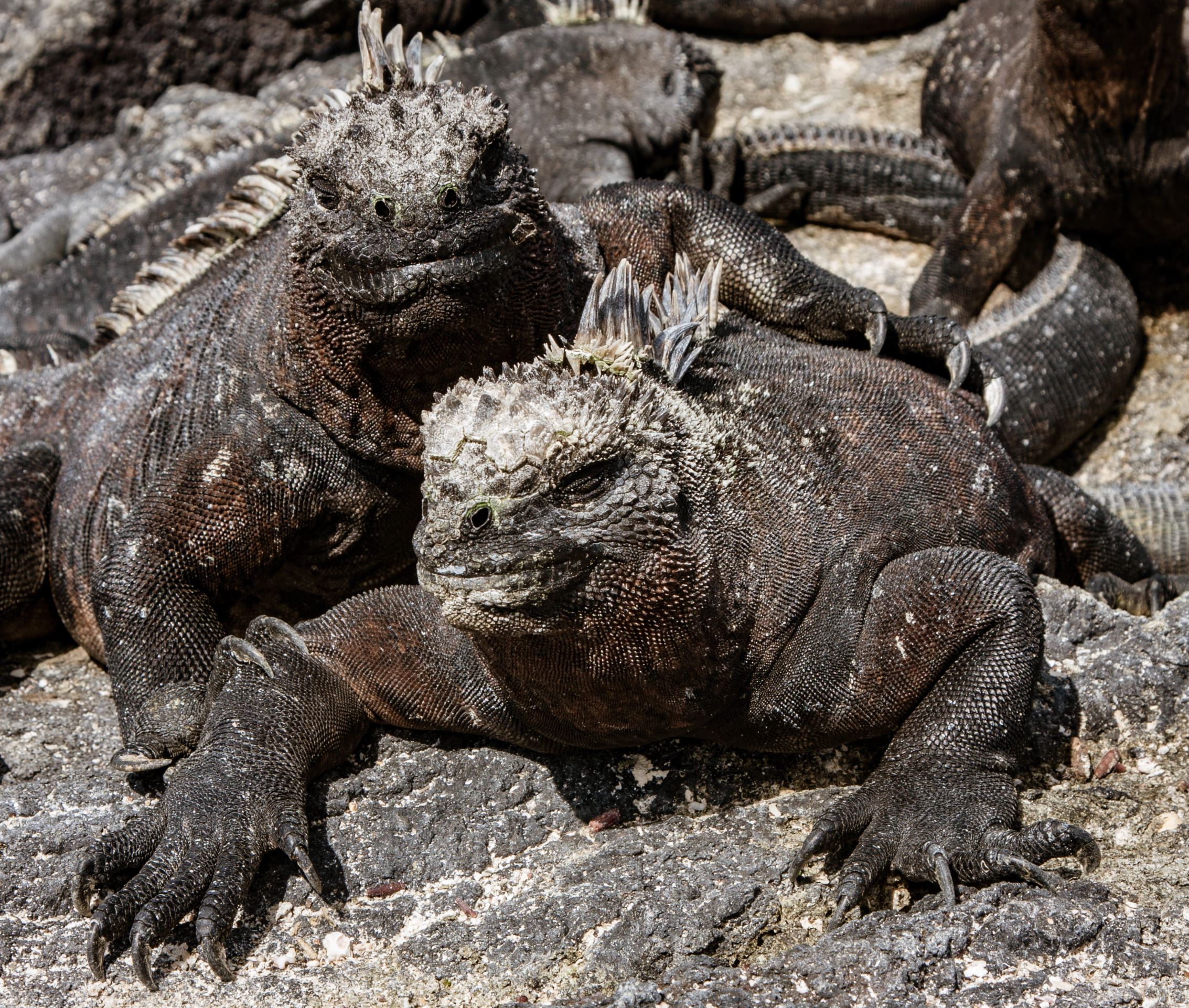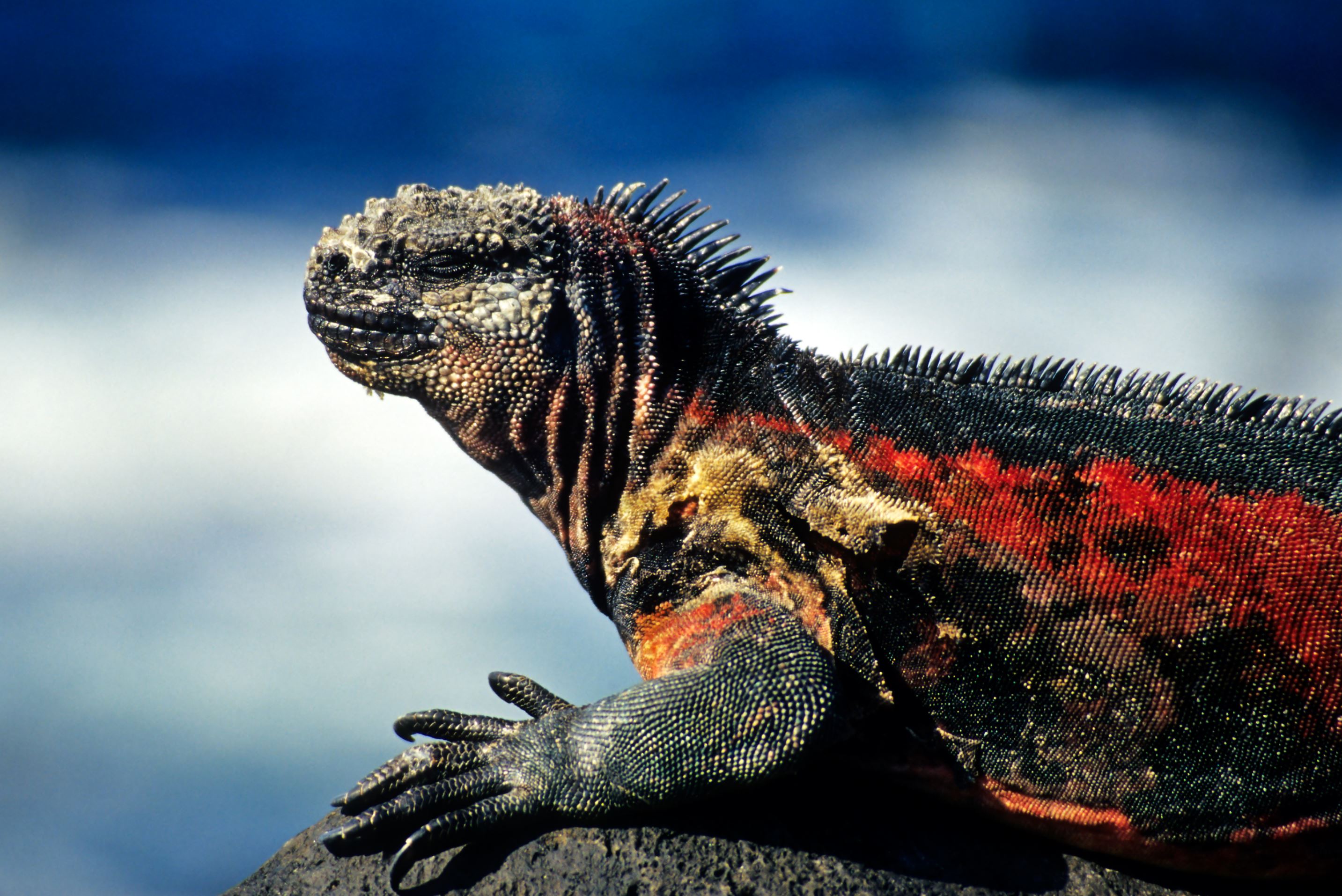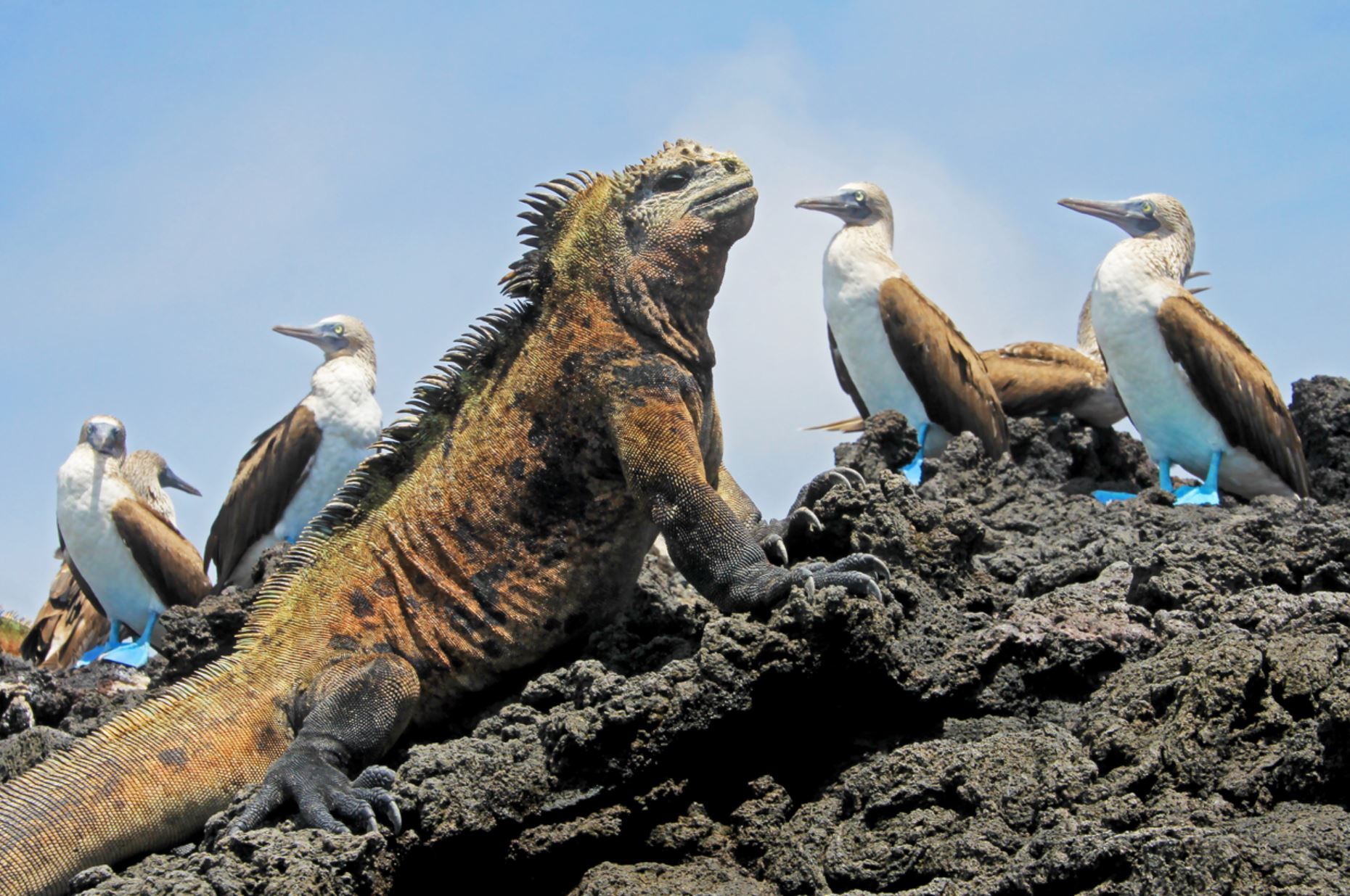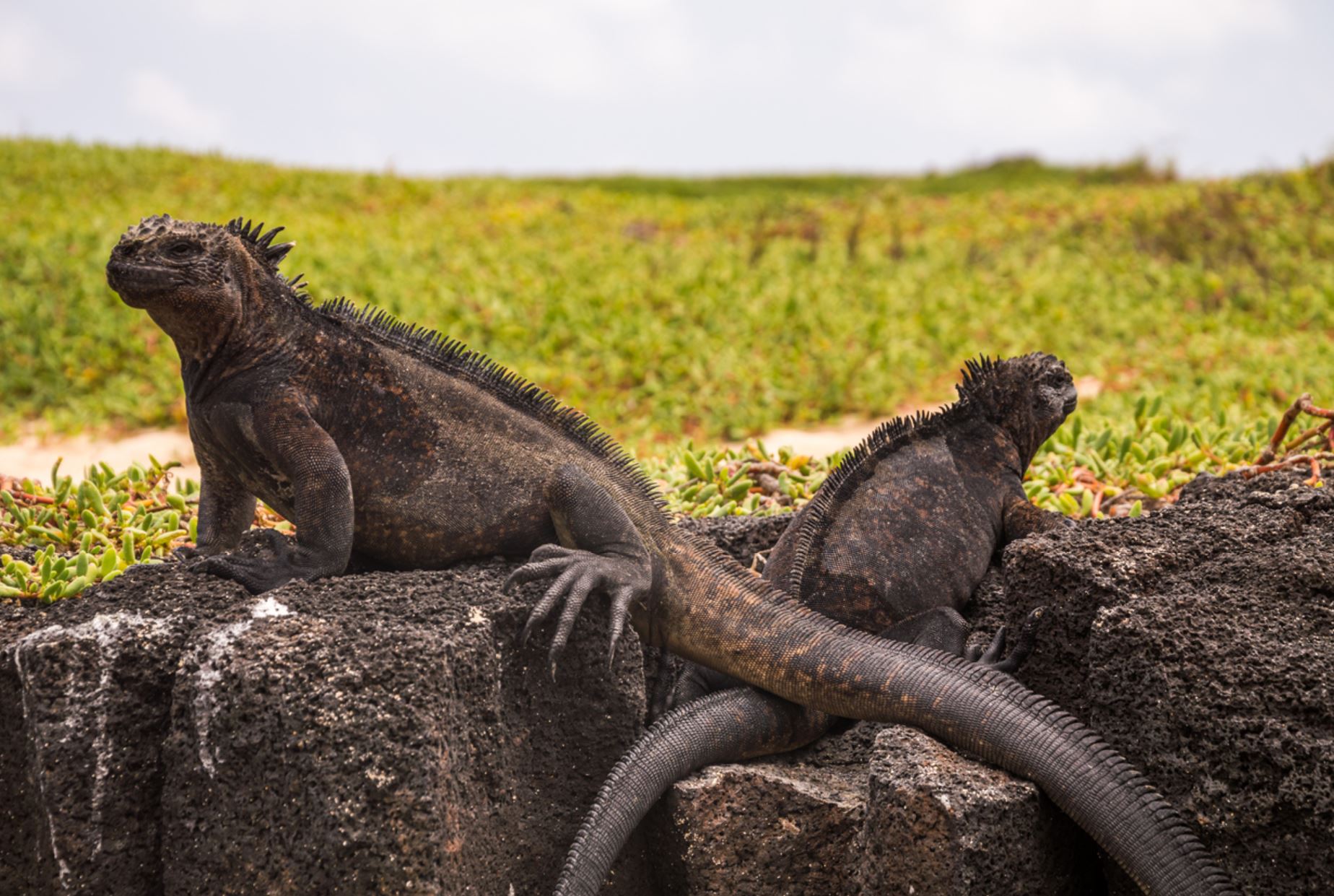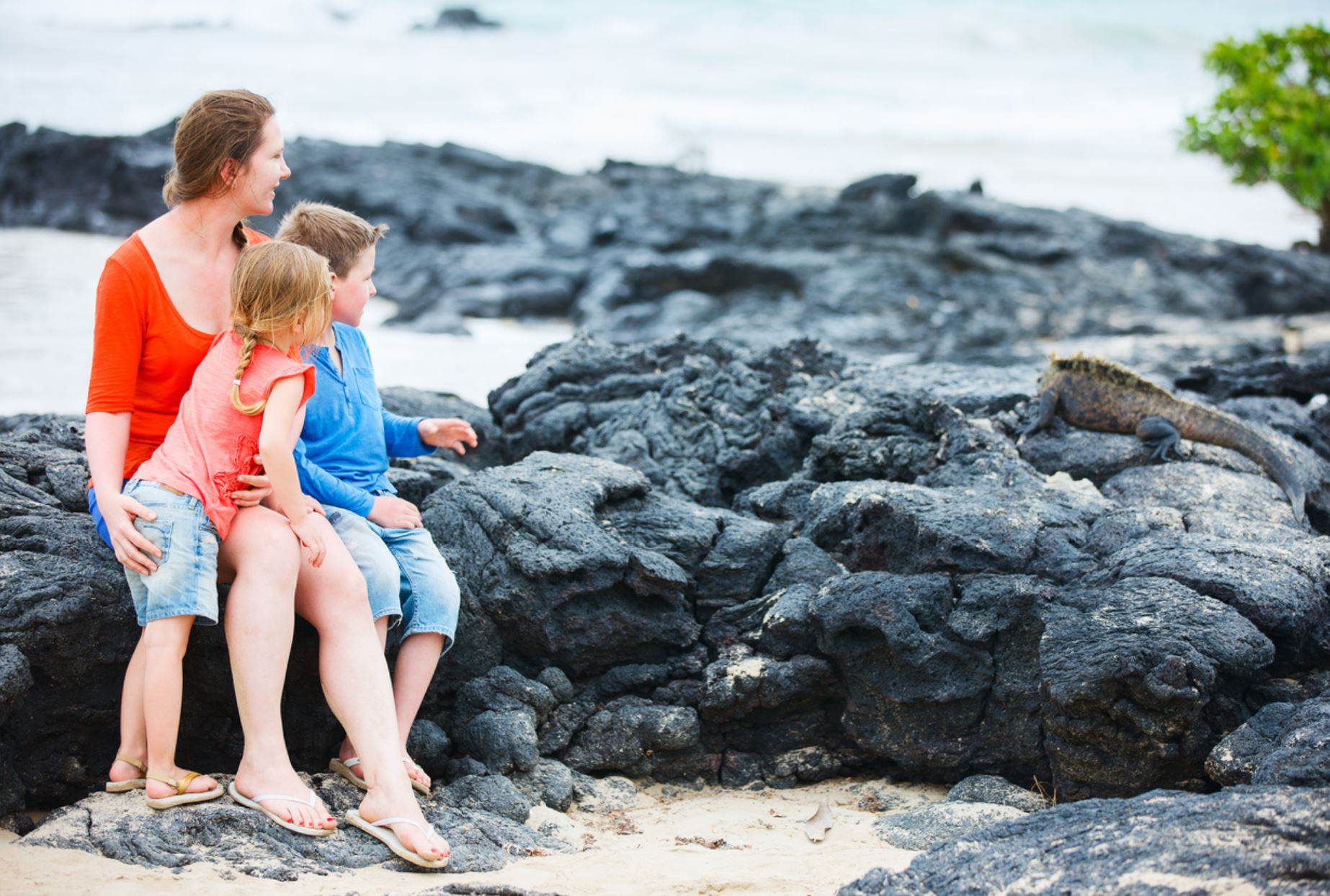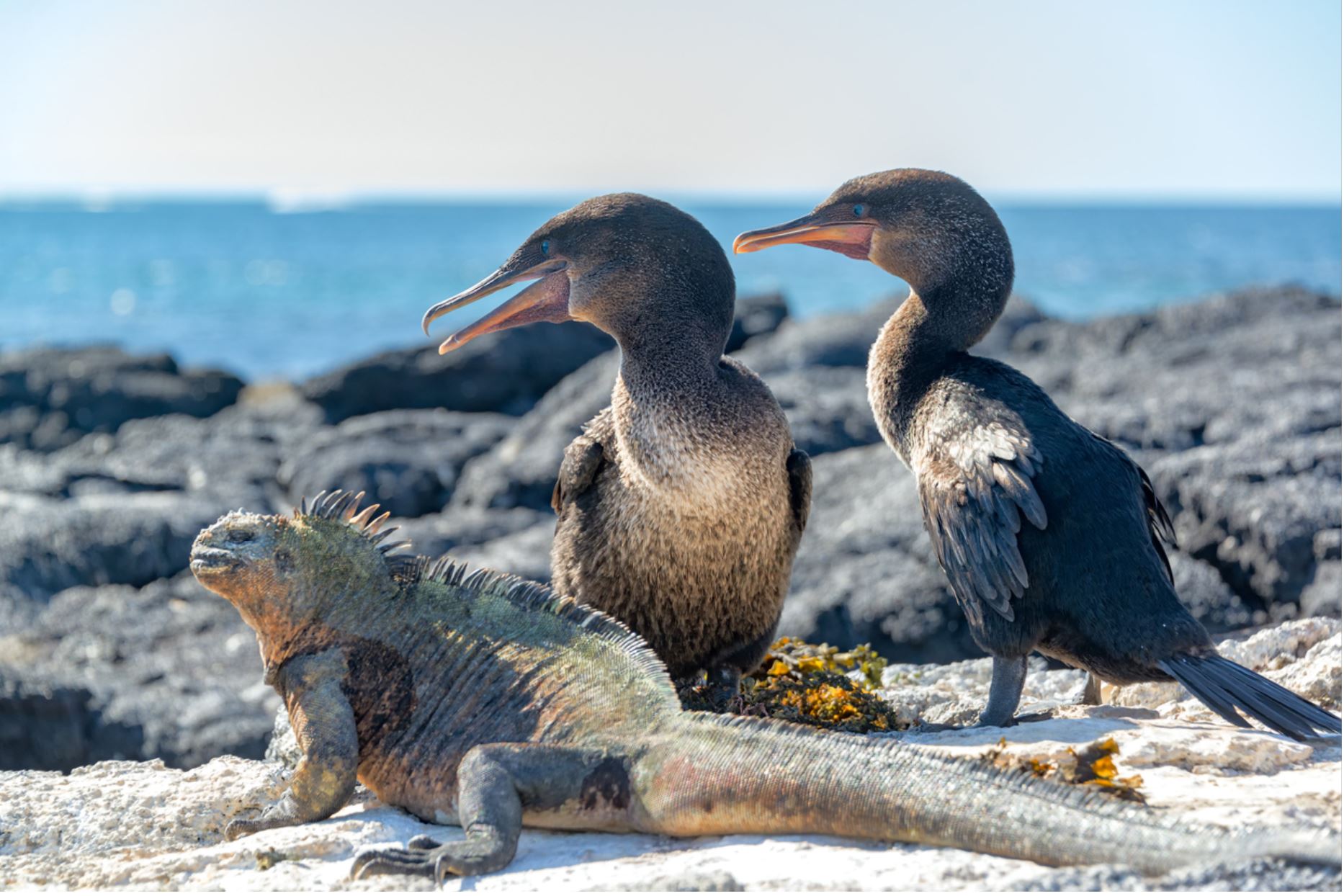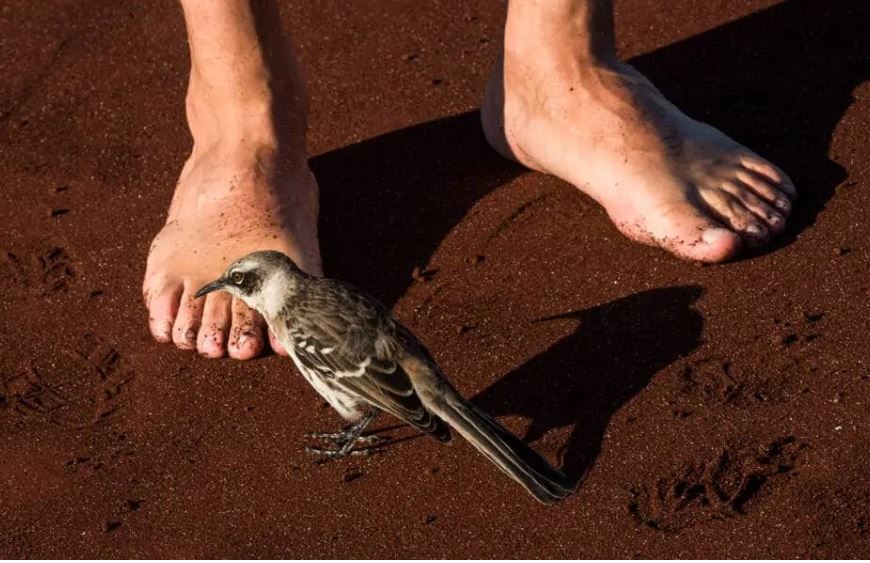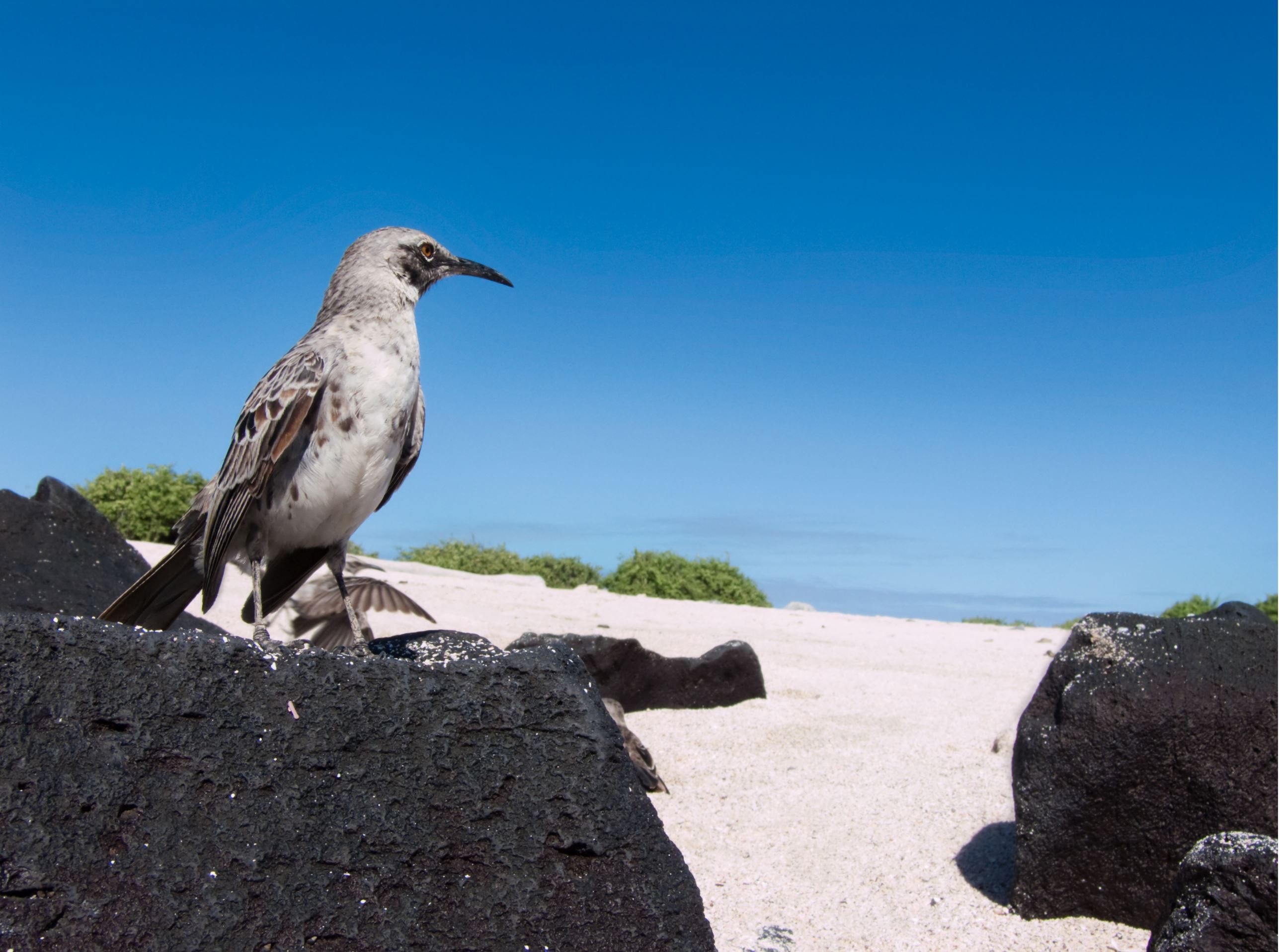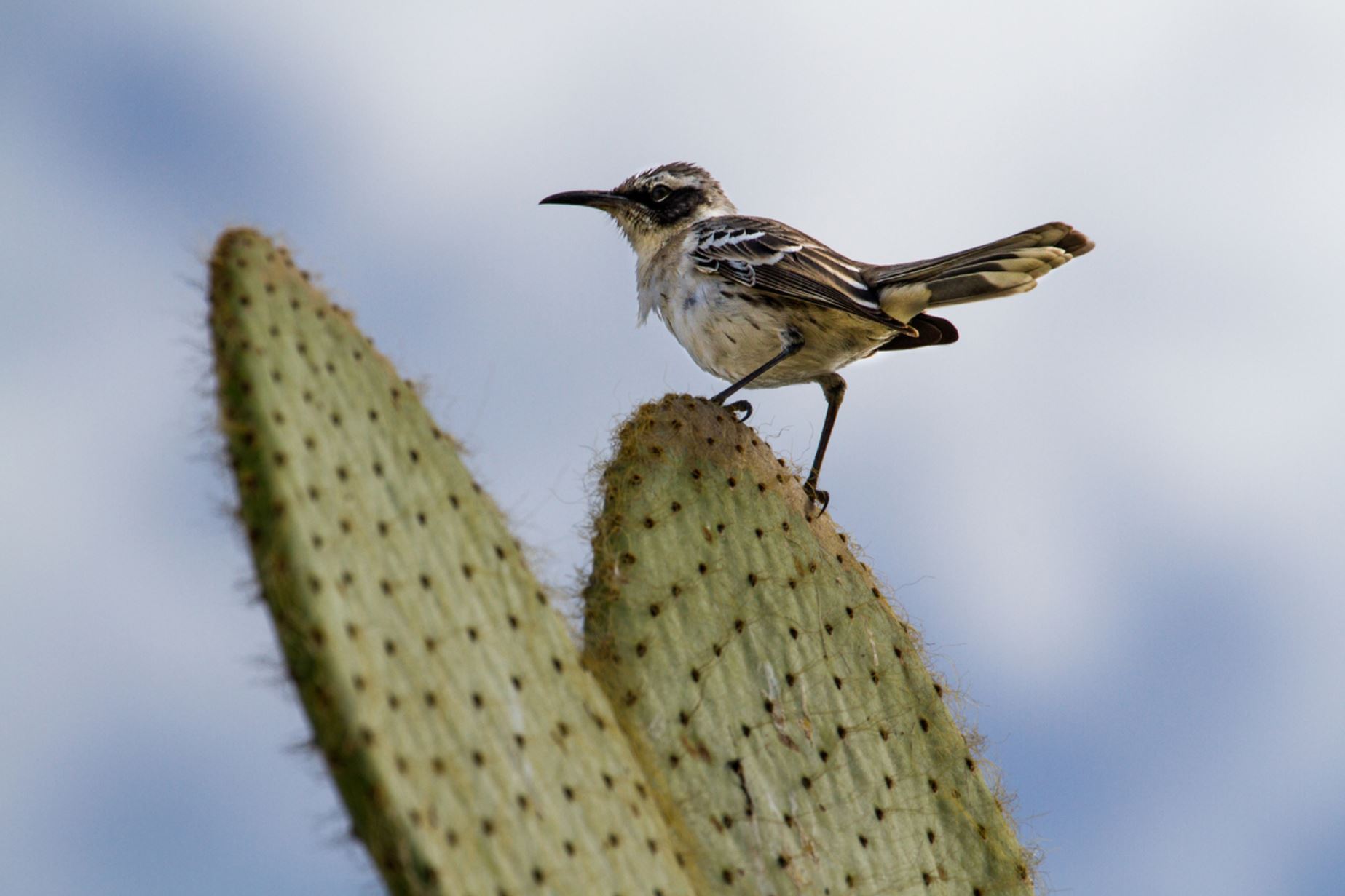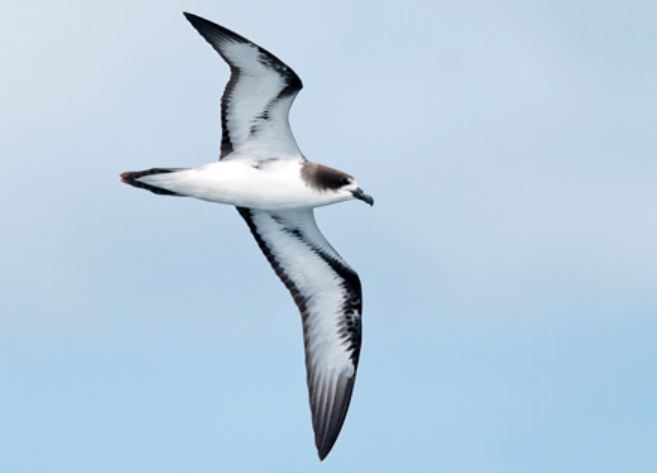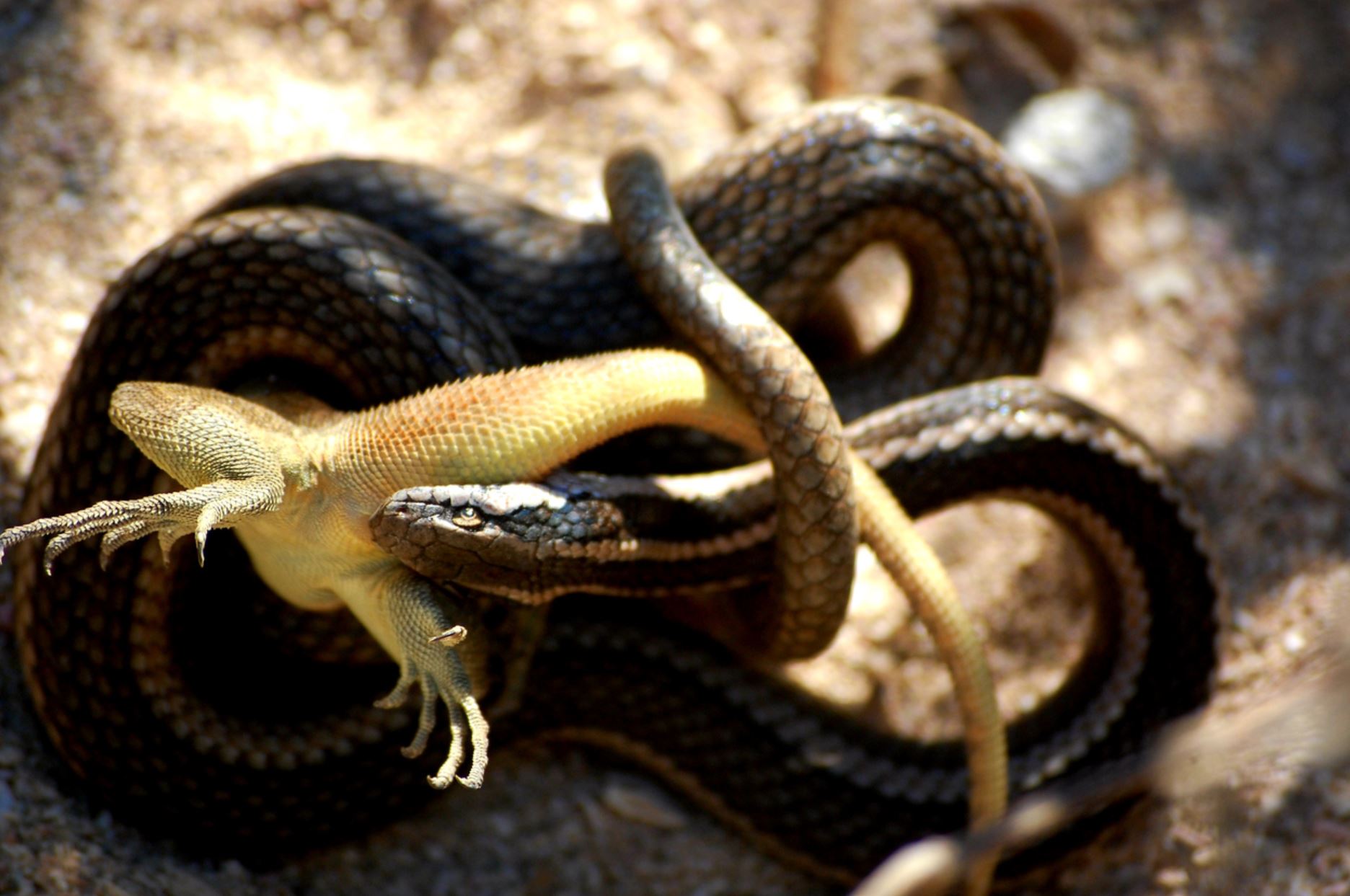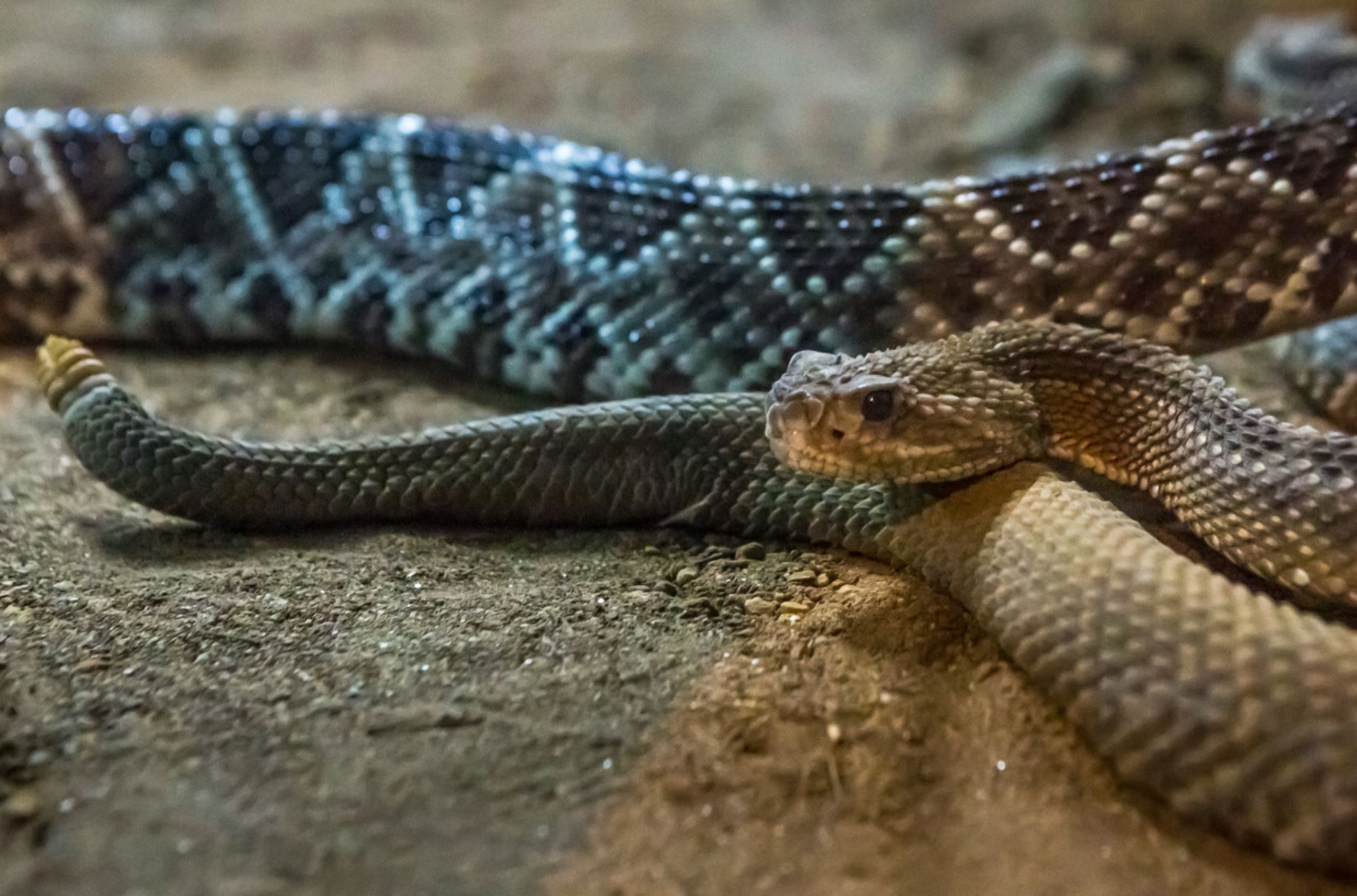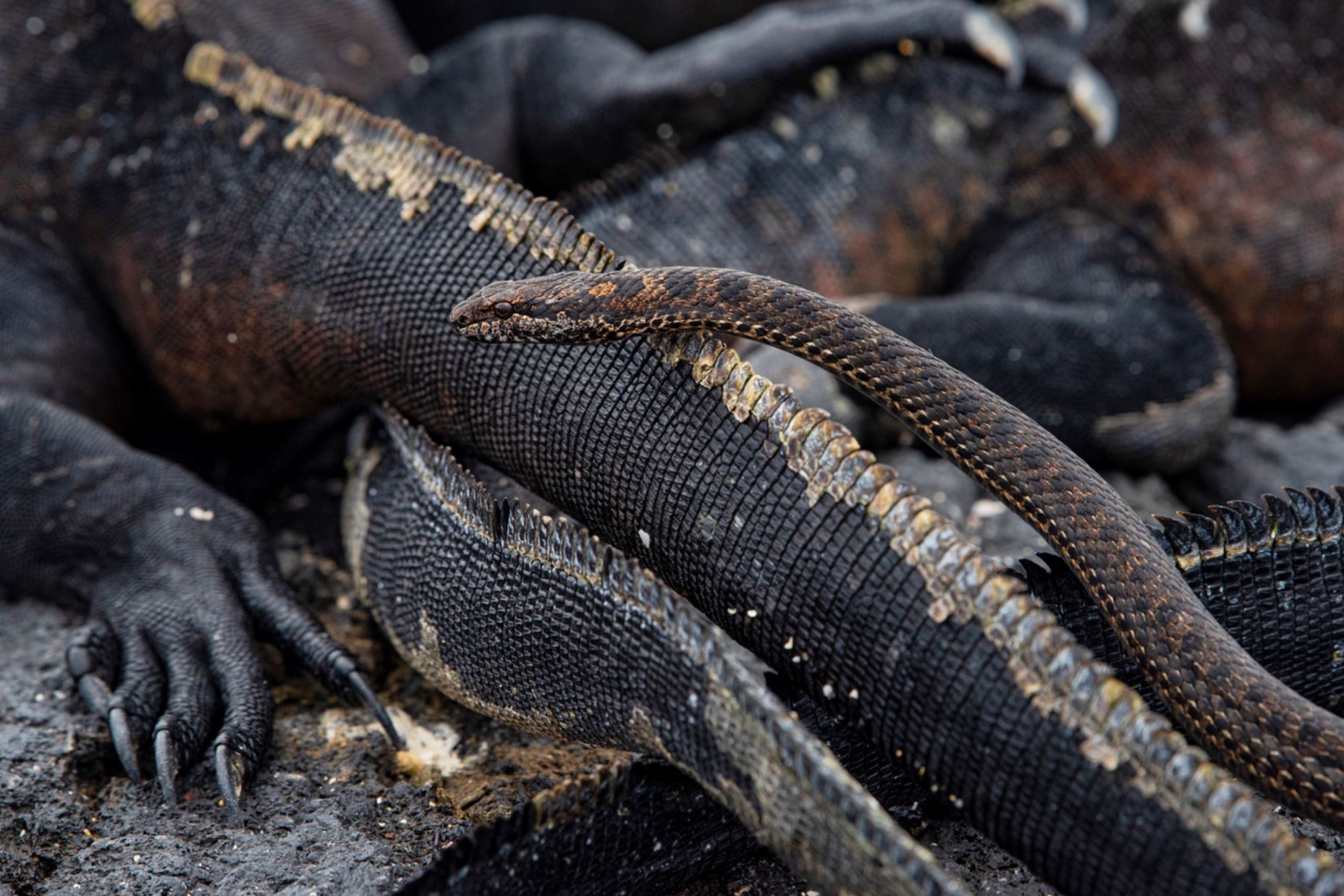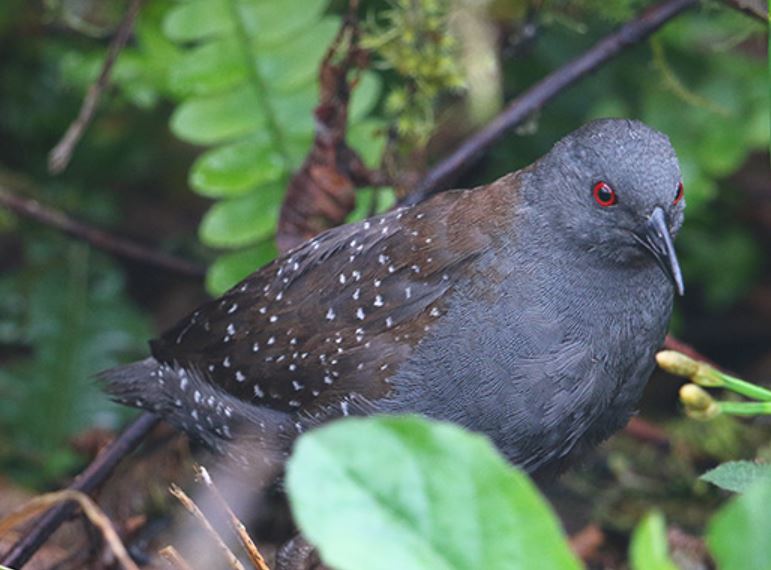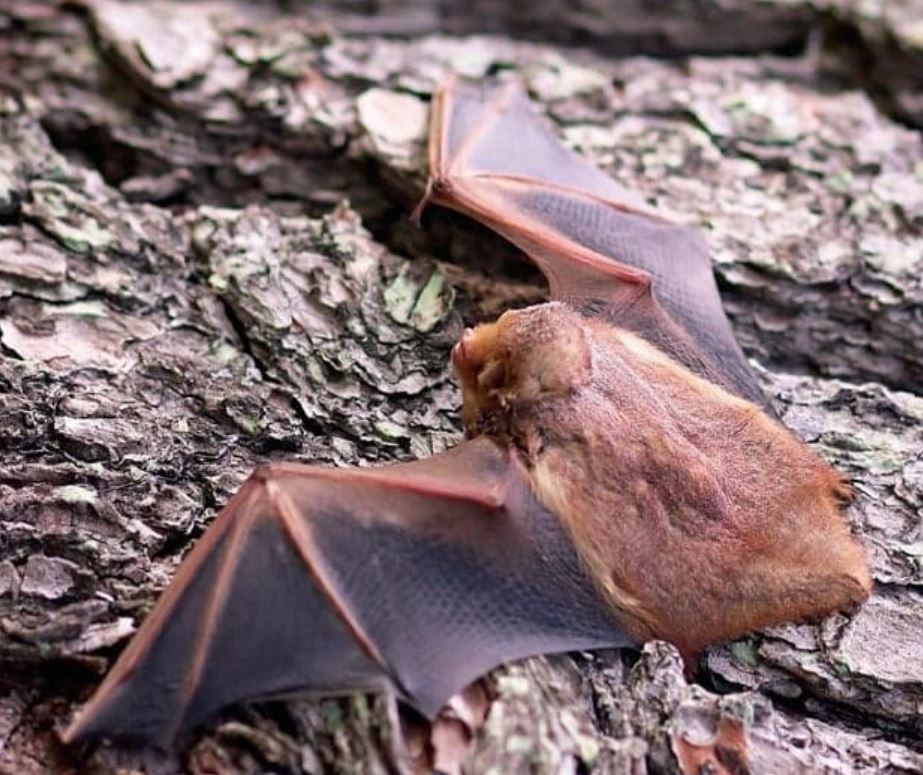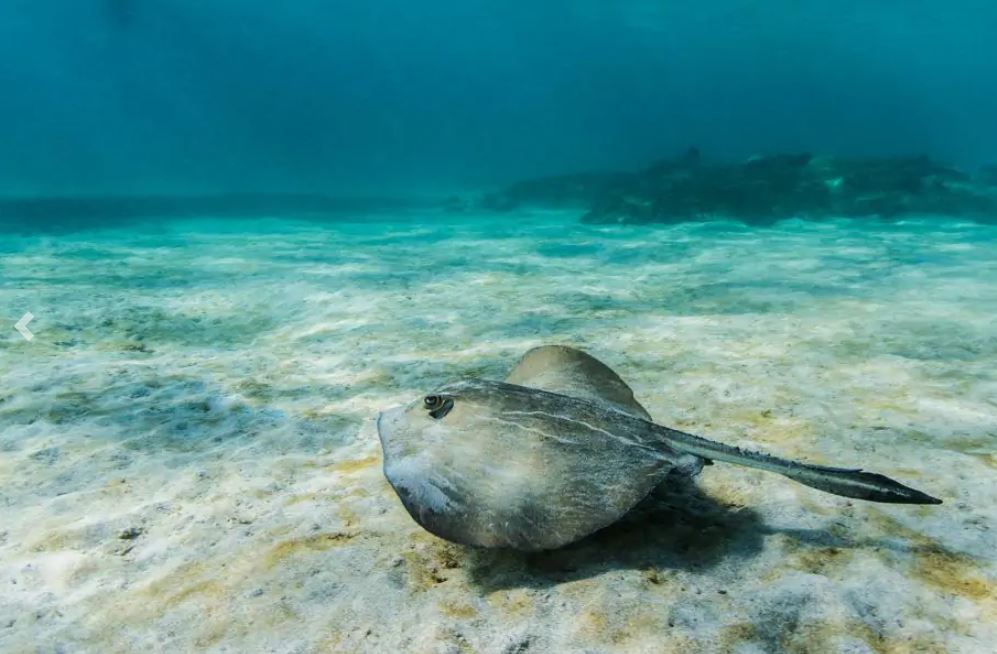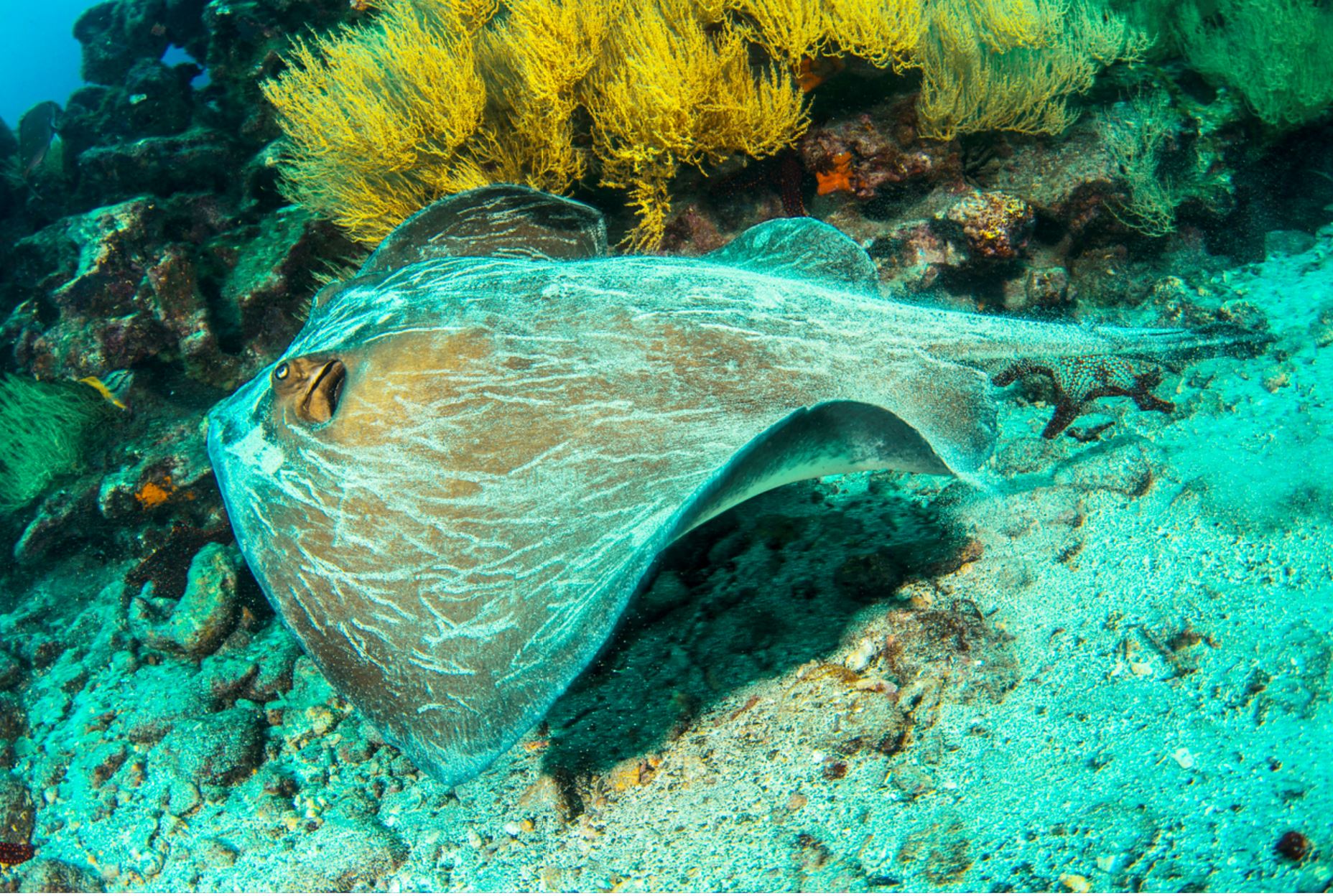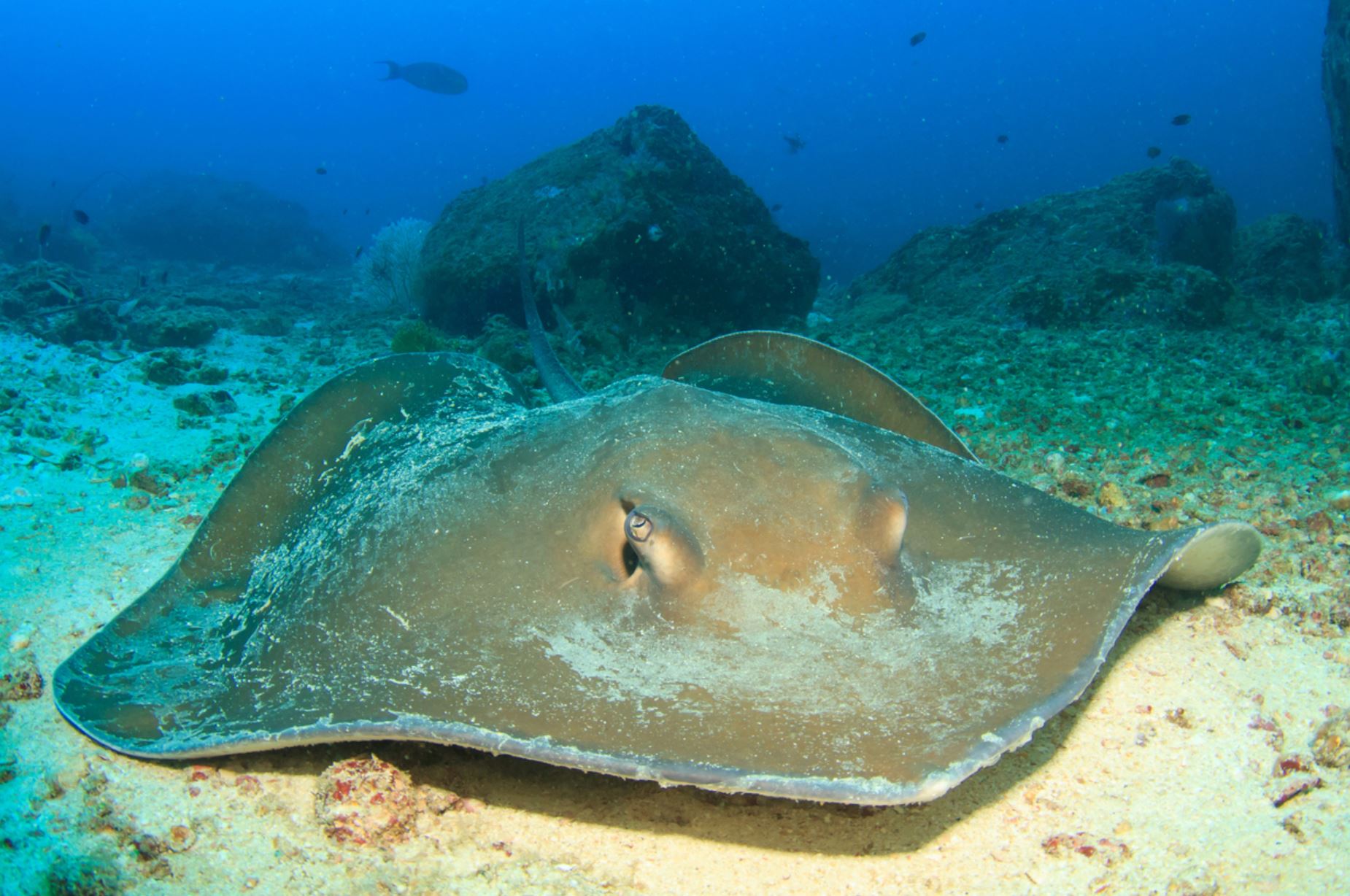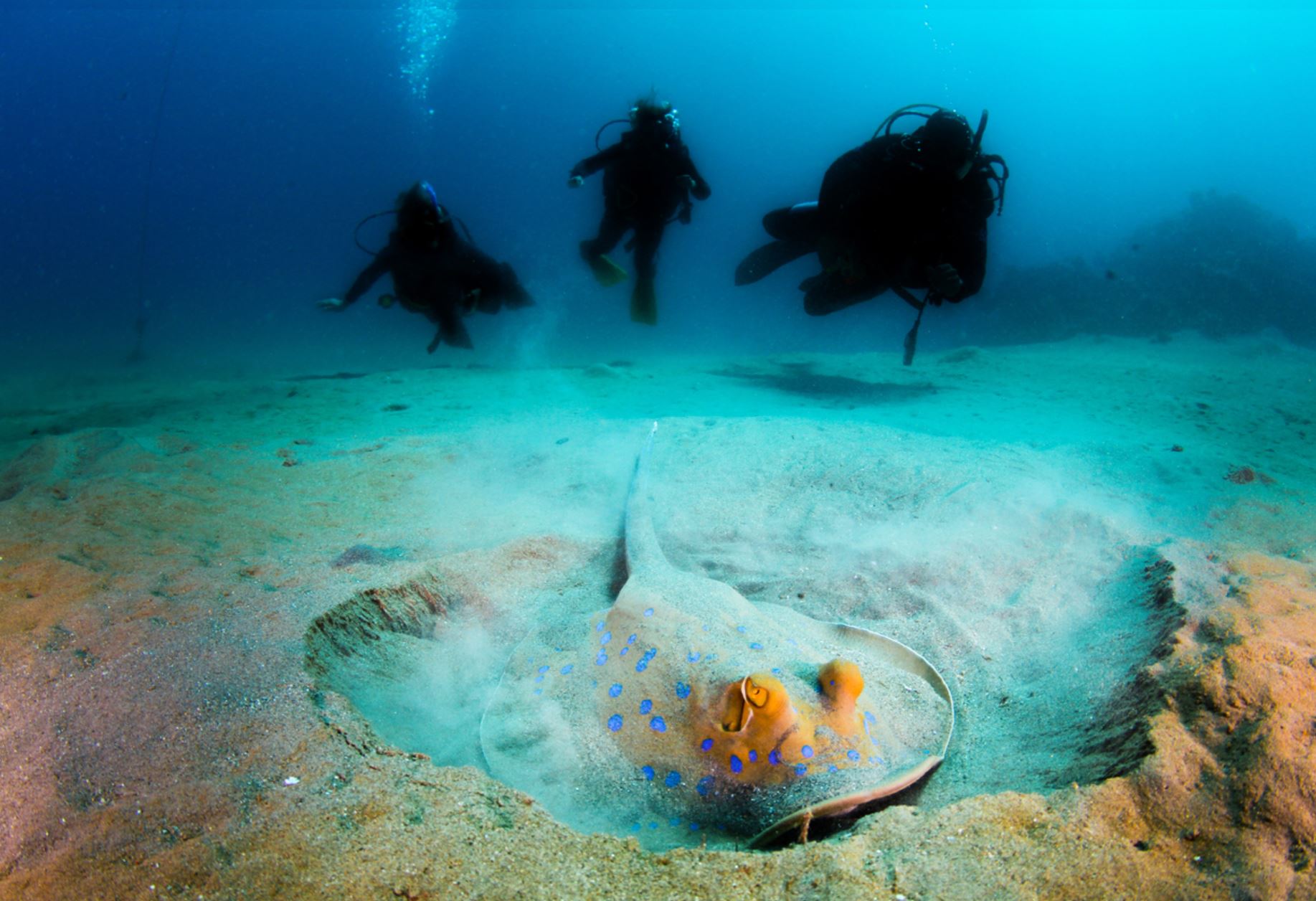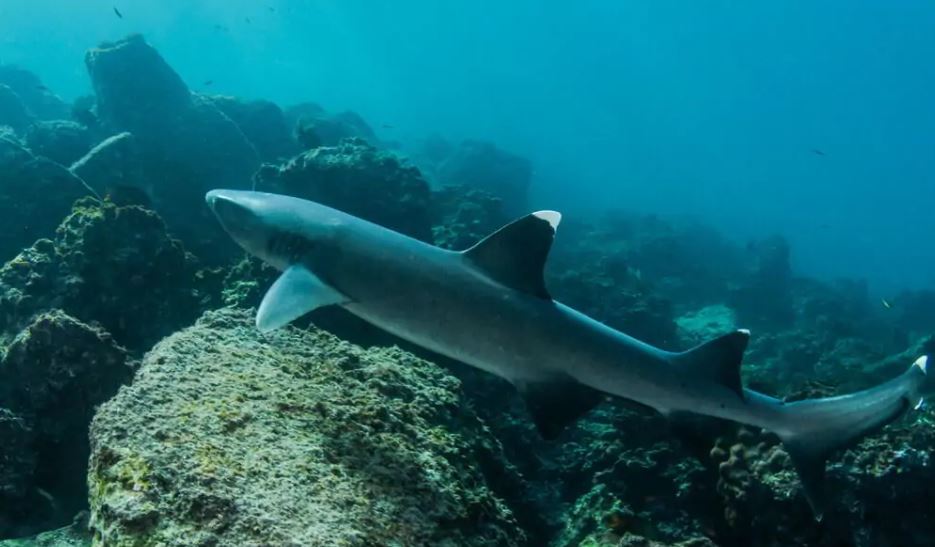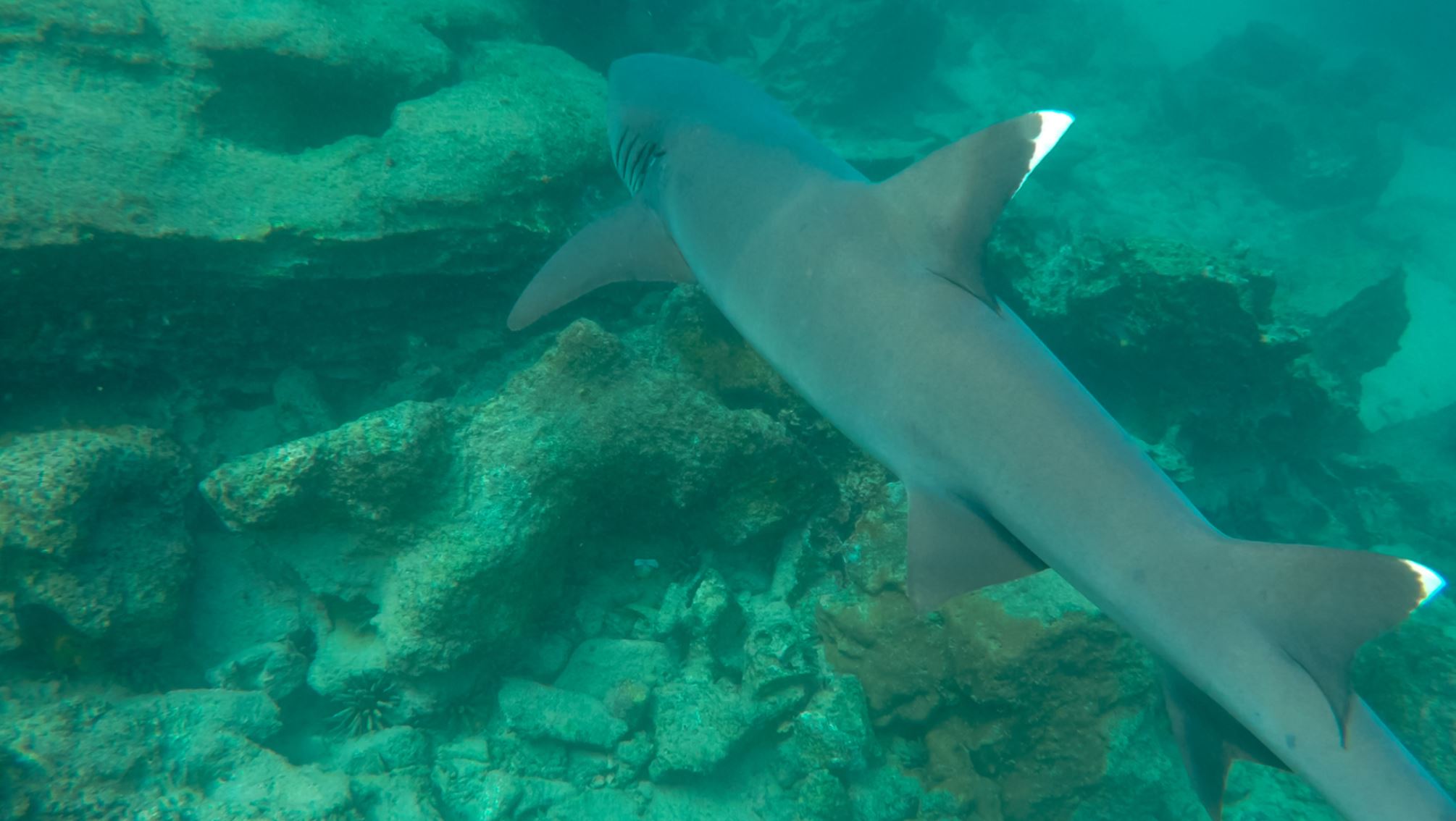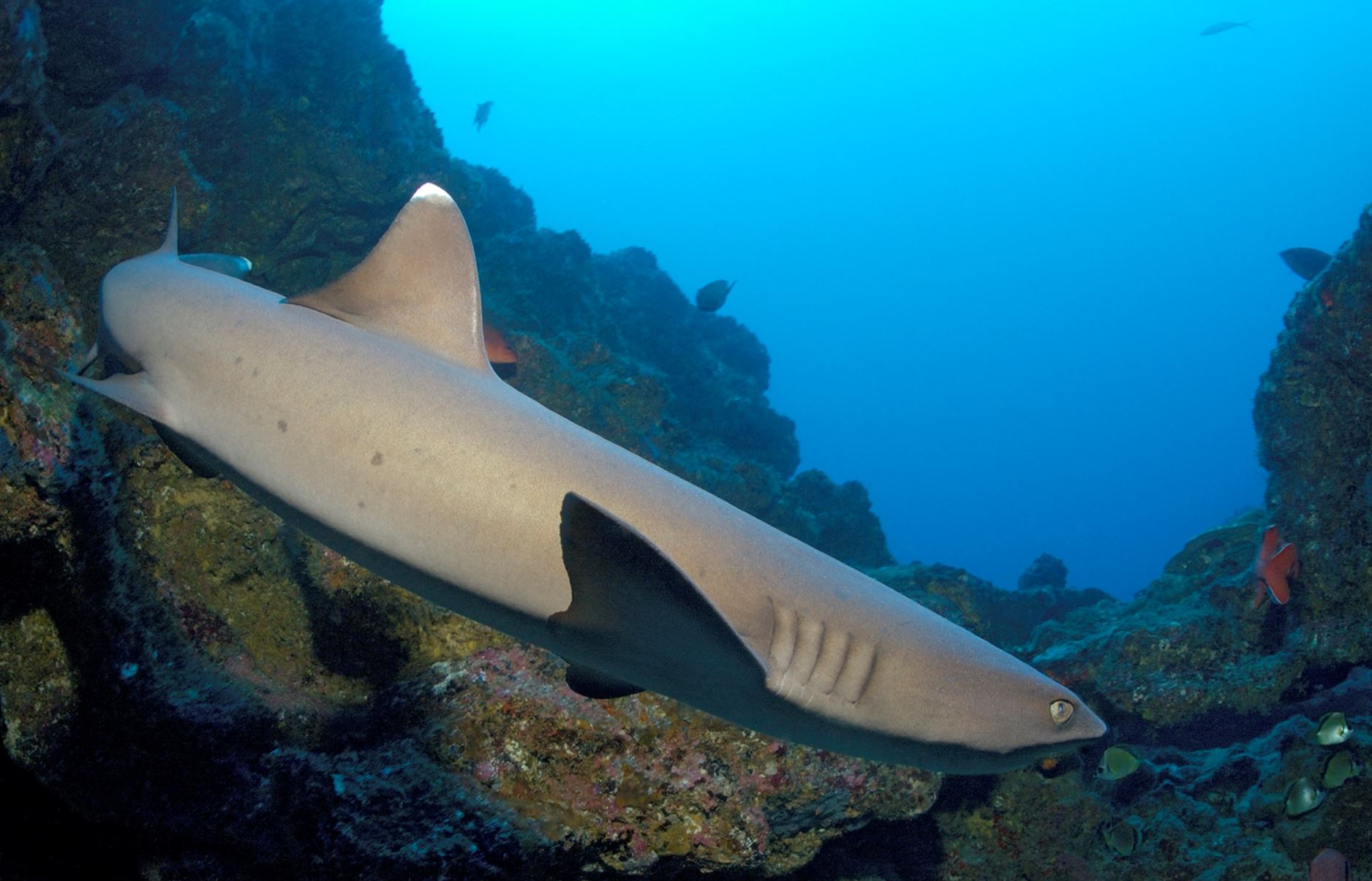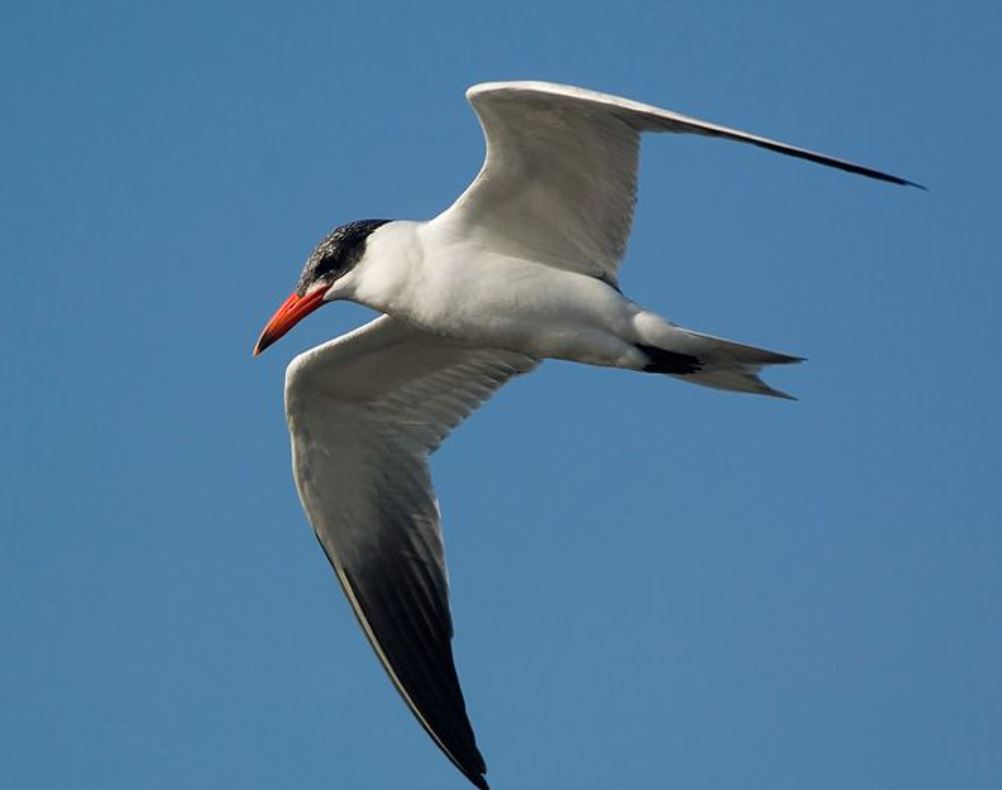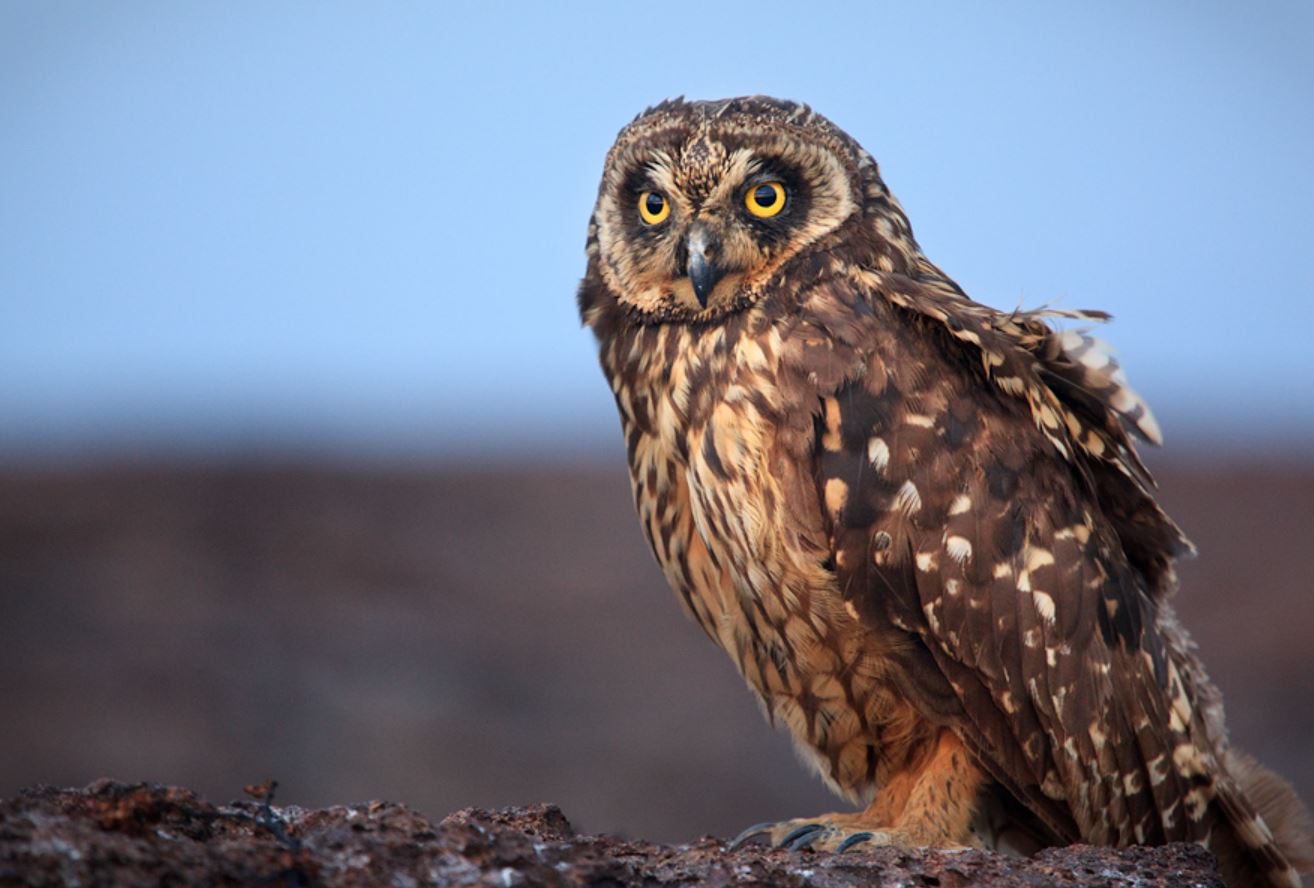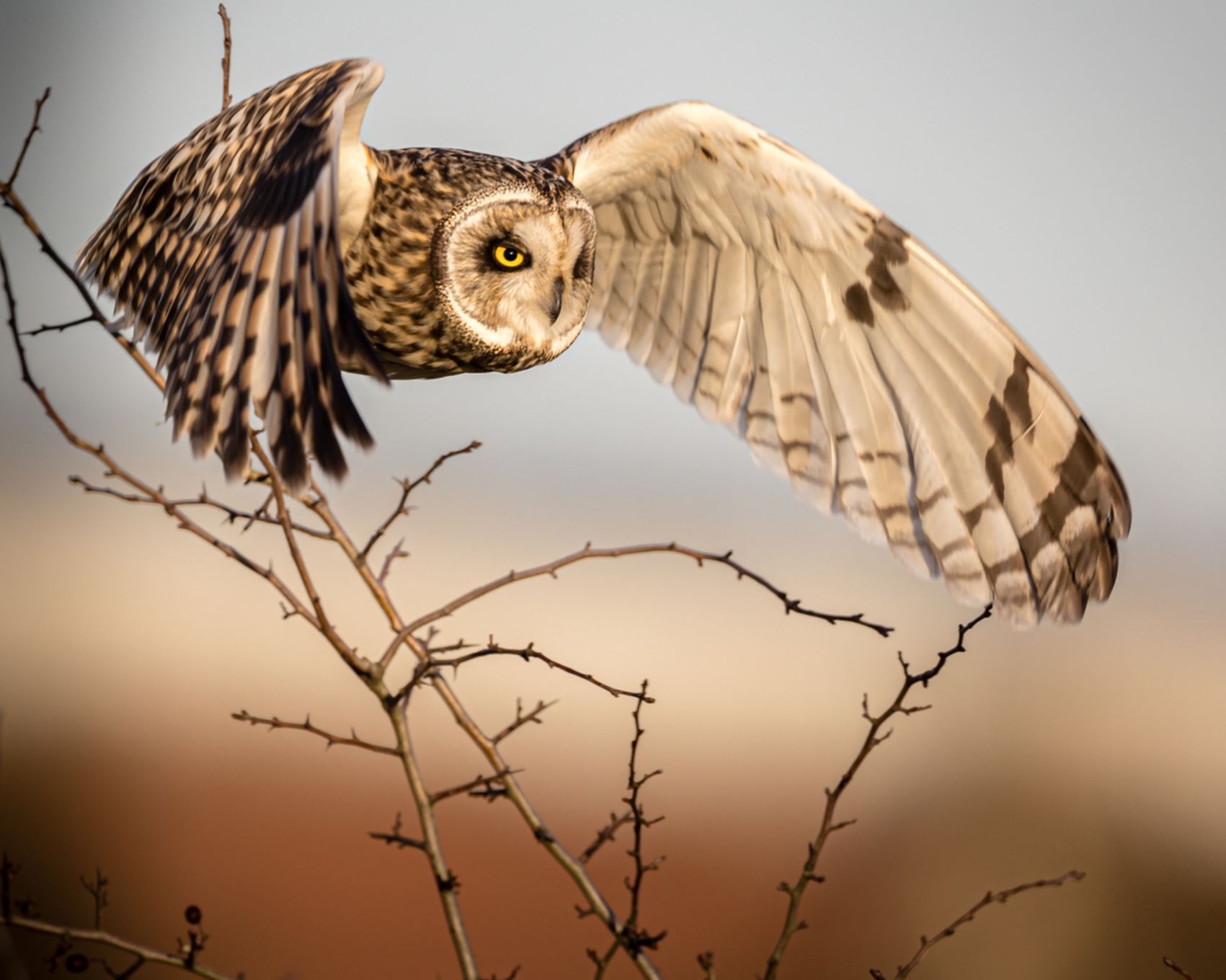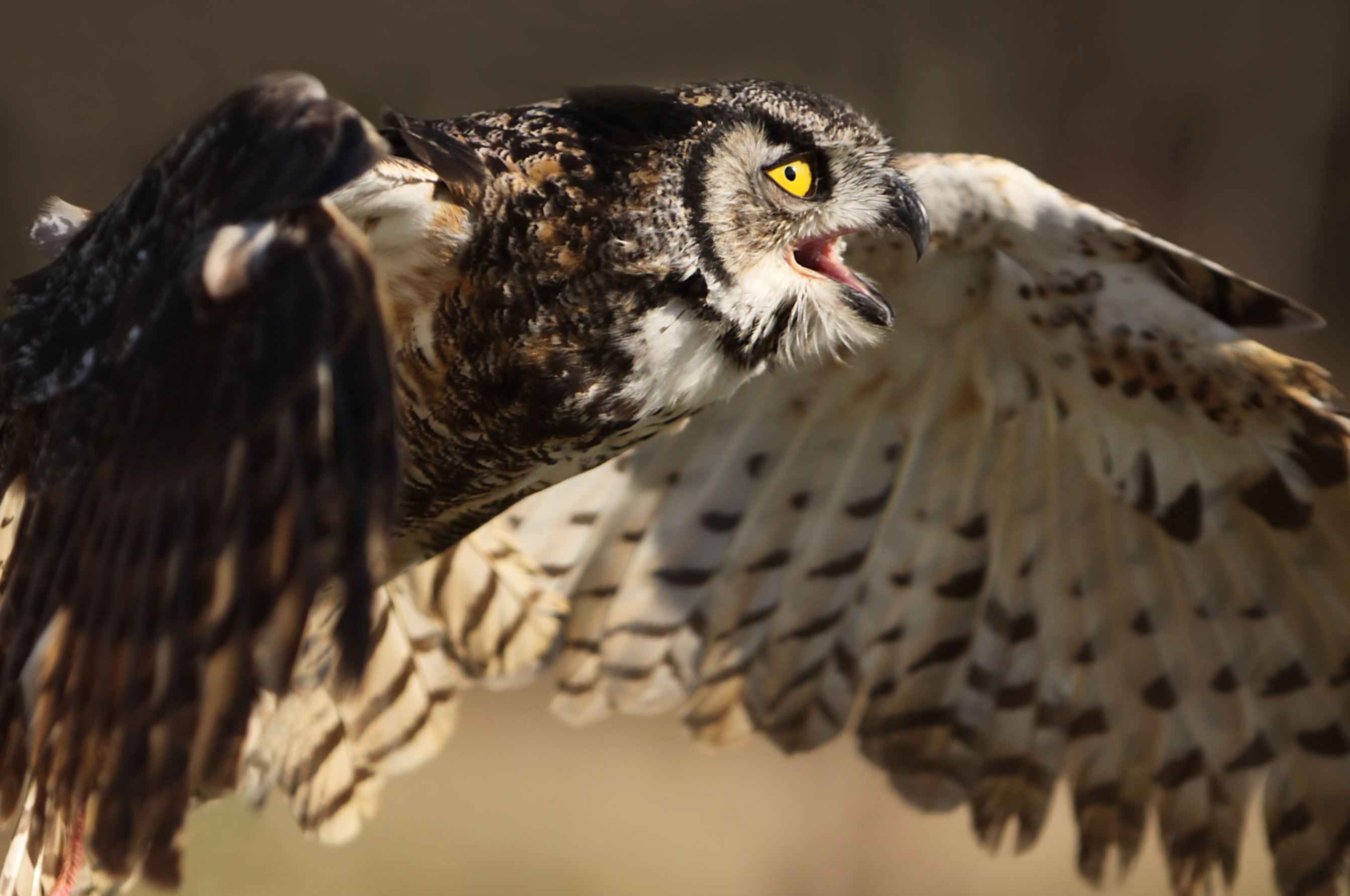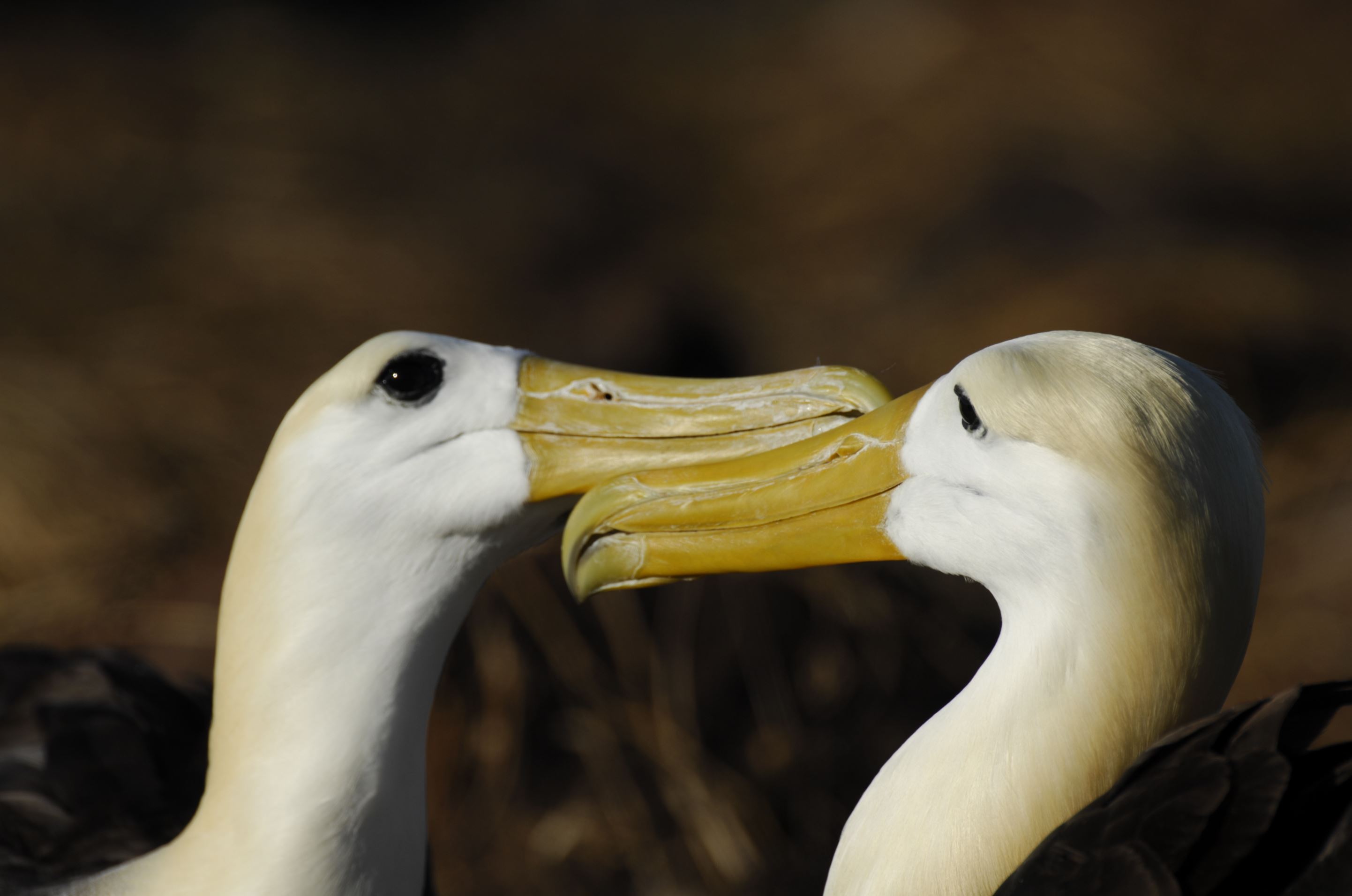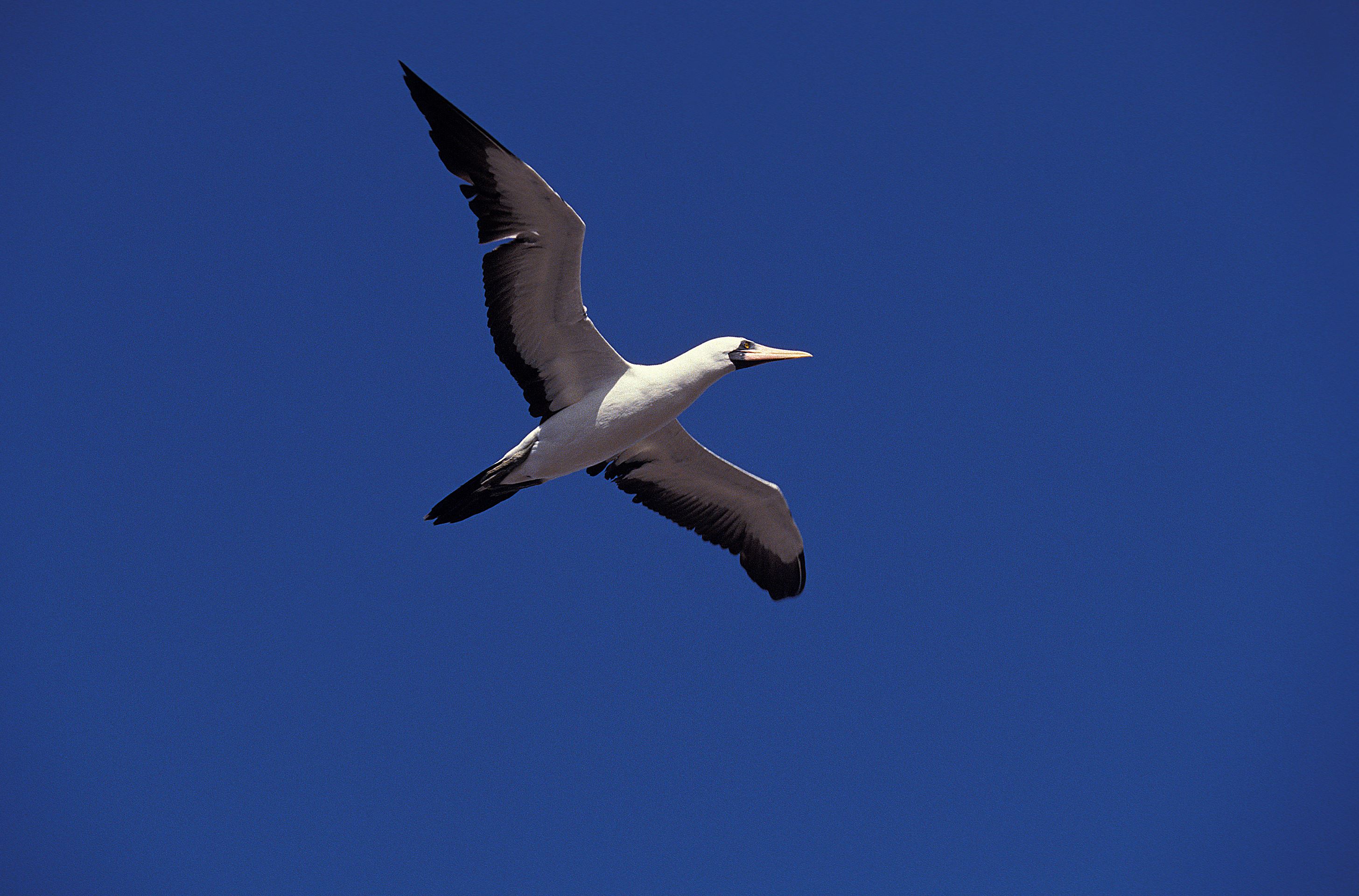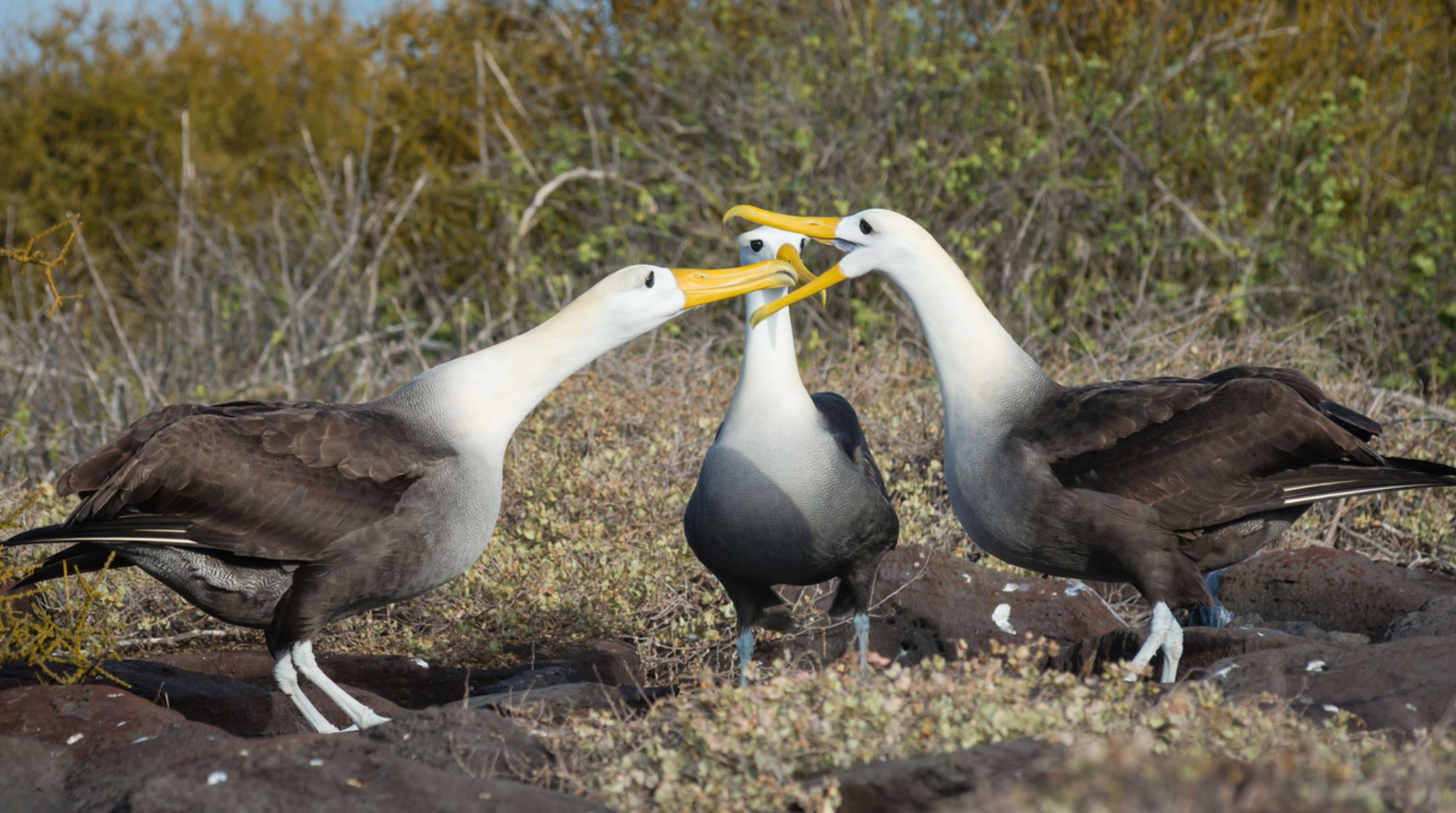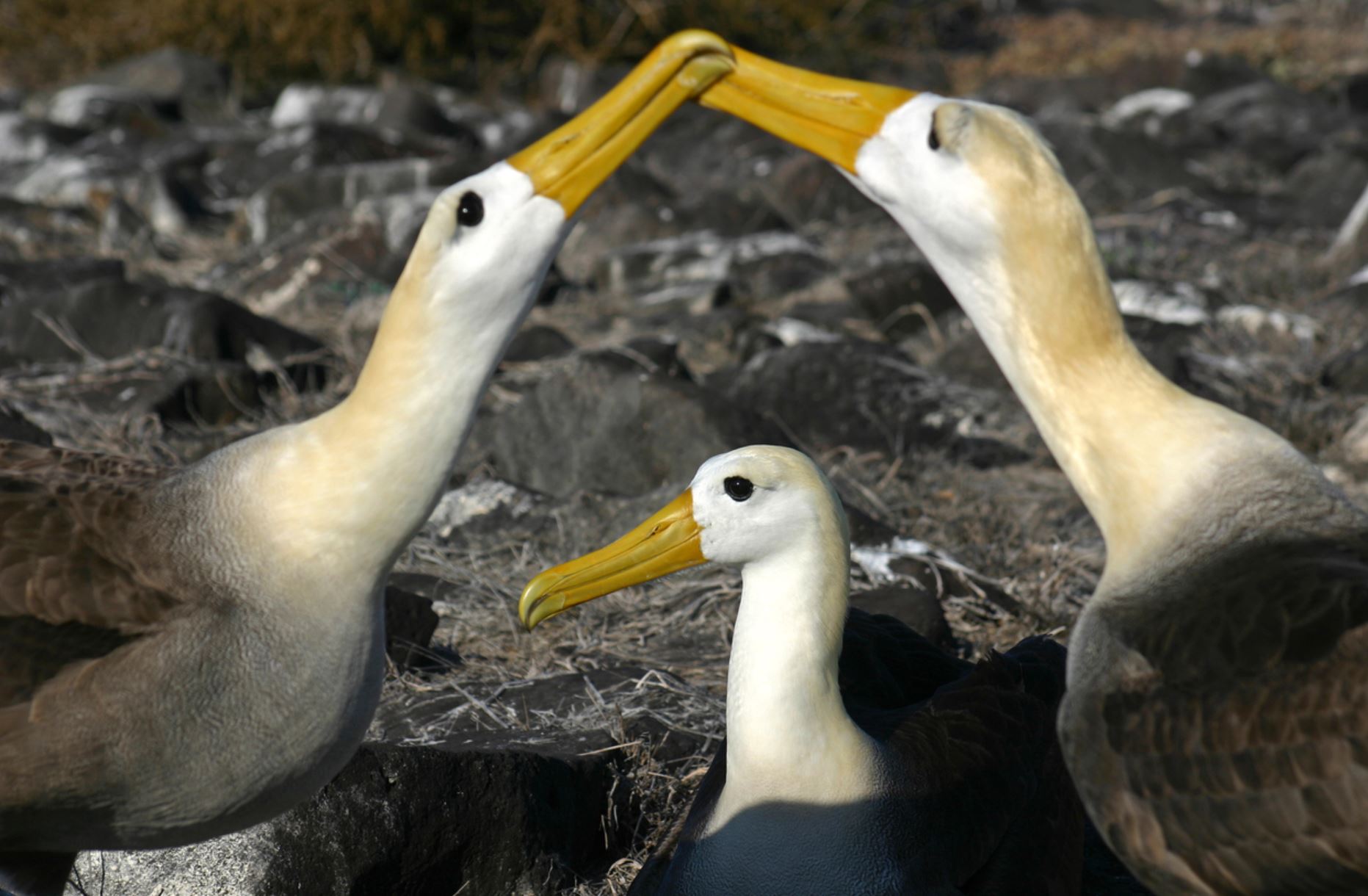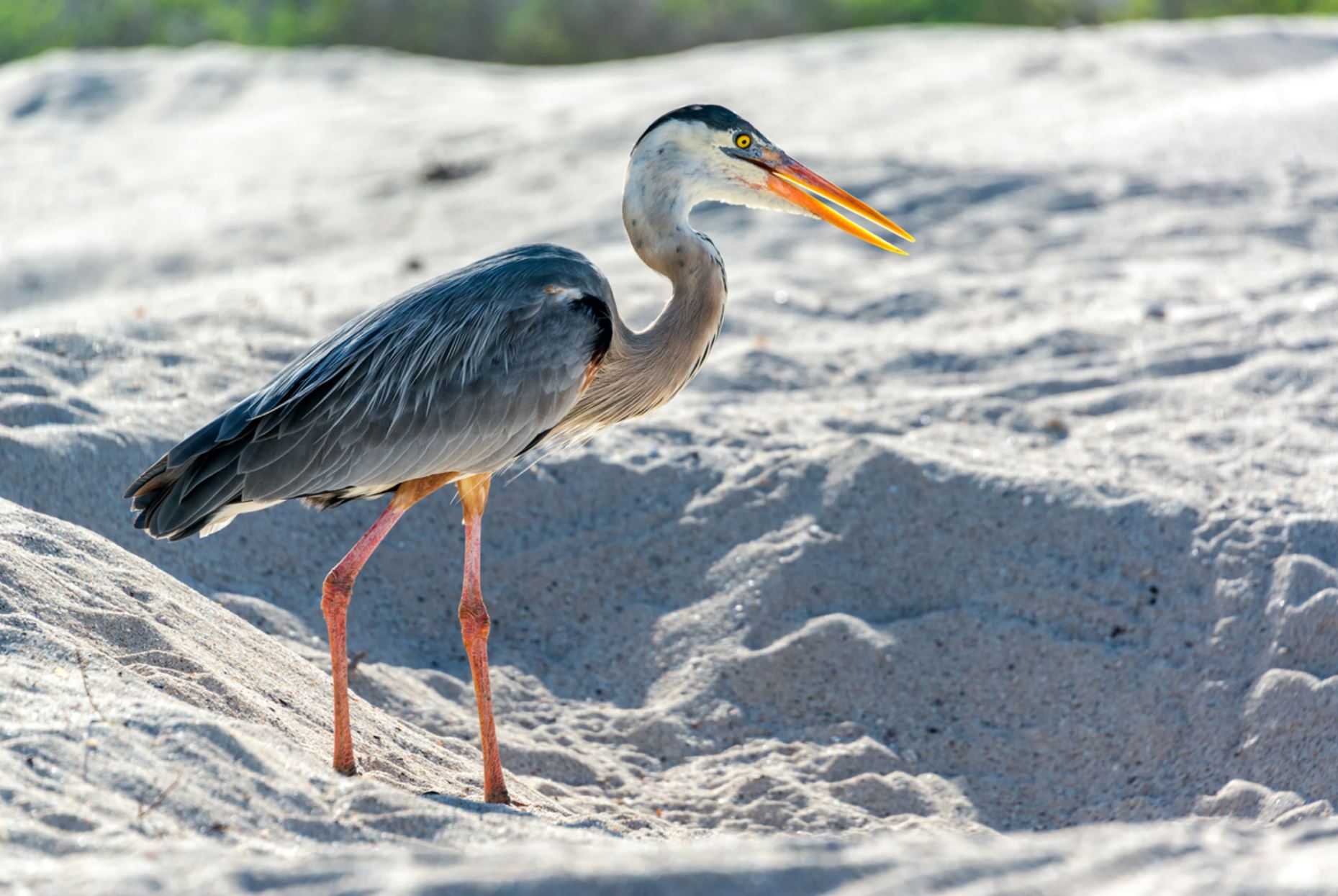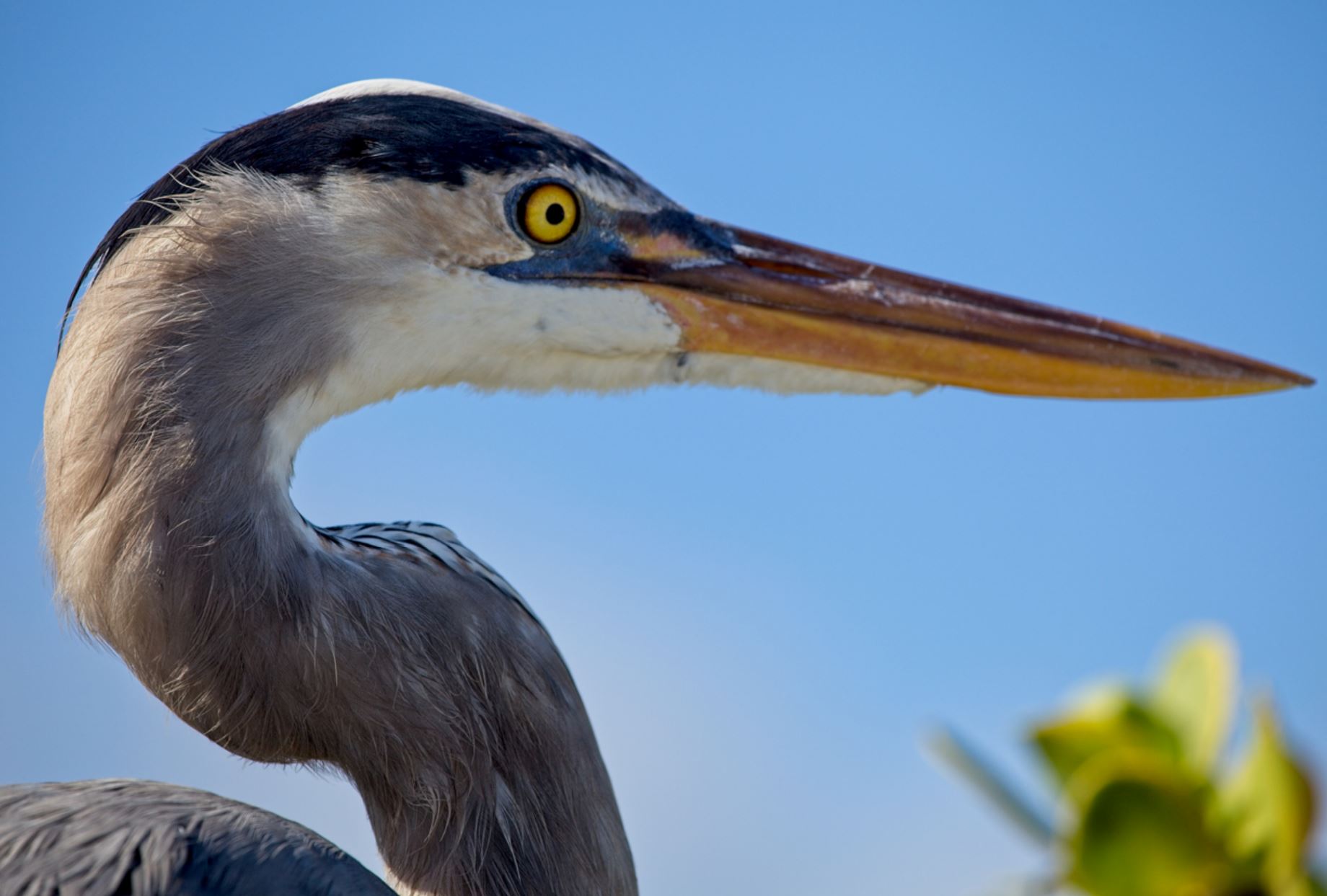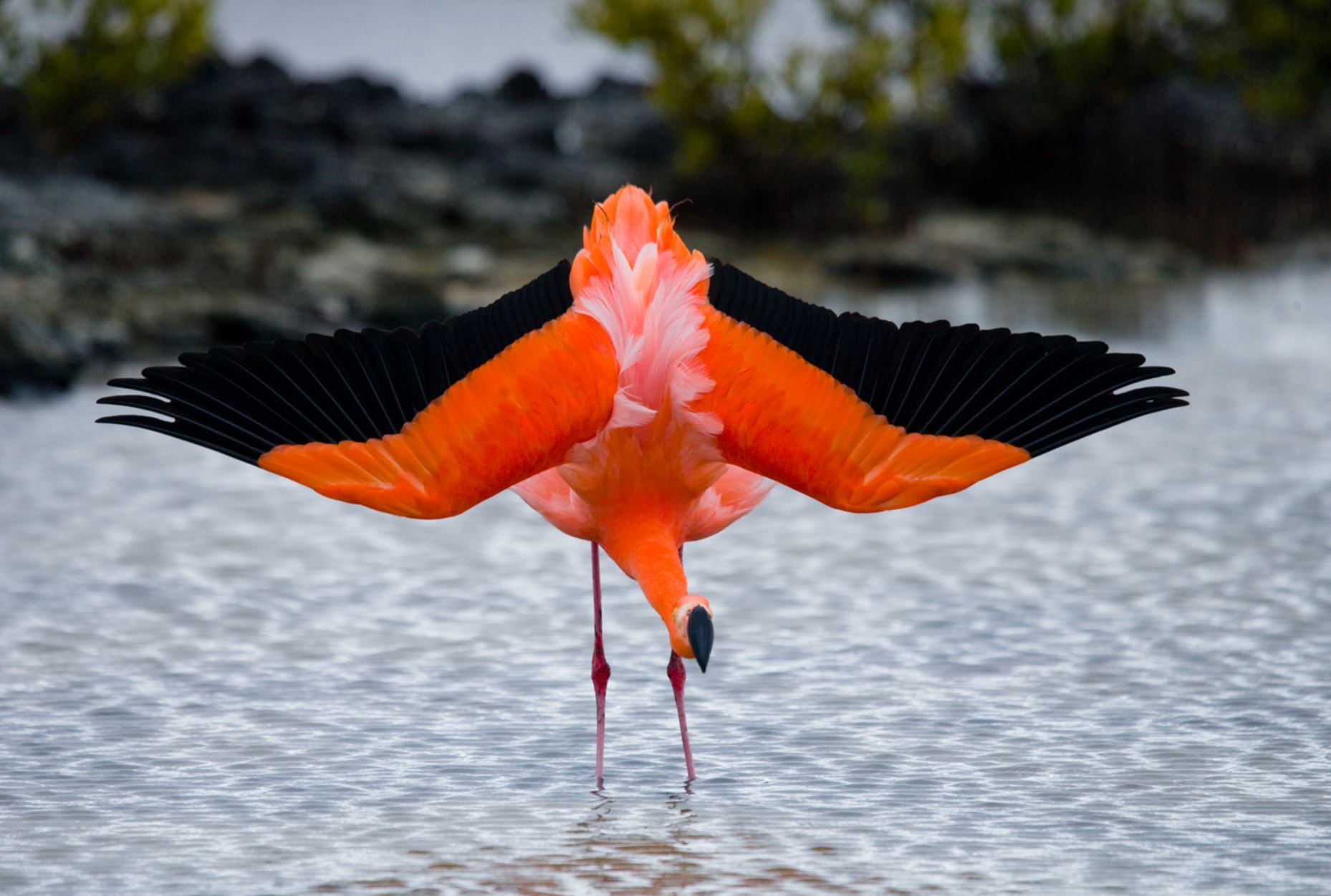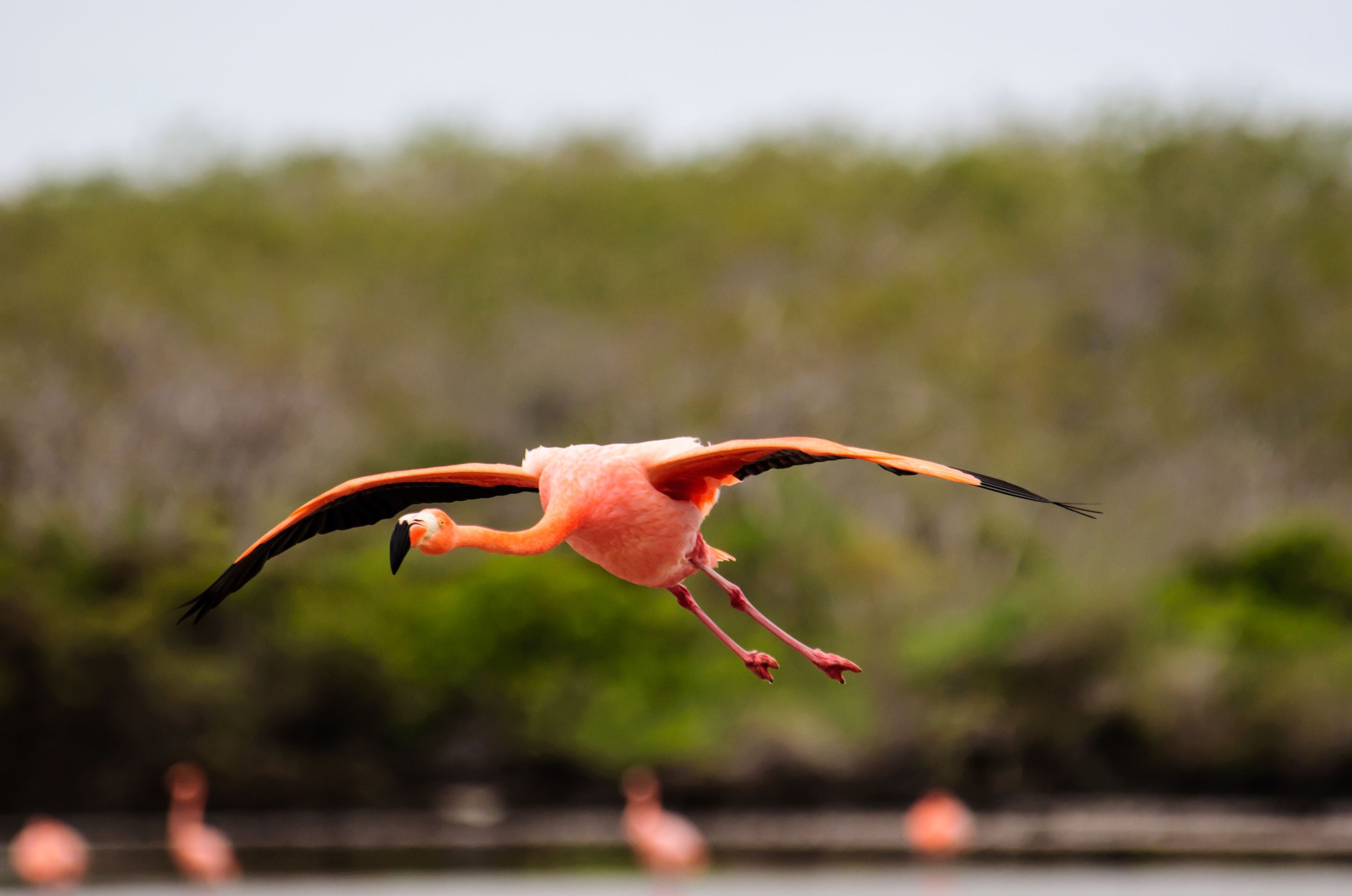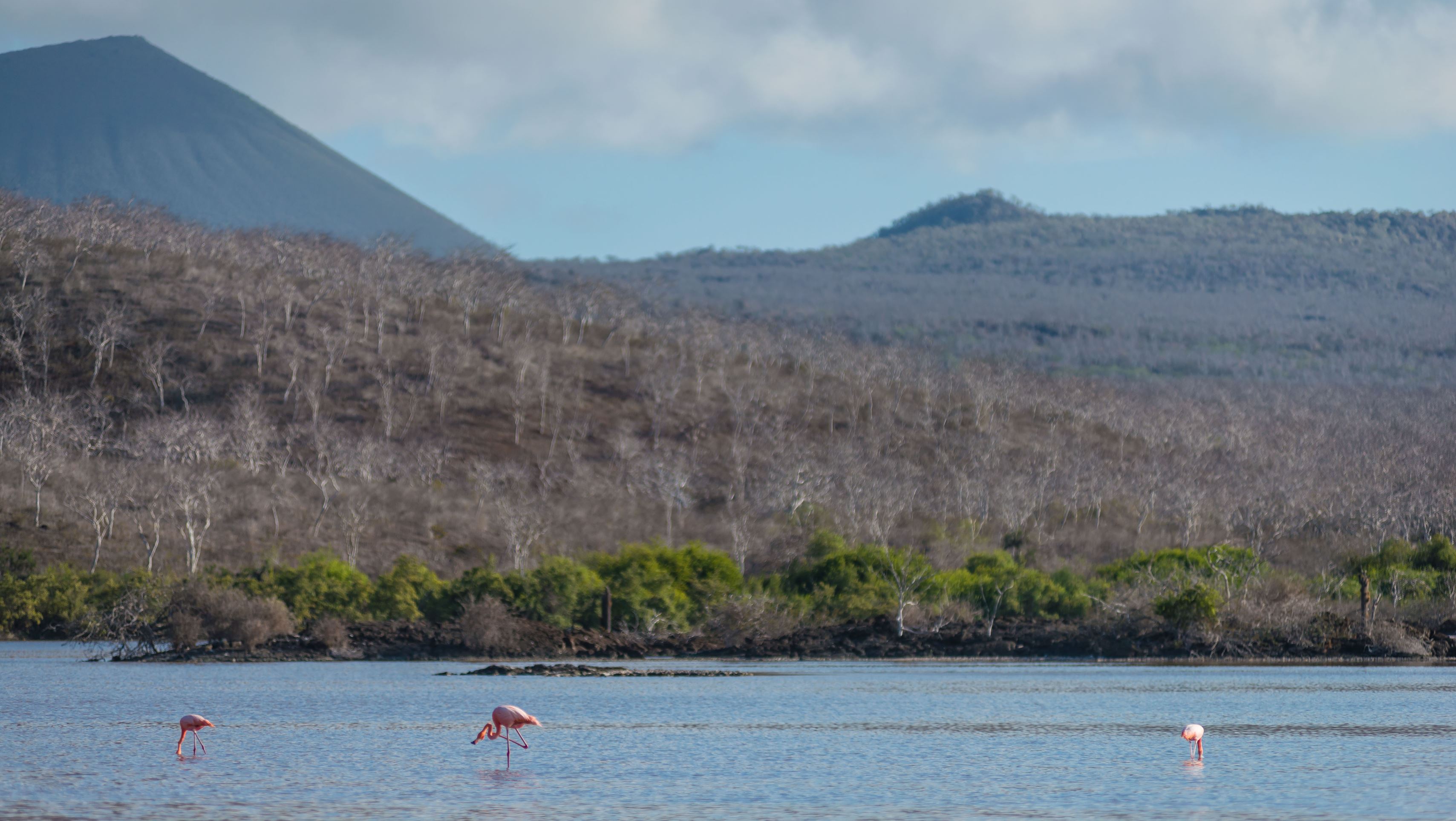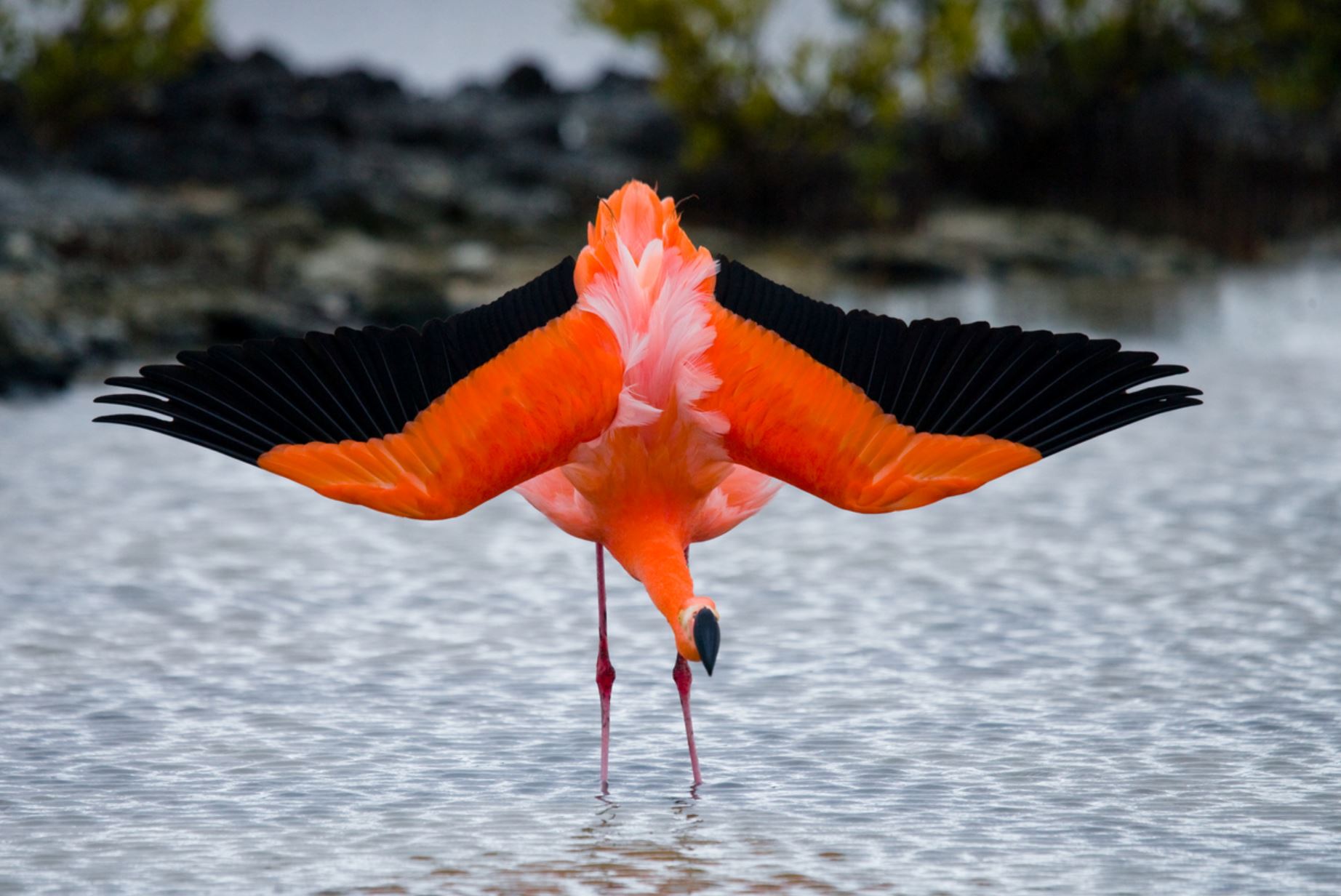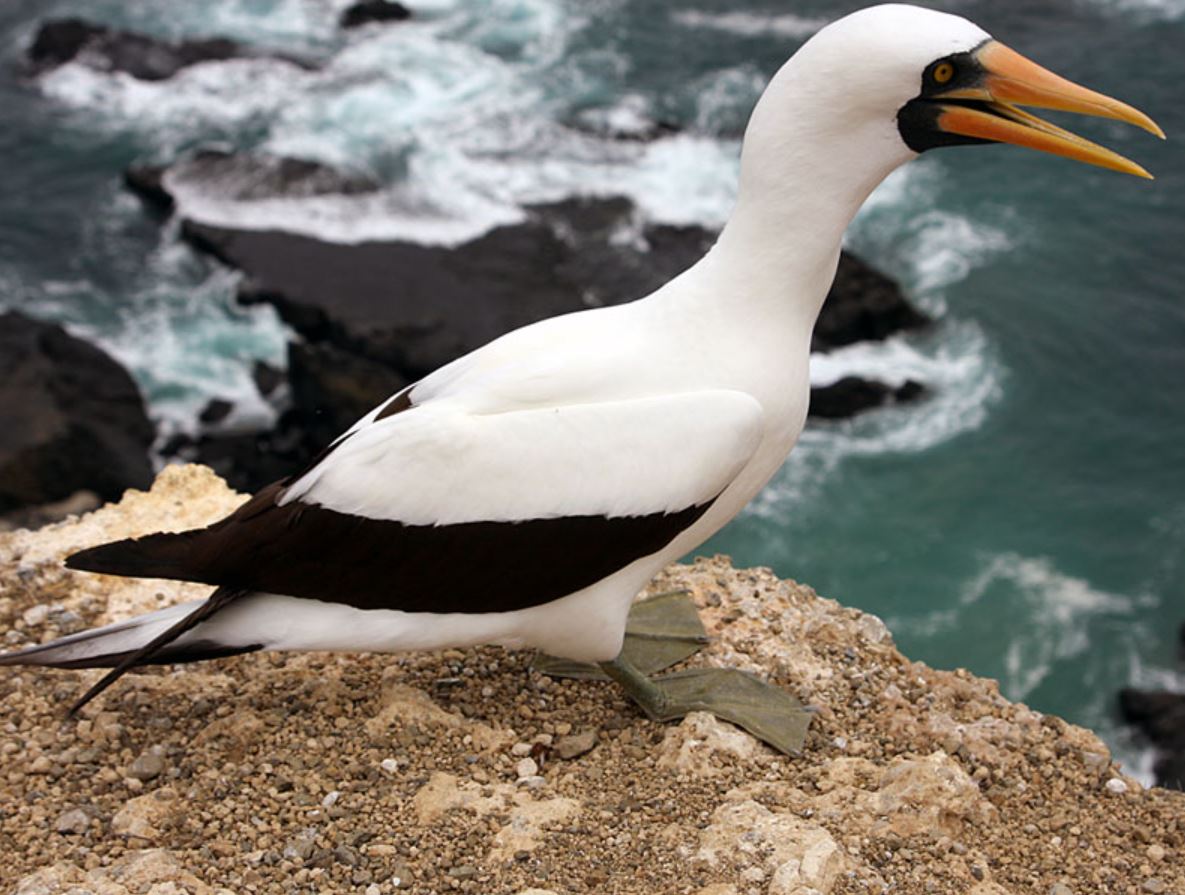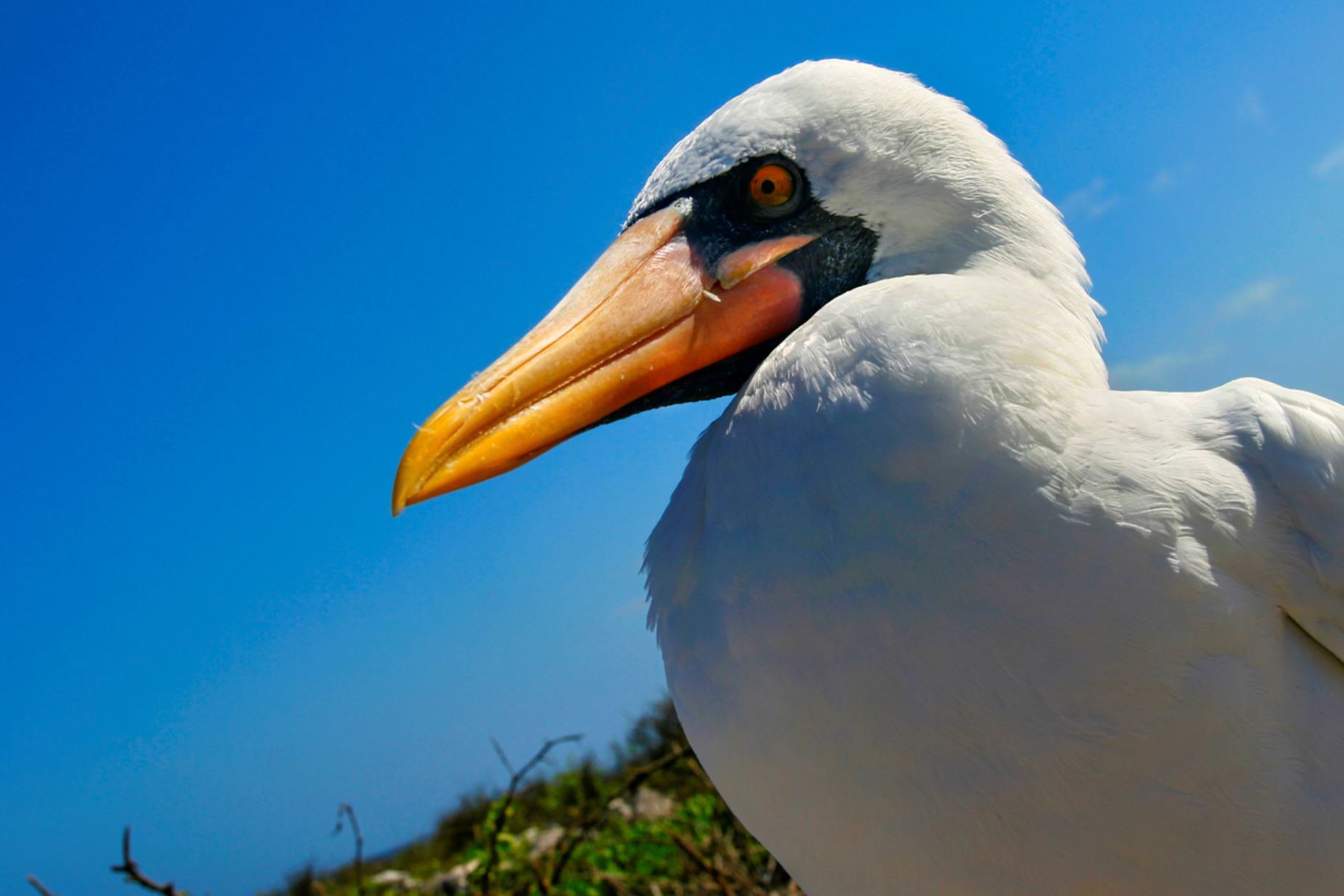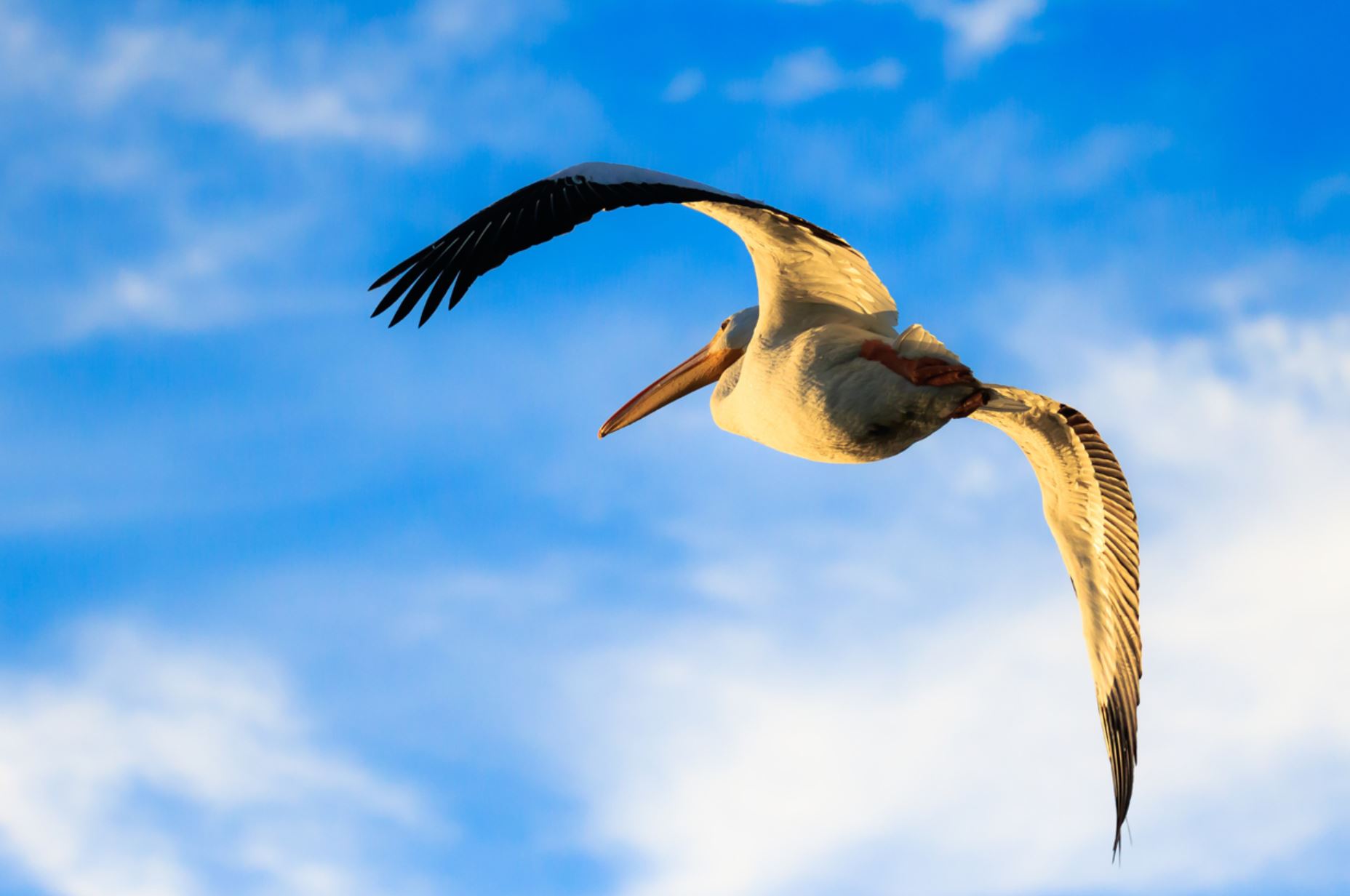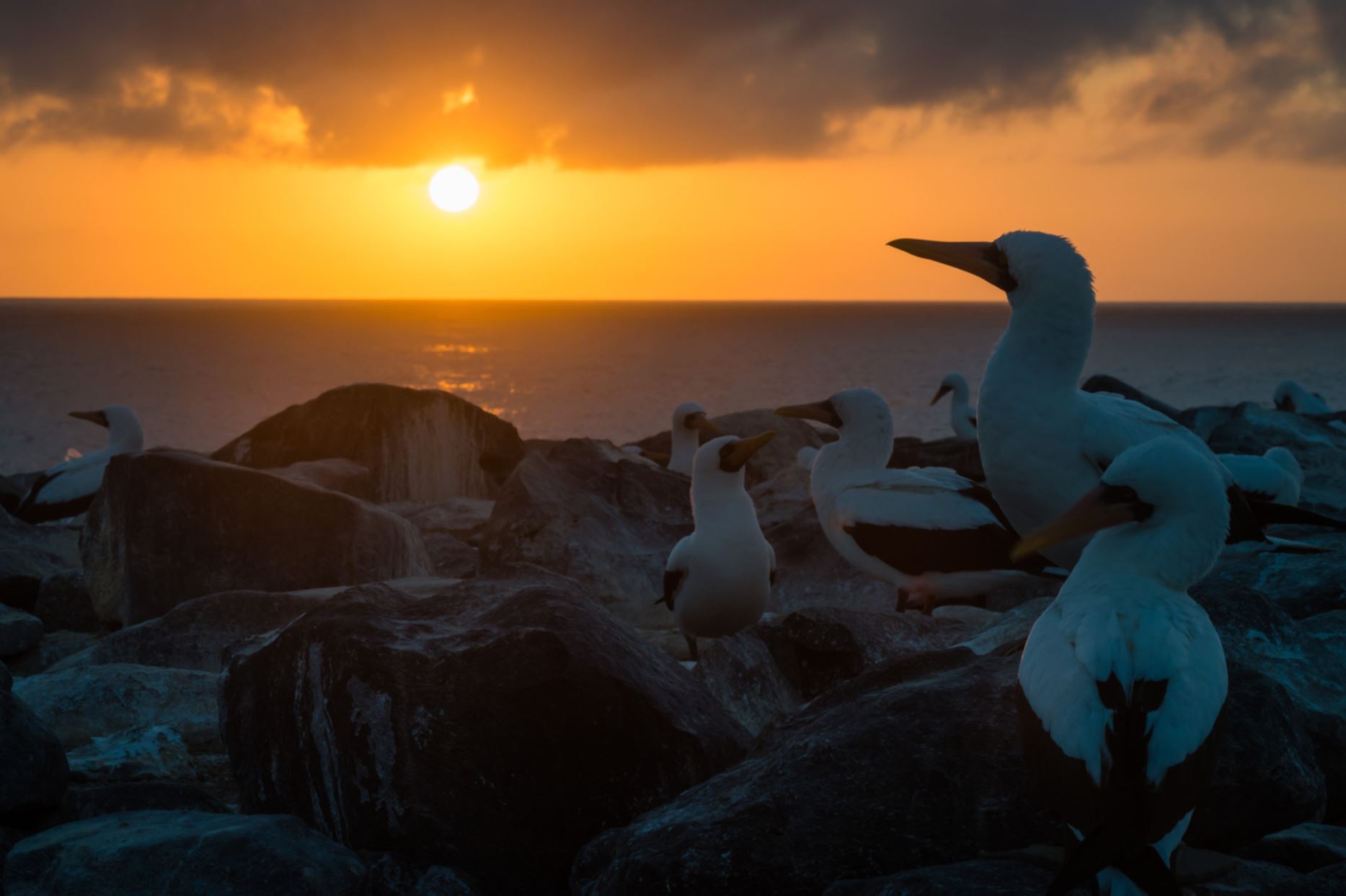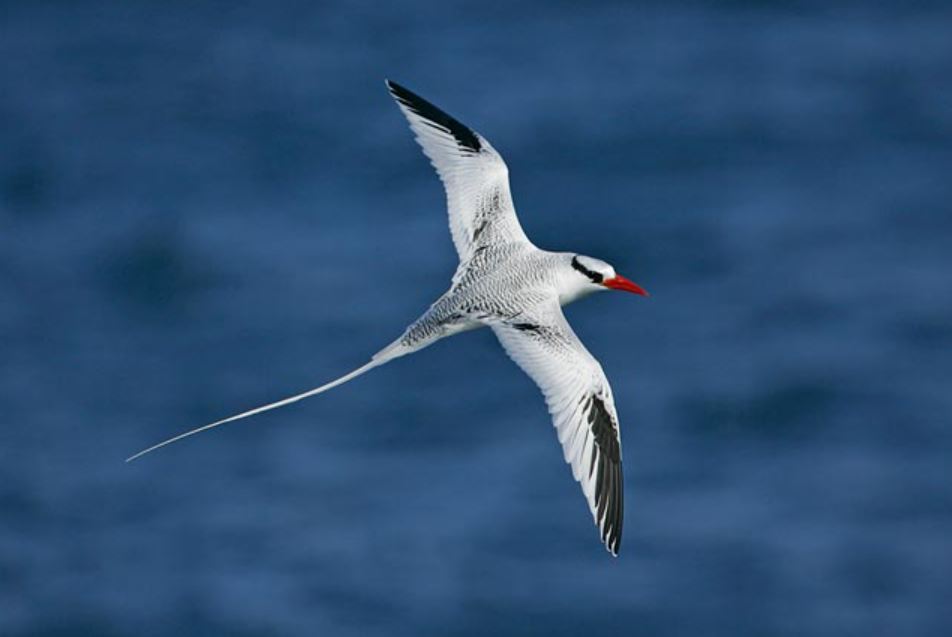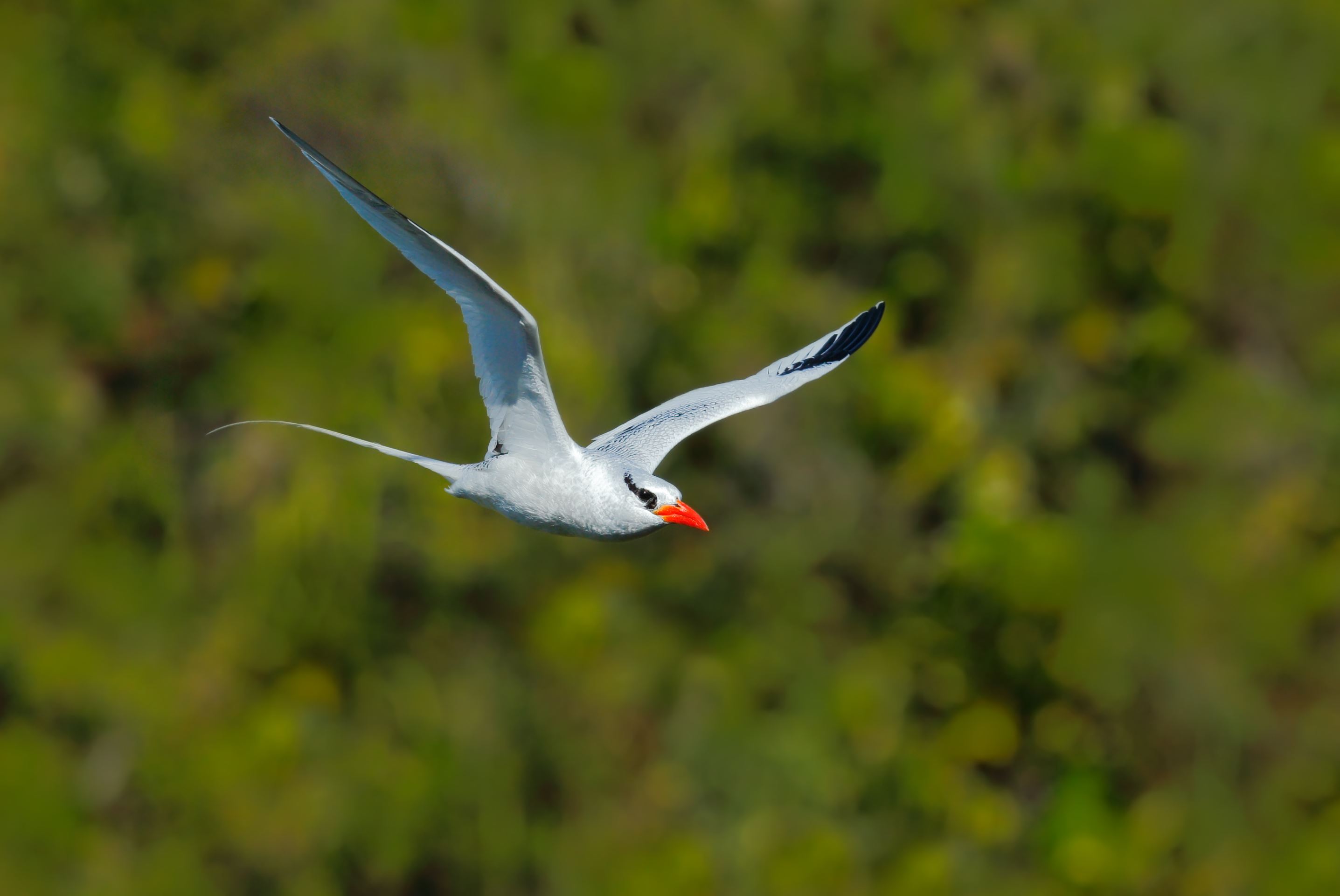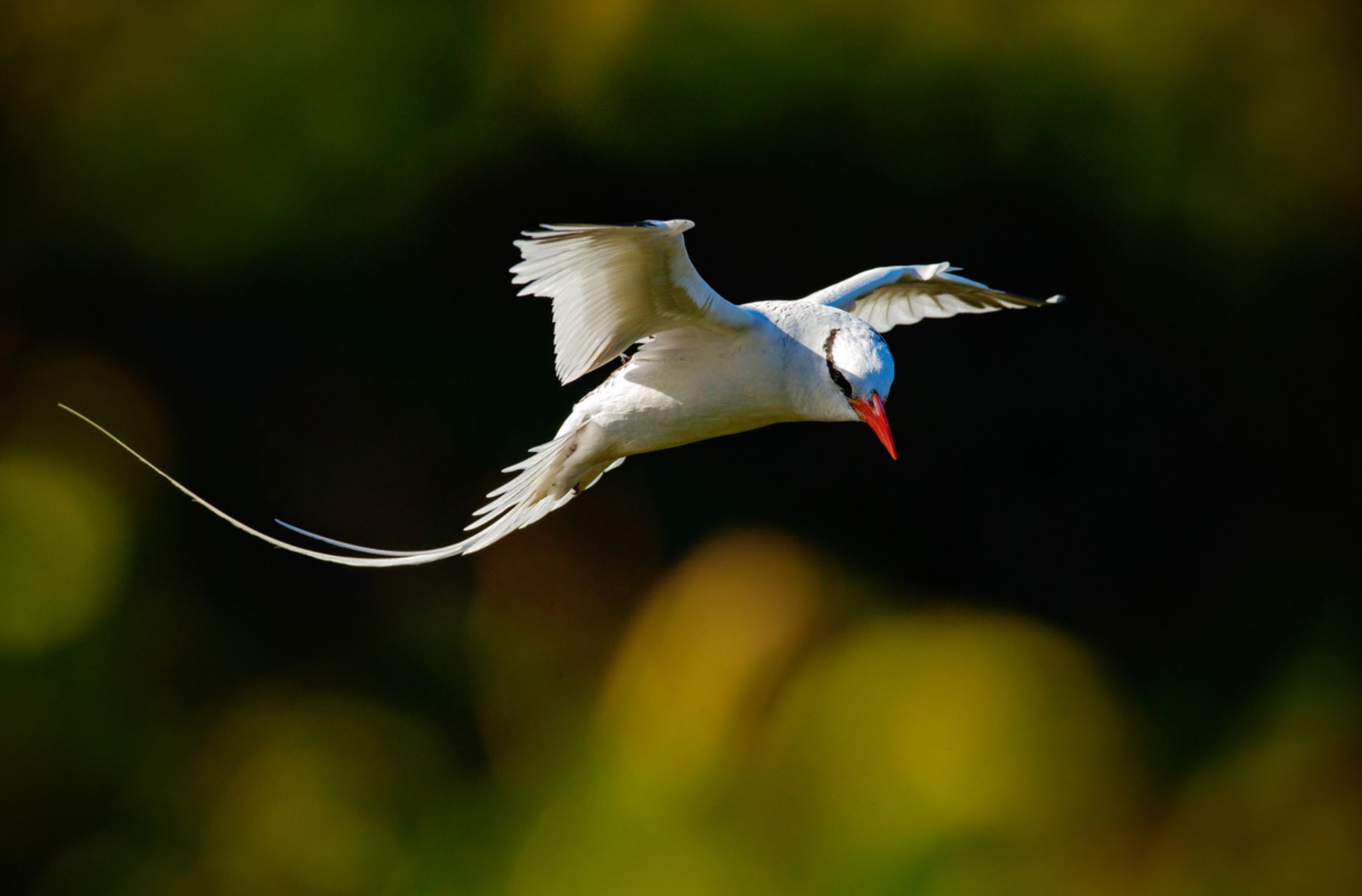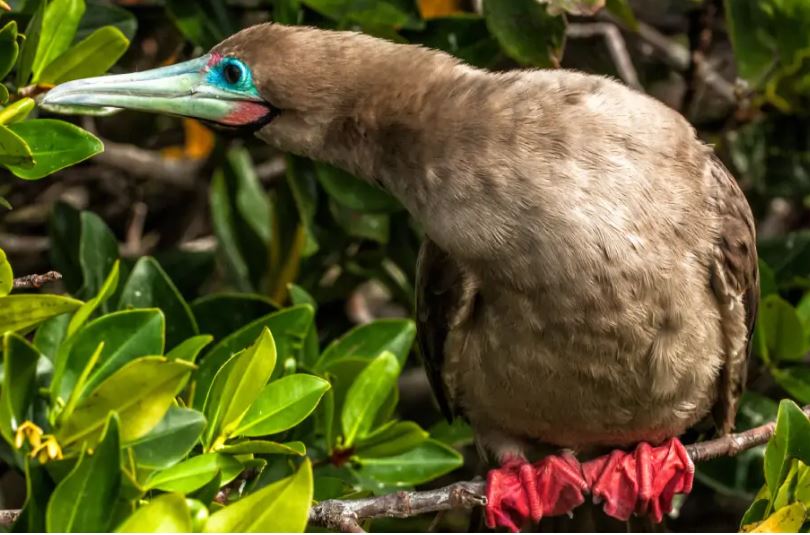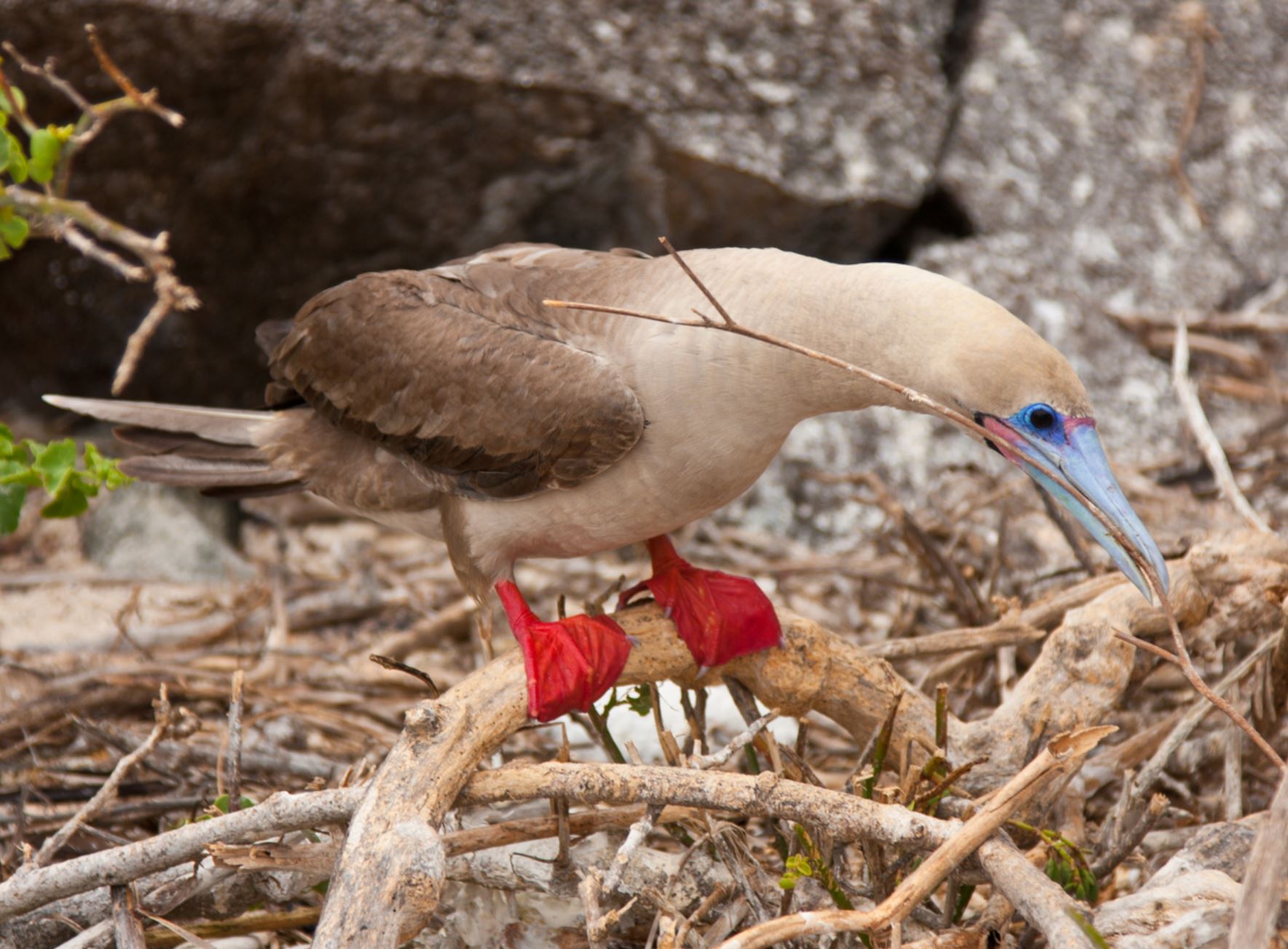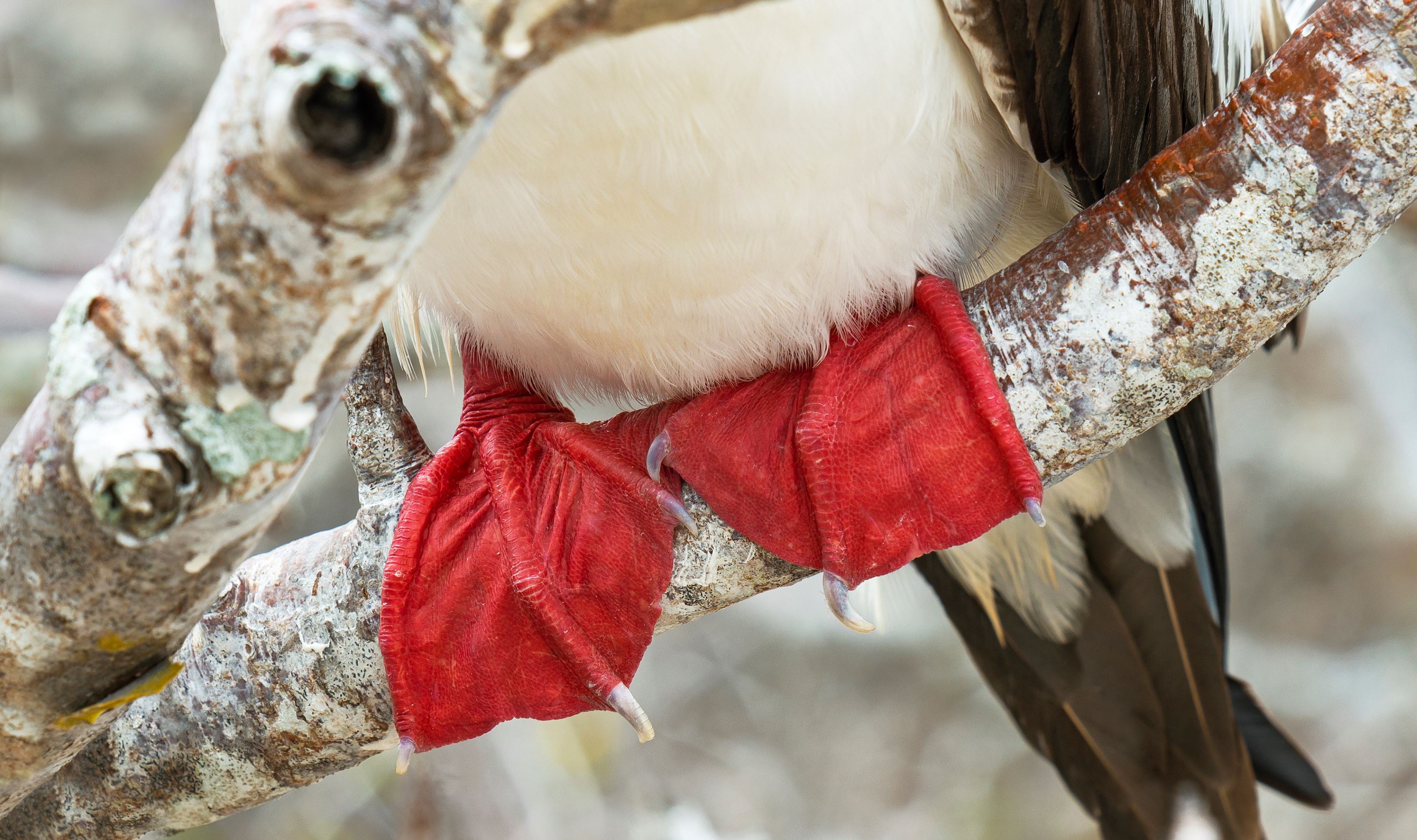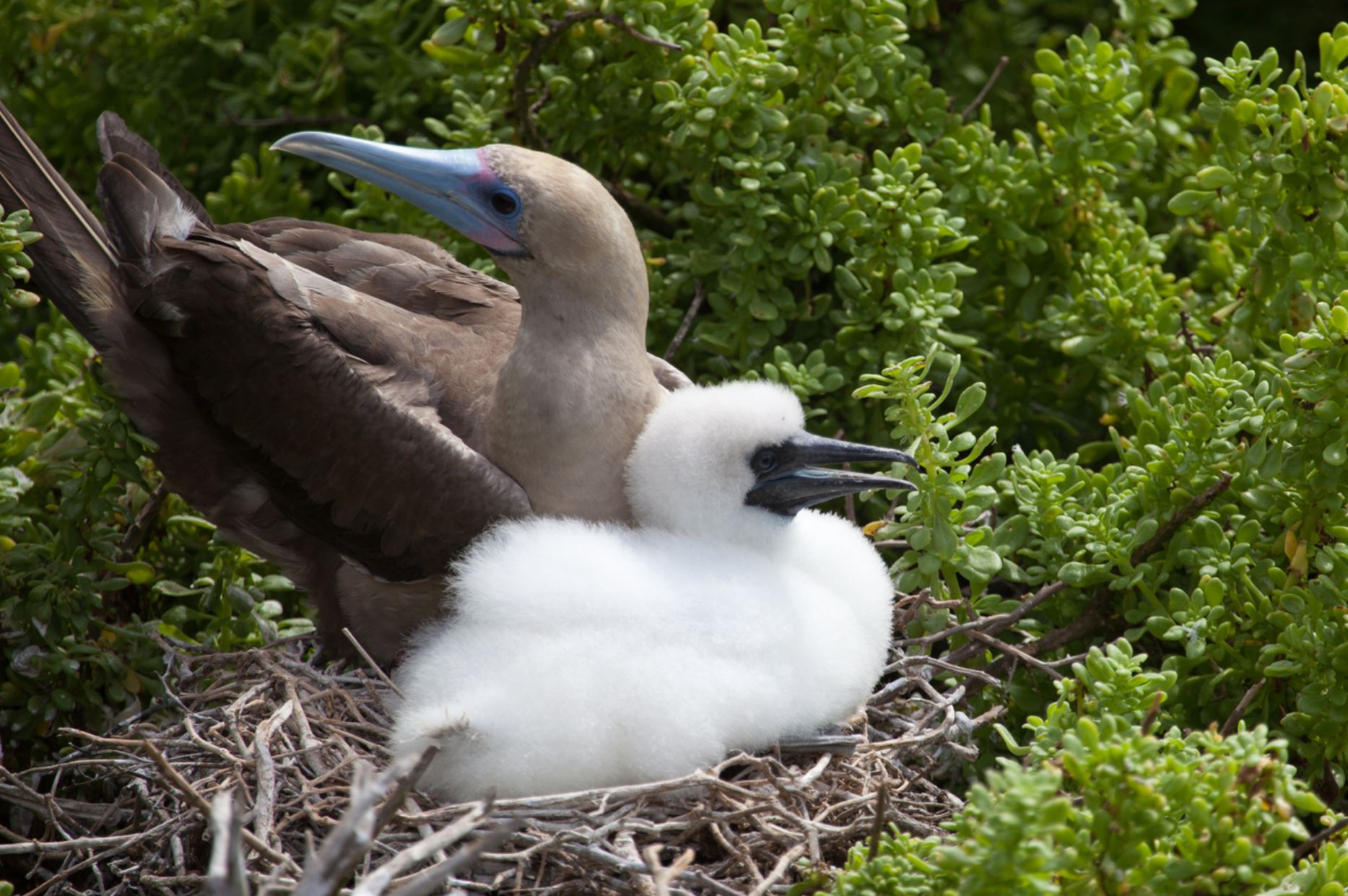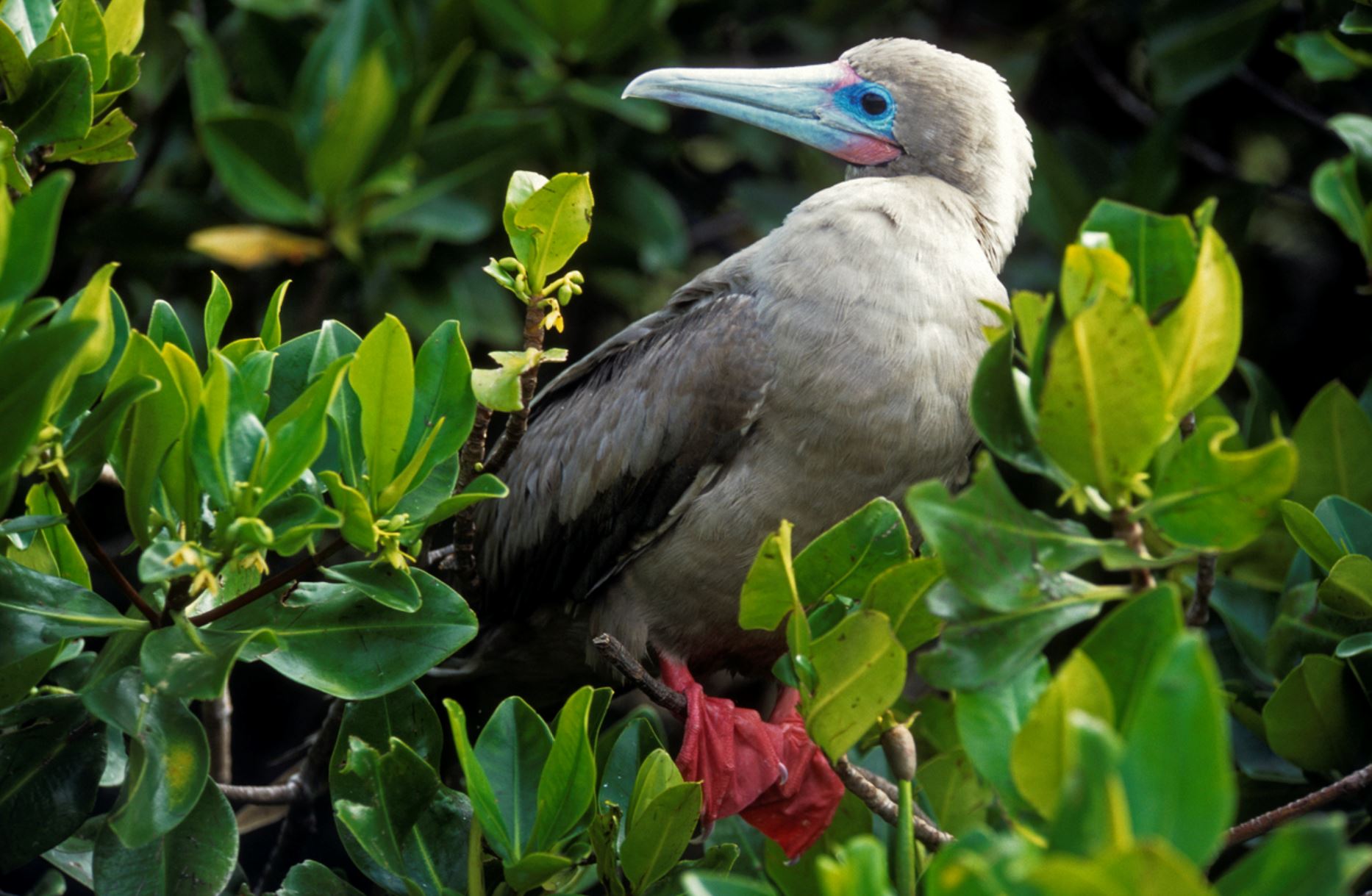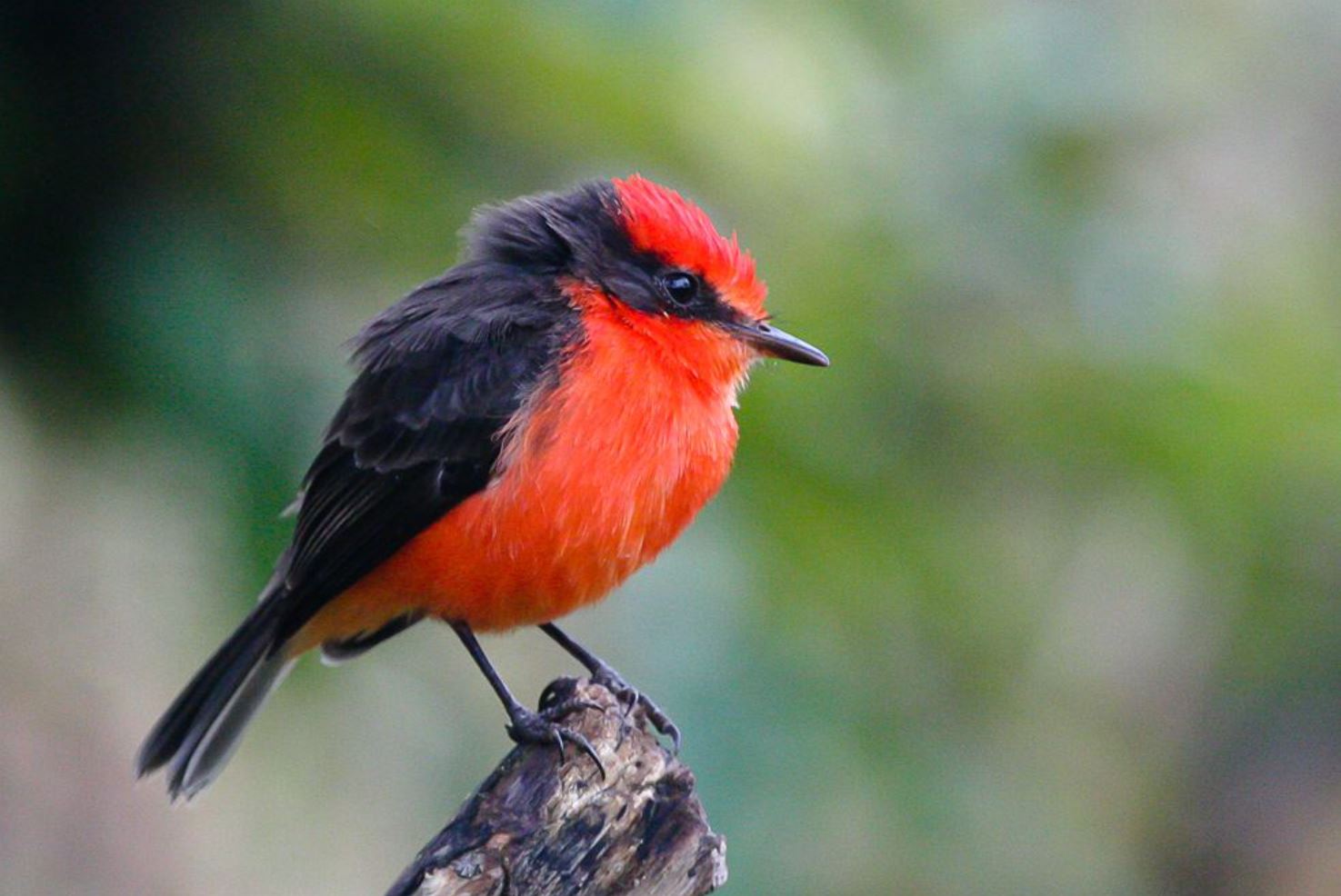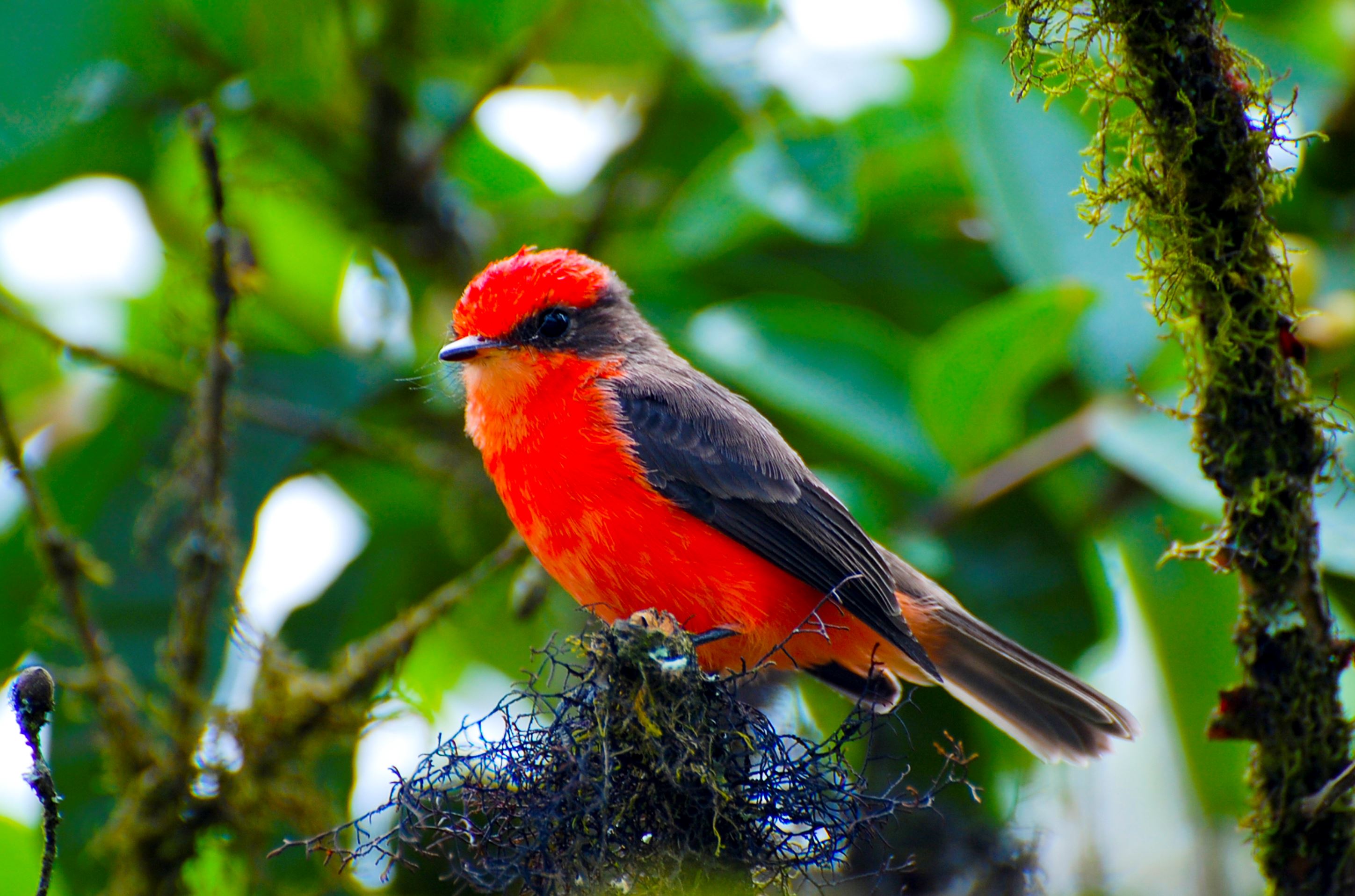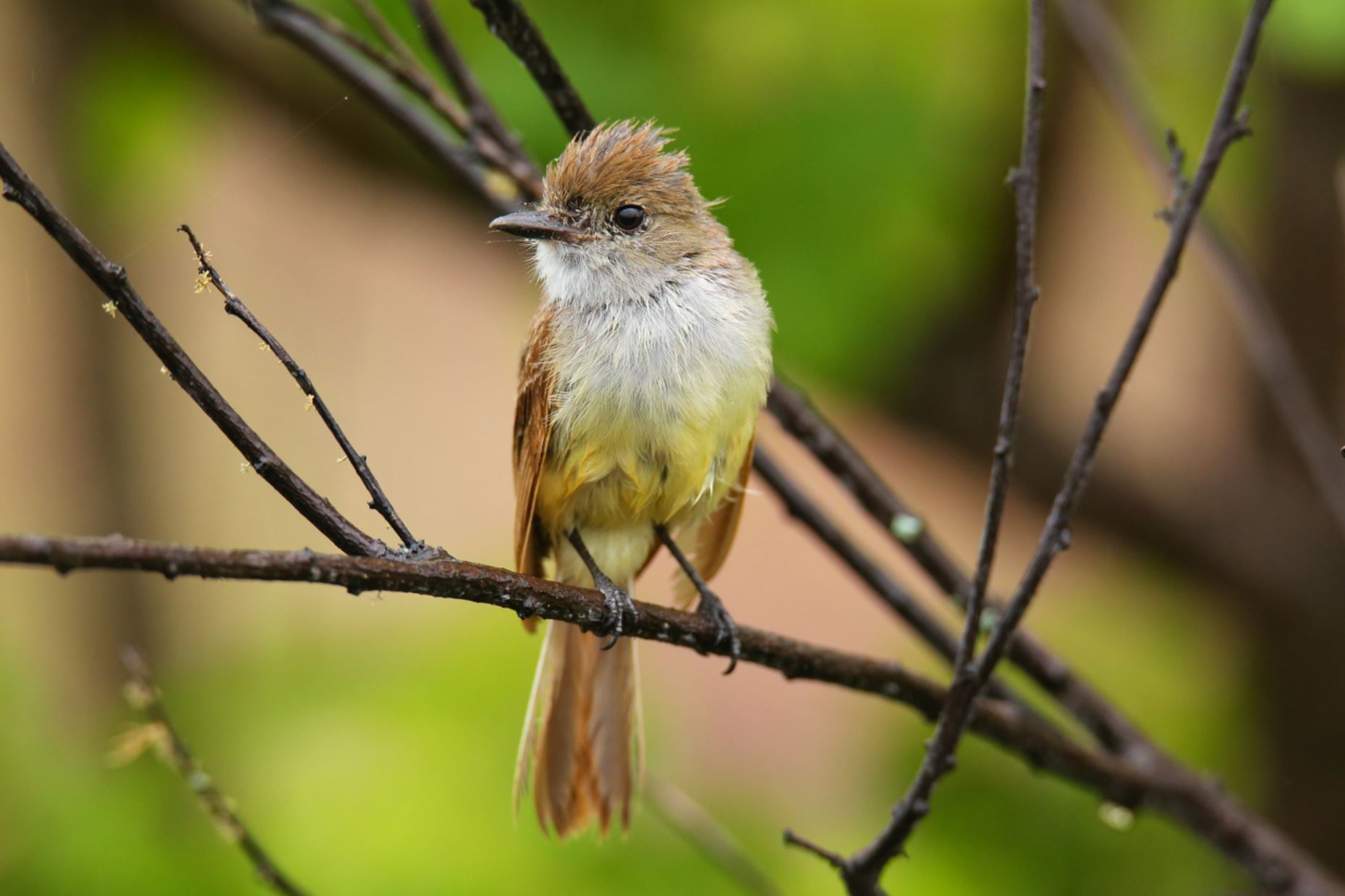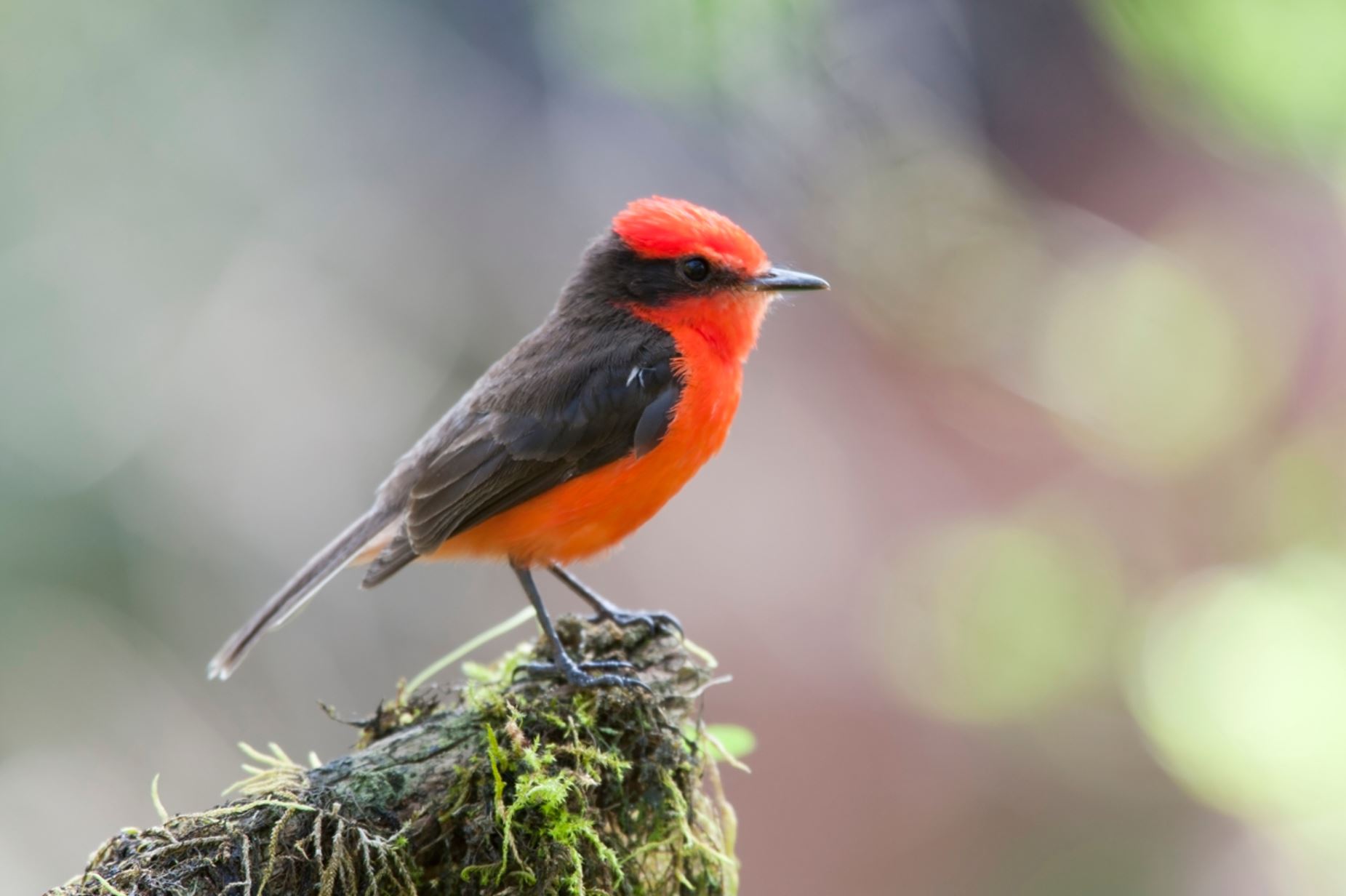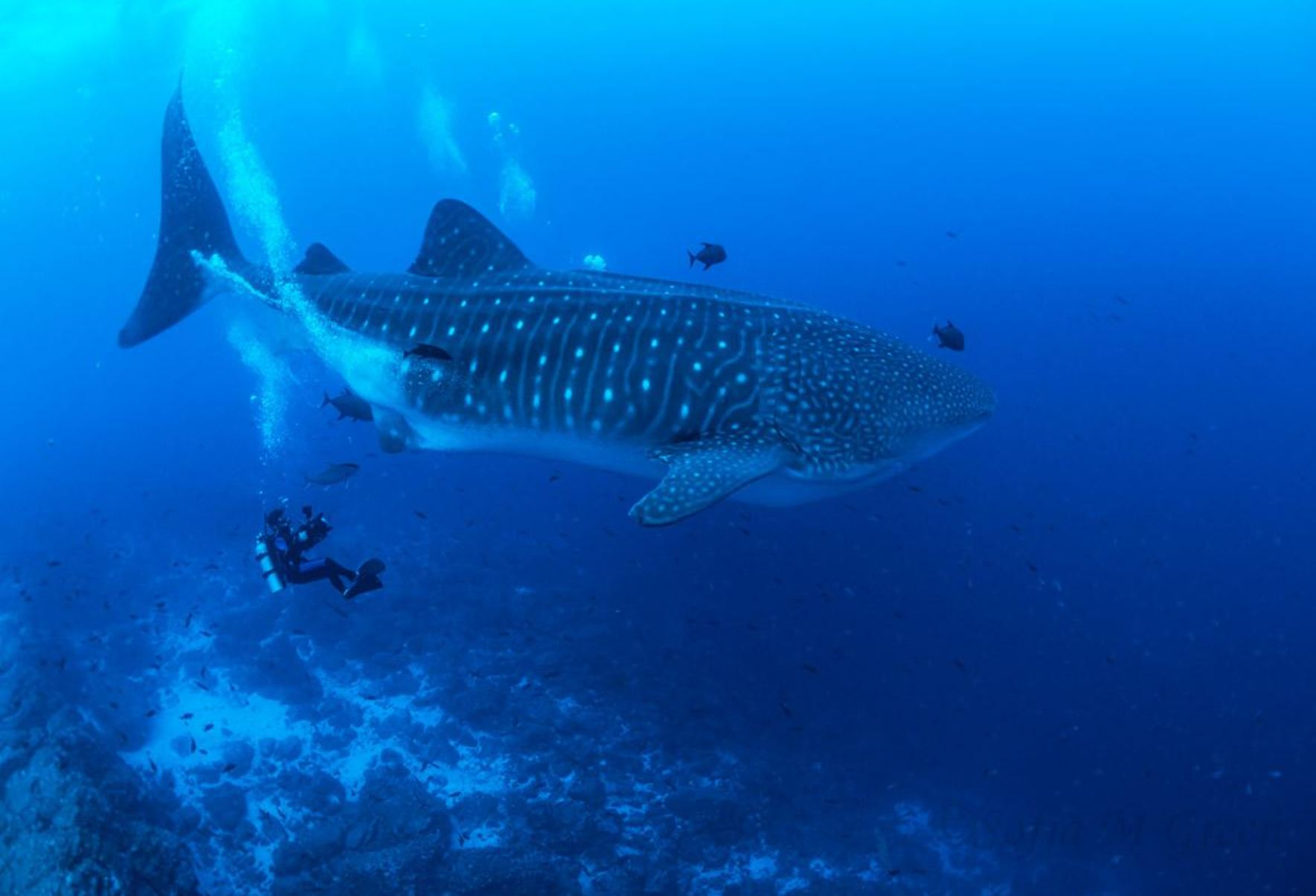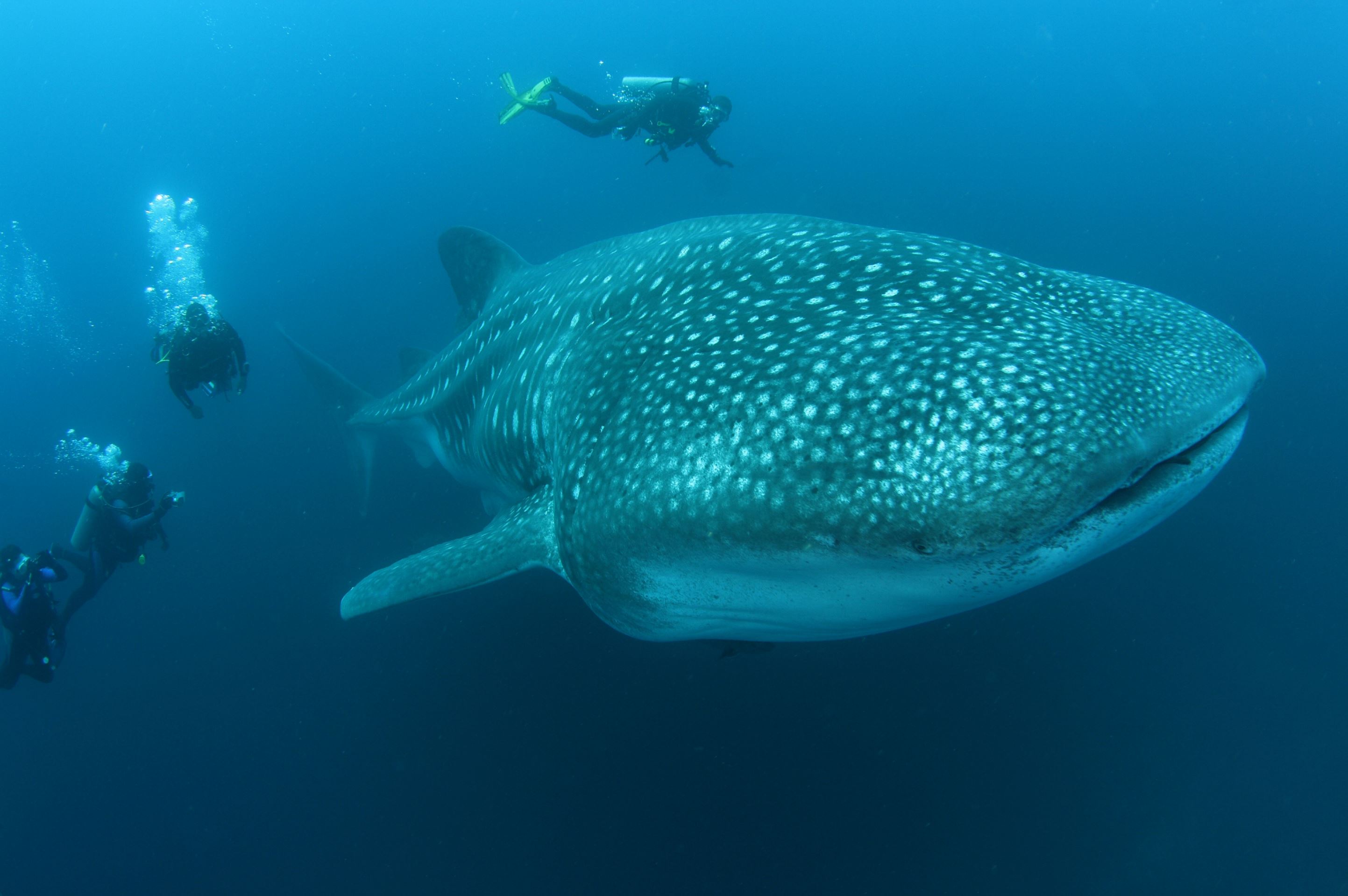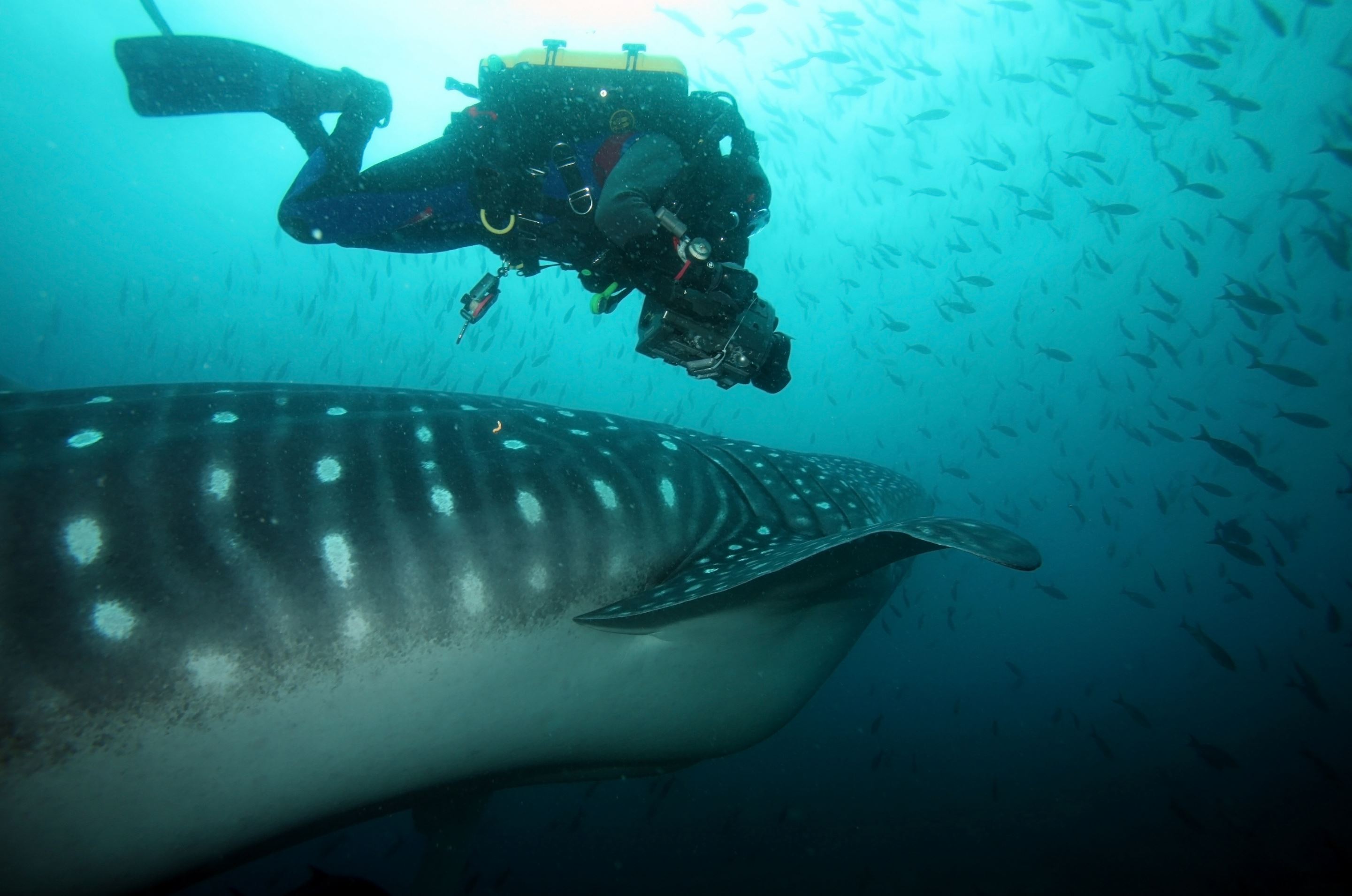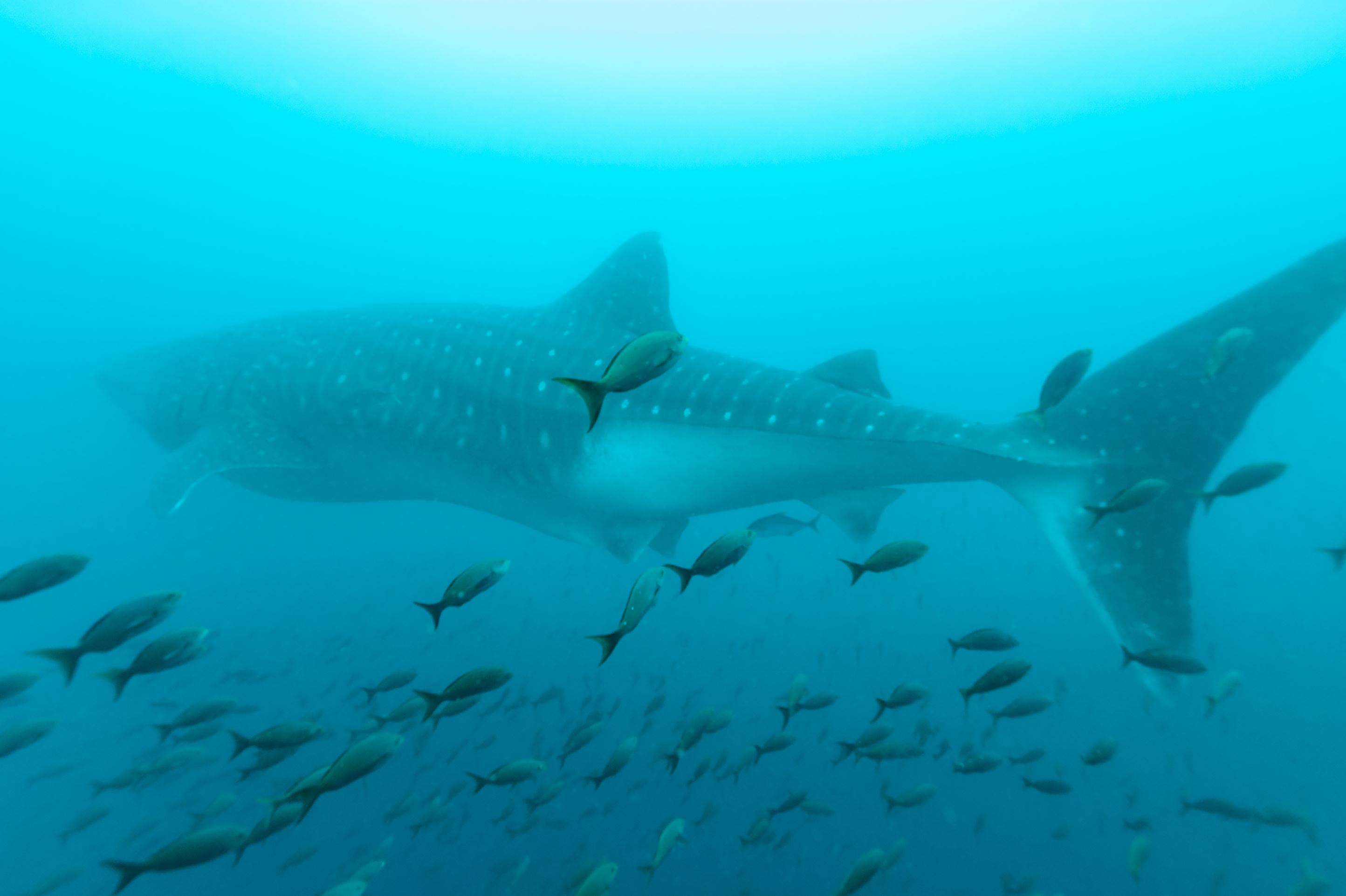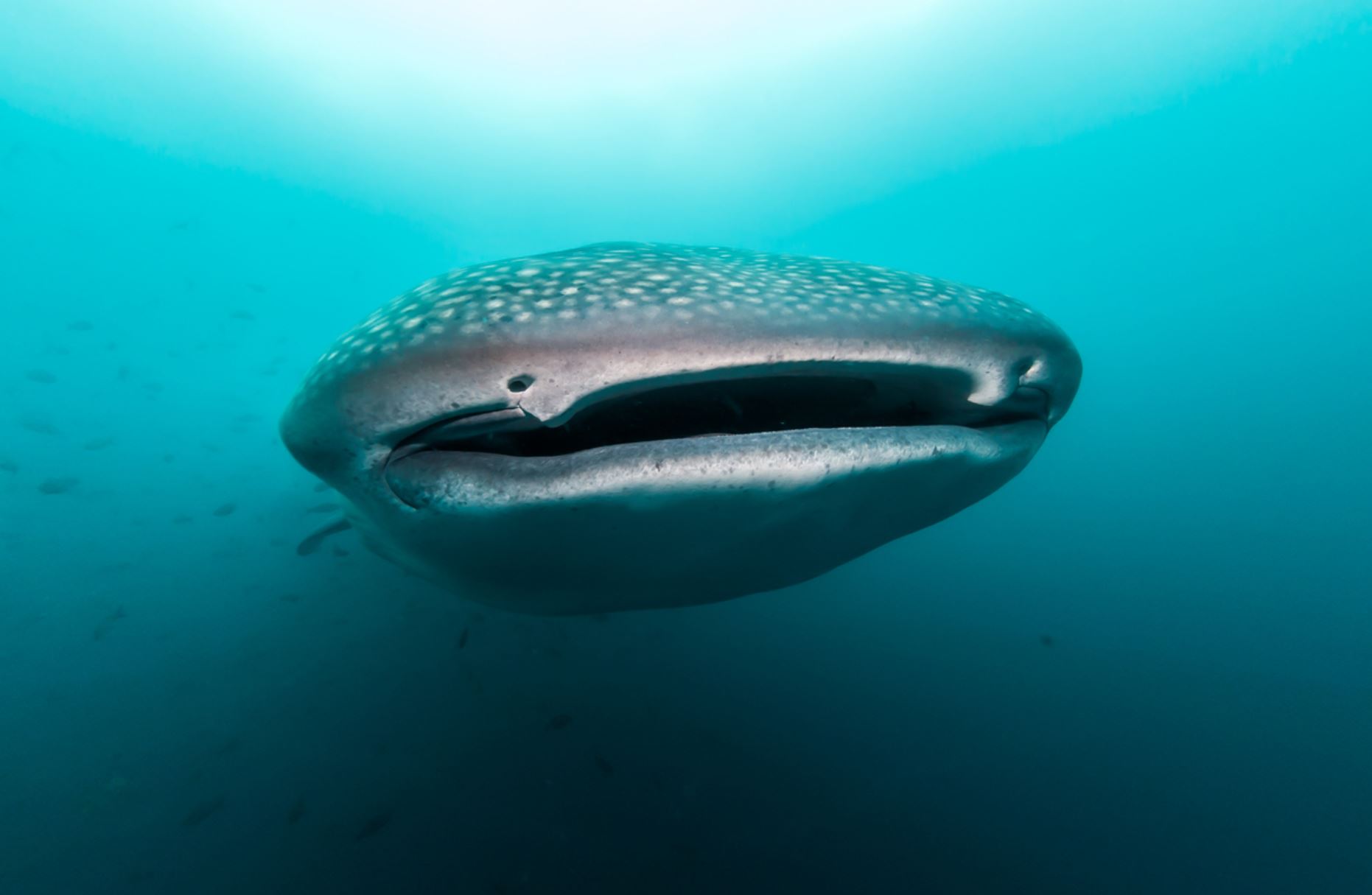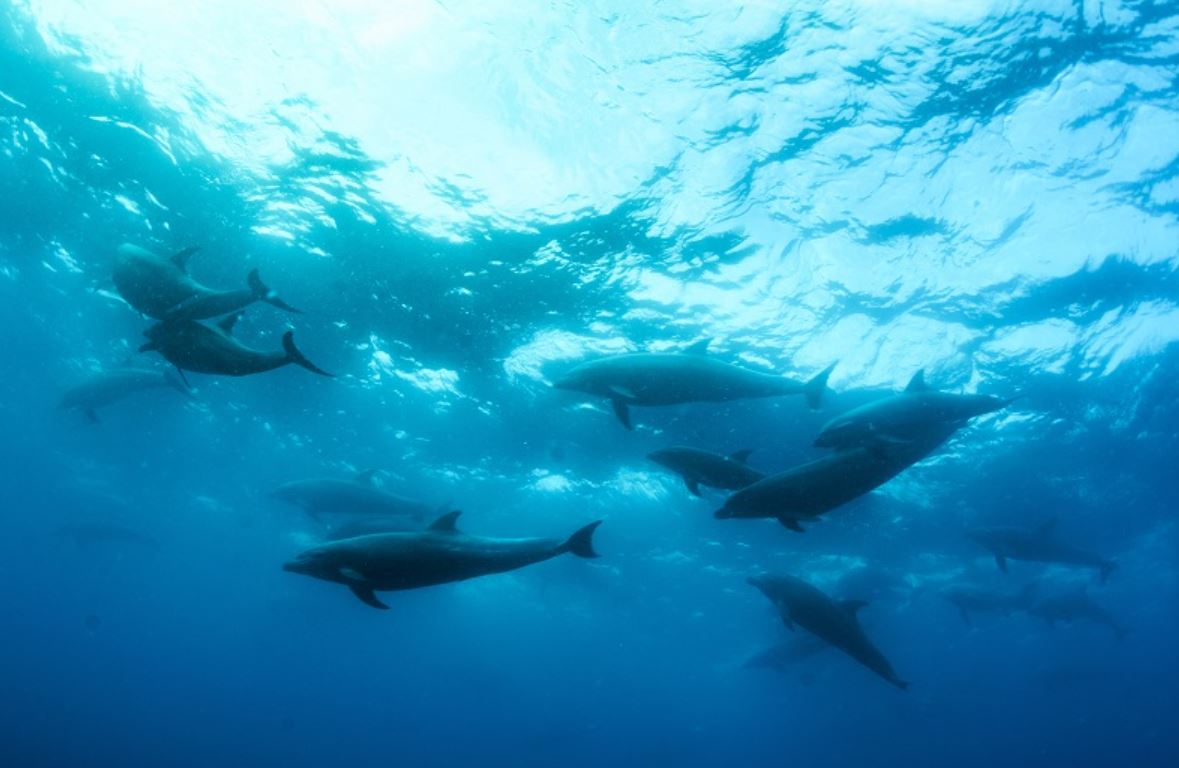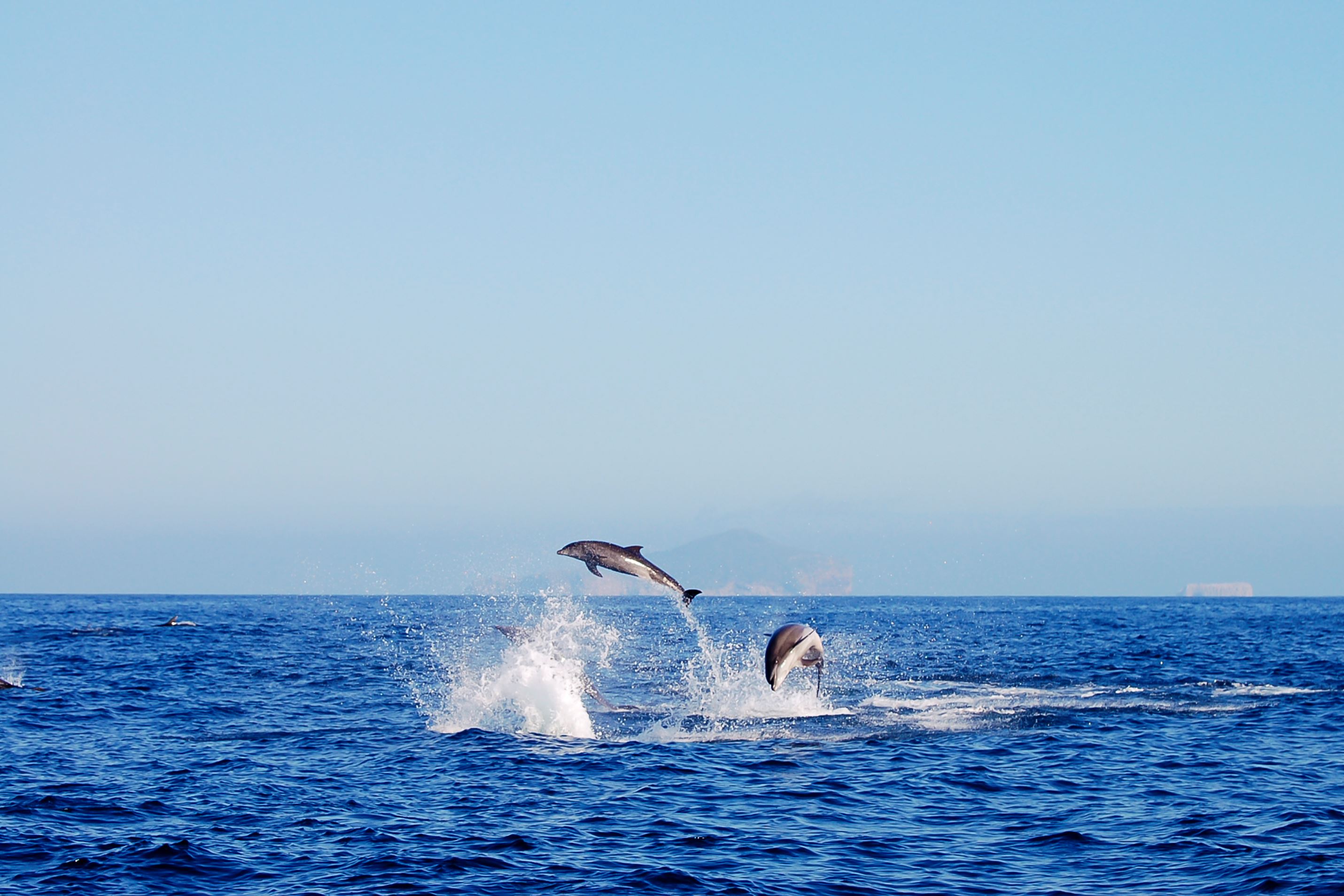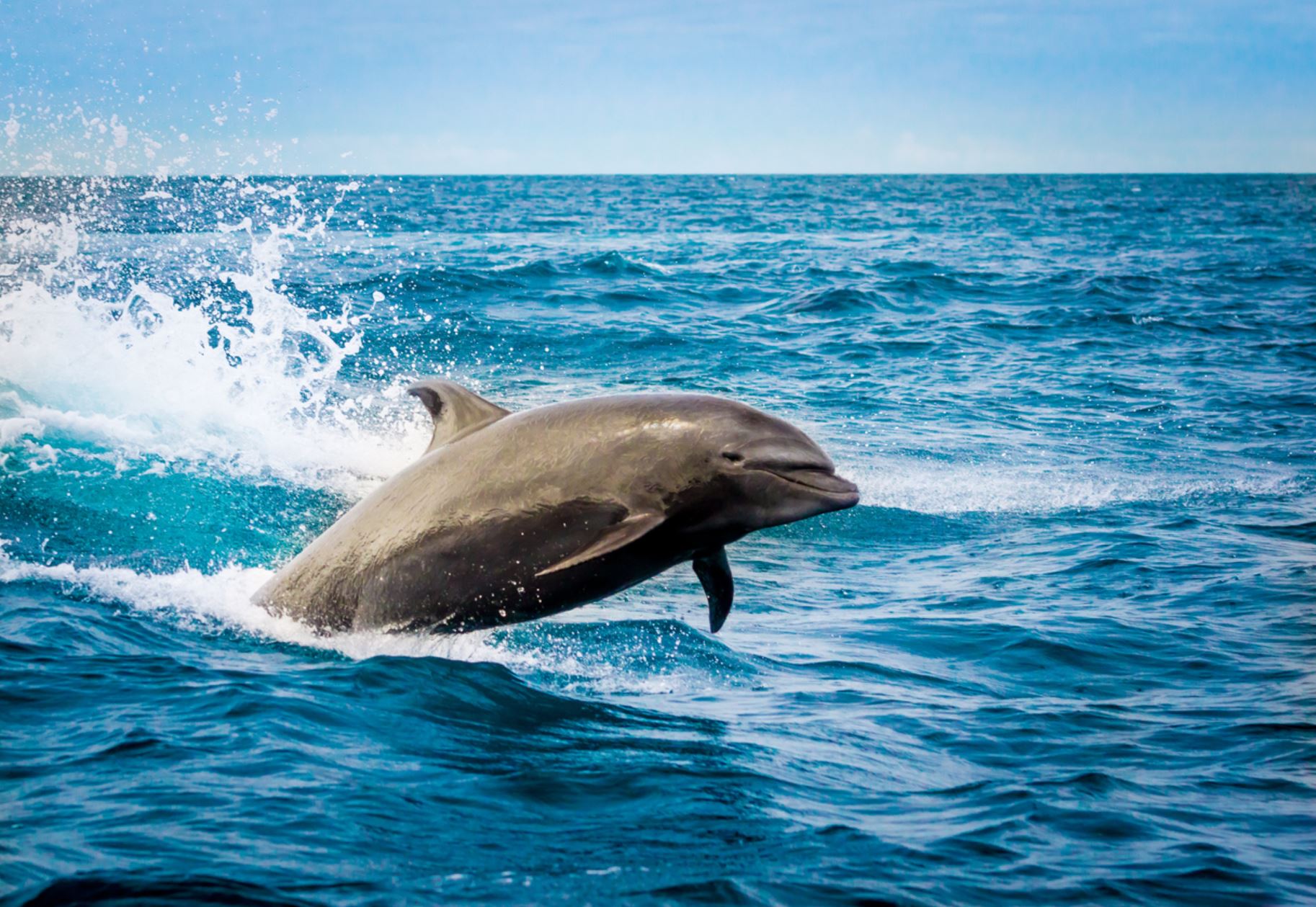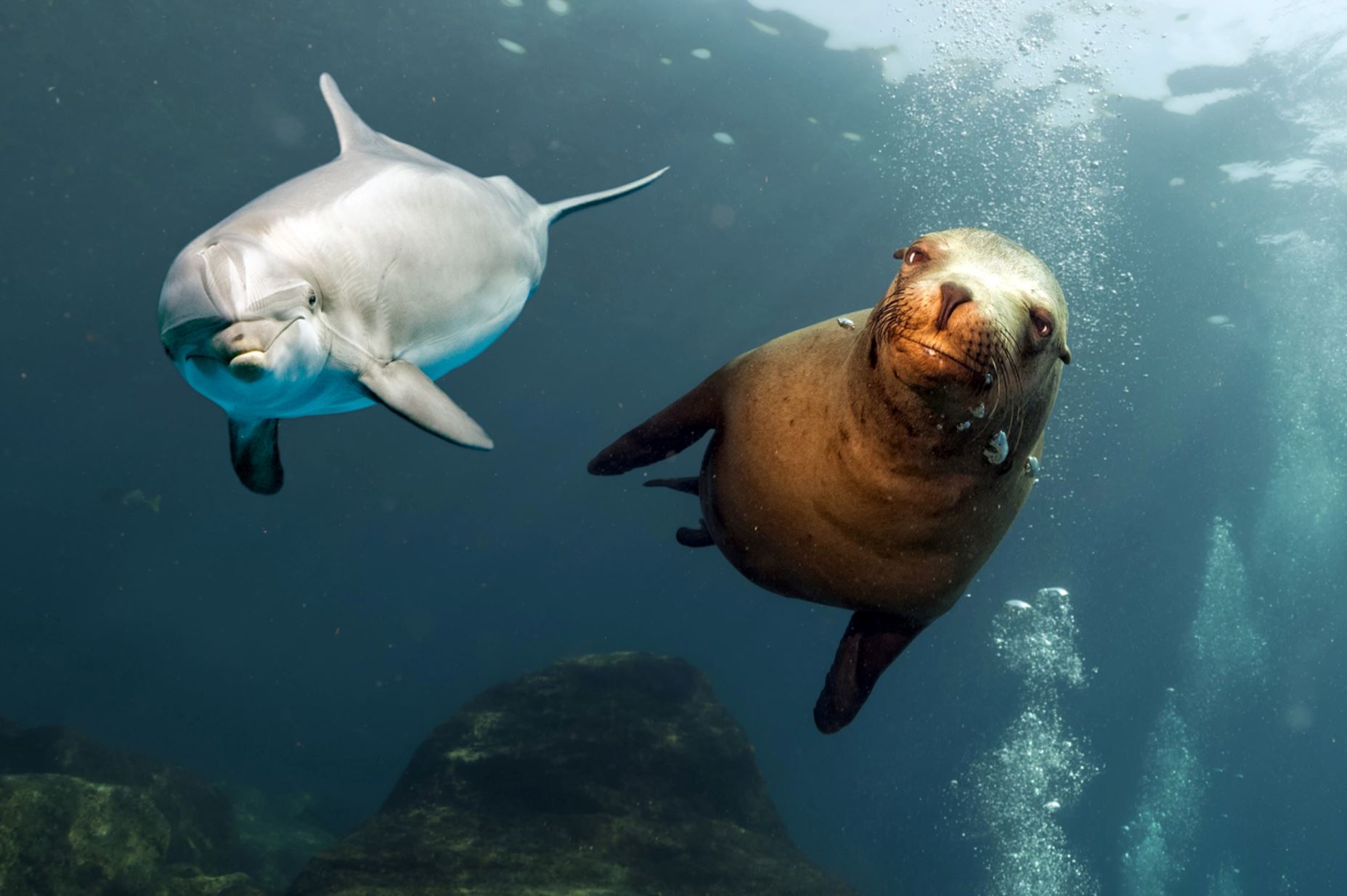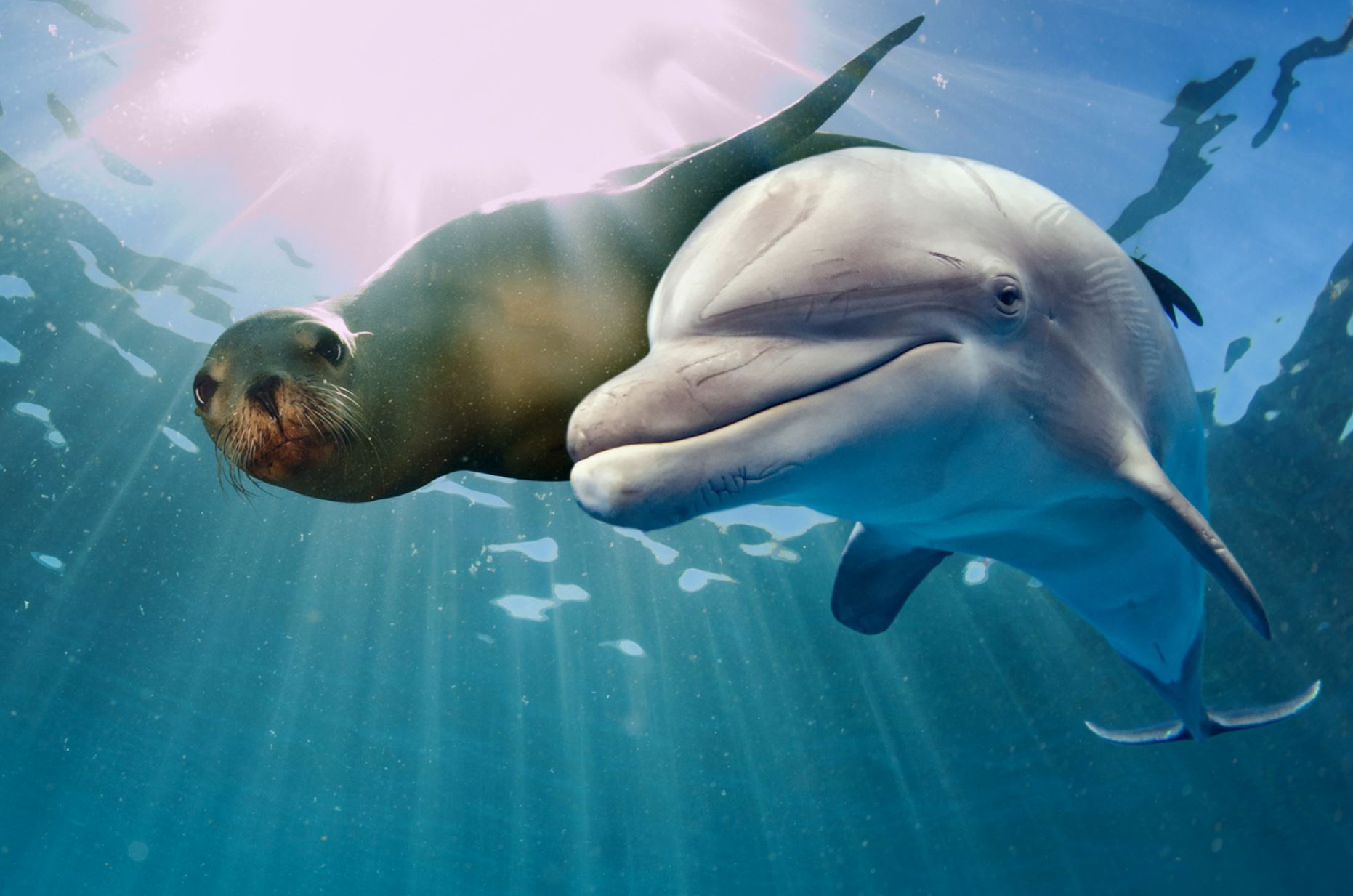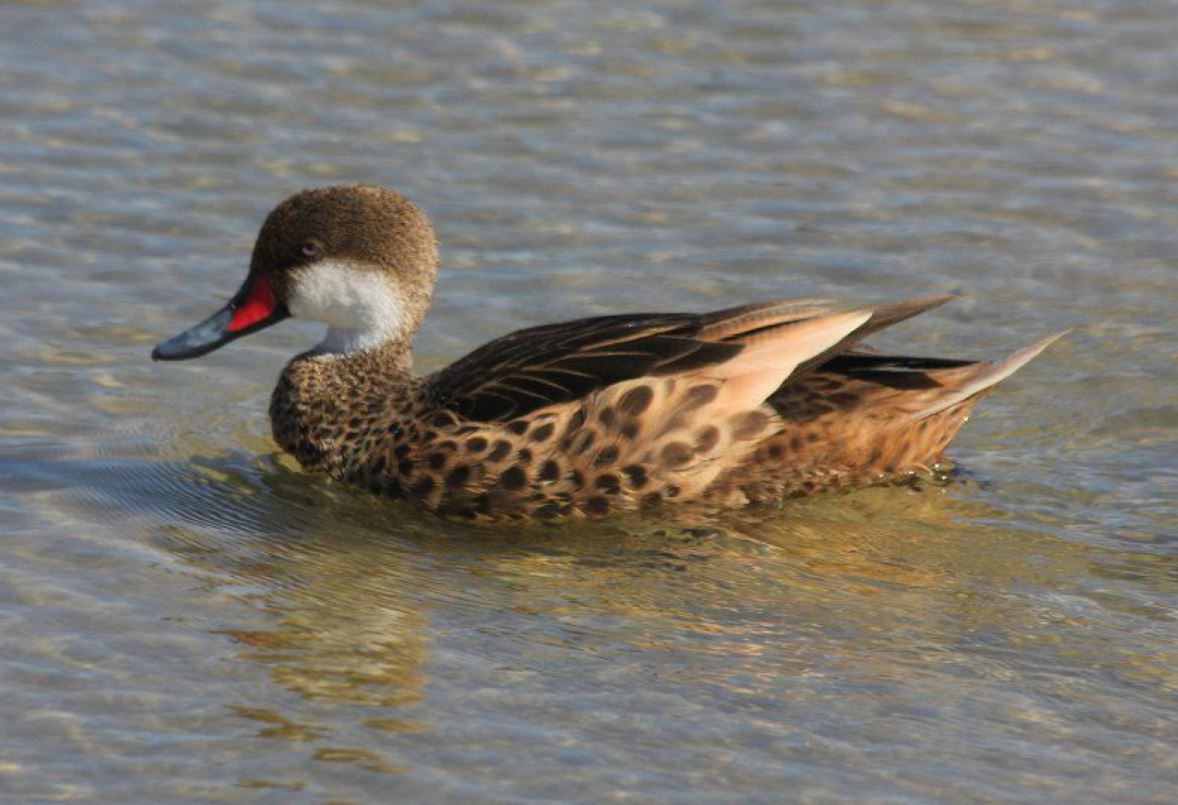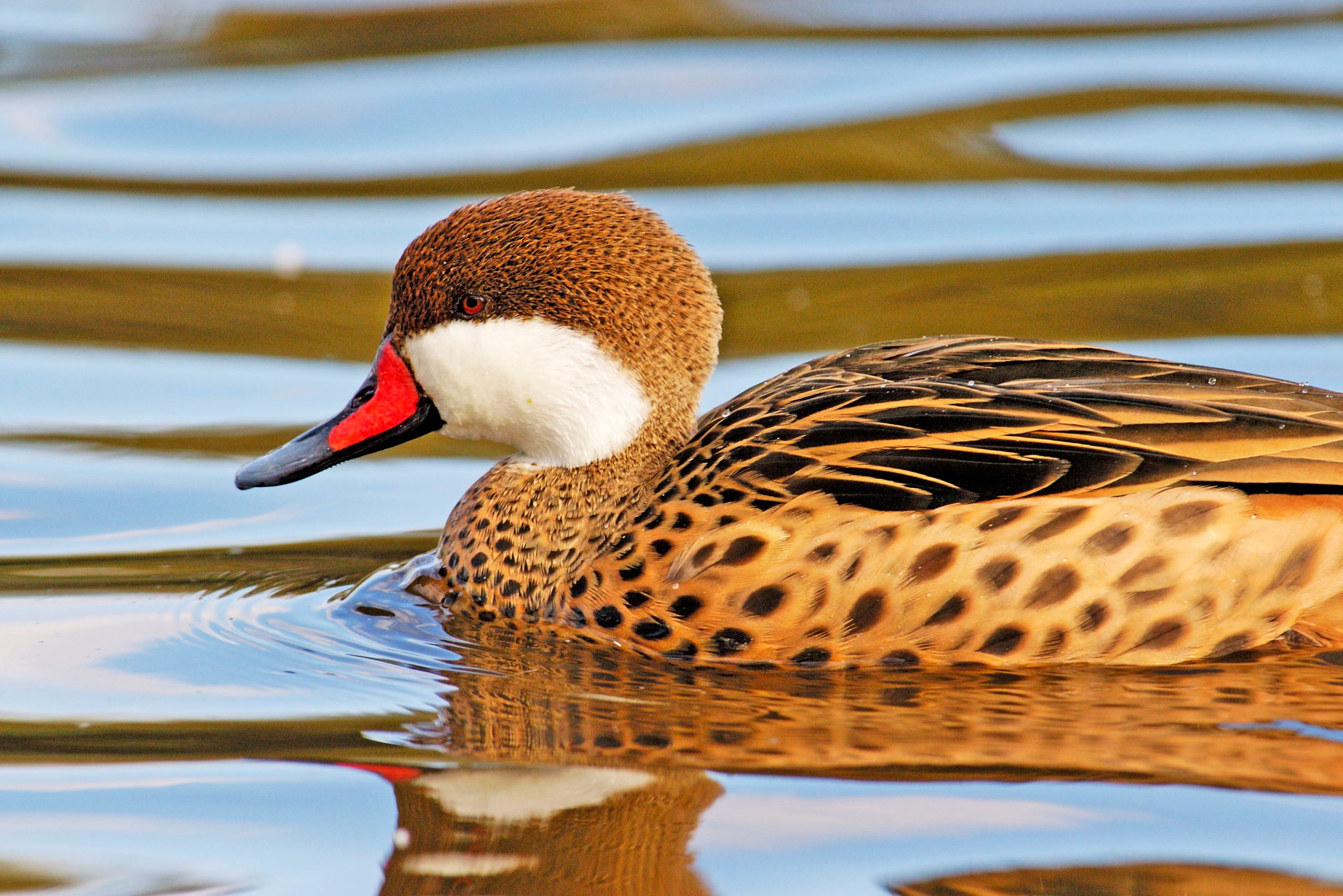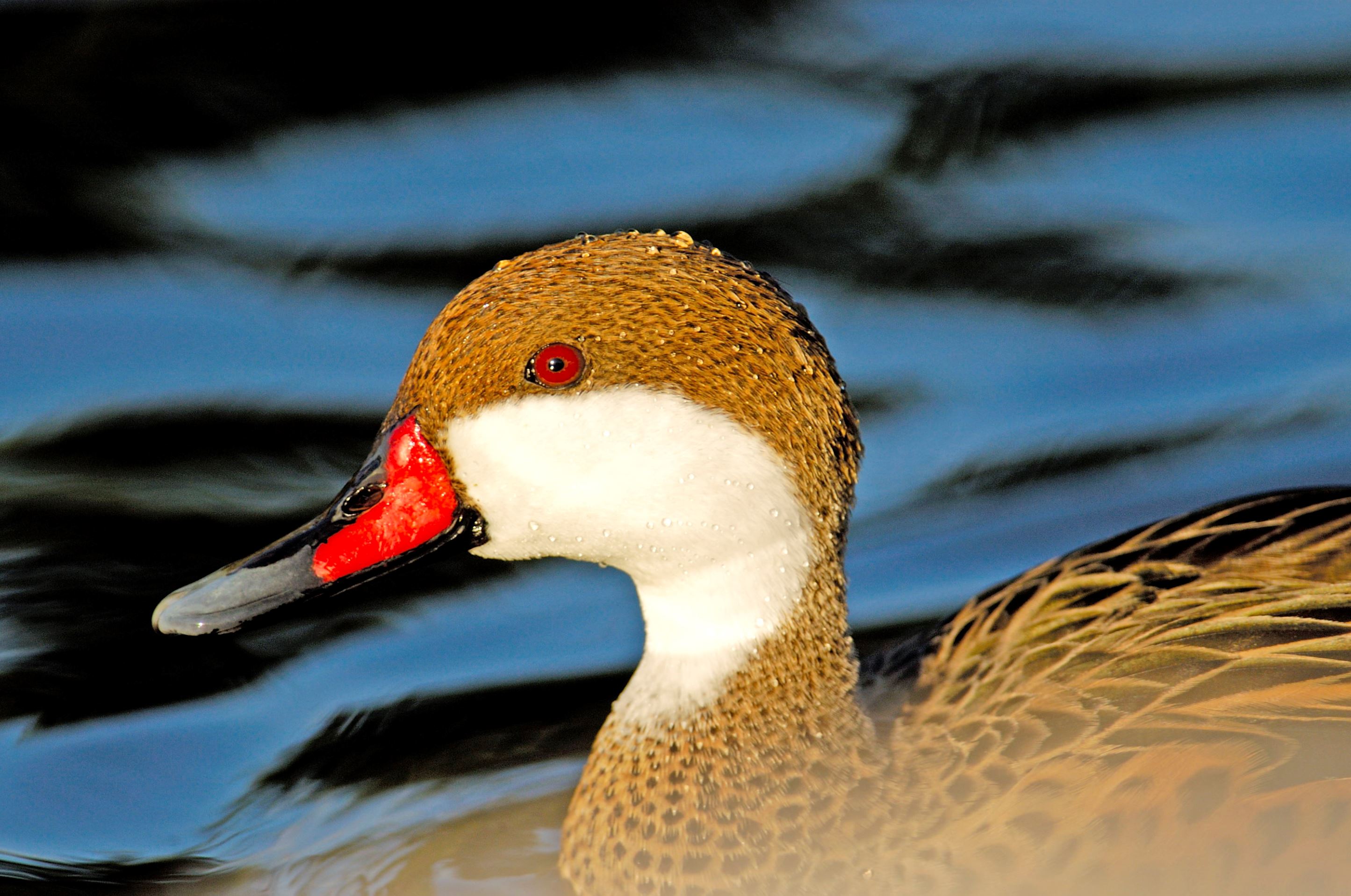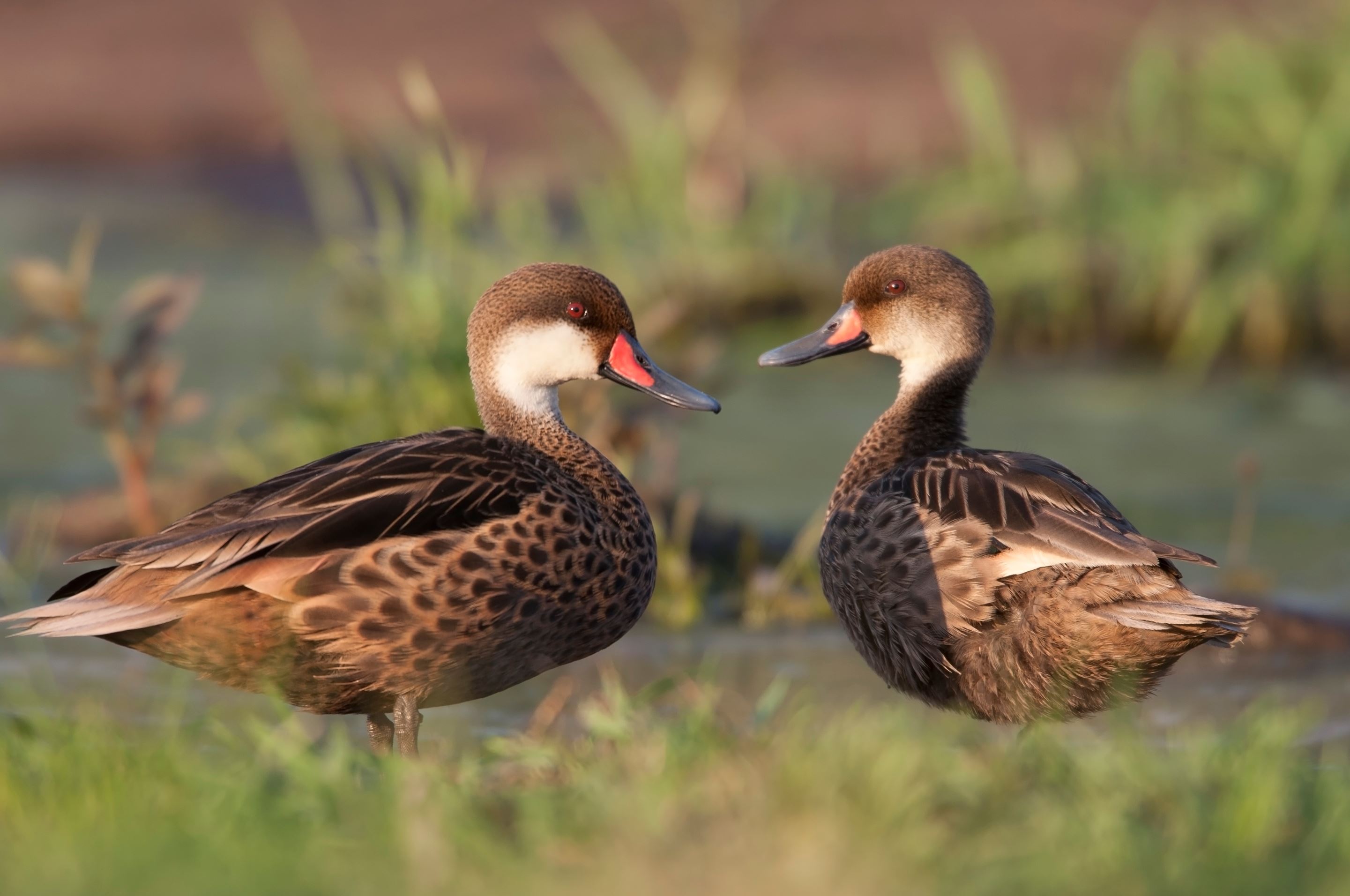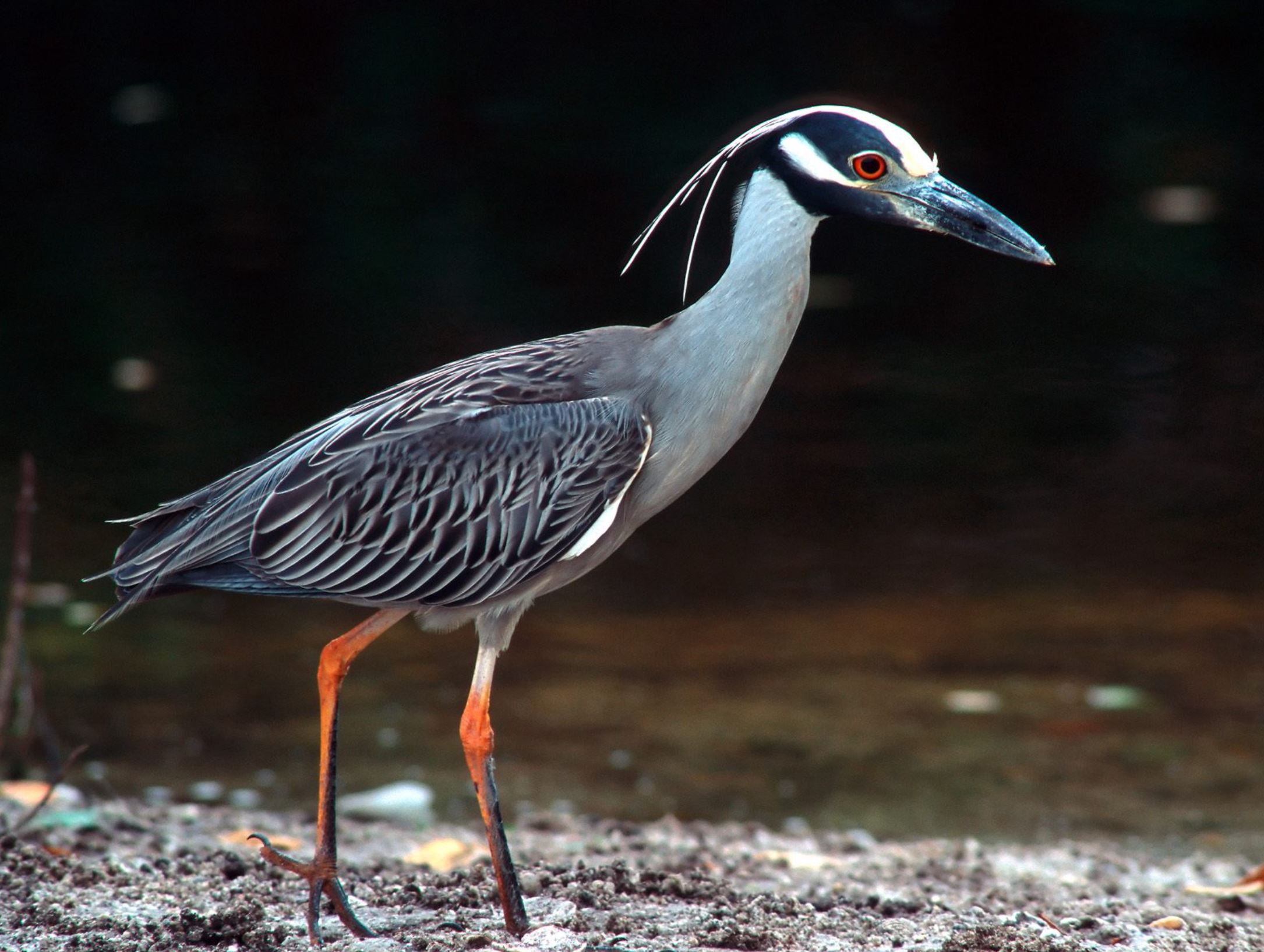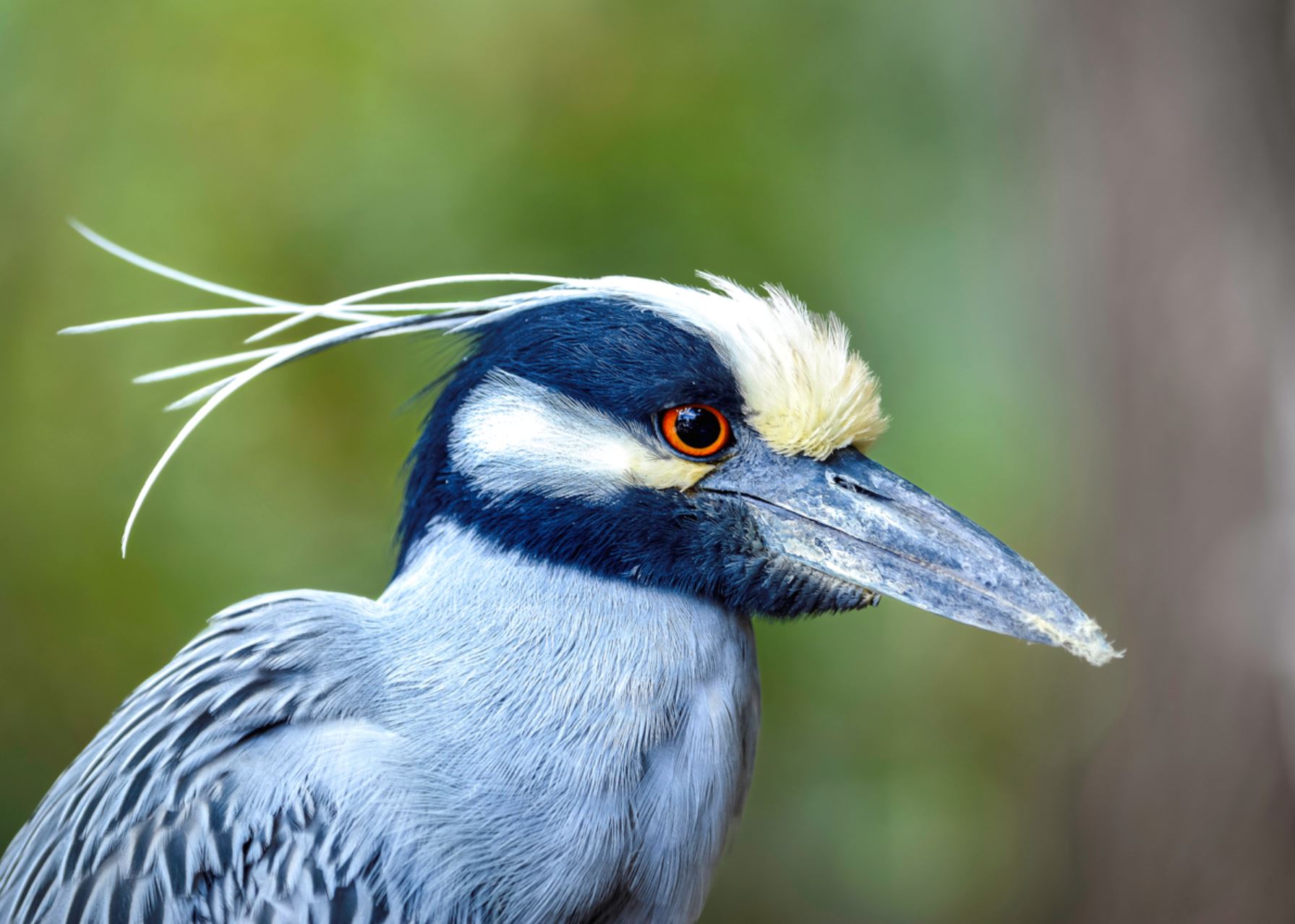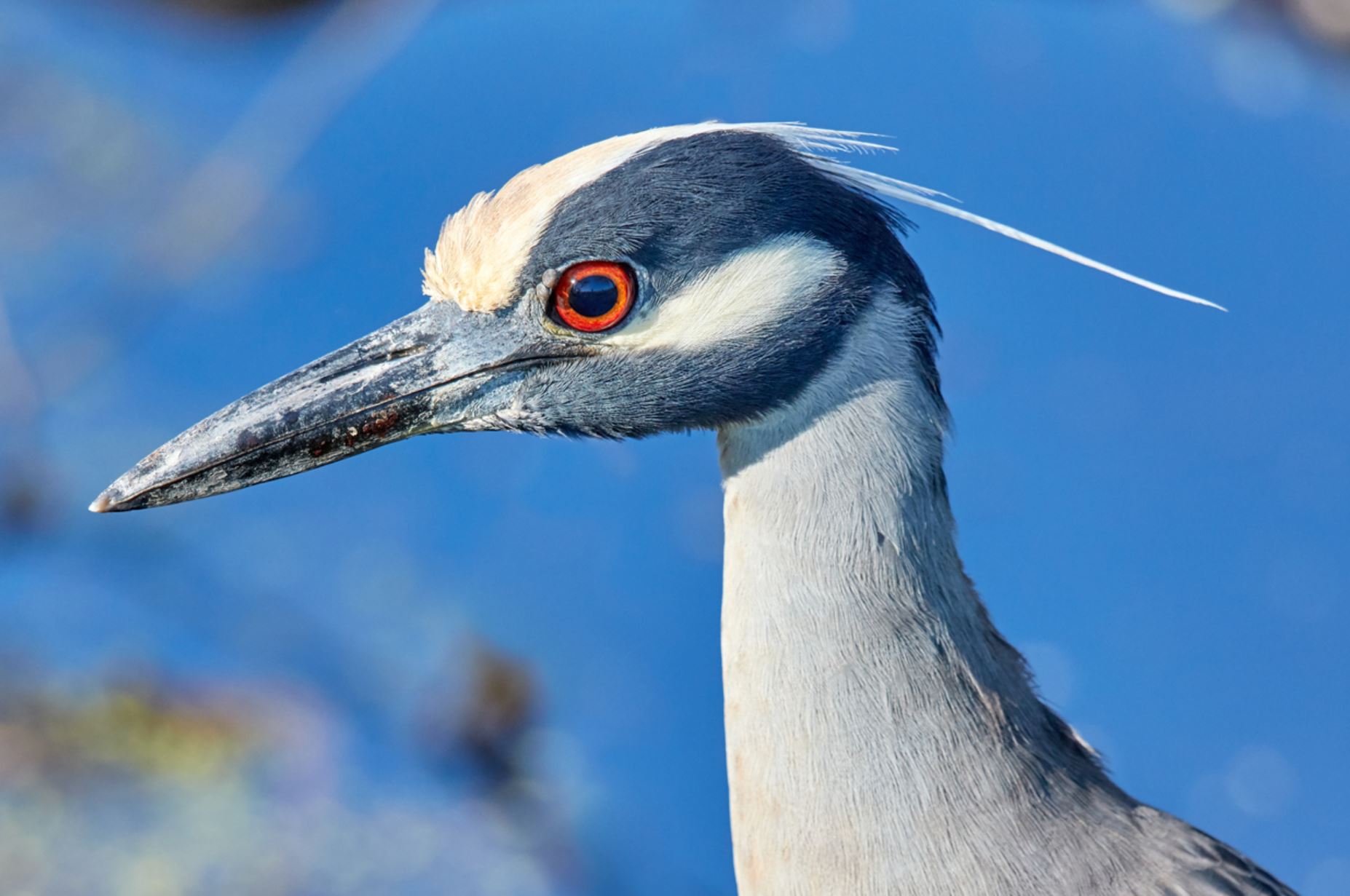Santa Cruz
Animals/Wildlife





Landscape/Views





Snorkeling





Beaches





It is located on the center of the archipelago, the reason why it is the biggest human settlement, with a population of about 19 thousand people. This island is the most developed in terms of human population that started when one man was abandoned and survived in an old scientific settlement as the Course of the Tortoise tells. The highlands of Santa Cruz are one of the biggest green areas of the archipelago; therefore agricultural activities started on the early 40s and grew rapidly from there. The Charles Darwin Research Station was developed in town on 1959 and has allowed scientific research and conservation projects progress. In between the facilities there is the tortoise breeding center which objective is to rebuild an almost extinct population in Española island where only six individuals where remaining. Today, these efforts have restored the population to over one thousand individuals. Also named Indefatigable after the military British vessel,
The largest accessible lava tunnels. Underneath the ground hundreds of lava tunnels have been formed by different temperature kinds of lava flow. Some of these tubes are several kilometers long and even though most have collapsed with time and erosion, a couple of them are still there to be visited. They offer the visitor the chance to understand why the stories of pirates and treasures are related to these geological formations.
The biggest tortoises in accessible visitor site. The highlands of Santa Cruz have a big wild population of Tortoises, they walk freely around the private and National Park lands. In our visit to this area, one can notice the difference in size from these animals to others in other visiting sites. There are 15 subspecies of land tortoises in the Galapagos, 4 from which are extinct. They present two different tortoise shell shapes, the Saddleback and the Dome shape. Santa Cruz has tree tortoise subspecies that show both kinds of shells and allow visitors to notice the difference and once understand the evolutionary process that shaped them into this giant prehistoric like animals.
This island has six vegetation zones, each one very different to the others. The contrast of the arid or littoral zone located on the base of the island just a few meters from the ocean, and the scalesia and miconia zones, only to be found in San Cristobal and in this island at about 700 meters above sea level, is portrayed by the landscape and the ecosystems. One of the rarest bush forests stands in the center of the island, spread on top of the Twin Craters.
This island also has some of the largest mangrove areas, a very important ecosystem for all marine life and many terrestrial species. These zones are the nursery of most marine fish and shark.
Tortoises, lava tunnels, white-sand beaches and a picturesque modern town Puerto Ayora bring lift to one of Galapagos greenest, most tropical islands.
Visitor sites: Bachas Beach, Ballena Bay, Black turtle Cove, Carrion Point, Carrion Point Dive site, Charles Darwom Station, Dragon Hill, Eden Islet, El Chato Giant Tortoise Reserve, Hacienda Primicias Reserve, Village Puerto Ayora, Santa Cruz highlands, Tortuga Bay, Twin craters
Pictures
Highlights / Places to Visit
Bachas Beach
It’s a site full of sun, beaches and water, where we can find the remains of barges that sank and had once been used by the United States when they had an airbase on the island of Baltra during World War II. That is why the beach is called “Bachas” because the word “barges” in English pronunciation was hard for local people, so in the attempt to maintain the same word, the locals came up with the Spanish phonetics.
We shall walk for about 10 minutes toward the coastal ponds that can be found at both tips of the beach, because here we can usually find flamingos feeding.
Activities: 45 min hike
Highlights: Behind the beach lies two small flamingo ponds where they can be spotted occasionally with iguanas, coastal birds, Darwin finches, mockingbirds, and gulls, as well as interesting native and endemic vegetation, red and black mangroves, salt bushes, and much more. We can also promenade along the beach.
Ballena Bay or Eden Islet
Great sandy beach, varied marine life.
The perfect spot to enjoy our water activities of snorkeling, kayaking or the glass-bottom boat. Expect to see lots of fish species including king angelfish, surgeonfish, parrotfish, damsels, rays, and sharks. From the land portion of the visit, there will be sea lions and basking marine iguanas with herons and turtles in the mangrove areas. We might even discover some antique ceramic relics left behind by previous settlements.
Activities: 1 hour deep snorkeling / 45 min dinghy ride
Highlights: Great place for swimming, snorkeling or kayaking. Abundant marine life.
Black Turtle Cove
On the north shore of Santa Cruz Island, accessible only by sea, we will find four species of mangrove crowd from the shore out into the lagoon. We will also see turtles swimming and poking their heads above the surface of the calm waters while fish, rays and small sharks circle below.
White-tipped reef sharks and rays can be seen beneath the boat, as well as sea birds, pelicans, herons and egrets feeding in the cove. This cove has been declared as a “Turtle Sanctuary”.
Activities: 1 hour 30 min dinghy ride
Highlights: Four species of mangrove, declared as a “Turtle Sanctuary”
Carrion Point
Carrion Point
This is a rocky cliff that offers the great opportunity to explore more of the various marine biodiversity of the islands. Here you can do snorkeling among a variety of colorful fish, stingrays, and if lucky, there could be a chance to see the magnificent White-tipped shark.
Activities: 1-hour dinghy ride
Highlights: A place with diverse marine life.
Carrion Point Dive Site
Locally known as Punta Carrión, is located on the eastern side of Santa Cruz Island. The bay's crystal clear turquoise waters offer a great site for diving. There's no landing here, so you can explore this place by taking a dinghy ride and dive directly from the boat. You can dive throughout the year, the water's average temperature here is 20-21°C (68-70°F). There is a diversity of marine life to be observed in this cove, from tropical fish and sea lions, to manta rays, reef sharks and hammerhead sharks.
Difficulty: Easy
Disembarkation: No Landing
Interactions: Diving
Highlights at Carrion Point Dive Site: Rich Marine Life Animals:
Blue-Footed Booby, Galapagos Frigatebirds, Galapagos Green Turtle, Galapagos Marine Iguana, Galapagos Petrel, Galapagos Sea Lion, Galapagos Sharks, Galapagos Shearwater, Galapagos Sting Rays, Mobula Rays, Nazca Booby, Sunfish, Whales & Dolphins
Charles Darwin Research Station
Founded in 1959, the Charles Darwin Foundation is dedicated to the preservation and conservation of the Galapagos Islands and the animals and plants that live there. They have many projects going on at any given time and may include programs such as removal of introduced species, monitoring the health of certain animal or plant populations, helping set fishing limits and more. The foundation relies on donations to support their activities. It is named for Charles Darwin, the famed British naturalist who visited the islands in 1835 aboard the HMS Beagle. He later made the Islands famous by using the Galapagos finches to illustrate his Theory of Evolution.
The foundation has its headquarters at the visitor-friendly Charles Darwin Research Station, located near Puerto Ayora on Santa Cruz Island. There you will find administrative offices and laboratories for the scientists (usually off-limits to visitors) but also several educational exhibits and displays, such as shells from different tortoise species, a display concerning introduced species and the harm they can do, etc.
Most visitors to the Research Station have come to see a very special individual: Lonesome George, the last remaining Pinta Island giant tortoise. For years, it was believed that the Pinta Island subspecies of giant tortoise was extinct. In 1971, however, one lone survivor was found. Christened "Lonesome George," he was quickly taken to the research station, where he could be protected while a mate was found. To date, no mate has been found, although he does share a pen with two "girlfriends" of the Wolf Volcano subspecies. Recently, the two females laid eggs and it is hoped (and assumed) that George is the father. Scientists are optimistic: even a Pinta Island hybrid would mean that George's genes have survived. On June 24, 2012 Lonesome George died, and the Pinta Island tortoise became entirely extinct.
The foundation has supported a program which raises young giant tortoises and then releases them into the wild, and it is possible to see some of the small turtles in their pens. This program is important because the tortoises are most vulnerable when they are little, as introduced species (particularly ants and rats, but also cats and dogs) can prey on them before their shells get too large and their skin gets too thick. This program is run in conjunction with the Galapagos Park Service. Since 1970, more than 2,000 tortoises have been hatched, raised and released.
There are several large tortoises in the pens, and it is possible to walk down and take your photo with them. Your guide will tell you when it is okay to do so. The Station is also home to a population of land iguanas, there for study and protection.
2009 will be a very special year at the Charles Darwin Research Station, as it marks Charles Darwin´s 200th birthday and the 50th anniversary of the foundation itself. It also marks the 150th anniversary of the publication of Darwin's Origin of Species. To celebrate, the foundation is hosting a symposium and conferences: they hope to bring the problems facing Galapagos to a worldwide audience.
Dragon Hill
Find various species of flora and fauna and the endemic land iguana.
To the northwest of Santa Cruz Island, there is Dragon Hill, where you will find various species of flora and fauna. Behind the beach, you shall enjoy the pond that is often home to flamingos. Along the trail, you can see a variety of reptiles, especially land iguanas, which look like dragons because of their claws and spiky crests. Young iguanas are easily preyed upon predatory birds and snakes; otherwise, they can live up to 60 years of age.
You will see extensive vegetation such as a forest of holy stick trees (burseras), whose appearance changes depending on the season. The forest is home to a variety of birds, such as mockingbirds, Darwin finches, yellow warblers and Galapagos doves.
Disembarking: Dry
Type of Terrain: Rocky
Physical Conditions Required: Medium
Activities: 2-hour hike / 1-hour beach snorkeling
Highlights: The trail that leads up to Dragon Hill offers a beautiful view of the bay which is a site for a number of reintroduced land iguanas, find Darwin finches and mockingbirds. There is also a beautiful view of the Palo Santo “holy stick tree” forest.
El Chato Giant Tortoise Reserve and Hacienda Primicias Tortoise Reserve
El Chato Galapagos is a protected place where Galapagos giant tortoises roam. The 12 hectare area is perfect tortoise habitat – lush green pasture and Scalesia forest combined with muddy pools where tortoises love to escape the hot midday sun. The El Chato Galapagos tortoises are perfectly happy in human company, providing wonderful photo opportunities for visitors.
El Chato is also an interesting place for Galapagos bird watching. Darwin Tree and Ground finches flit between the trees. Vermilion flycatchers and yellow warblers add a splash of color to the scene. Short-eared owls can sometimes be spotted by keen eyed tourists. White-cheeked pintails, Cattle egrets and Galapagos rails also call Santa Cruz highlands home.
Elsewhere on the reserve there are expansive lava tunnels (tubes) where visitors can explore below the ground in lit-up tunnels. Some of the larger tunnels require a descent by ladder but are well worth the trouble for their insight into the creation of the island.
El Chato is not the only tortoise reserve on Santa Cruz. Las Primicias is a neighboring ranch with similar facilities.
How to visit El Chato Tortoise Reserve?
From Puerto Ayora the journey to El Chato tortoise reserve is aproximately 22 km.
We recommend to take a guided trip to the highlands including the visit of the Hacienda Primicias. Not only will a guide be able to locate the tortoises for you and prevent you from getting lost, but he/she will also bring the experience to life with lots of tortoise information. We can offer you this interesting trip from/to Puerto Ayora. Please contact our Galapagos-expert Christian Frobeen via E-mail info@frobeen.de
Puerto Ayora
This very cute Village Puerto Ayora is the economic centre of Galapagos with many restaurants, souvenir shops, discotheques, bars, internet coffee shops and other stores. The bay is a good location to spot brown pelicans, golden rays, marine iguanas, herons, lava gulls, frigate birds, Galapagos sea lions, and large numbers of blue-footed boobies. Unlike other islands where you will see more wildlife and nature, Puerto Ayora is the most populous and hospitality-friendly. This means a visit to Puerto Ayora should definitely include a list of good places to eat. Also nice hotels in downtown Puerto Ayora we can offer. The boat trip from Puerto Ayora, Santa Cruz to Puerto Villamil, Isabela island is a good way to travel to the fantastic, wild island Isabela (This boat trip with a public boat last approx. 2 ½ hours). Our Galapagos Expert Christian Frobeen can give you further information via E-mail info@frobeen.de
Santa Cruz Highlands
Santa Cruz Island reaches a maximum altitude of 854 meters (2,835 ft.). The areas with a higher elevation are known as the Highlands.
Due to the altitude, Santa Cruz Highlands provide us with a fresh respite from the sun, making this place the perfect habitat for the giant galapagos tortoises, Galapagos finches and other land animals and plants. Galapagos giant tortoises were nearly extinct in the 19th century due to the constant hunting. Until today, extensive conservation efforts are made with the purpose of saving the remaining population. Almost every bird in the Galapagos has been spotted on Santa Cruz which makes the highlands the perfect spot for bird watching. You will be surrounded by the impressive flora and fauna and the unique volcanic features of the Highlands.
A 45-minute bus ride will take us to the Santa Cruz highlands, located to the northwest of Ayora Port, where we will find a natural reserve with giant land tortoises in their natural habitat. These enormous and slow- moving reptiles are responsible for the island’s name and therefore, approaching them in their humid and forested abode is always an inspiring adventure. They can weigh between 250 and 300 kg and can live up to 200 years. They have few predators; their principal threat has always been men.
We will also visit (within a booked cruise) lava tubes or tunnels, which are the result of the many eruptions that have occurred on the island since its formation.
Once the visit has concluded, we return to Ayora Port for some shopping and sightseeing time. Do not forget to bring money.
Activities: 1 hour 30 min bus ride / 1 hour 30 min visit
Highlights: Opportunity to observe giant tortoises, a lava tunnel, Scalesia forest, vermilion flycatcher, the Twin Craters: unique geologic formations.
Tortuga Bay
Tortuga Bay is located on the Santa Cruz Island, about a 20-minute water-taxi ride from the main water taxi dock in Puerto Ayora. There is also a walking path, which is 1,55 miles (2,490 m) and is open from six in the morning to six in the evening. Visitors must sign in and out at the start of the path with the Galapagos Park Service office. Tortuga Bay has a gigantic, perfectly preserved beach that is forbidden to swimmers and is preserved for the wildlife where many marine iguanas, galapagos crabs can be seen. A second beach, that is not dangerous to swim, invites you to swim in this fantastic blue Pacific ocean. Buy some drinking before going to this wonderful Tortuga Bay, because it usually gets very hot! The water you can buy at the entrance.
Twin Craters
The Twin Craters or Gemelos are, geologically speaking, seen as sink holes and its formation is not directly due to volcanic action. They were created as a result of the collapse or sinking of surface materials into cracks or manholes. It’s a great place to spot vermilion flycatchers as we walk inside an endemic Scalesia forest. The tour to the twin craters we can include in the highland tour. Please contact our Galapagos-Expert Christian Frobeen to organize a nice trip for you. Please send him an E-mail to info@frobeen.de
Animals that can be seen on the island
Blue-footed booby
The blue-footed booby is native to the tropical regions of the Pacific Ocean and is part of the six species of boobies. There are about six thousand blue-footed boobies in the Galapagos, typically nesting on the rocky shores and cliffs of the islands. Half of the world’s population live in the archipelago.
Their clumsiness on the ground, lead the bobby to be named by the Spanish “bobo,” which means silly or stupid. The blue-footed booby has an aerodynamic shape and the extraordinary binocular vision make it one of the best fishing birds. It breathes by the corners of its beak and their nostrils are permanently blocked as they dive to feed. They can reach the speed of 90kmh (60mph) diving in water, and they can go down to depths of 25m (82ft).
In males, the brighter the blue color of the feet, the more reproductive success they may have. Female boobies lay between two to three eggs a year, creating high competition between the offspring and resulting in one survivor that portrays natural selection in every generation. Both take care of the nest for about 45 days and feed the chicks together, by regurgitation for approximate two months.
The boobies are opportunistic breeders, preferring the cold season to mate (June-August). Overall, they tend to be monogamous and their courtship ritual is one of the most entertaining to witness. The male offers a present, usually a rock or a branch, and then dances in front of the female showing the feet and making noises while standing with the beak up high and the wings wide opened with tips to the sky.
Males and females are very similar, differences are that females are slightly bigger and have a larger eye pupil.
- Animal Group: Seabirds
- Scientific Name: Sula nebouxii
- Animal Average Size: 81 cm
- Animal Average Weight: 1.5 kg
Where can you find with a little bit luck the blue footed booby in Galapagos:
Rábida island
Isabela island
Santa Cruz
North Seymour
Floreana
American Oystercatcher
The American Oystercatcher bird is found all along the Pacific coast and in some areas of the Atlantic Ocean. In the Galapagos, they are found in the intertidal zone of most islands. Their population isn’t big; around 400 birds live in the archipelago.
Males and females are similar and they are usually seen in pairs and sometimes in groups. They breed mainly in the months of October to March and can be seen patrolling the beach in search of food and when they curiously approach tourists. Their red bright bills and pale pink legs can be seen among marsh, where they prefer to remain most of the time in search for food.
They feed on mollusks, worms, and marine invertebrates which they search with their beak in muddy terrains, and with the strength of the beak force to open it. Because their food is on the ground, they rather walk than fly.
The courtship begins when the male and the female walk together pipping the same note or they fly off together; their bond lastest forever. The male prepares the nest by scratching the ground and marking territory. Once, the nest is ready, the female can lay 1 to 4 eggs that will be incubated by both parents for about 28 days. After a month, chicks are born, they are encouraged to practice fishing to reduce predator attacks. Chicks become fully independent after two months of age.
- Animal Group: Shorebirds
- Scientific Name: Haematopus palliatus
- Animal Average Size: 43 cm
- Animal Average Weight: 14.1 – 24.7 oz / 400 – 700 g
Santiago island
Santa Cruz island
Brown Pelican
Pelicans are large, heavy waterbirds with short legs, webbed feet, and exceptionally long bills. The bill has a large, distensible pouch, used as a scoop-net to catch fish. In flight, pelicans hold their head and neck drawn back and have slow, rather ponderous wing beats. Their large wingspan makes them accomplished gliders. Pelicans are very ungainly on land, rarely walking far; however, they are comfortable around humans, especially around fishing boats or ports where they can get an advantage of the food available from fishermen.
The brown pelican is a common resident of Galapagos, an endemic species that goes by the scientific name of Pelecanus occidentalis urinator. Its population is estimated at a few thousand pairs that breed throughout the year, nesting in small colonies in low bushes and mangroves, occasionally on the ground, and laying up to two eggs that are incubated by both sexes. Males and females are alike, with brown plumage in their bodies and yellow heads. Their beaks are whitish gray with patches of red.
- Animal Group: Seabirds
- Scientific Name: Pelecanus occidentalis
- Animal Average Size: 105 - 152 cm
- Animal Average Weight: 3.17 - 3.7 kg
Places where you may see this animal:
Santiago island
Santa Cruz island
Santa Fé island
Floreana
Darwin´s finches
Darwin finches are a group of about 14 birds that gained notoriety when Charles Darwin studied them back in his voyage with the HMS Beagle in 1835. Darwin arrived in the Galapagos and was fascinated by collecting species he found in his trip — the species were taken back to the UK for further studies.
Back home, Darwin studied the birds with ornithologist John Gould and found fascinating similarities between these birds and a common South American ancestor finch. They noticed that finches had slight differences in the beaks and were also as a whole different from the original continental ancestor. Each finch had adapted to their own island environment and food source availability with variations in their claws, size, and beaks — deriving from this they were acknowledged as endemic to the Galapagos Islands.
Some finches have adapted to eat insects, others to eat nuts, others are completely vegetarian. Charles Darwin, years later, gathered all his findings in his famous book On the Origin of Species and concluded that species have the ability to change throughout time making favorable adaptations to their environment and becoming new species. This is what we commonly know as the theory of evolution by means of natural selection.
- Animal Group: Landbirds
- Scientific Name: Geospizinae
- Animal Average Size: 10 - 20 cm
- Animal Average Weight: 8 - 38 g
Places where you may see this animal:
Isabela
Santiago
Rábida
Santa Cruz
San Cristobal
Española
Galapagos Barn Owl
There are two endemic subspecies of owls in the Galapagos: the Barn and the Short-eared Owl.
The short-eared owl (Asio flammeus galapagoensis) has changed its night hunting behavior to eventual day hunting in order improve its catches. They are carnivorous and can prey on bigger birds than themselves such as the blue-footed boobies. In Genovesa Island, they mainly feed on storm petrels that nest between the rocks in deep caves. Here, they have learned to wait for the petrels to come in and out from the nests to catch them unaware. They are easier to be seen in islands where the Galapagos hawk is absent.
The Barn Owl (Tyto alba) is found all around the world. There are about 46 different species; the one found in the Galapagos is the smallest one. The interesting shape of its face resembles a satellite in order to focus all noises to its ears. As they fly low, they are able to hunt mammals and reptiles. This is one of the very few bird species where the female has a more attractive plumage than the male. They lay between 3 to 6 eggs, and live about 2 years.
- Animal Group: Landbirds
- Scientific Name: Tyto alba
- Animal Average Size: 32 - 40 cm
- Animal Average Weight: 400 - 700 gr
Places where you may see this animal:
Fernandina
Isabela
Santa Cruz
San Cristobal
Galapagos Dove
One of the more attractive and pleasant birds to encounter on the islands is the Galapagos Dove. The Galapagos Dove is a tame and well-mannered creature. It is reddish brown with black and white markings, touches of incandescent green, red feet and a bright blue eye ring. The Galapagos Dove grows to measure between 18 and 23 centimetres long. Its beak is curved downward, larger and more curved than most other doves.
The Galapagos Doves curved beak helps it feed mainly on seeds picked from the ground mainly from the Opuntia cactus. Cactus pulp forms part of their diet and is probably their main source of water.
The Galapagos Dove is endemic to the islands and is found in the more arid parts of the main islands. A process of evolution on Genovesa Island has softened the spines of cactus plants and thereby allowed the Galapagos dove access to pollinate the flowers. This has occurred due to the lack of bees that would normally perform this function.
The Galapagos Dove is most commonly seen on the ground where it forages for seeds and fruits. Even if disturbed it is reluctant to take to the air and if it does, it only flies for a short time.
- Animal Group: Landbirds
- Scientific Name: Zenaida galapagoensis
- Animal Average Size: 18 – 23 cm
- Animal Average Weight: 180 - 350 gr
Places where you may see this animal:
Isabela
Santiago
Rábida
Genovesa
Santa Cruz
North Seymour
Floreana
Española
San Cristobal
Galapagos Giant Tortoise
The giant tortoise is one of the biggest living reptiles, and they have the longest life from all vertebrates, living more than 100 years. The oldest tortoise known on record was 152 years. No reliable data exists to tell the age of a tortoise; however, fungi found in the carapaces, together with blood tests can help determine an approximate age. There are now only 11 species, 4 less than when Darwin visited the islands. Currently, they live in 7 different islands of the archipelago. They have struggled through volcanic eruptions, fires, hunting and introduced species threats. There are about 15 thousand tortoises living in the islands.
Their first ancestor is thought to have first arrived in San Cristobal Island. All the species were before considered subspecies of Chelonoidis nigra, but today each one are plain species. Darwin noticed the difference in the shell shapes of the tortoises according to each island, reaching to the conclusion that they all changed from one single ancestor to the different environments of each island, although the saddle backed shape is thought to have evolved independently from the others.
How did the giant tortoises arrive and establish in the islands? The theory states that these giant reptiles were transported by massive floating platforms that were built naturally by heavy rains on the amazon that put down and stocked many trees together. Tortoises most likely walked on these platforms to cross a river, or to feed, or maybe by mistake and then later got carried with the river currents to the ocean and then to the Galapagos in a long journey in which most animals died. These tortoises were better prepared for the environment of the Galapagos and this journey than many other animals, having the ability to survive without much food or water. This allowed them to reproduce and spread around. Once on the islands, after consecutive similar events happening many times during a long period of time, they started developing adaptations to feeding and walking around the isolated different islands of the archipelago.
There are two carapace shapes: the dome, and the saddle-backed. All tortoises have adapted to the vegetation and landscape of their surroundings. Males are bigger than females, and also have a longer and thicker tail where they have their reproductive organ.
They can weight to 300k (660lb), are as large as 1.50m (5ft), and reach sexual maturity at the age of 20 to 25 years. They are herbivores and feed on more than 50 kinds of plants including a poisoned apple tree, endemic guava, opuntia and fruits. It takes them from 1 to 3 weeks to digest their food, and have inefficient digestive tracks. Their slow metabolism and water reserves allow them to live up to around one year without food or water. They spend more than 15 hours a day resting.
They reproduce at any time of the year, but prefer the wet season. Turtles lay from 4 to 15 eggs in the warm grounds of the lowlands. Hatching occurs mostly in the months of December to April. They can be seen usually in the highlands of the islands, taking refreshing mud baths and nesting in the lowlands on a hot day.
- Animal Group: Reptiles
- Scientific Name: Geochelone elephantopus
- Animal Average Size: 150 cm
- Animal Average Weight: 300 kg
Places where you may see this animal:
Isabela
Santiago
Santa Cruz
Floreana
Española
San Cristobal
Galapagos Green Turtle
Turtles are one of the most widespread species of marine turtle, found in tropical and subtropical waters throughout the globe. However, the Green Sea Turtle (Chelonia Mydas) is the only species of turtle that nests in the Galapagos Islands.Research has revealed that the nesting colony in the Galapagos is the largest in the East Pacific.
The Green Sea Turtle was so named because of the green colour of its body fat. The adult turtles algae diet is responsible for the colour in its tissues.
Green Sea Turtles body is wonderfully adapted to life in the ocean. Their shells are lighter and more streamlined than those of their terrestrial counterparts and their front and rear limbs have evolved into flippers making them efficient and graceful swimmers, capable of swimming long distances in a relatively short period of time. Green Sea Turtles have been known to move through the water as fast as 35 miles per hour. The Turtles sometimes emerge on to land to bask in the sun.
Green Sea Turtles are cold-bloodied. Adult green turtles are known to grow up to one and a half metres long. While individuals have been caught that reached weights of up to 315 kilograms (694 pounds), the average weight of mature individuals is around 200 kilograms (440 pounds). The largest Green Sea Turtle ever recorded weighed 395 kilograms (871 pounds).
The Green Sea Turtles shell is actually its skeleton. Unlike its cousin, the Tortoise, the Green Sea Turtle cannot retract its small head into its shell for protection from dangerous sea creatures.
Sea turtles have come up with an ingenious way to rid their bodies of the salts they accumulate from the seawater in which they live. Just behind each eye is a salt gland. Their salt glands help sea turtles to maintain a healthy water balance by shedding large ‘tears’ of excess salt. If a sea turtle appears to be ‘crying’ it is usually not cause for alarm, as the turtles are merely keeping their physiology in check. It is not because they are upset or sad.
Green Sea Turtles spend most of their life in the ocean. The males never leave the ocean, but the females come ashore to nest and lay eggs on several of the islands.
At night, the females dig pits on the sandy beach with their back flippers. They lay about 100 eggs and then they cover their pit. Green Sea Turtles leave the island and go back into the sea never returning to see their eggs. After the baby green sea turtles are about 6 months old, they start to eat algae and seaweed.
- Animal Group: Reptiles
- Scientific Name: Chelonia mydas
- Animal Average Size: 150 cm
- Animal Average Weight: 68 – 250 kg
Places where you may see this animal:
Santiago
Bartolomé
Santa Cruz
Santa Fé
Floreana
Galapagos Hoary Bat
This is the larger of the two resident Galapagos bat species and it can be found throughout the Galapagos archipelago, with recorded populations on Santa Cruz, San Cristóbal, Isabela, Santiago, and Floreana Islands.
Male and female Red bats have different migrating routines. Female bats are usually found in warmer climates during the month of June. Males are mostly found in the Highlands of Santa Cruz or Isabela. Due to the difference in migrating patterns, it makes it difficult for them to breed because they are constantly quite far apart.
The Hoary Bat is so-called because its long, dense grey-brown fur is tipped with white - making the bat look like it as a covering of frost, or hoar. It’s one of the more attractive bat species, with this dense fur covering giving it an almost “cuddly” appearance!
Hoary bats don’t roost together in colonies, instead they prefer to roost in dense vegetation on their own, hanging upside down under the tree canopies. In the Galapagos they are best seen on the inhabited islands where, like the smaller Red Bat, they will hunt around the streetlights that attract their insect prey. If you are enjoying an overnight stay before or after your cruise on either San Cristobal or Santa Cruz you may well have the chance to observe these creatures as you walk in the evenings.
might have. When they are on the ground and can not move, do not touch them or try to help them. Red Bats are liable to bite and cause infections. If a person comes into contact with one and is bitten, this person needs to seek medical attention as soon as possible.
- Animal Group: vesper bat family, Vespertilionidae
- Scientific Name: Lasiurus cinereus
- Animal Average Size: 13 – 14 cm
- Animal Average Weight: 26 gr
Places where you may see this animal:
Highland of Santa Cruz
San Cristobal
Isabela
Santiago
Floreana
Galapagos Land Iguana
The land iguana species has its origin in a common ancestor with the marine iguana, about 10.5 million years ago. The iguana grows up to a length of 1.5m (5 ft.) and can weight 13kg (25pounds). They are herbivores, feeding mainly on the prickly-pear cactus but eventually would feed on insects and other invertebrates. They reach sexual maturity at around 10 years old and can live up to 60 years.
They lay 2 to 25 eggs, which they burry in sandy areas. These eggs hatch after around 100 days. In some islands, they have interbred with marine iguanas creating a hybrid iguana species. Very little has been discovered from this species but they are known to be almost all infertile and have a very reduced population.
There are two other species of land iguana in the archipelago, the Conolophus pallidus, which is found only on the island of Santa Fe, and the one known as the pink iguana only found in Wolf volcano on Isabella Island.
Same as other reptiles, they need to thermo regulate so they bask in the sun to warm up making a beautiful picture, and usually burry themselves in the night to conserve the heat in the cold season. They are usually found in the trails and around the cactus growing sites. They have developed symbiotic relationship with birds so they can easily be seen with a finch standing on their heads. Since they are very territorial animals, some fights and social dynamics are part of their natural display. There are about 8 thousand land iguanas in the archipelago.
- Animal Group: Reptiles
- Scientific Name: Conolophus subcristatus
- Animal Average Size: 100 - 150 cm
- Animal Average Weight: 11.5 kg
Places where you may see this animal:
Fernandina
Isabela
Bartolomé
North Seymour
Santa Cruz
South Plaza
Galapagos Lava Gull
The Lava Gull (Larus fuliginosus) is a large gull, probably related to the Laughing Gull. One of the rarest gulls in the world, the entire population is endemic to the Galapagos Islands and is estimated at 400 pairs. Adult Lava Gull characteristics are a black head, black wings and with a dark grey body and a paler grey belly. Their bill and legs are black and the inside of the mouth is scarlet.
Lava Gulls are quite often seen as they frequently emit long raucous gull-like calls with their bills wide open. They have white upper and lower eyebrows, with red lids. Young gulls are generally dark brown in colour.
Lava Gulls are solitary nesters, laying two olive-coloured and well-camouflaged eggs that take 30 days to incubate. Young birds fledge at 60 days and are cared for by adults for a short period.
Lava Gulls are omnivores like most Larus gulls, generally scavenging or stealing from nests, but they will also catch fish, small crustaceans and newly-hatched lizards, iguanas and turtles. . Being scavengers, young Lava Gulls are more naturally self-sufficient than some species with more specialized feeding habits.
The Lava Gull is categorized as ‘vulnerable’ by the IUCN Red List because it exists in small numbers and though the population is stable, it faces numerous threats.
- Animal Group: hooded gull group
- Scientific Name: Larus fuliginosus
- Animal Average Size: 51 – 55 cm
Places where you may see this animal:
Santiago
Genovesa
Santa Cruz
Española
Galapagos Lava Heron
The lava heron or Galapagos heron inhabits the intertidal zone and the mangrove areas, feeding at the open shoreline by slowly moving in the shallow waters or even diving into them. Apart from crab and fish, it also eats insects, lizards, and eggs. Its dark shades of gray help them to blend in with the rocks in order to hunt.
Males and females look similar, their feet, head, and eyes get brighter tones in courtship time and it is an opportunistic breeder. The mating months are September to March where females and males create a loud sound, show aerial displays and chase other herons in order to get a monogamous partner. They lay from 1 to 3 eggs in random safe areas of the lowlands around mangrove trees, that take around 22 days to hatch. They protect their territory by chasing intruders and making loud noises.
Due that their meals are on the ground, this bird prefers to walk instead of flying. They can be spotted walking or jumping along their feeding areas, found in all islands.
- Animal Group: Shorebirds
- Scientific Name: Butorides Sundevalli
- Animal Average Size: 45cm
- Animal Average Weight: 190-235 g
Fernandina
Isabela
Santiago
Santa Cruz
Floreana
Española
San Cristobal
Galapagos Lava Lizard
Lava Lizards, scientifically known as Microlophus albemarlensis, are found on the Galapagos Islands. They are cold-blooded omnivores found in large groups moving around in the sun on top of the black lava that covers most of the islands. This movement in the sun keeps them warm, and gives them their name: Lava Lizards.
Galapagos Lava Lizards are small reptiles of 6-12 in (15-30 cm) long with tapering tails, slim bodies, pointed heads, long toes, and scaly skin. Their physical appearance, including their markings and color, varies based on where they live. Lava Lizards are of seven distinctive subspecies, out of which six species are found among six different islands with just one species inhabiting one island alone. They are commonly sighted all year-round and are usually active during the day. When mature, males have an intense coloring of a yellow, brown, grey-black speckling throat and a short crest of spiny scales along the back, whereas females have red or orange cheeks. Lava Lizards are unafraid of humans, so if you are ever lucky enough to see one in real life, you might be able to get your very own photo of these amazing reptiles!
- Animal Group: Reptilia
- Scientific Name: Microlophus albemarlensis
- Animal Average Size: 15 – 30 cm
- Animal Average Weight: 250 g
Isabela
Santiago
Santa Cruz
San Cristobal
North Seymour
Santa Fé
Floreana
Española
Galapagos Marine Iguana
The marine iguana is the only marine species of lizard in the world; it has changed its behavior, diet and physiology through natural selection during thousands of years.
There are seven subspecies, most of them developed in different islands. They have black bodies that sometimes especially during mating season and in different times on distinct islands, can have some colorful patches with green, orange, grey and yellow tones.
Marine Iguanas are ectothermic animals, same as all reptiles. As a result, they need to thermo regulate their activities in order to survive, by behavior. They need to warm up with the sun to the ideal temperature of 35.5C to successfully perform an activity such as feeding, or to even move from one place to another. Their actions are dependent on the water temperature and climate, for example entering the ocean to feed they can lose up to 10C (mainly in the night).
Marine Iguanas must constantly warm up in daylight by lying flat, in order maximize how much heat they are receiving, also marine iguanas need to cool off when the sun is too strong by avoiding direct rays on their body. These animals are capable to even slow down their metabolism and heartbeat, in order to optimize their energy consumption. Typically, marine iguanas feed once a day, but depending on their size and needs they can do it every two or three days.
Sexual maturity is reached after 8 years and they can lay between one to four eggs, breeding season is usually in the months of November and December.
Marine Iguanas can be seen on the majority of the Galapagos shoreline as they feed on algae that grow in all intertidal zones of the archipelago. They are able to feed on almost all kinds of seaweed with the exception of the brown one ( it makes them sick). They prefer shallow water or exposed sea weed in order to feed without the necessity of diving, thus saving body temperature. However, it needs to be clear that marine iguana can dive as deep as twelve meters and hold their breath for about one hour if needed.
Their flattened tails help them to swim efficiently. These iguanas have developed a special gland to secrete the salt they ingest by feeding, such gland is located by the ear and is connected to the nose rich from where they expel a salty solution. Such salty solution is expelled by sneezing.
- Animal Group: Reptiles
- Scientific Name: amblyrhynchus cristatus
- Animal Average Size: 70cm
- Animal Average Weight: 13kg
Fernandina
Isabela
Santiago
Bartolomé
Santa Cruz
Santa Fé
Floreana
Española
Galapagos Mockingbird
Mockingbirds in most regions of the world are known for having the ability to imitate the singing from other birds and several other kinds of noises. It is believed that this skill was developed in order to have a more successful feeding in other bird territories, and as a reproductive feature for males.
In the Galapagos there are four different subspecies. All of them are related to a single colonization event, but in four different islands. They are very similar to the other locations species physically. They protect the group and even feed newborns of other individuals of the group. They are omnivores and their curiosity has made them some of the most commonly seen bird of the islands.
- Animal Group: Landbirds
- Scientific Name: Mimus parvulus
- Animal Average Size: 25 - 26 cm
- Animal Average Weight: 51 -56 g
Fernandina, Isabela, Genovesa, Santiago, Santa Cruz, South Plaza, Santa Fé
Galapagos Petrel
Galapagos petrels are seabirds endemic to the Galapagos Islands, though they can be found foraging as far as western Central America and northern South America, feeding mostly on squid, fish and crustaceans. They spend most of their time out at sea but during the breeding season, which starts in late April, they can be found in the humid highlands of several islands.
Galapagos petrels look very similar to Hawaiian petrels, especially when seen at sea. They are medium-sized with long wings, grey-black underparts and white foreheads. Their legs and feet are pink with black webbing. They have short, hooked bills, with tubular nostrils that meet at the top – a feature of all petrel species. Their tails are wedge-shaped and white in colour.
The petrels tend to return to the same nesting site and mates every year. Due to the rocky nature of the Galapagos landscape, they usually nest in burrows or natural cavities on slopes. Once the eggs, between two and four, are laid, the pair take turns to incubate them with the male taking the first shift so that the female can replenish her energy. Their chicks hatch after around two months and are fed by both parents via regurgitated food. Galapagos petrels usually forage around the east and north of the Archipelago. During the breeding season they can be found in the highlands of Santa Cruz, Floreana, Santiago, San Cristobal and Isabela islands, between 300 and 900m above sea level.
- Animal Group: seabird
- Scientific Name: Pterodroma phaeopygia
- Animal Average Size: 50 cm
- Animal Average Weight: 1,5 – 2,5 kg
Isabela, Santa Cruz, Floreana, Santiago, San Cristobal
Galapagos Racer Snake
Racer snakes on Galapagos are constrictors and only mildly venomous. They are known to prey on lava lizards, geckos, insects, iguanas, mice, rats and hatchlings of several bird species. They are not at all aggressive towards humans and could not do much harm if they were to attack after being threatened. Racers tend to be dark brown with stripes or spots.
There is some confusion over the number of species of racer snake found in Galapagos due to poor research. The latest research suggests that there are: the Galapagos racer (Pseudalsophis biserialis) from San Cristobal and Floreana – though it is locally extinct on Floreana and now only found on nearby islets; the Espanola racer (Pseudalsophis hoodensis) from Espanola and adjacent islets; Santa Cruz racer (Pseudalsophis dorsalis) from Santa Cruz, Baltra, Santa Fe and adjacent islets; Fernandina racer (Pseudalsophis occidentalis) from Fernandina, Isabela, and Tortuga; banded racer (Pseudalsophis slevini) from Pinzon; and the striped racer (, ) from Baltra and Santa Cruz.
It is the Fernandina racer which has been observed hunting for marine fish from rock pools and the shallows around Fernandina. The British biologist Dr. Godfrey Merlen was the first scientist to ever see this behaviour happening as he noted up to 15 individual snakes slithering around the lava rock pools around Cape Douglas. This is a unique behaviour of terrestrial snake not observed anywhere else in the world. The racers on Fernandina were also the stars of BBC´s Planet Earth II where they were filmed hunting juvenile marine iguanas.
Racer snakes can be found in Galapagos on most of the major islands, though they are now locally extinct on Floreana. The snakes are found throughout the year, but unlike many other Galapagos animals they are shy of humans and will hide away making them reasonably tough to spot without looking for them specifically. They are diurnal, most active around dawn and dusk, and often rest around midday. The native snake population has been decimated by introduced species such as cats, pigs and feral goats which forage for their eggs.
- Animal Group: snakes
- Scientific Name (depending from the islands): Pseudalsophis biserialis, Pseudalsophis hoodensis, Pseudalsophis dorsalis, Pseudalsophis occidentalis, Pseudalsophis slevini, Pseudalsophis steindachneri
- Animal Average Size: 80 cm bis 1,20 m
- Animal Average Weight: 8 – 10 kg
Racer males can be found in Galapagos on most of the major islands!
Galapagos Rail Bird
The Galapagos rail, also known as the Galapagos crake, is a small (15cm), secretive, yet tame, ground-living bird endemic to the Islands. It is a poor flier and has only been recorded flying distances of just a few metres, making it extremely vulnerable to introduced species such as cats and rats.
Its population is also threatened by habitat destruction as a result of introduced cattle and goats. Encouragingly, once these species are removed, and native vegetation is allowed to recover, Galapagos rails are quick to recolonise. Native vegetation provides the perfect environment for attracting their favourite foods, invertebrates, and they can often be seen tossing leaf litter to unearth a variety of insects, as well as seeds.
It has a slate grey plumage throughout, apart from a slight chocolatey brown on its back and specks of white on its wings and flanks. The legs, feet and bill of the rail are all dark, whilst the eyes are a bright red. They lay around five to six eggs, which are cream with fine speckling. The eggs are covered in a ground nest amongst vegetation. Breeding occurs from September through to April.
In Galapagos previously found throughout most vegetation zones, today Galapagos rails are found only in the highlands of the major islands. They are presumed extinct on Floreana due to invasive species . All year round you can see them.
- Animal Group: land birds
- Scientific Name: Laterallus spilonota
- Animal Average: 15 – 16 cm
- Animal Average Weight: 39 – 45 g
Places where you may see this animal in Galapagos:
Galapagos Rail you can found in the highlands of of the major islands!
Galapagos Red Bat
Two species of bats have been recorded in Galapagos, both indigenous residents. Bats are unmistakable, small, furry, nocturnal, flying mammals. Their wings being formed of a membrane of skin between the elongated digits of their 'hands' and their ankles.
Locally common resident; endemic subspecies brachyotis, which is considered by some authorities to be a full species. Found in both the highlands and lowlands.
Identification: Short, blunt head and ears, no nose-leaf, and thickly-furred tail membrane. Considerably smaller than the Hoary Bat. Tends to fly relatively close to the ground, with rather fast wing beats. Fur bright rusty-orange on lower back; forequarters yellow, frosted with red; underparts yellowish.
Behavior: A tree-roosting bat, usually occurring singly among foliage in sheltered places, especially along forest edges. Occasionally forages around street lights in towns, but it is rarely seen by visitors during a Galapagos cruise.
Animal group Name: Vespertilionidae
scientific name: Lasiurus borealis
Animal Average size: 3-4.5 inches with a wingspan of about 13 inches.
Animal Average Weight: 7 to 13 g.
Places where you may see this animal in Galapagos:
Isabela, Santa Cruz, San Cristobal
Galapagos Stingrays
Seen from the side, this animal is perfectly flat, with pectoral fins that extend to the head. The eyes are located at the sides of its head and with breathing cavities near. The diameter on average is from about 30 cm to less than 1 m. Stingrays are close relatives to sharks, with the common factor that both are cartilaginous fish that swim in warm waters of tropical oceans.
They will have one baby per year, and when the baby is born it will have to fend for itself. The females keep the egg and the juvenile in their uterus (ovoviviparous) from 2 to 4 months until the youngster is big enough to be born. No parental care is given to the newborn, it must be ready to feed and protect itself. Cartilaginous fish tend to mature at a slow rate, some studies say that they enter maturity when they are 20 to 30 years old.
Stingrays can spend most of their time buried on the seafloor and they have electrical receptors in their skin to help them read electrical charges in the ocean when looking for food and for orientation. Their favorite food is worms, fish, mollusks, crabs, and shrimp that they get by scooping through the ocean sand.
There are also other species in the ray family that can be spotted in the Galapagos: manta rays (the biggest of all, measuring about 4 m across its fins), golden rays, and spotted eagle rays.
- Animal Group: Marin Life
- Scientific Name: Dasyatidae
- Animal Average Size: 30 cm - 2 m
- Animal Average Weight: 7,6 kg
Places where you may see this animal in Galapagos:
Wolf, Darwin, Fernandina, Isabela, Genovesa, Santiago, Bartolomé, Rábida, Chinese Hat, Santa Fé, Santa Cruz, North Seymour Plaza Sur, Floreana, Española, San Cristobal
White tip Reef Shark
This species is recognized by its broad head and slender body, and it is one of the smallest sharks of its species. Its most outstanding feature is the white tip in the dorsal and tail fin. In length, it can reach up to 244 cm (96 in). Its habitat is around coral reefs of Asia, Africa, and Central America and can be easily spotted in shallow-warm waters as well as other places in the Pacific.
It mainly feeds on crustaceans such as crabs, lobsters, fish such as parrotfish, snappers, squirrelfish, and the occasional octopus and eel which they hunt in groups. It is a nocturnal hunter, when the prey is asleep and easier to catch. During the day, it remains in groups that spend most of the time resting motionless on the bottom of the ocean floor.
It will breed every other year, where the female will choose between as many as 5 males. Ten to thirteen months later, the female will give birth to around 6 pups. Youngsters will reach sexual maturity after 8 years and will grow slowly in length.
Whitetip reef sharks are fearless of humans and do not tend to be aggressive or territorial. When snorkeling they can become curious and approach swimmers; however, caution with wildlife is always advised.
- Animal Group: Marine Life
- Scientific Name: Triaenodon obesus
- Animal Average Size: 1.2 - 1.6 m
- Animal Average Weight: 18.3 kg
Galapagos Shearwater
Very small black-and-white shearwater of warm tropical waters. Often in flocks, sometimes of thousands, resting on the water and in feeding flocks with Brown Boobies, Black Terns, and other shearwaters. Flight quick and low, with hurried wingbeats and only short glides.
Animal Group: seabirds
- Scientific Name: Pterodroma phaeopygia
- Animal Average Size: 33 cm (Wingspan up to 74 cm)
- Animal Average Weight: 170 – 200 g
Isabela, Santiago, Santa Cruz, San Cristobal, Floreana
Galapagos Short-eared Owl
The Galapagos short-eared owl is a sub-species of the short-eared owl, a bird which found on all continents except Antarctica. Galapagos short-eared owls are endemic to the Galapagos Islands and, as is frequently the case with Galapagos endemics, their coloration is darker and they are smaller than their mainland counterparts.
Their name arises from their small ear tufts. They have a wingspan of 85-100cm and are silent fliers. The sexes are alike, though the females are generally larger than the males. Immature plumage resembles that of the adults.They are found in open areas of grassland or lava rock, and hunt by flying low over these areas, feeding on rats, lava lizards, and birds. Most owls hunt at night, however the Galapagos short-eared owl has adapted to hunt in the daytime as well, to avoid competition with the Galapagos hawk.
Animal Group: Owl
- Scientific Name: Asio flammeus
- Animal Average Size: 42 cm/16 inches
- Animal Average Weight: 300 - 500 g
Isabela, Santa Cruz, Genovesa, Floreana
Galapagos Wawed Albatros
This bird is endemic to the Galapagos Islands and is also known as the Galapagos Albatross, found in the largest colony in the world located on Española Island.
The preference for Española Island for a couple has its reasons. The eroded field of the islands has helped to create flat areas where the Galapagos albatross can easy takeoff with its large wingspan and weight near cliffs. They are known for their perfect flying abilities when using the wind speed to travel far distances. The flat fields are also the perfect location for nesting sites and the nearby cold water currents bring plenty of food.
The colonies are deserted from January to March. Males arrive first and wait for the females to meet them. Their courtship ritual consists of spectacular mating dance, based on bill circling and bowing, uprising the beak and clacking beaks together. As a monogamous animal, the dance in the next breeding season will be less elaborated. Females lay one big egg between April and June which is incubated for two months and is also moved to improve the hatching success. When an egg is abandoned, it can be adopted by another couple of albatross and rarely by another bird species.
When parents go fishing, the chicks congregate together probably to reduce the chance of being preyed upon. Once the parents are back, they recognize unique tones from each other. Chicks are feed about 2kg of an oily nutritious substance made out of digested fish and squid that is rich in nutritional value, thus the youngsters can be ready to leave the nest in about 6 months’ time.
They are considered critically endangered due to their delicate and fragile sole nesting area. There are 35 thousand pairs on the islands that can live up to 50 years.
Animal Group: Seabirds
Scientific Name: Phoebastria irrorata
Animal Average Size: 89 cm
Animal Average Weight: 2 kg
Places where you may see this animal in Galapagos: Genovesa, Santa Cruz, San Cristobal, Española
Great Blue Heron
The great blue heron is the most solitary and mysterious bird of the Galapagos. They are generally seen wading ashore pounds or ocean entries, spearing fish with their sharp beak.
This bird is native to the Galapagos and many other American regions. Their size is about 1.4m (4.5ft), one of the largest herons on the islands, living up to 15 years. It breeds at any time of the year and lays 2 to 6 eggs usually on mangrove branches or rocky patches, where they can be safe from predators. They incubate for about a month and two months later, chicks can survive on their own.
They are carnivores and feed mainly on small fish, but can also feed on crabs, rodents, insects, lizards, marine turtle hatchling, and other small birds. In the Galapagos they are rarely hunting birds; they usually fish in shallow water and prefer to do it at dawn or dusk.
Animal Group: Shorebirds
Scientific Name: Ardea Herodias
Animal Average Size: 97–137 cm
Animal Average Weight: 2100 – 2500 g
Places where you may see this animal in Galapagos: Fernandina, Isabela, Santa Cruz, Floreana, San Cristobal
Galapagos Flamingo
The Galapagos flamingo is a large species of flamingo closely related to the greater and Chilean flamingo. It was formerly considered conspecific with the greater flamingo, but that treatment is now widely viewed as incorrect (for example, by the American and British Ornithologists’ Union) due to a lack of evidence.
It is also known as the Caribbean flamingo, inhabitants of salty lakes where they can find their food between the mud with their special curved beaks. Their plumage is pink thanks to their shrimp diet which is high in carotenoids. The more shrimp they eat, the pinker they become, having some specimens a paler tone.
They reproduce all year long by not having a specific mating season. Their nest is built high up on mud walls or columns in order to protect the egg from floods that may occur on the ground. Both parents take care of the egg, which will hatch in about 35 days and is born with gray to white plumage. Chicks are fed with pigeon-like milk containing prolactin that is high in nutrients and red and white cells until they can feed on solids.
A flamingo lifespan can reach up to 50 years.
- Animal Group: Landbirds
- Scientific Name: Phoenicopterus ruber
- Animal Average Size: 120 - 145 cm
- Animal Average Weight: 2.2 - 2.8 kg
Places where you may see Flamingos in Galapagos: Floreana, Isabela, Rabida, Santiago, Santa Cruz
Naszca Booby
The Nazca booby bird is found in the Eastern Pacific region of the Galapagos. Named Nazca booby because of its inhabiting area, it is considered a subspecies of the masked booby. They feed by plunge-diving usually on flying fish, anchovies and sardines. Usually, they feed away from land and it is rare to see them fishing. They can live from 20 to 25 years.
Their courtship ritual involves the sky pointing position and shaking the head up and down and to the sides. After the male’s display, the female would join the male in the sky pointing position, knocking their beaks together.
Females lay 2 eggs that hatch, but only one would survive due to food availability and parental care. The fittest chick would push away the other from the nest or even kill it. Studies have shown that this behavior increases the surviving success of one chick, compared to the pairs that only lay an egg.
Their breeding season lasts 9 months, the months vary depending on the island. This species nests on the ground and the chicks grow as big as their parents, before developing feathers and need parental care until they strengthen their flying muscles. They have trouble taking off due to their weight and size, so they prefer nesting in cliffs and islets from where it is easier to fly off.
They can be seen on almost every island and in the walls of most cliffs, with about 20 thousand pairs living in the archipelago.
- Animal Group: Seabirds
- Scientific Name: Sula granti
- Animal Average Size: 81 – 92 cm
- Animal Average Weight: 1.8 kg
Places where you may see Nazca Boobies in Galapagos: Santiago, Genovesa, Santa Cruz, San Cristobal, Española
Red-Billed Tropicbird
The red-billed tropicbird is widely spread around the eastern pacific and the Caribbean and Indian oceans. In the Galapagos, they are found all around as they choose cliffs and rocky walls to nest.
They feed by plunge-diving mainly on squid and small fish, but they are poor swimmers. When sitting in the water after a catch, the tail feathers are locked in an upright position and this is usual to see.
Their courtship ritual is performed in the air by aerial acrobatics. Female and males are alike, but the male has a longer tail. Breeding happens all along the year and they lay one single egg.
Animal Group: Seabirds
Scientific Name: Phaethon aethereus
Animal Average Size: 90 - 105 cm
Animal Average Weight: 42 g
Places where you may see Red-Billed Tropicbirds in Galapagos: Santa Cruz, Genovesa, South Plaza, Española
Red-footed Booby
In the Galapagos, the red-footed booby bird has two morphs colors of brown or white. Their pointy beaks and their fishing technique has given them the local name “piquero” that means lancer. The red color of its feet can only be seen when they are inland. There are about 30 thousand birds living in the archipelago.
They can plunge dive into the water at high speed since they have unique cushion air-sac bones in the head to protect the brain from the impact. The eyes and nostrils are also adapted to this way of fishing to avoid water from entering during the high-speed dive. They feed mainly on flying fish and squid, and they prefer hunting at dusk or dawn. They can dive down up to 30 meters in pursuit of their prey.
The red-footed booby has a particular requirement for nesting, as they do it only in trees and shrubs. One of the most important bushes for this bird is the Cryptocarpus, whose conservation is directly related to red-footed boobies preservation. Due that they are adapted to being on trees, they are clumsy on the ground and enjoy of extensive territories.
The courtship ritual involves lifting the head and showing their red feet to females, dancing in the nest, which is also an extreme balanced performance. Boobies are opportunistic breeders; they lay one egg that will hatch 45 days late, they are known to live for an estimated of 20 years. Both male and female take care of the offspring for longer than a year until it leaves the nest.
Animal Group: Seabirds
Scientific Name: Sula sula
Animal Average Size: 66 - 76 cm
Animal Average Weight: 1 kg
Places where you may see Red-Footed Bobbies in Galapagos:
Genovesa, Santa Cruz, San Cristobal
Vermillion Flycatcher
The little vermilion flycatcher is an endemic species to Galapagos and is closely related to the vermillion flycatcher found on the mainland Americas. The males have a striking red plumage, with black wings and eye markings. The females are much harder to spot with their comparatively drab grayish colour and peach-coloured breast. The vermilion flycatchers of Galapagos are slightly smaller and duller than their mainland counterparts, however in Galapagos the male vermilion flycatcher is the only truly bright land bird.
Like all flycatchers, they feed on a variety of insects, often snatching them and feeding on the wing. Their typical habitat is Scalesia, Tournefortia, and Zanthoxylum forest; these are the primary forests that have largely disappeared from the inhabited islands due to clearing for agriculture.
Vermilion flycatchers are monogamous and territorial. They reach sexual maturity at two years and they display to potential mates by flying straight up in the air while chirping steadily. They breed during the warm season (December – May), building a cup-shaped nest high up in a tree, using mosses and lichen as nesting material, and laying three eggs each year.
The little vermilion flycatcher has had a confusing taxonomic history. They were first discovered in Galapagos during Charles Darwin’s voyage on HMS Beagle, and from Darwin’s specimens two endemic subspecies were identified: P.r.nanus, found on all islands but San Cristobal, and P.r.dubius, found only on San Cristobal. The subspecies P.r.dubius has not been recorded since the 1980s and is now considered extinct. Recently the little vermillion flycatcher was recognised as a full species P. nanus. Average Lifespan: 5 years
- Animal Group: Birds
- Scientific Name: Pyrocephalus nanus
- Animal Average Size: 13 cm
- Animal Average Weight: 12 g
Places where you may see Vermilion Flycatcher in Galapagos: Isabela, Santiago, Santa Cruz, Floreana, San Cristobal
Whale Shark
The whale shark (Rhincodon typus), is a slow filter feeding (animals that feed by straining suspended matter and food particles from water) shark that is the largest living fish species, reaching up to 18 metres in length. Whale sharks are rare throughout Galapagos and mainly found in open water. They are grey-brown in colour fading to paler undersides and have a white spotted pattern.
As a filter feeder, it has a spacious mouth which can be up to 1.5 metres (4.9 feet) wide and can contain between 300 – 350 rows of tiny teeth. It has five large pairs of gills. Two small eyes are located towards the front of the sharks wide, flat head.
The Whale sharks skin can be up to 10 centimetres (3.9 inches) thick. The shark has a pair each of dorsal fins and pectoral fins. A juvenile whale sharks tail has a larger upper fin than lower fin while the adult tail becomes semi-lunate (or crescent-shaped). The whale sharks spiracles (mall openings on the surface of some animals that usually lead to respiratory systems) are just behind the eyes.
The whale shark is not an efficient swimmer since the entire body is used for swimming, which is unusual for fish and contributes to an average speed of only around 5 kilometres per hour (3.1 miles per hour).
The whale shark is believed to have originated about 60 million years ago. The name ‘whale shark’ comes from the fishes physiology; that is, a shark as large as a whale that shares a similar filter feeder eating mode.
The whale shark inhabits the world’s tropical and warm-temperate oceans. While thought to be primarily pelagic (open sea or ocean that is not near the coast), seasonal feeding aggregations of the sharks occur at several coastal sites such as Galapagos.
The whale shark is solitary and rarely seen in groups unless feeding at locations with an abundance of food. Males range over longer distances than females (which appear to favour specific locations).
- Animal Group: Marine life
- Scientific Name: Rhincodon typus
- Animal Average Size: 10 - 12 Meter
- Animal Average Weight: 15-30 Tonnen
Places where you may see Whale Sharks in Galapagos: Wolf, Darwin, Fernandina, Isabela, Santiago, Santa Cruz, Genovesa, Marchena, San Cristobal, Floreana, Española
Dolphins
Bottlenose Dolphin
While not native to the Galapagos, the bottlenose dolphin is a frequent visitor to the islands and the most commonly seen cetacean in the Galapagos. They have short beaks and curved dorsal fins, and their backs and sides are dark gray or black, with paler skin underneath. They often travel in large pods and can sometimes be spotted playfully riding the bow waves of ships and yachts. They can appear any time our boat is moving and often put on whimsical shows that delight travelers. Their distance from the boat varies: some will frolic right alongside the vessel, others will dance near the bow, while still others will execute flips off on the horizon. If you spot them at night, the swimming dolphins cause the ocean to shimmer with bioluminescence as they churn up thousands of miniscule phosphorescent organisms that glow when disturbed. An encounter with these highly intelligent cetaceans is one of the highlights of any Galapagos adventure.
Common Dolphin
The common dolphin looks similar to the bottlenose but has a longer beak, gray flank markings, an upright dorsal fin and a dark stripe that runs from the flipper to the chin.
Striped Dolphin
This striking creature is seen less often than bottlenose or common dolphins because it rarely bow rides. It is smaller than the bottlenose and larger than the common dolphin and can be identified by its more rounded dorsal fin and distinctive color pattern consisting of bold, thin stripes.
Animal Group: Marine life
Scientific Name: Tursiops truncatus (Bottenlose Dolphin)
Animal Average Size: 13 feet
Animal Average Weight: 300 kg
Places where you may see Dolphins in Galapagos: Wolf, Darwin, Fernandina, Isabela, Santiago, Santa Cruz, Genovesa, Marchena, San Cristobal, Floreana, Española
White-cheeked Pintail
The White cheeked Pintail duck or Bahama Pintail duck (Anas bahamensis) is a dabbling duck of the Caribbean, South America and the Galápagos Islands. Dabbling ducks are typically birds of fresh, shallow marshes and rivers rather than of large lakes and bays. Dabbling ducks are good divers, but usually feed by dabbling or tipping rather than submerging.
Like many southern ducks, male and female are similar, but the female has a duller bill and face and shorter tail. Females are slightly smaller than the male. The White cheeked Pintail duck is mainly brown with white cheeks and a red-based grey bill (young birds lack the pink). White cheeked Pintail ducks have a red triangle at the base of the beak and a metallic green speculum.
Adults have brown upperparts with black feathers bordered with pale buff on the back. Their tail is pointed and yellowish. Wing coverts are brown. Great coverts have yellowish tips. Tertials are blackish with pale brown edges. Secondary bases show a metallic green band and black sub terminal band with broad yellowish edge on the tip. Underparts are warm brown, spotted with black on the breast and belly. Undertail coverts are yellowish. Underwing is dark, except paler central band, blackish flight feathers and pale trailing edge.
Crown and nape are brown, slightly spotted with dark. Sides of the head, throat and upper neck are pure white. Bill is blue-grey with red sides at base of upper mandible and black nail. Eyes are brown. Legs and webbed feet are dark grey.
The young White cheeked Pintail duckare soft brown. White Cheeked Pintails are an endemic sub species restricted to the Galapagos and you will see them flying long distances on the ocean, cruising from one island to another even though not often. The White cheeked Pintail duck cannot be confused with any other duck in its range.
The White cheeked Pintail duck occurs on waters with a degree of salinity, such as brackish lakes, estuaries and mangrove swamps.
- Animal Group: Shore Birds
- Scientific Name: Anas bahamensis
- Animal Average Size: 18 – 20 in
- Animal Average Weight: 19, 2 oz
Places where you may see white-cheeked Pintail in Galapagos: Isabela, Santiago, Santa Cruz, San Cristobal
Yellow-crowned Night Heron
The Yellow Crested Night Heron, is a smaller heron, similar in appearance to the Black-crowned Night Heron. The Yellow Crested Night Heron grows to around 21 inches and has a wingspan of 44 inches. It is a fairly small, long legged, short necked Heron with a black bill. It is usually found around ponds, swamps and low-land forests. The Yellow Crested Night Heron is a stocky heron with a powder blue or grey body and brown-and-white mottled wings. Their face is black and white and their crowns/crests are pale yellow and sweeps back as a plume.
Yellow Crested Night Herons have eyes that are large and red and a heavy, black beak.
The Yellow Crested Night Heron is a very rare and elusive bird. To find this bird, like any bird, it is necessary to understand what its life is like.
When and where it will be is predictable, but sometimes it is just luck. The sun going down and coming up sets a timetable of activity. High tide and low tide can provide for many a time to eat or a time to build nests.
The Yellow Crested Night Heron is a difficult bird to see. It is called a Night Heron because of its nocturnal habits. It likes cool sleeping spots and nesting over still water. It seems to pick dark shade deep in the woods or caves at the edges of lagoons or in a gallery of trees that stand in water.
The Yellow Crested Night Heron lays pale blue-green eggs in a platform of sticks with a depression in the centre that islined with leaves . . . not easy to visit as it seems to prefer branches that protrude over water.
The Yellow Crested Night Heron feeds upon crayfish, mussels, frogs, snails and small snakes. Its yellowish green legs stand in the water about 2 or 3 inches deep to snatch small coral blue crabs. It throws them down its throat in a typical heron manner. Their common flight call is a high, squawking bark that sounds like ‘kowk’ or ‘kaow’.
- Animal Group: Birds
- Scientific Name: Nyctanassa violacea
- Animal Average Size: 21 in
- Animal Average Weight: 650 – 800 g
Places where you may see yellow-crowned Night Heron in Galapagos: Fernandina, Isabela, Santiago, Genovesa, Santa Cruz, Floreana, San Cristobal
Location
Mr. Frobeen can give you precise information about the ships.
Mr. Frobeen will be happy to advise you by phone at +49 (0)7633 9399360 or via email info@frobeen.de
If you want to book, what are the payment methods?
The reservation is gratis as an option.
If you want to make an fixed booking, there is to pay a deposit of 20%.
The remaining payment is due 4 weeks before departure. In individual cases, such as diving cruises, other rules apply. Information on request.
- Your payments are insured against bankruptcy!

